014. Haworthia Venosa Subsp. Tessellata – Veined Haworthia
Shipping from Lembang, West Bandung, West Java, Indonesia
Pot diameter 10 cm
Package weight include pot and media 350 gram
Package weight without pot and media 80 gram
Click Add to cart to shop directly from this website or text us through contact detail above
——-
Pengiriman dari Lembang, Bandung Barat, Jawa Barat, Indonesia
Diameter pot 10 cm
Berat paket dengan pot dan media 350 gram
Berat paket tanpa pot dan media 80 gram
Klik Add to cart untuk langsung order melalui website atau kontak detail di atas
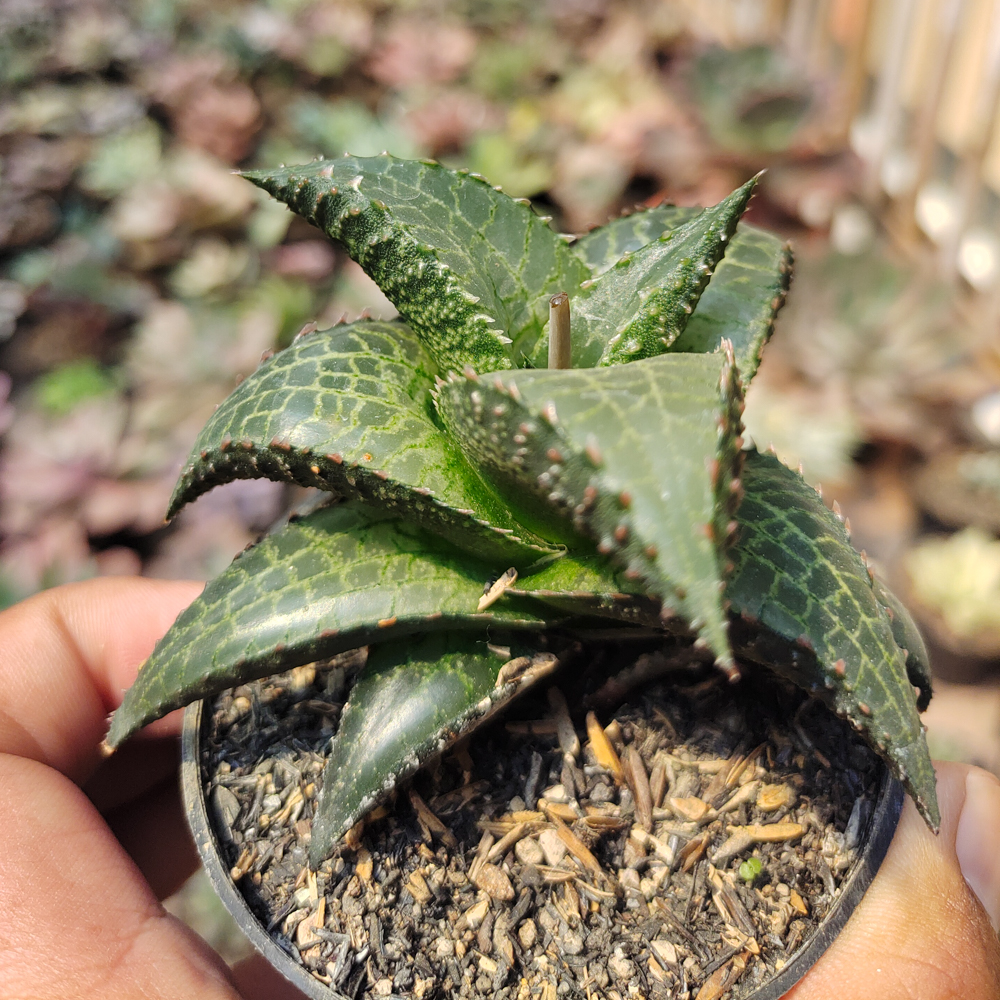

Haworthia Venosa Subsp. Tessellata – Veined Haworthia
Scientific Name :
Haworthia venosa subsp. tessellata (Haw.) M.B.Bayer
Common Names :
Veined Haworthia
Synonyms :
Haworthia tessellata (basionym), Aloe parva, Aloe tessellata, Catevala tessellata, Haworthia coriacea, Haworthia engleri, Haworthia minutissima, Haworthia parva, Haworthia pseudogranulata, Haworthia pseudotessellata, Haworthia venosa var. tessellata
Scientific Classification
Family: Xanthorrhoeaceae
Subfamily: Asphodeloideae
Genus: Haworthia
Description :
Haworthia venosa subsp. tessellata is one of the most widespread and also it is a very variable succulent plant. It is a slow-growing, stemless evergreen up to 6 inches (15 cm) tall and up to 4 inches (10 cm) in diameter with about 7-15 leaves arranged in spirals. The leaves are sessile, up to 2 inches (5 cm) long, up to 1.2 inches (3 cm) wide at the base, fleshy, firm in texture, broadly triangular, strongly recurved, brownish to green, cuspidate at the apex. The upper surface is marked with 6 pale green, anastomosing, vertical lines, forming a square patterned design and windowed. The lower surface is usually rounded slightly scabrid with raised coriaceous tubercles, especially in the upper part where they are arranged in transverse rows, margins with recurved white teeth. The leaves are greenish, form a rosette and turn to reddish in full sun. Small, tubular, white flowers with green bibs appear in summer, on a few flowered simple raceme up to 20 inches (50 cm) tall.
Hardiness :
USDA hardiness zone 9b to 11b: from 25 °F (−3.9 °C) to 50 °F (+10 °C).
Haworthia are delightful little succulents that form very attractive and singular small houseplants. Generally easy to grow, the same best practices that yield healthy Aloe and Echeveria plants will also produce beautiful Haworthia. In terms of appeal, these small, low growing plants form rosettes of fleshy green leaves that are generously covered with white, pearly warts or bands, giving them a distinctive appearance.
Growing Conditions :
Light: Bright light, but not direct sunlight. These grow in similar conditions to other succulents. White or yellow leaves usually signify too much sun.
Water: Water evenly and generously in the summer, letting the soil media dry out between watering. In the winter, reduce watering to every other month. Never allow water to collect in the rosette.
Temperature: Warmer summers but cool in the winter (down to 50˚F/10˚C).
Soil: Use a cactus mix or very fast-draining potting soil mixed with sand.
Fertilizer: Fertilize during the summer growing season with a cactus fertilizer. Don’t feed during the winter.
Propagation :
Haworthia can be propagated at repotting time using offsets from the mother plant. When taking offsets, use a sharp knife or snippers and cut as close to the mother stem as possible to including as many roots as possible, then allow the offset to dry briefly before repotting it (similar to cuttings from other succulents).
Pot the offsets in a small pot, using the same soil as the mother plant, put it a warm, bright spot, and make sure to adequately water.
Origin :
Native to Namibia and South Africa.
Shipment
Our Works
TERMS AND CONDITIONS :
- Before being shipped, plants will undergo a drying process to prevent decay during the shipping journey. The duration of drying for shipments within Indonesia is 24-48 hours, while for international shipments, it may take up to 30 days (to prepare the plants and process export documents).
- Our packaging standard for shipments involves using sturdy cardboard boxes. The boxes will be perforated for plant air circulation and will not be fully sealed to avoid decay. Succulents will be wrapped in paper or tissue and will be provided with extra protection for certain plant types. For international shipments, there is no additional fee for the issuance of a Phyto Certificate if sent via DHL.
- The succulents you receive may differ from the product photos. The product photos we display are for illustration purposes only. The shape, flowers, and size of succulents may vary slightly (larger or smaller), although the ones we send are the same as those seen in the product photos.
- For international shipments, we cannot guarantee that the plants you order will arrive in good condition at your address due to different customs regulations in each country. This may result in longer delivery times. Please check your customs regulations before placing an order.
- For international orders, the minimum order is Rp. 2,500,000 / USD 166. Minimum order for orders within Indonesia is Rp 100,000 / USD 6.
- By deciding to make a purchase, you indicate your understanding of all customs regulations. Please add notes in the order notes column if you have specific instructions for your order. And provide guidance on what is required by your quarantine procedures.
- For international orders, we require your import permit to process the Phyto Certificate application with the Ministry of Agriculture and Quarantine Agency. If you do not have an import permit, we cannot process your Phyto Certificate application. However, if your country does not require an import permit for receiving plant shipments, please attach an official link explaining this rule from your country. Also, provide clear instructions on ADDITIONAL DECLARATION and TREATMENT in your Phyto Certificate.
- We cannot control customs actions. Therefore, we are not responsible for any unilateral decisions by customs that may occasionally lead to the detention or return of your package, even if we have completed it with official documents from the required Indonesian quarantine office as needed by customs officers in your country. NO REFUNDS. Updated : January 30, 2024.
———
SYARAT DAN KETENTUAN :
- Sebelum dikirim, tanaman akan dilakukan proses penjemuran terlebih dahulu agar tidak membusuk selama perjalanan pengiriman. Lamanya penjemuran untuk pengiriman Indonesia adalah 24-48 jam, sementara untuk pengiriman internasional memerlukan waktu hingga 30 hari (untuk menyiapkan tanaman serta memproses dokumen ekspor).
- Standar pengemasan kami untuk pengiriman menggunakan kardus karton yang keras. Kardus akan dilubangi untuk sirkulasi udara tanaman dan tidak akan dilakban penuh karena untuk menghindari busuk. Sukulen dibungkus dengan kertas atau tisu dan akan diberikan perlindungan ekstra untuk jenis tanaman tertentu. Untuk pengiriman internasional tidak dikenakan biaya tambahan untuk pembuatan Sertifikat Phyto jika mengirim dengan DHL.
- Sukulen yang Anda terima mungkin berbeda dengan foto produk. Foto produk yang kami tampilkan hanya sebagai contoh. Bentuk sukulen, bunga, dan ukuran sukulen mungkin sedikit berbeda (lebih besar atau lebih kecil), meskipun yang kami kirim adalah sukulen yang sama dengan yang terlihat dalam foto produk.
- Untuk pengiriman internasional, kami tidak dapat memberikan jaminan bahwa tanaman yang Anda pesan akan tiba dalam kondisi baik di alamat Anda karena setiap negara memiliki aturan pabean yang berbeda. Hal ini dapat menyebabkan waktu pengiriman yang lebih lama. Mohon cek aturan pabean Anda sebelum melakukan pemesanan.
- Untuk pesanan internasional, minimal order Rp. 2.500.000 / USD 166. Pesanan Indonesia minimal order Rp 100.000 / USD 6.
- Dengan memutuskan untuk membeli, berarti Anda telah memahami semua aturan pabean. Mohon tambahkan catatan di kolom catatan pesanan jika Anda memiliki instruksi khusus pada pesanan Anda. Dan berikan panduan tentang apa yang diinginkan oleh karantina Anda.
- Untuk pesanan internasional, kami memerlukan izin impor Anda untuk memproses pengajuan Sertifikat Phyto ke Kementerian Pertanian dan Balai Karantina. Jika Anda tidak memiliki izin impor, kami tidak dapat memproses pengajuan Sertifikat Phyto Anda. Tetapi jika negara Anda tidak memerlukan izin impor untuk menerima kiriman tanaman, mohon lampirkan tautan resmi yang menjelaskan aturan tersebut dari negara Anda. Jangan lupa memberikan instruksi yang jelas tentang ADDITIONAL DECLARATION dan TREATMENT dalam Sertifikat Phyto Anda.
- Kami tidak dapat mengontrol tindakan bea cukai. Oleh karena itu, kami tidak bertanggung jawab atas keputusan sepihak bea cukai yang kadang-kadang terjadi, yang dapat menyebabkan penahanan atau pengembalian paket Anda, meskipun kami telah melengkapi dengan dokumen resmi dari kantor karantina Indonesia yang diperlukan oleh petugas bea cukai di negara Anda. TIDAK ADA PENGEMBALIAN UANG. Diperbaharui : 30 Januari 2024.
———
| Weight | N/A |
|---|---|
| Dimensions | 1 × 1 × 1 cm |
| Include Pot and Media or Without Pot and Media | Include Pot and Media, Without Pot and Media |

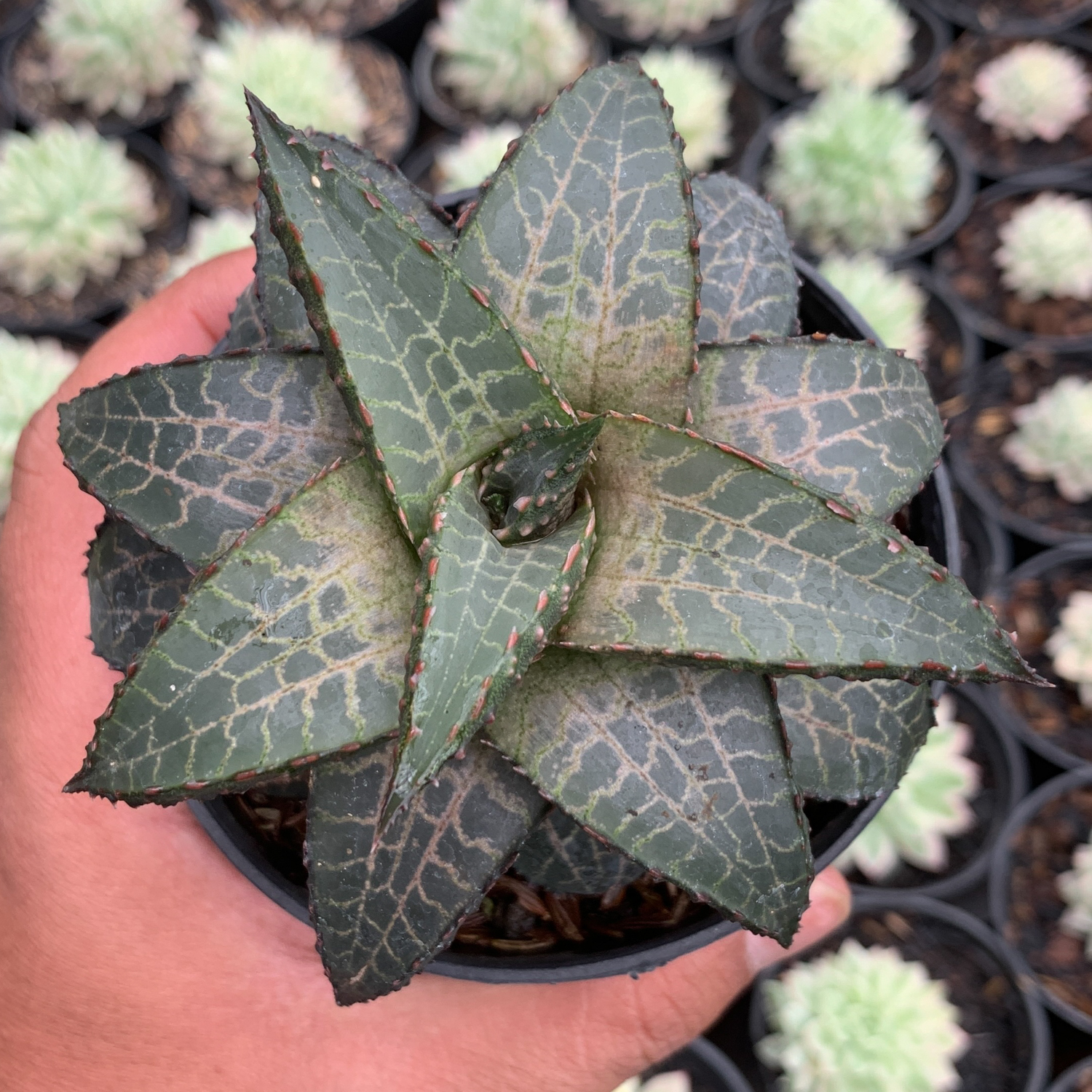

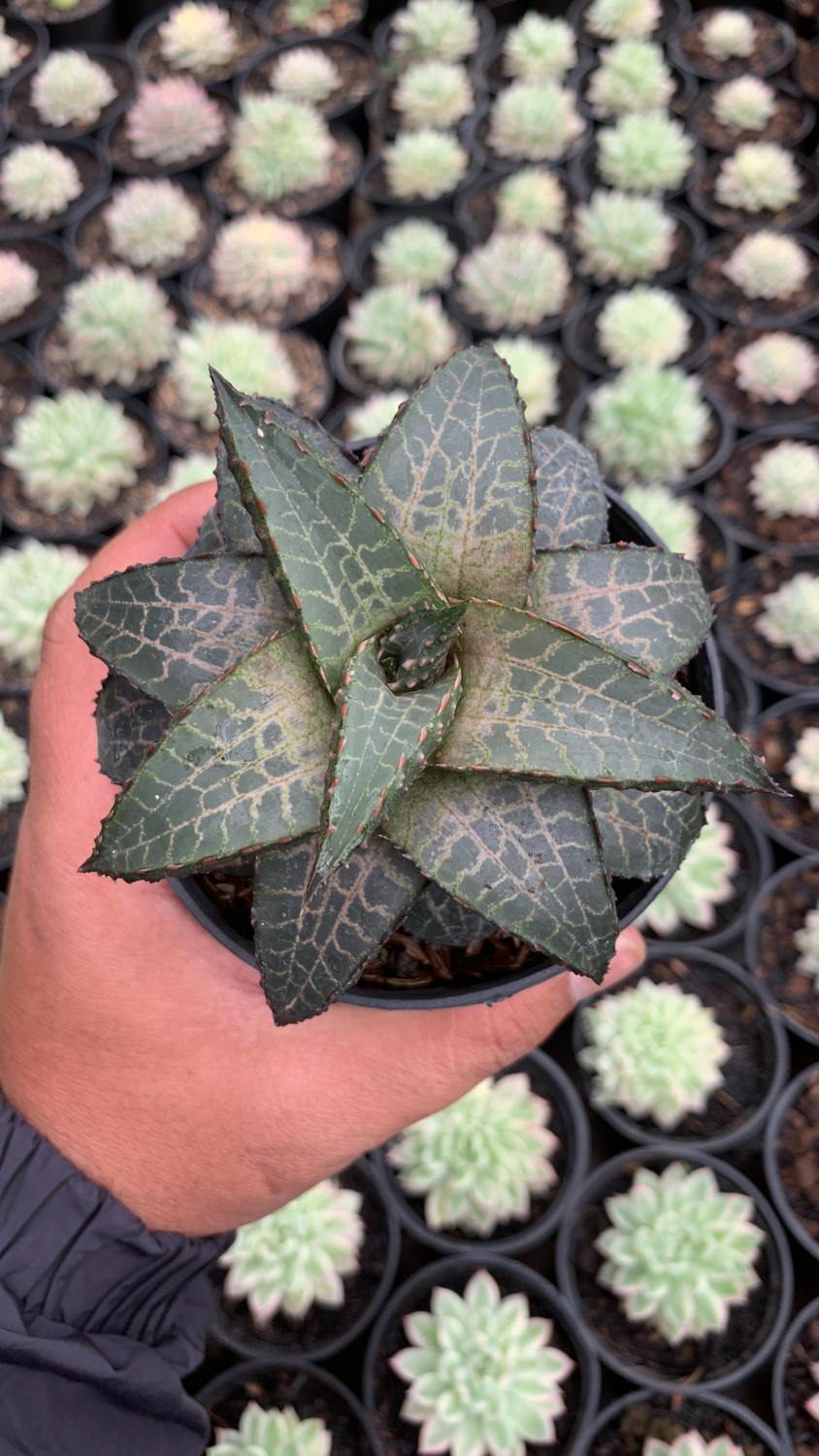
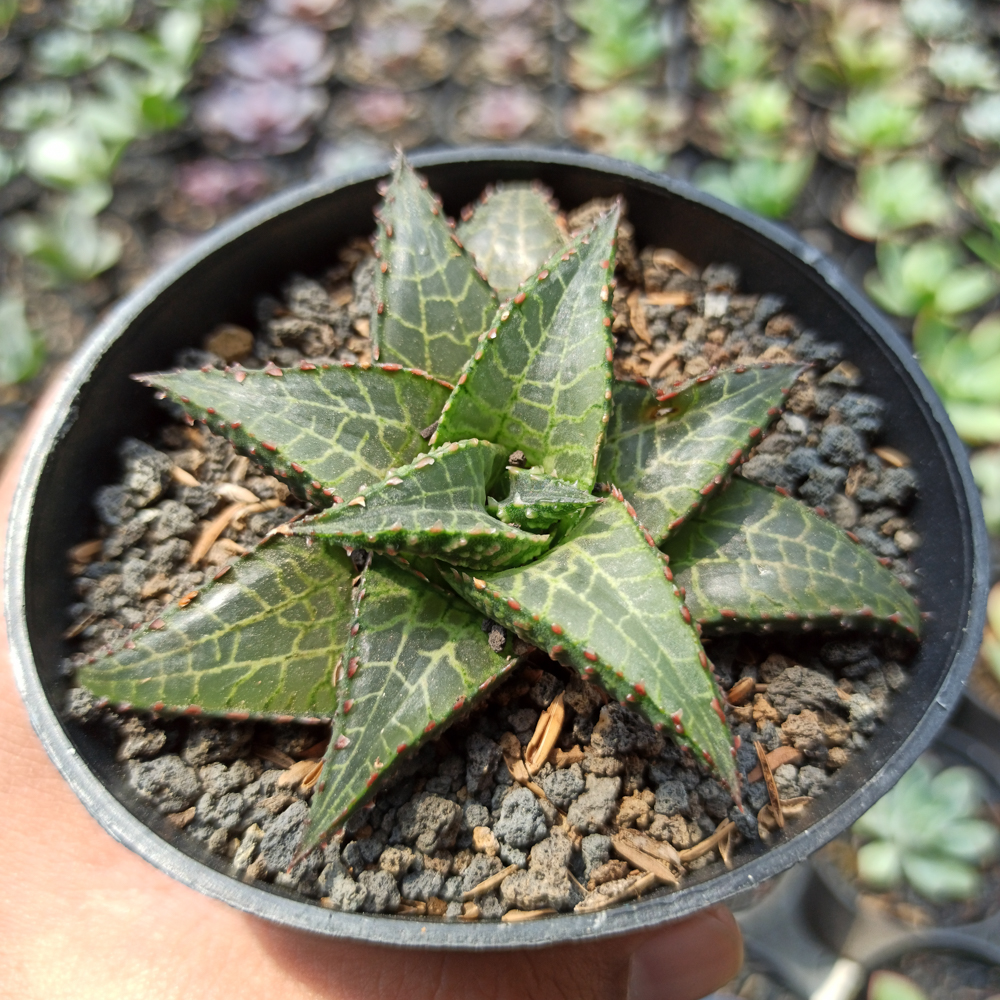
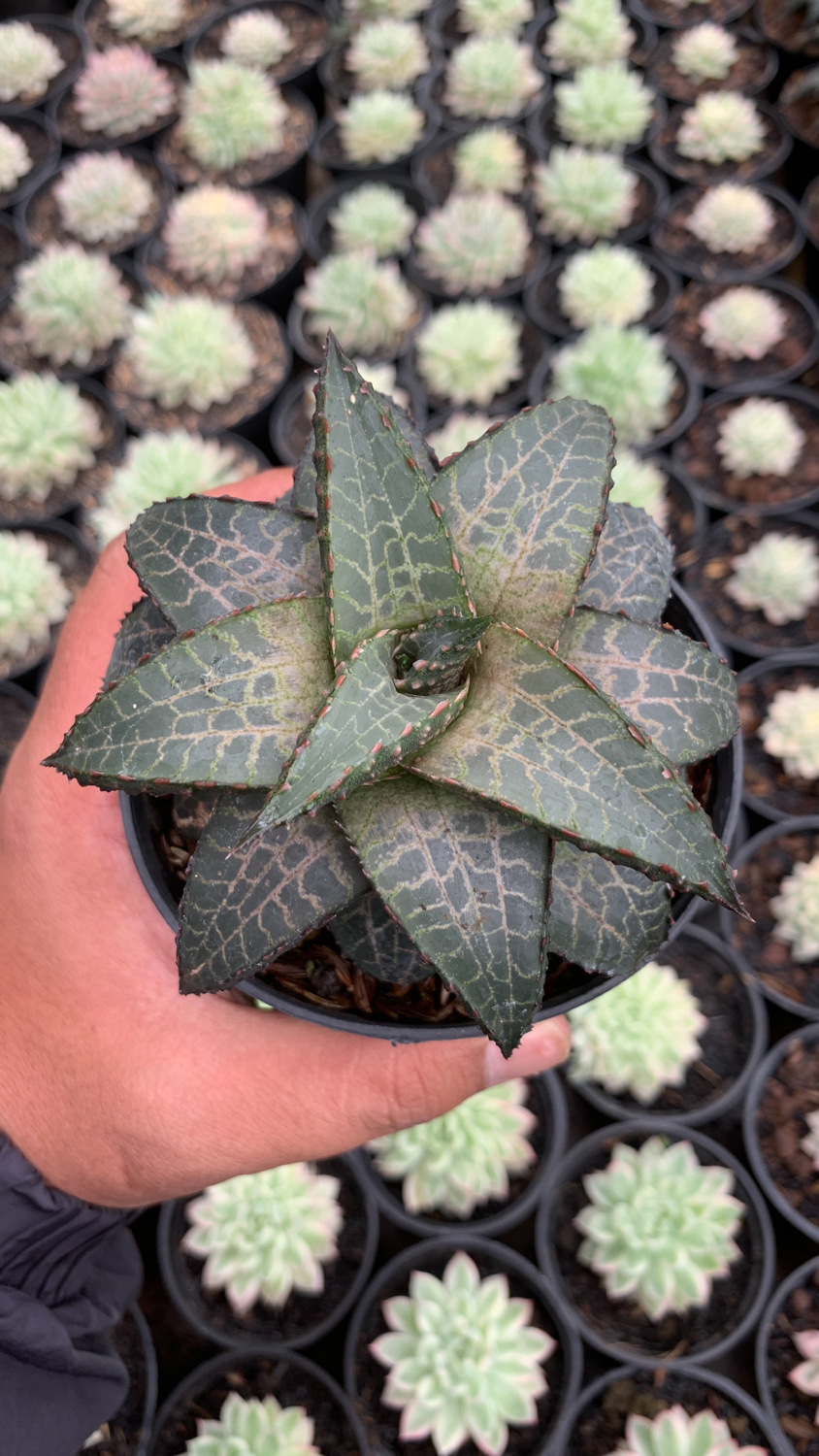
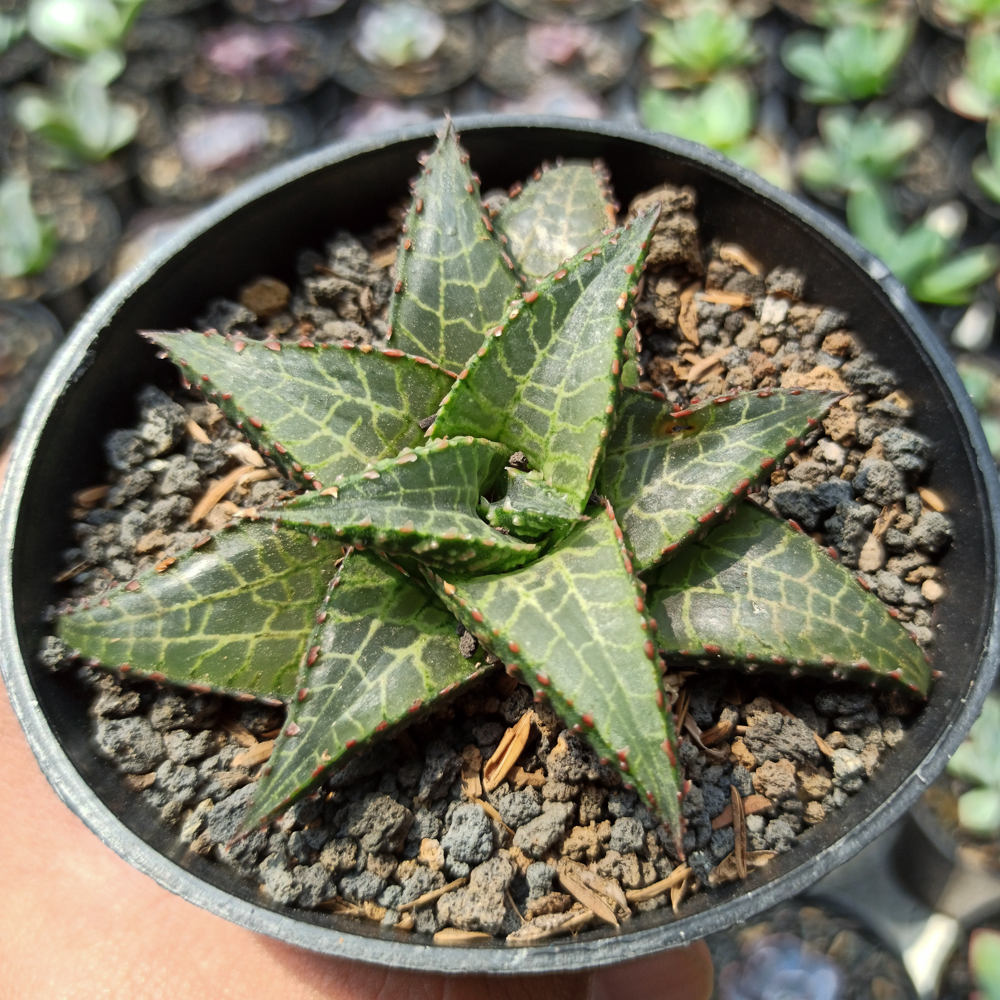
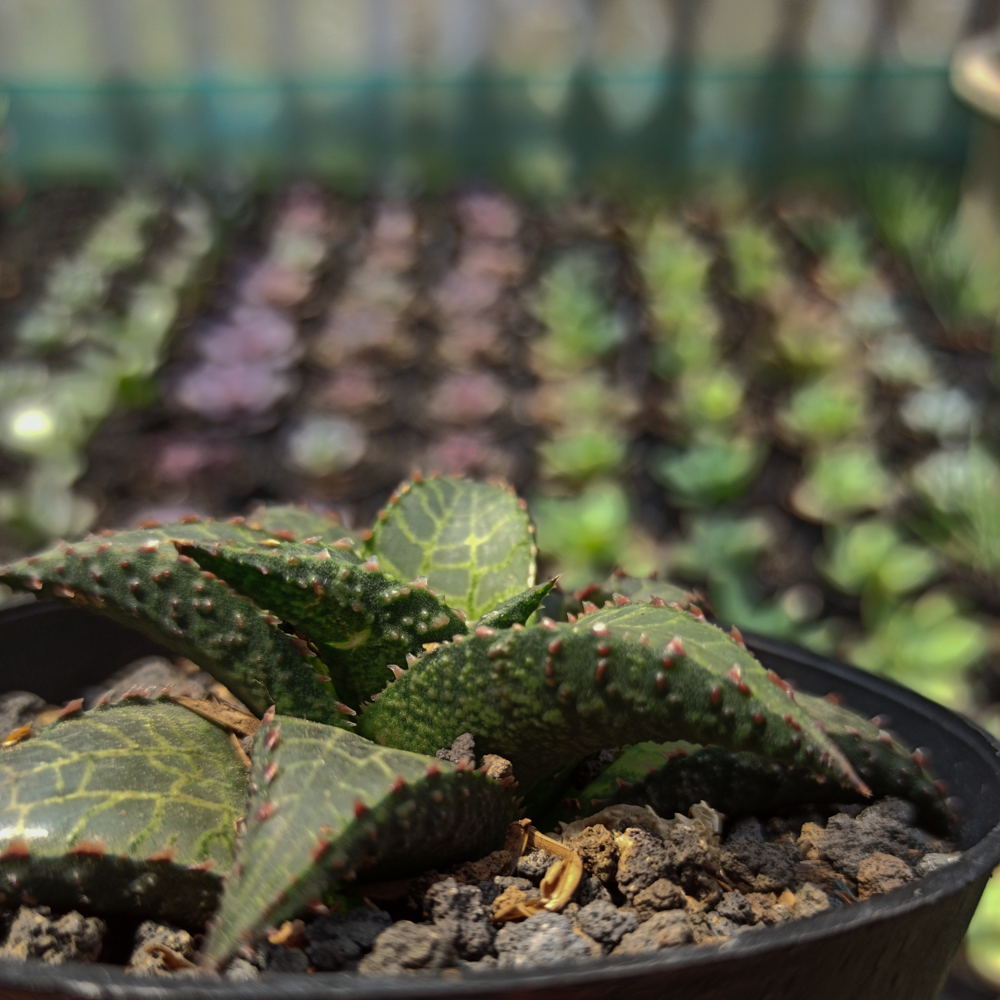
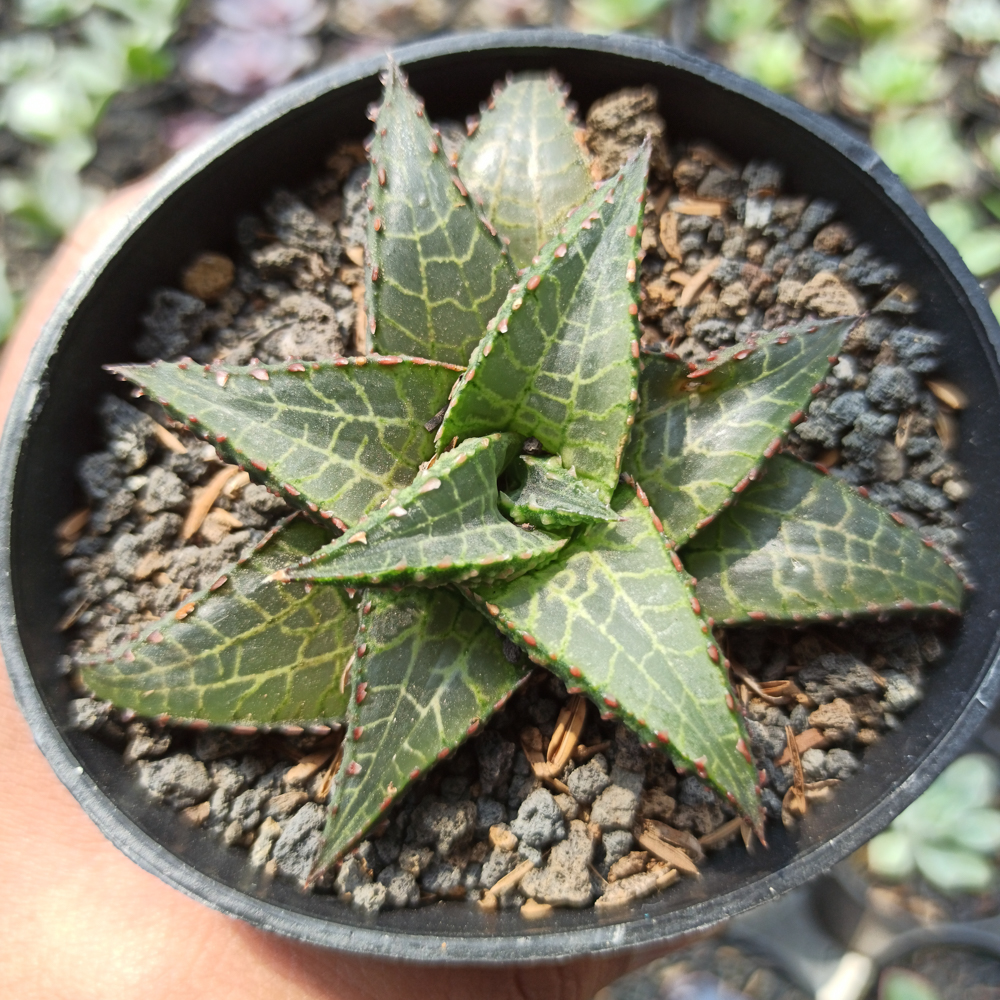
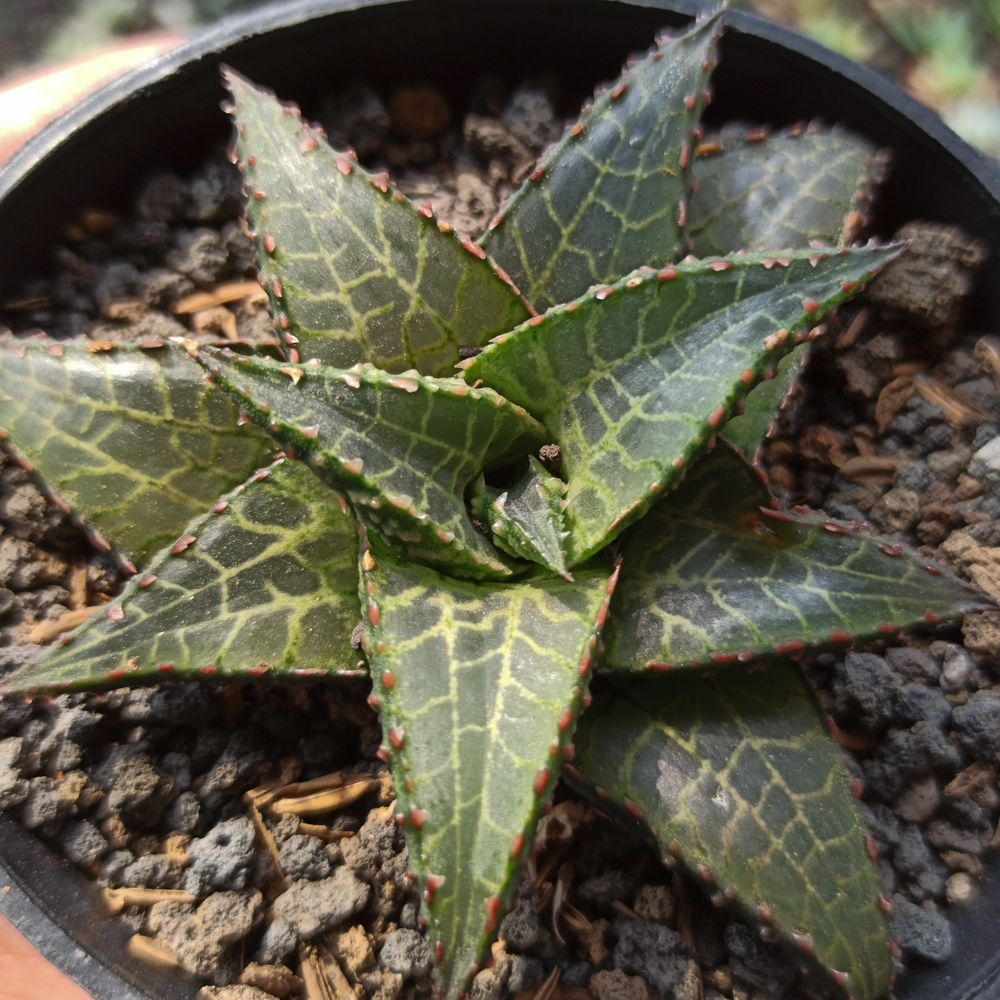
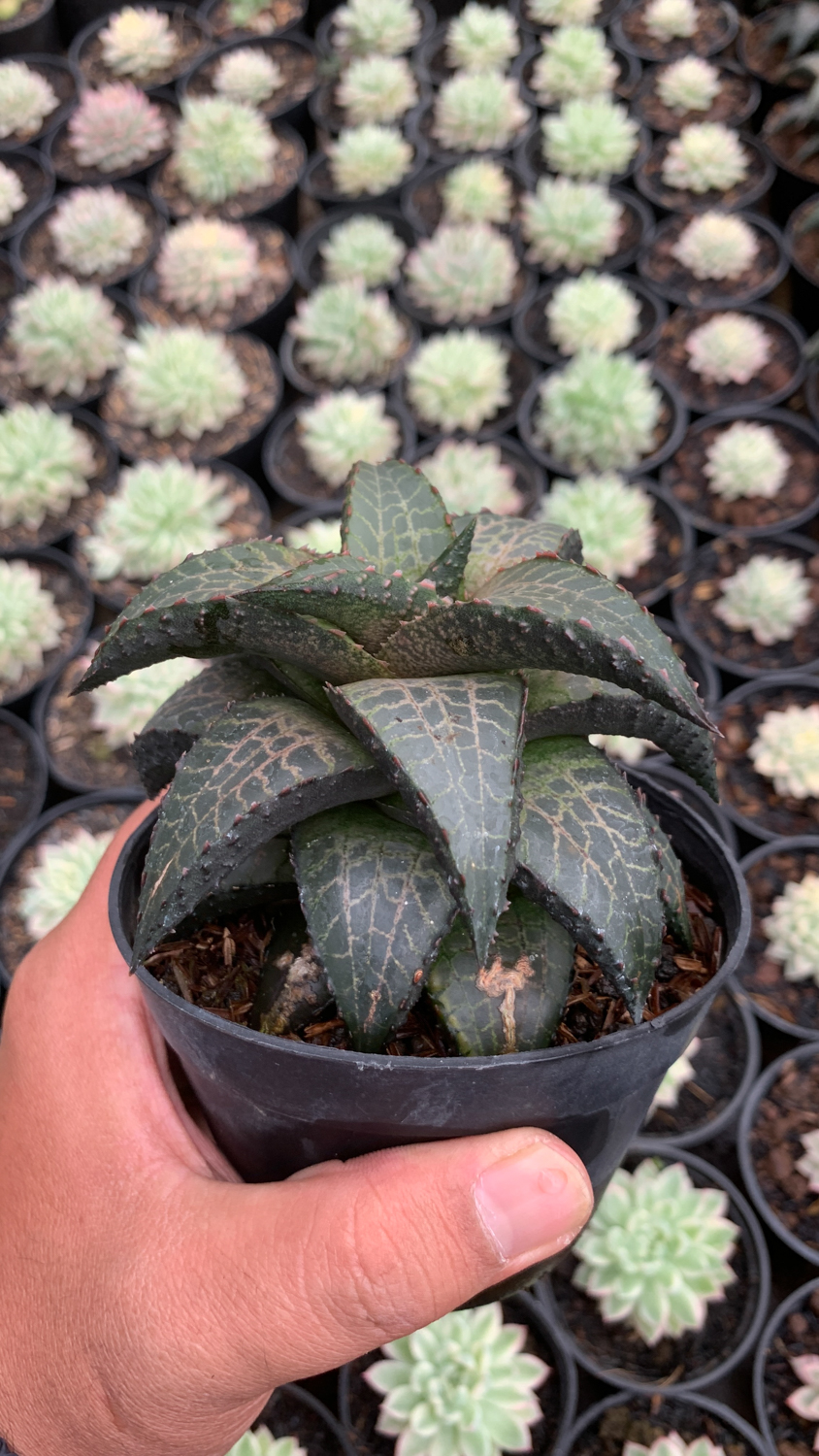
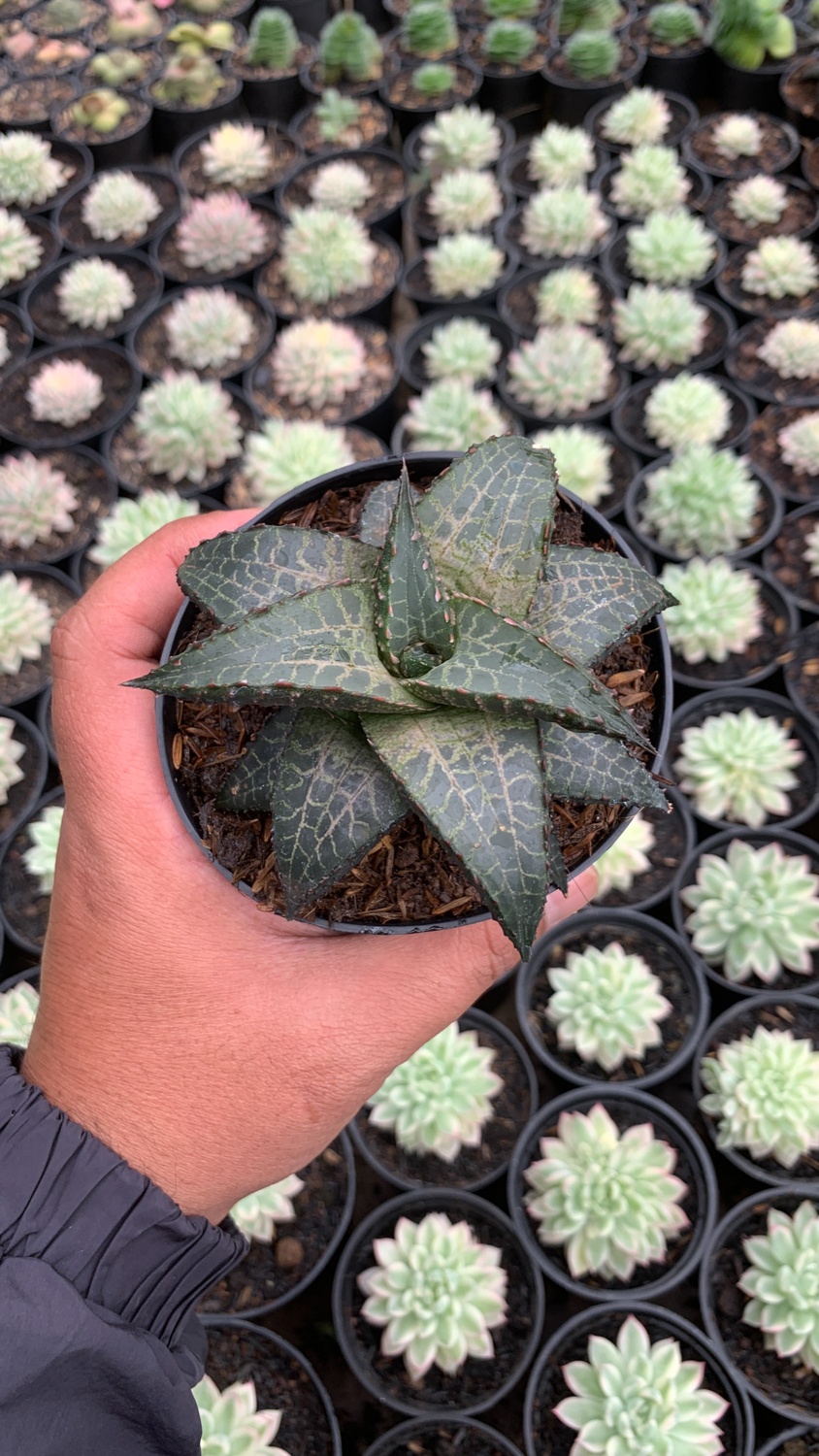
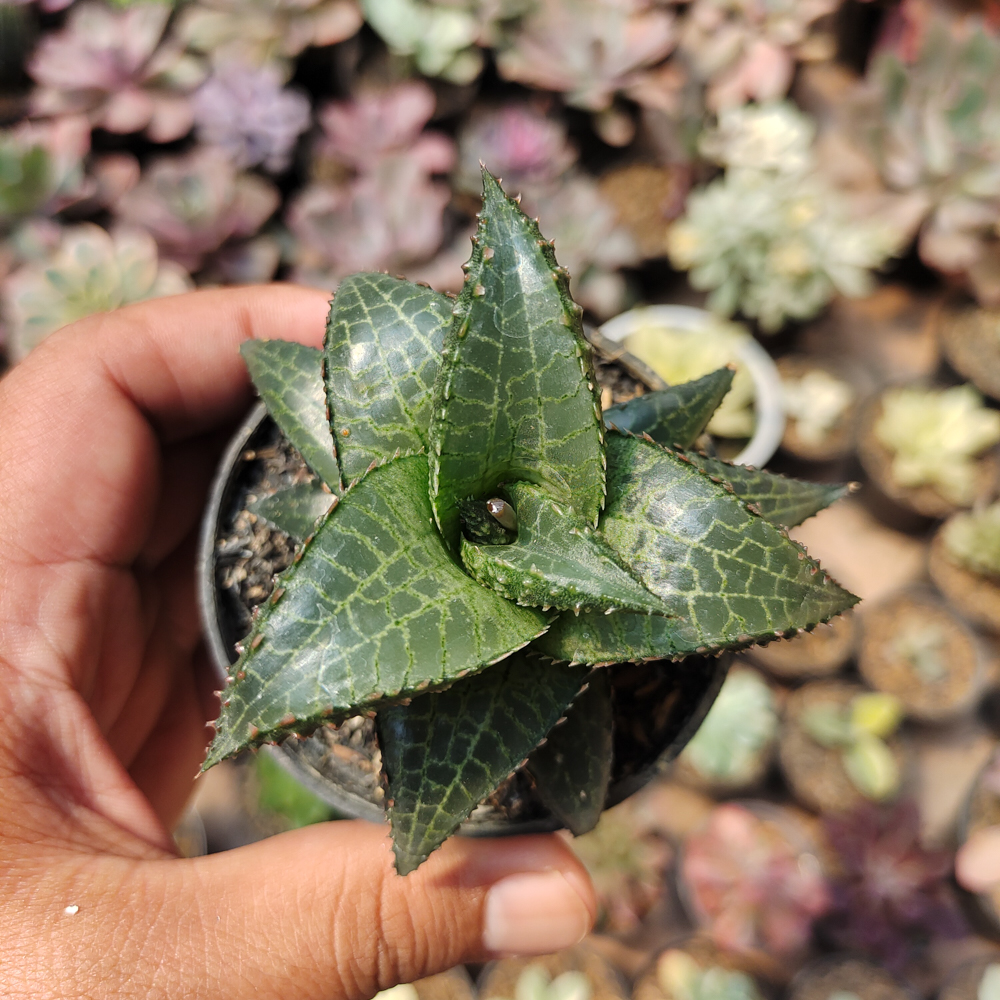
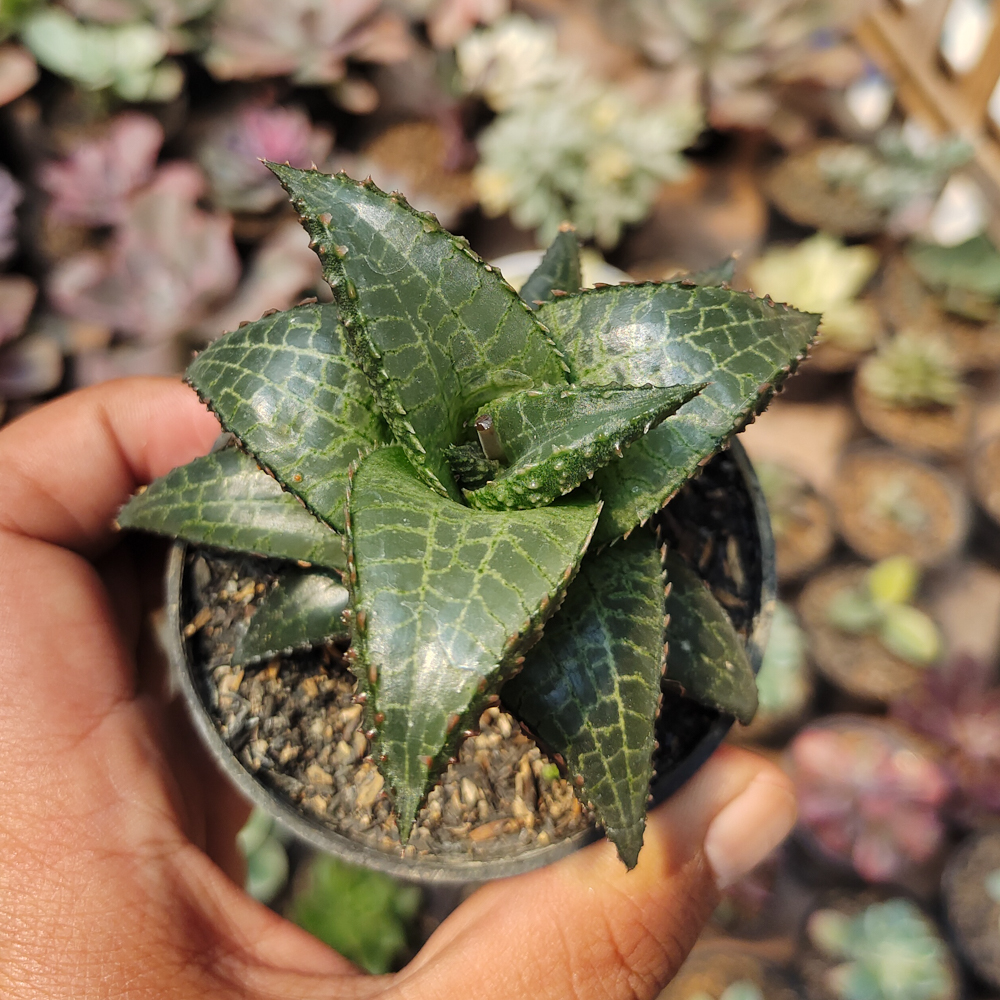
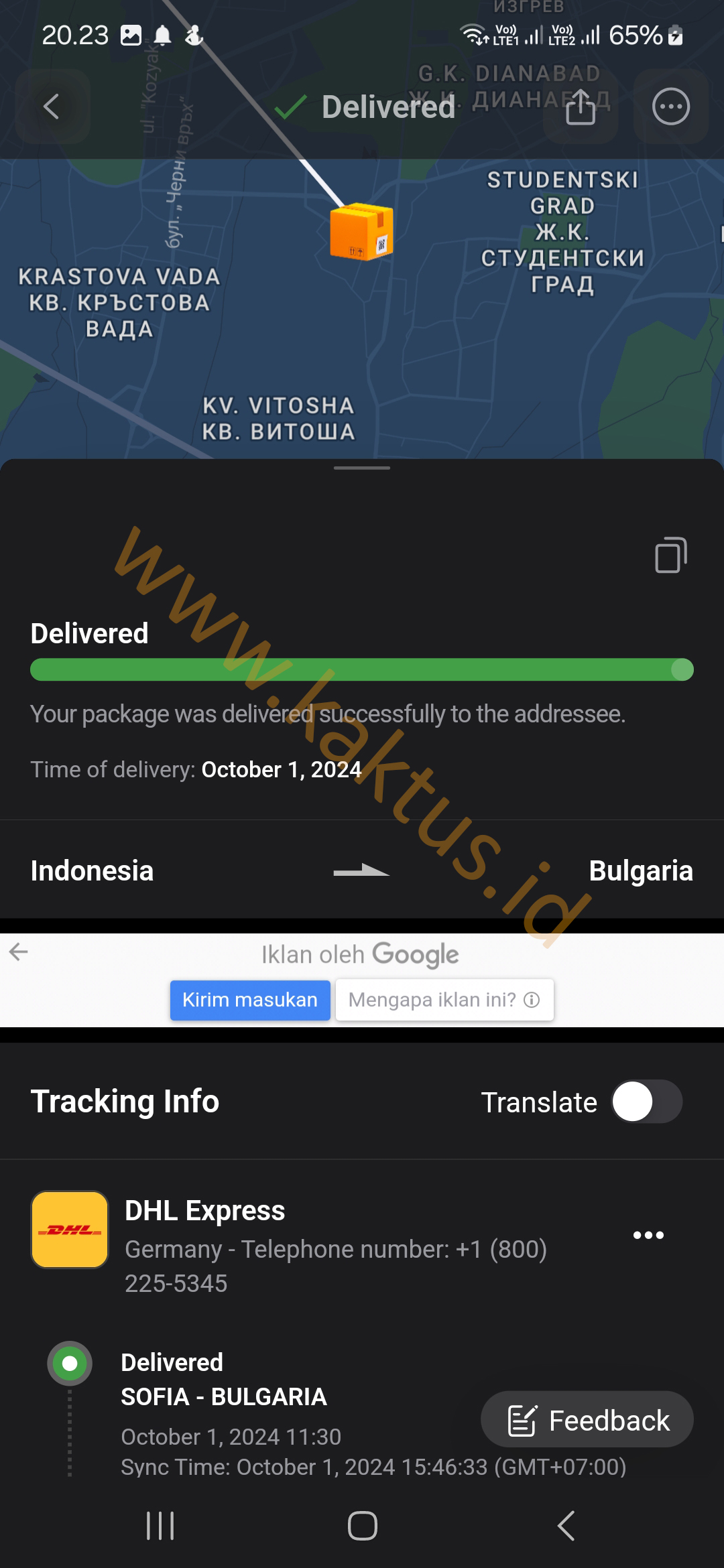




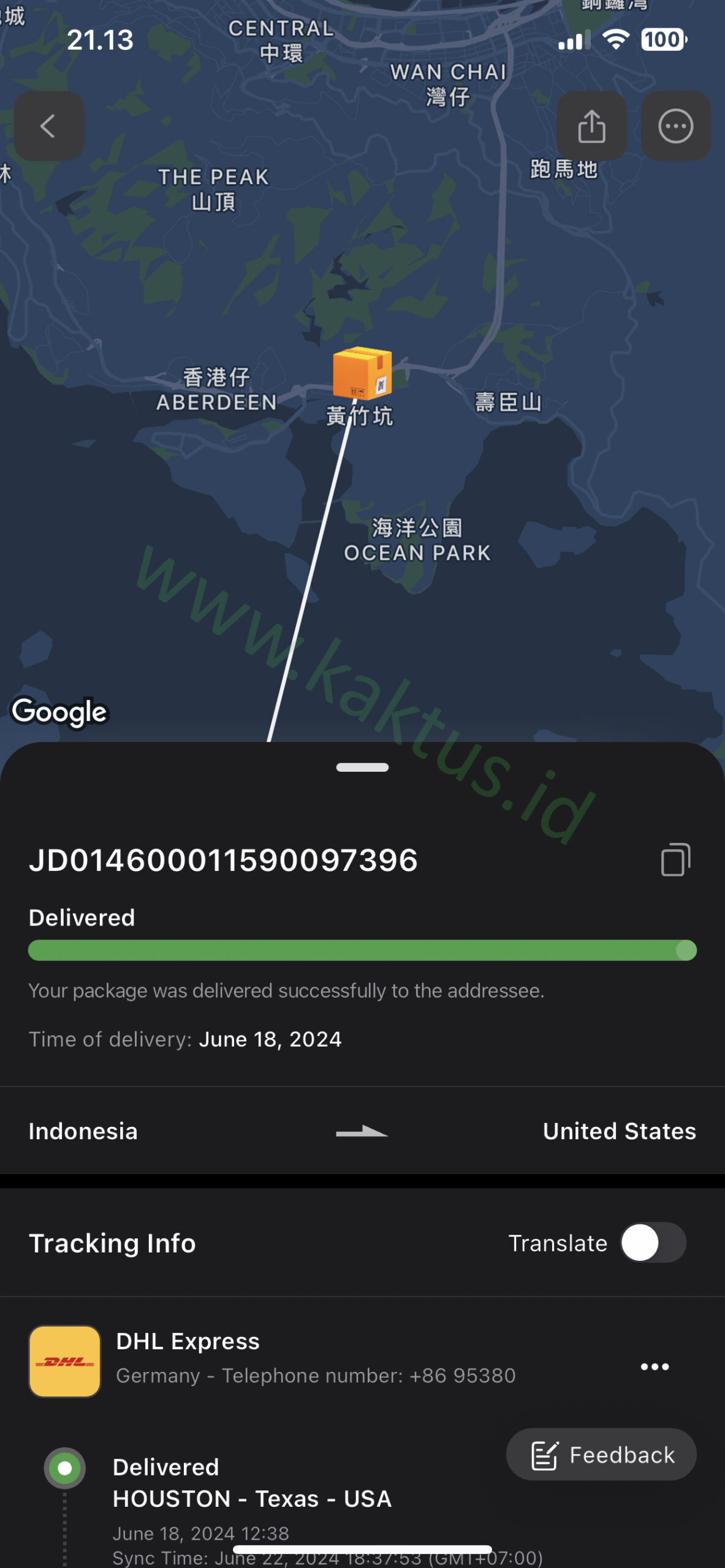
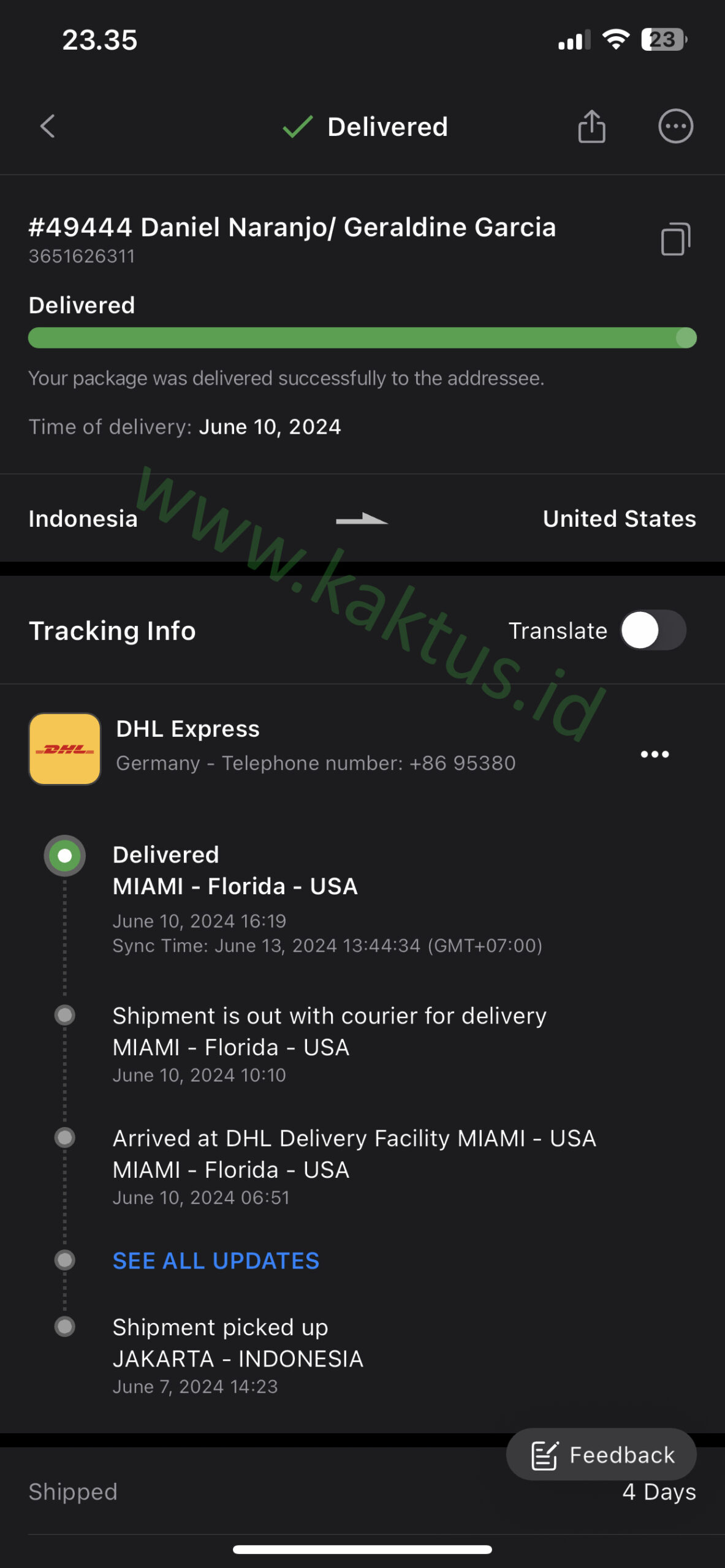




























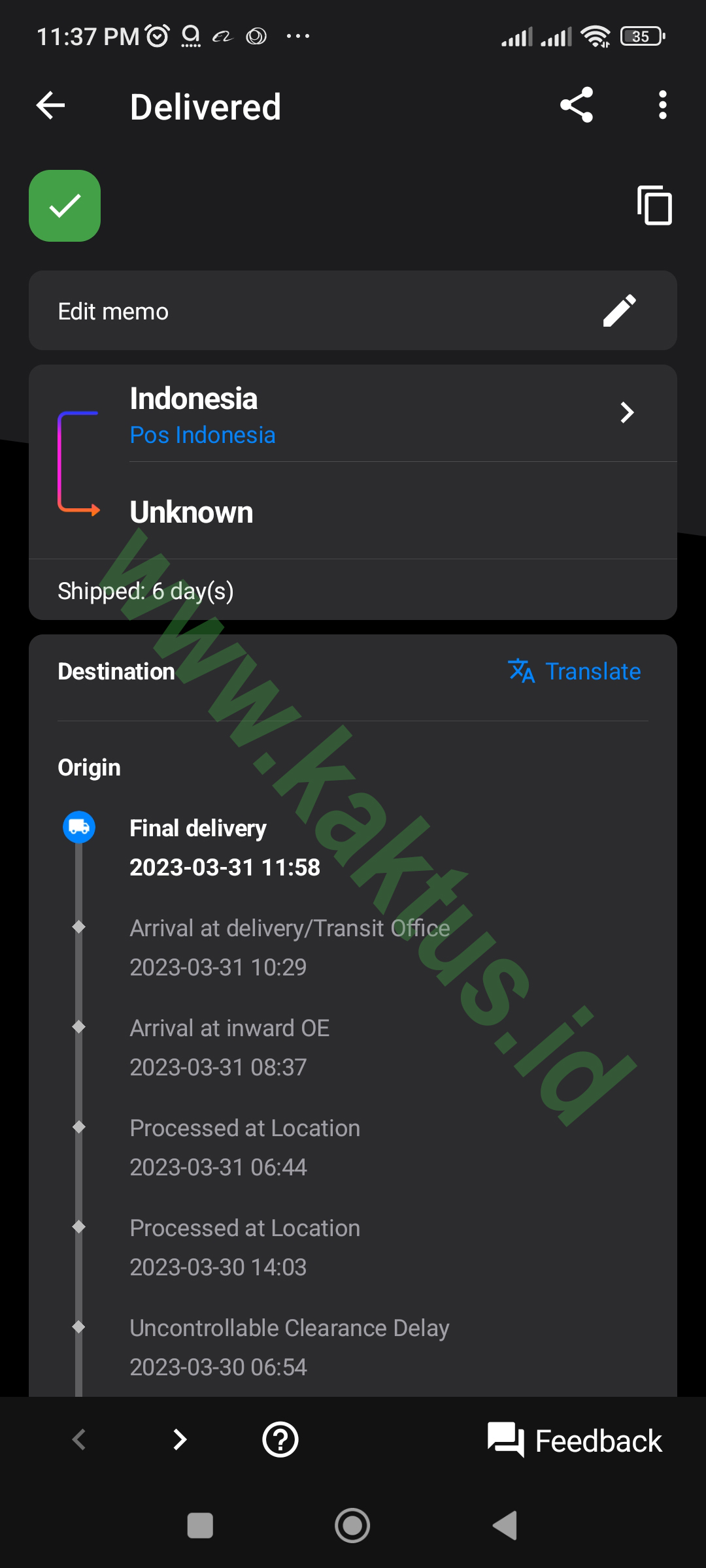

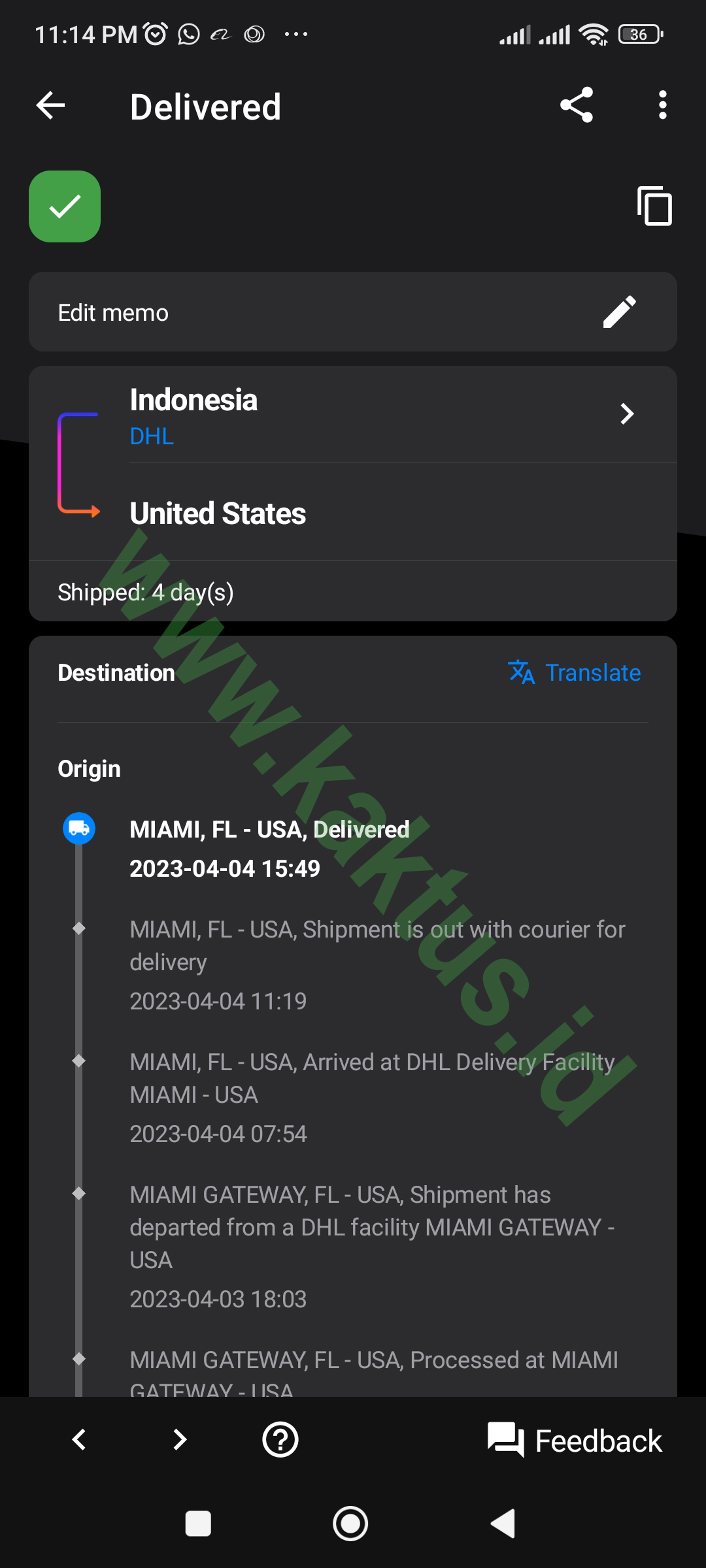


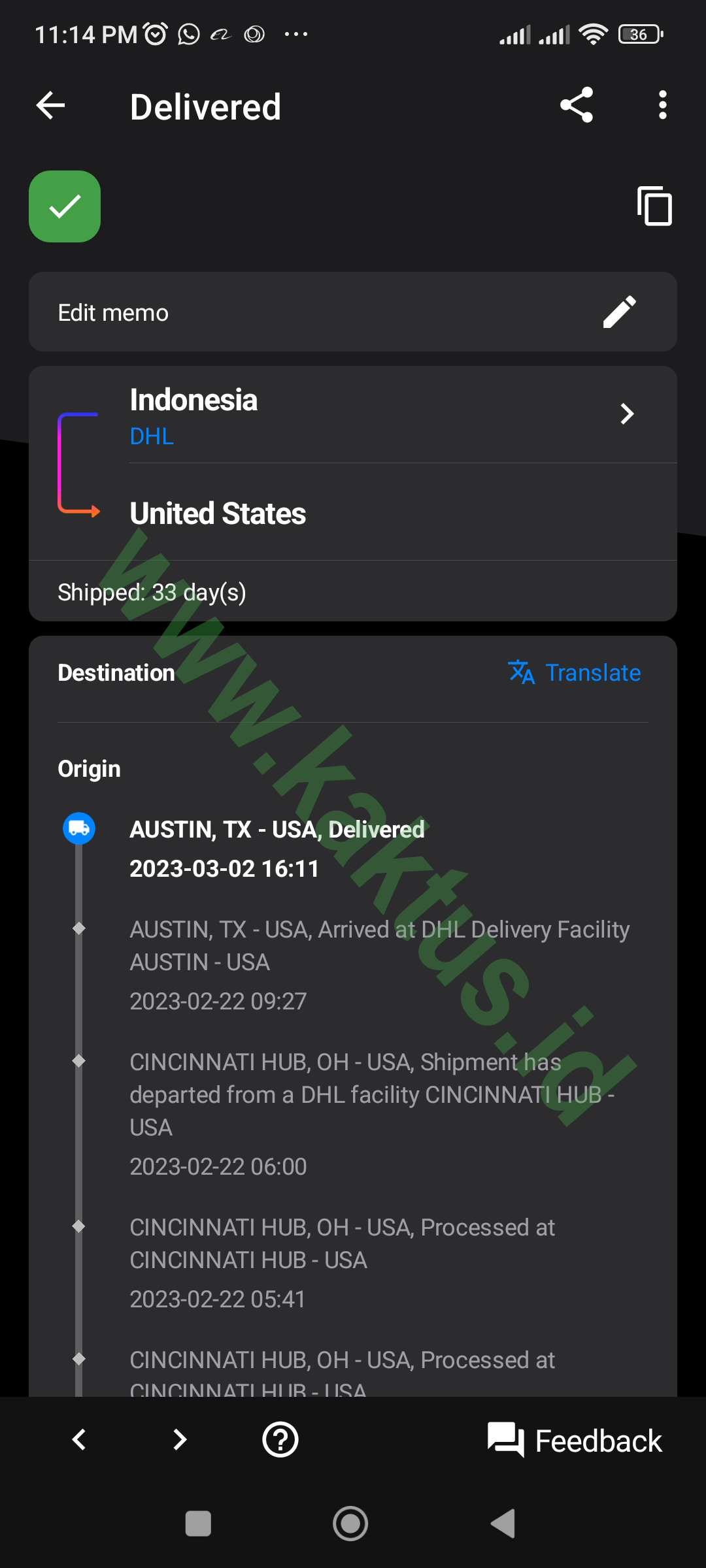






















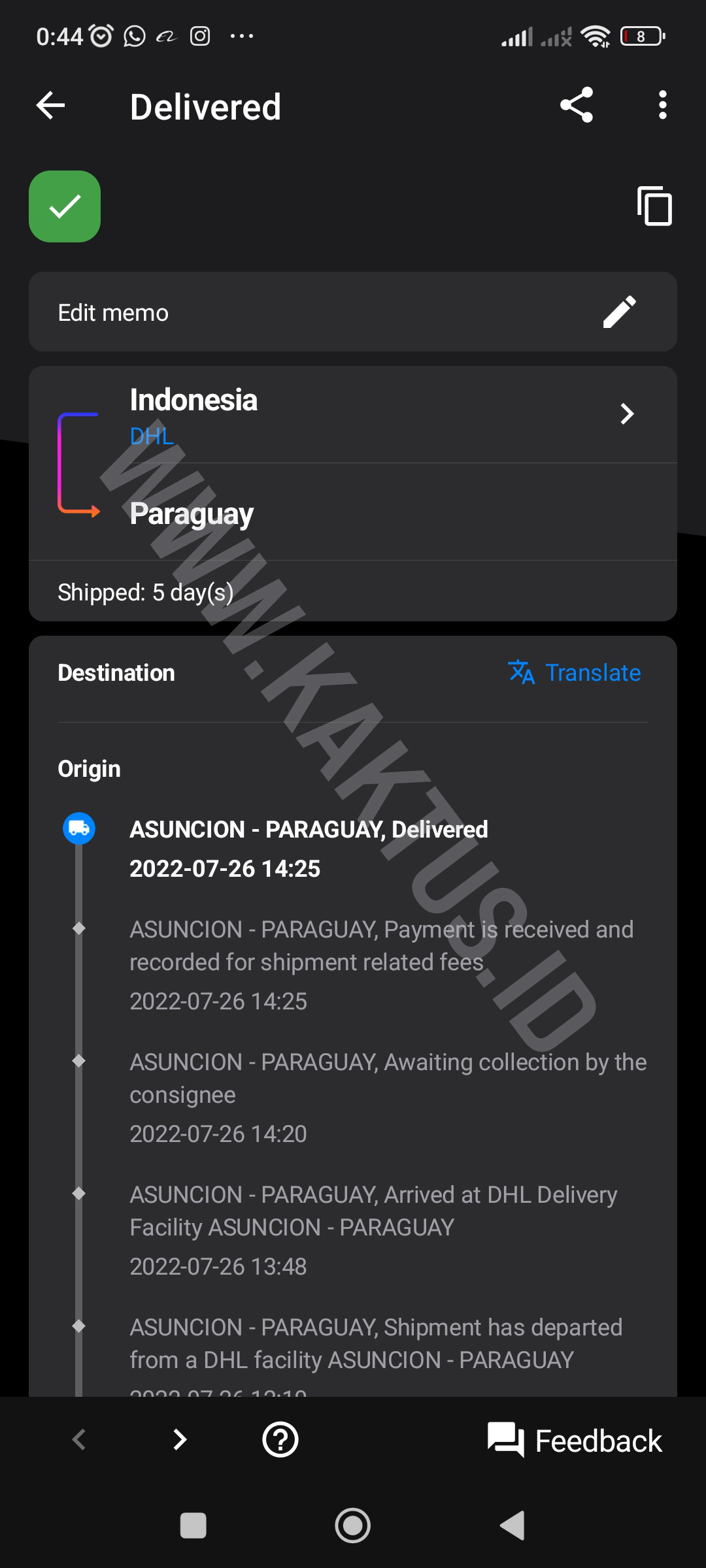

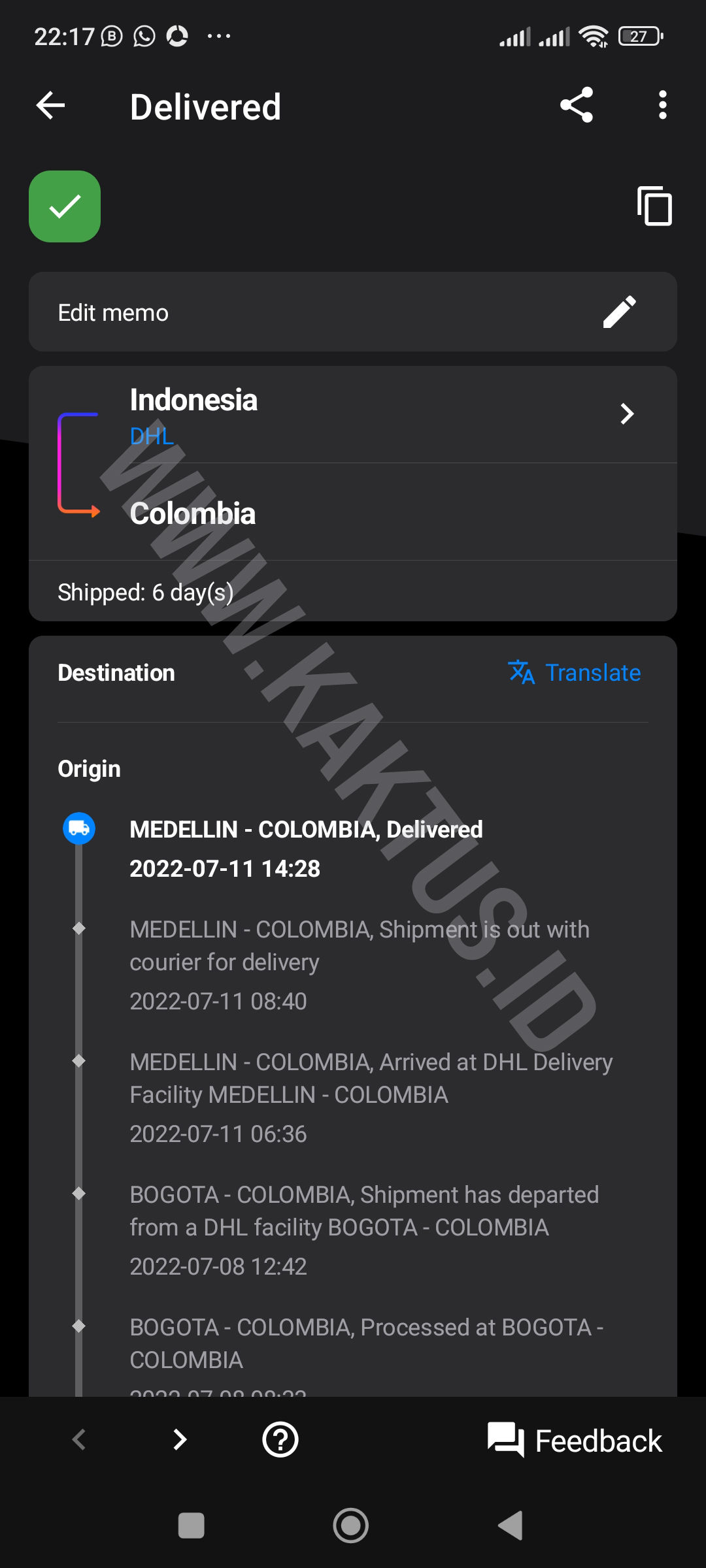
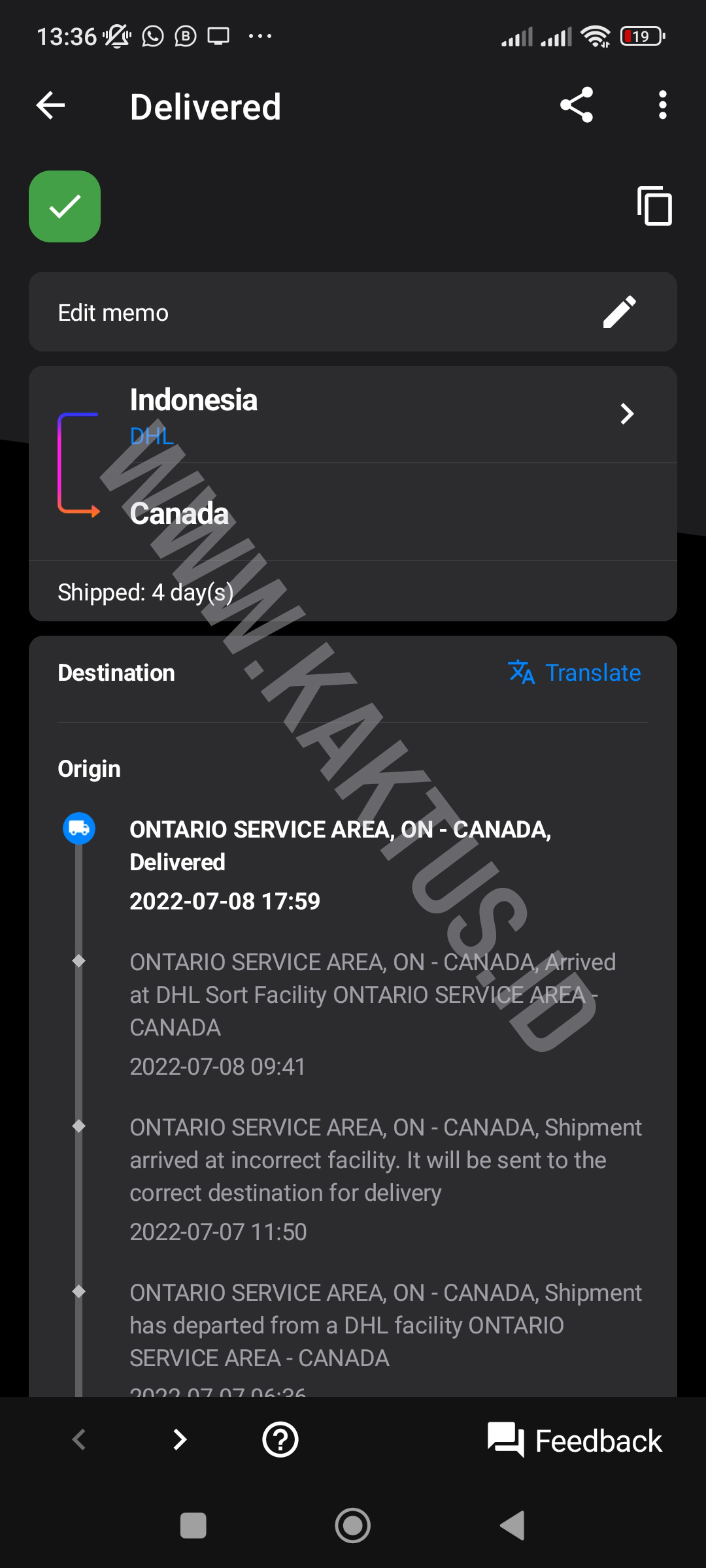
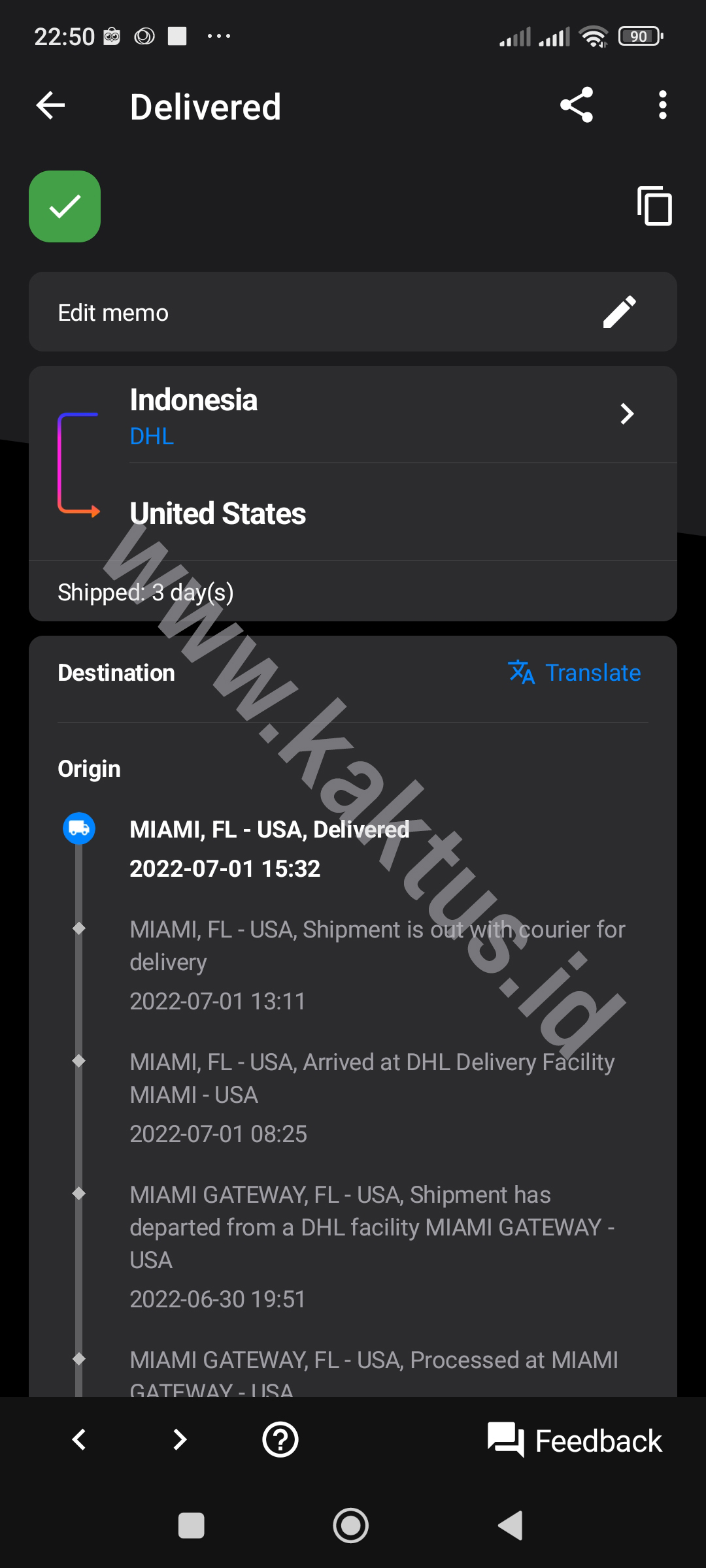
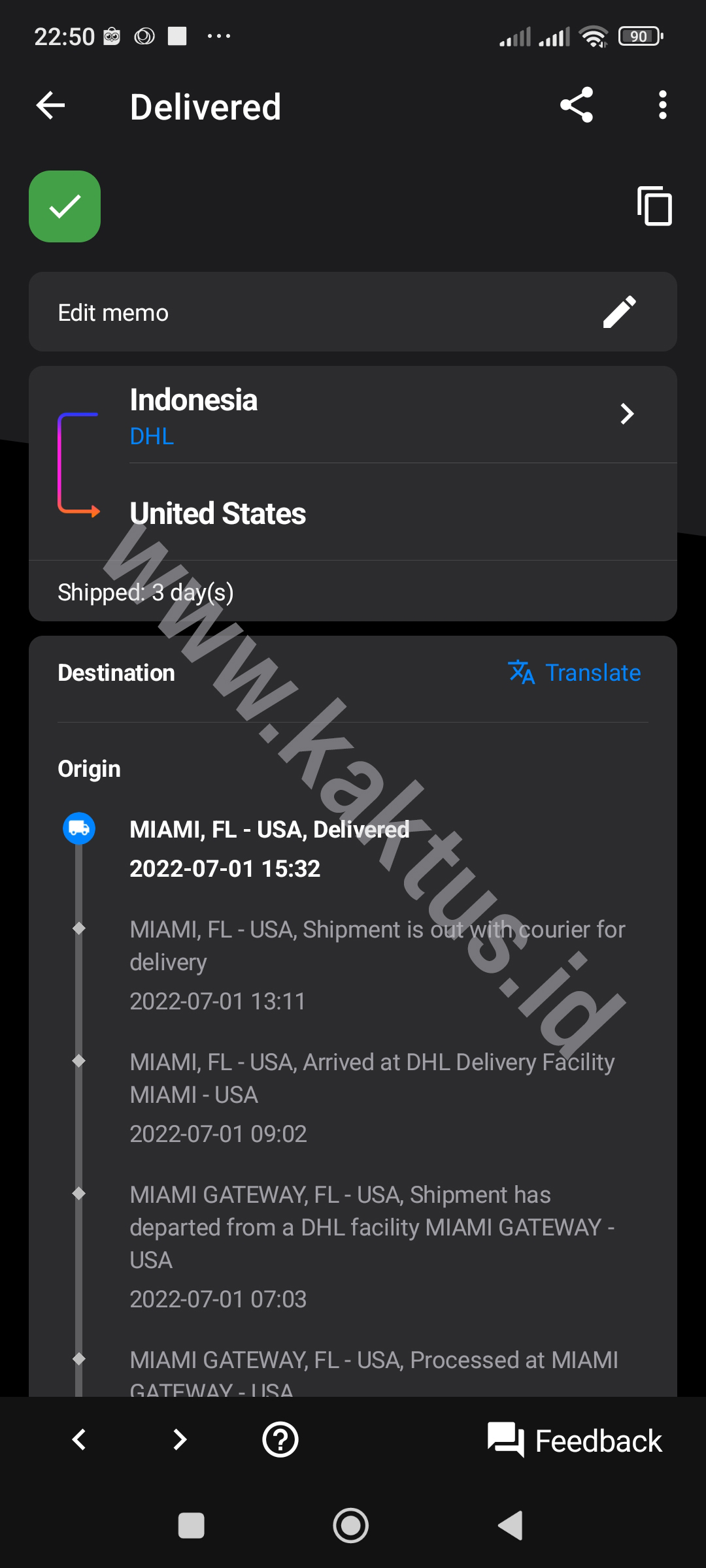
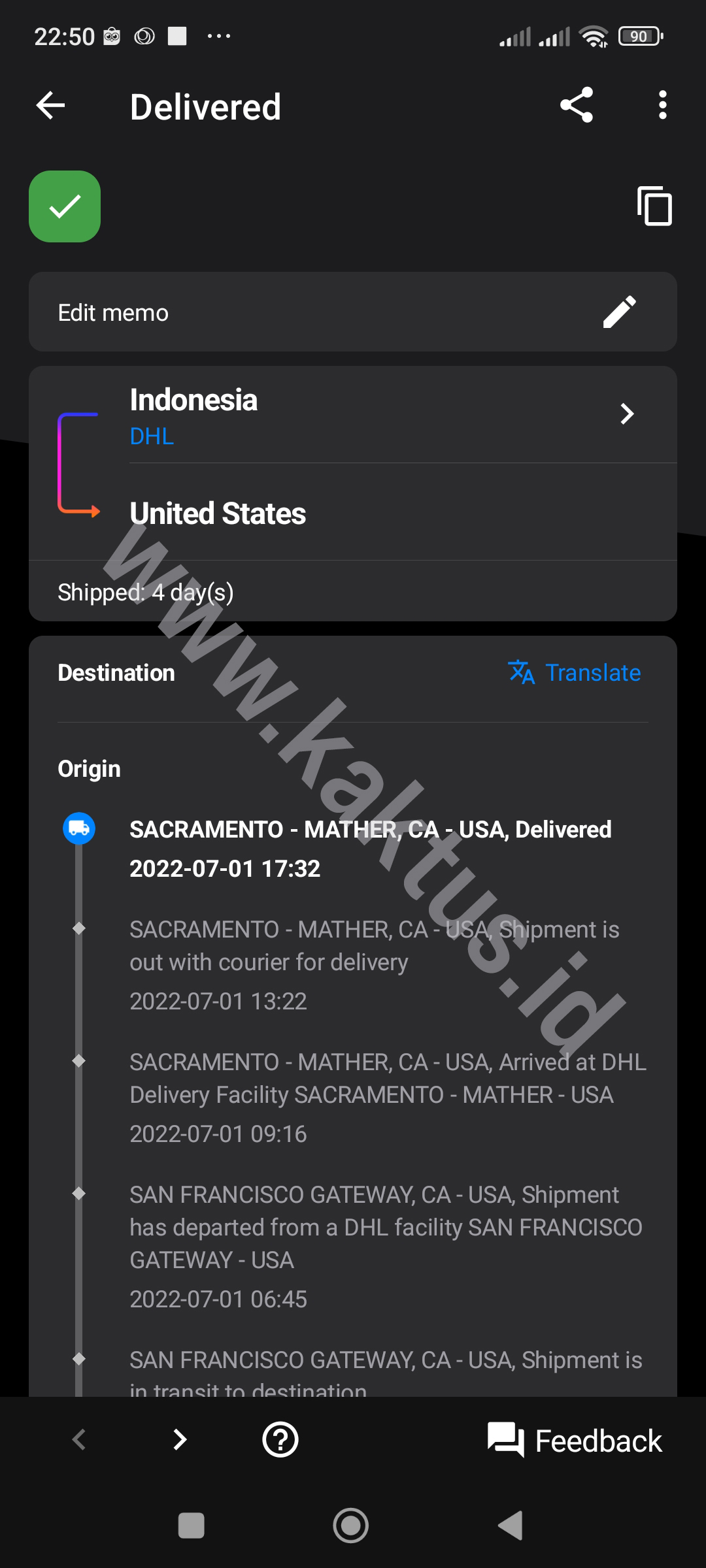
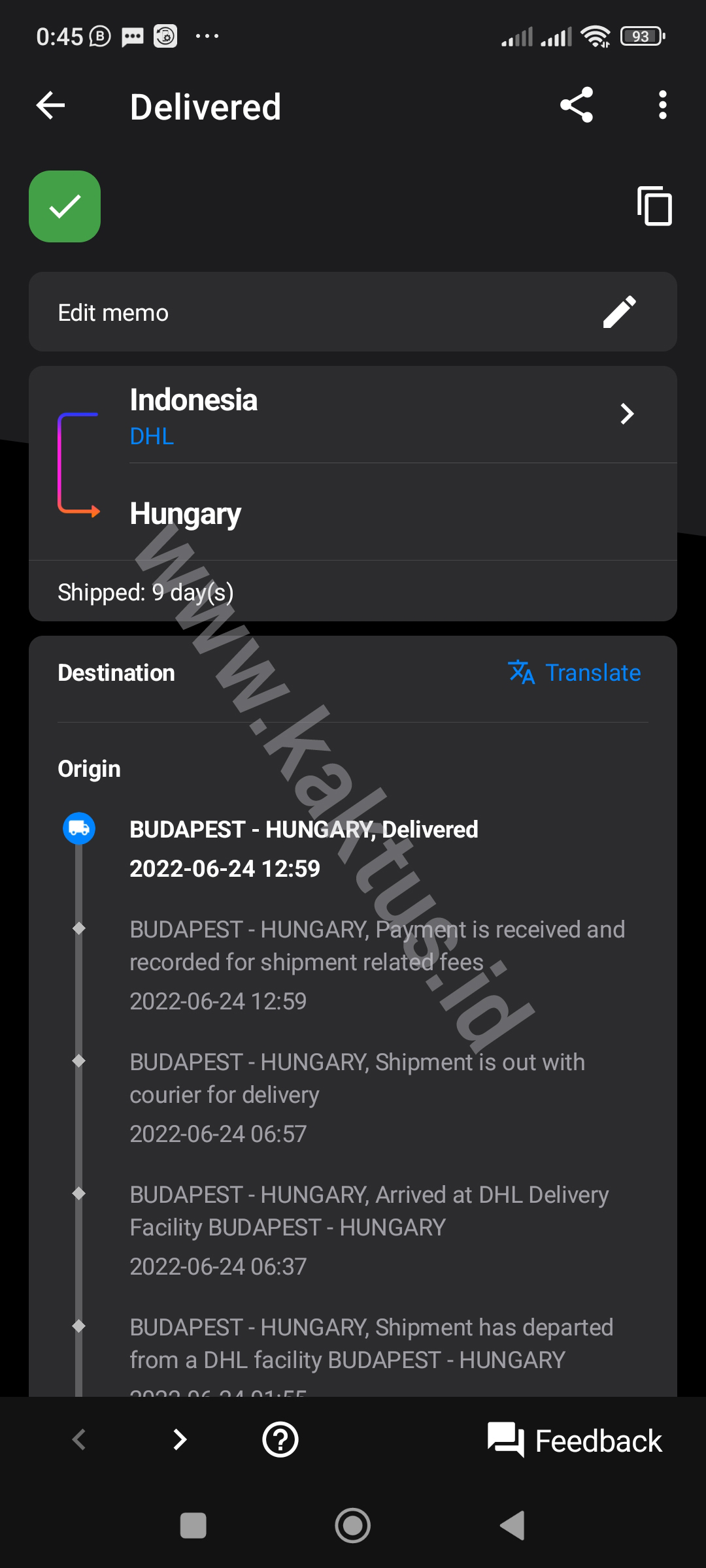
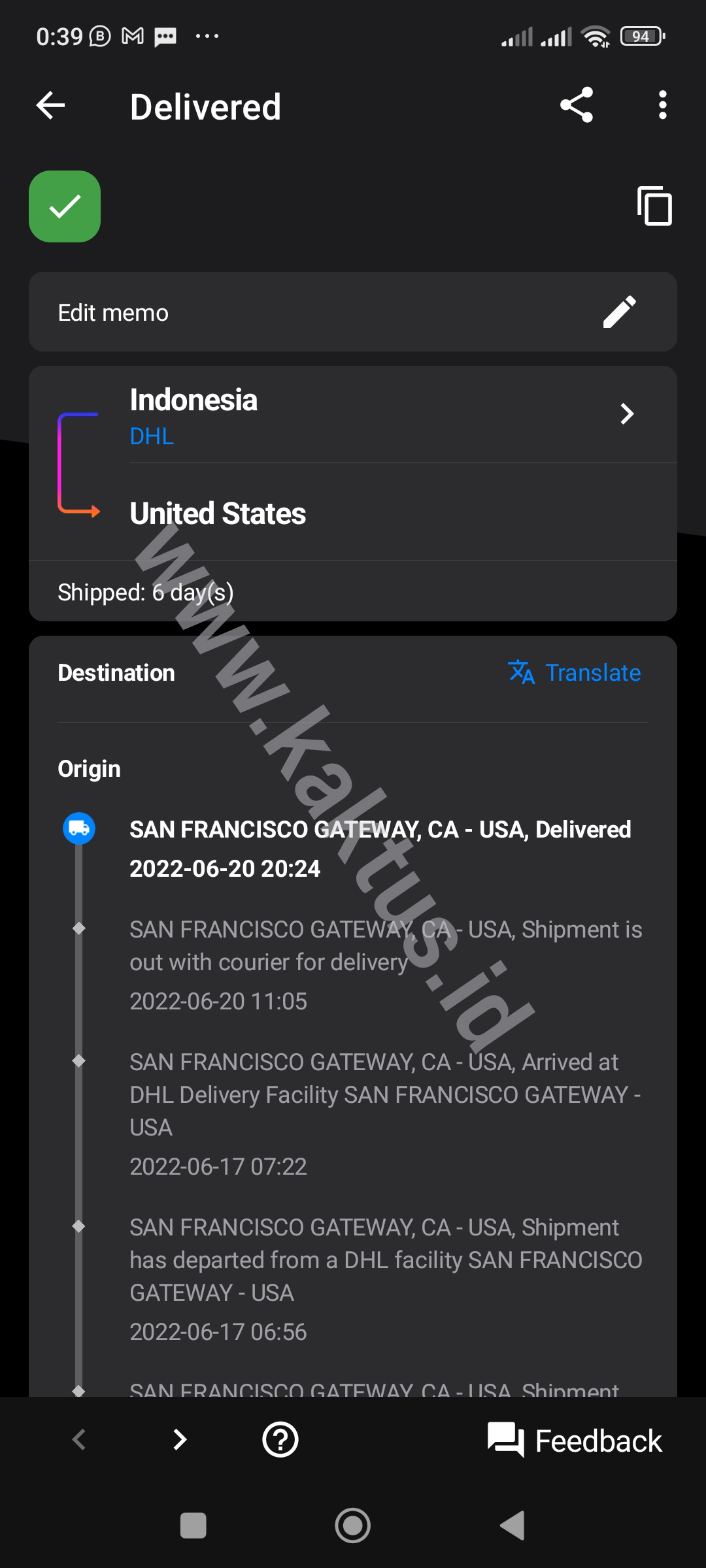
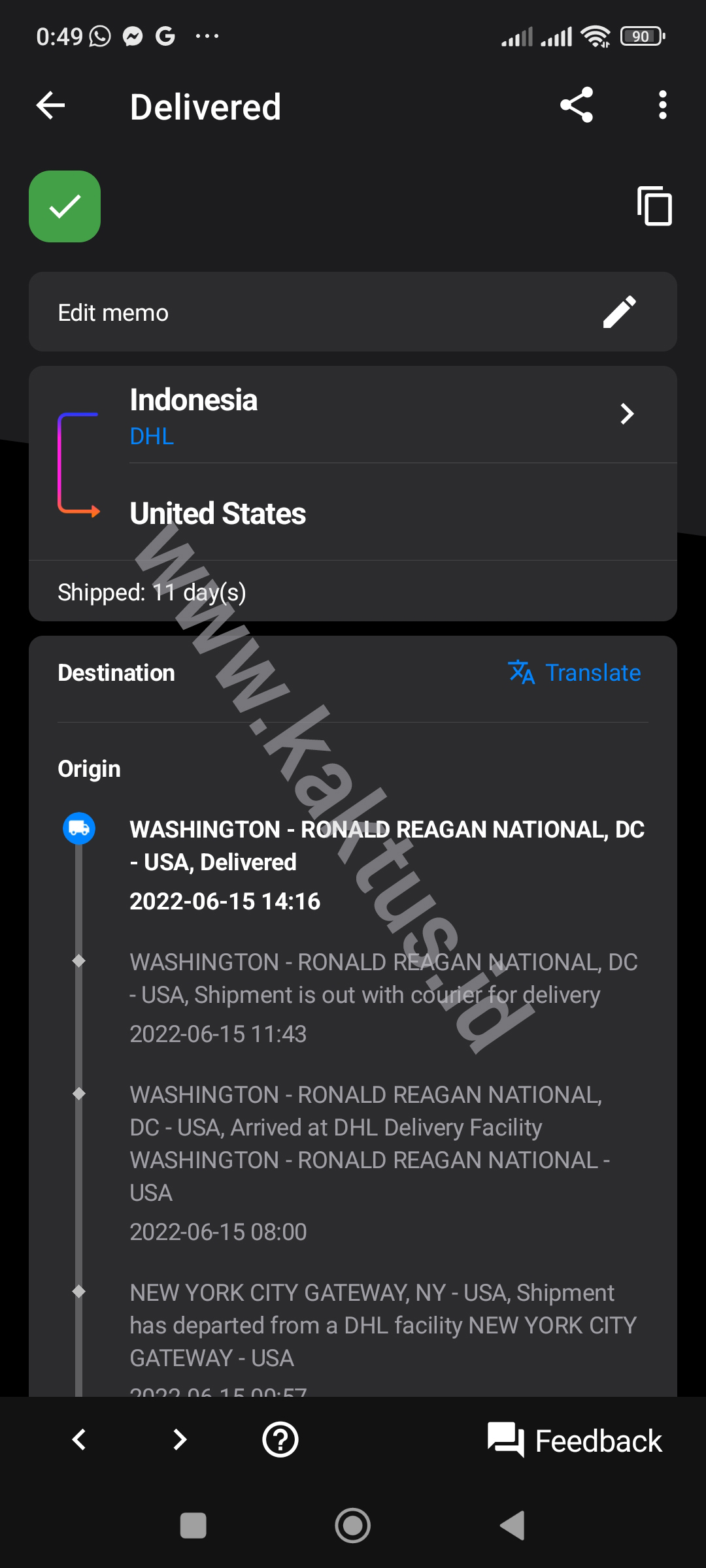

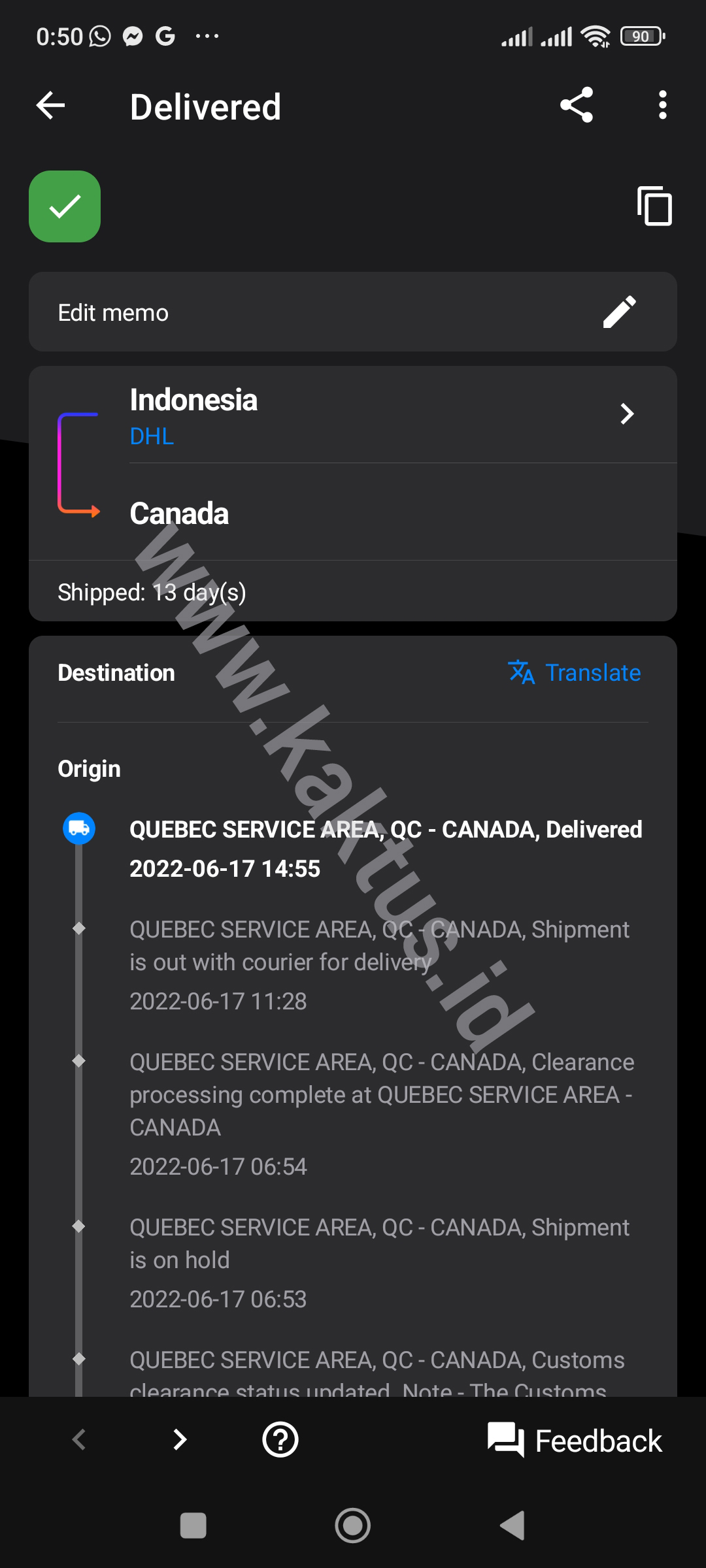
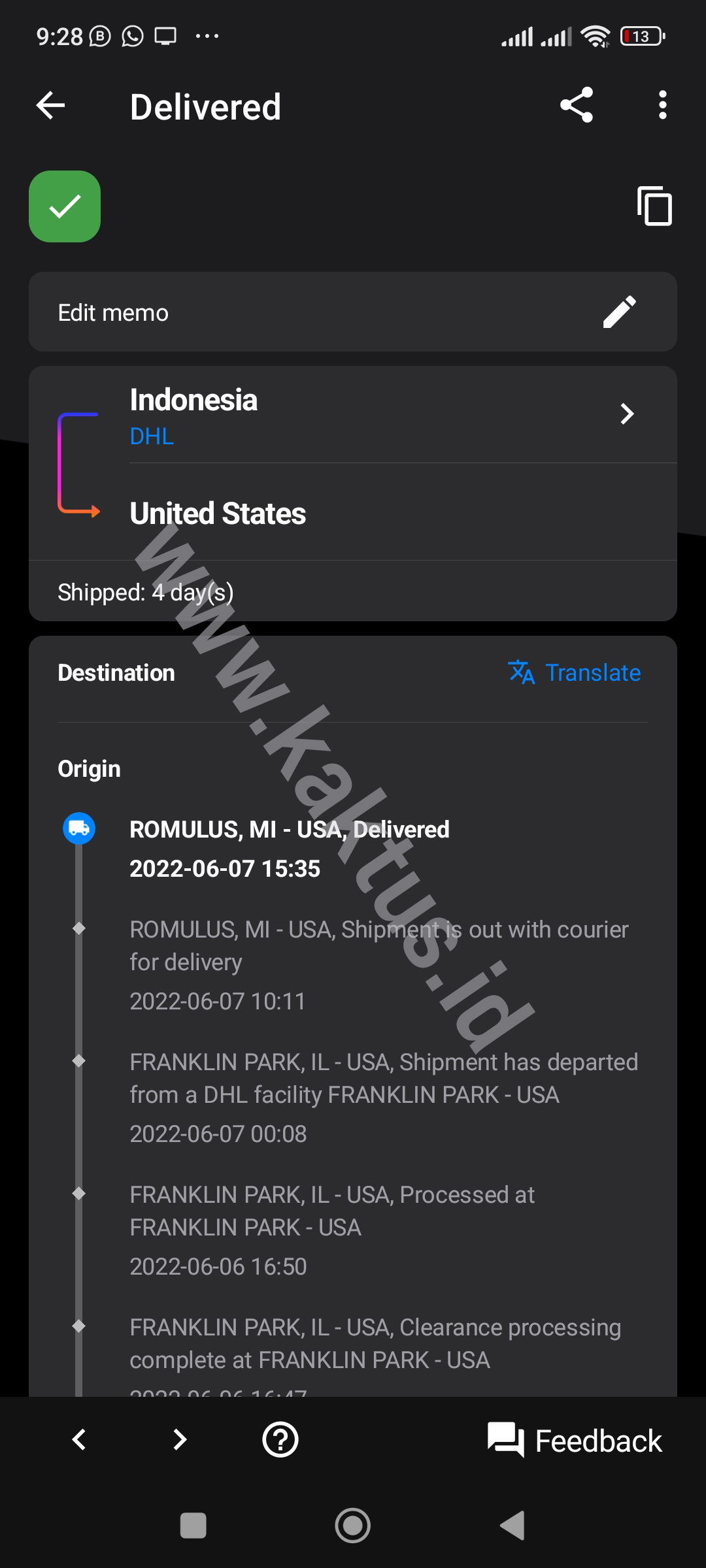
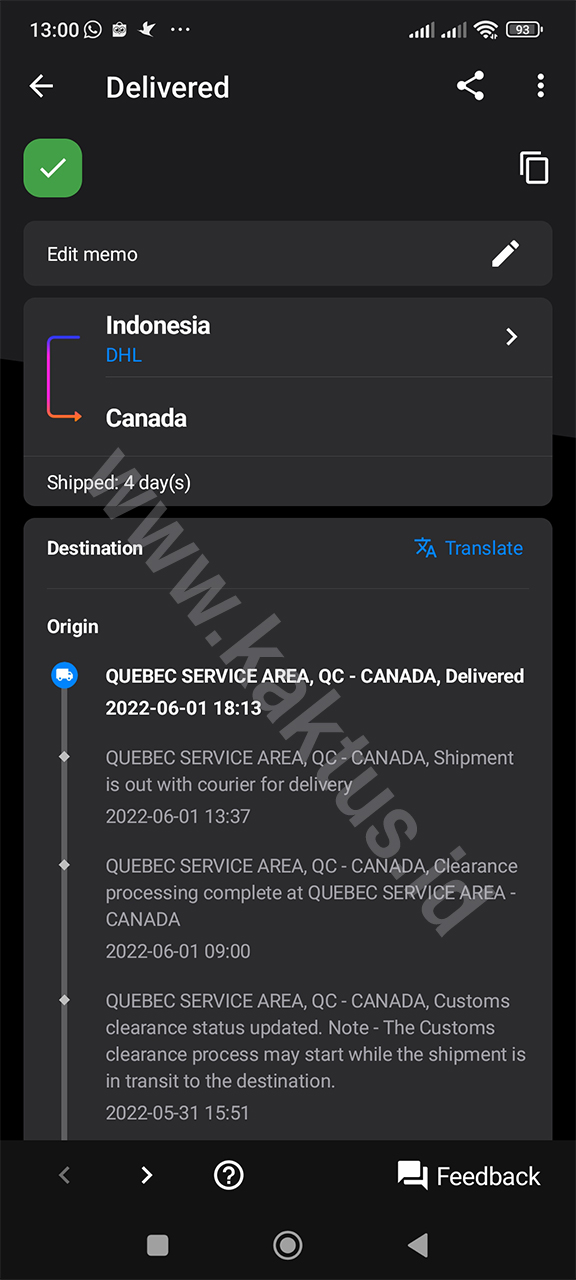
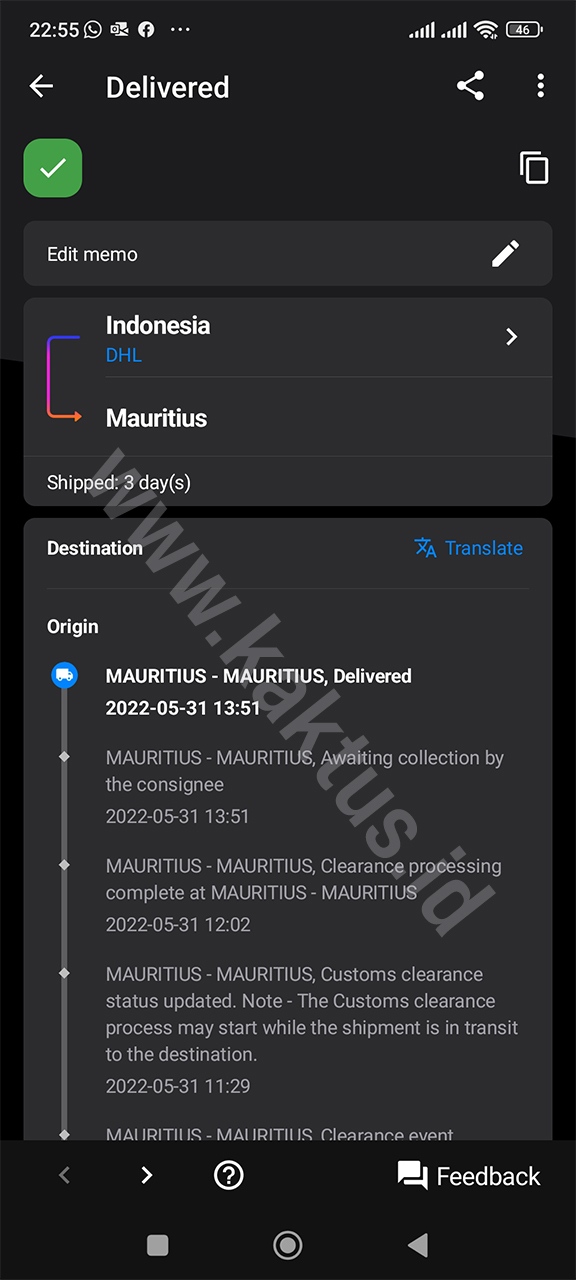
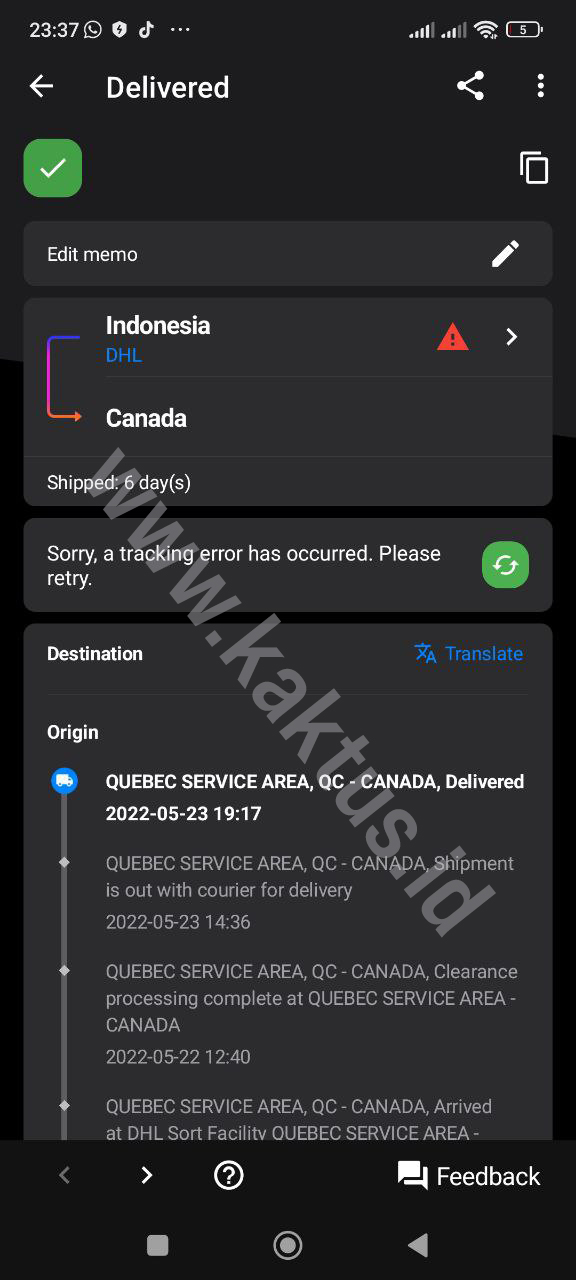
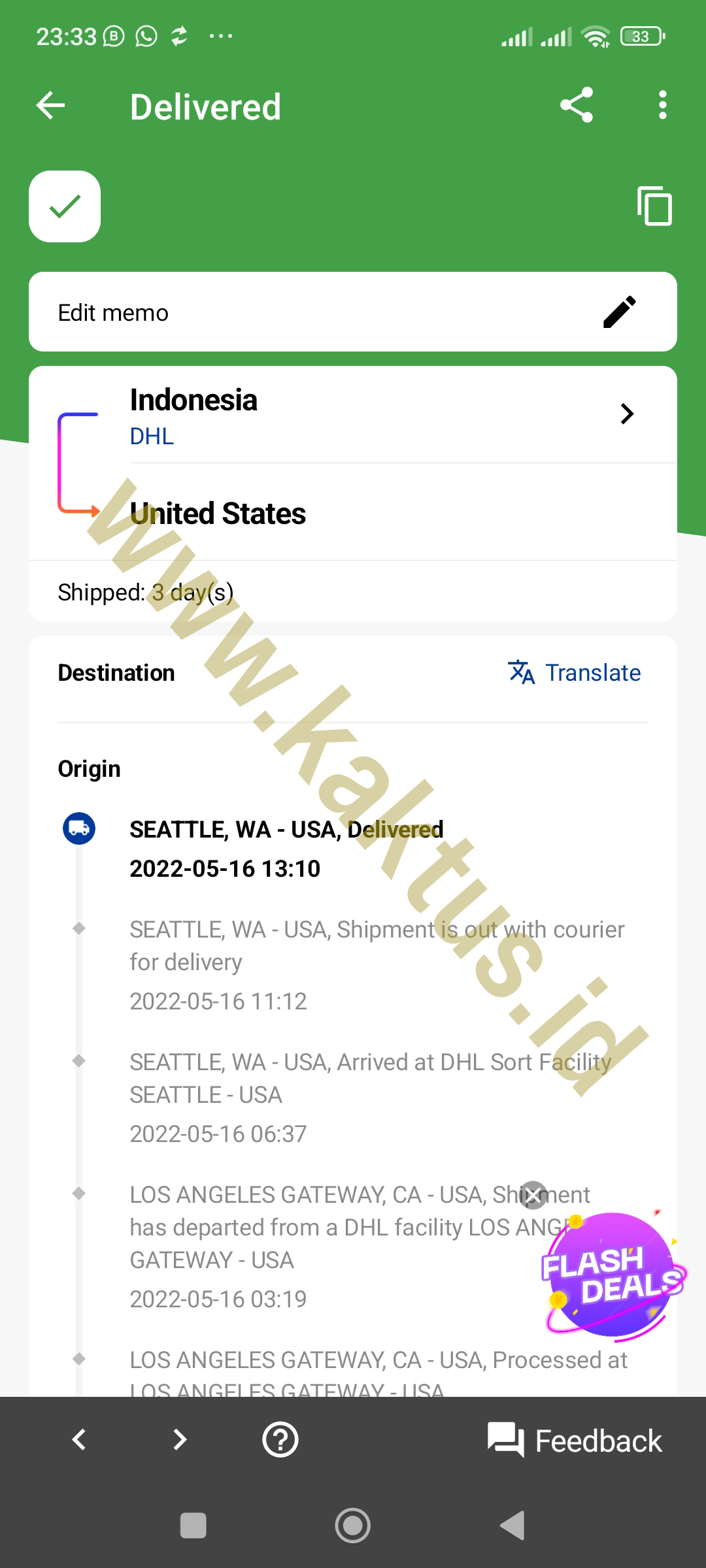
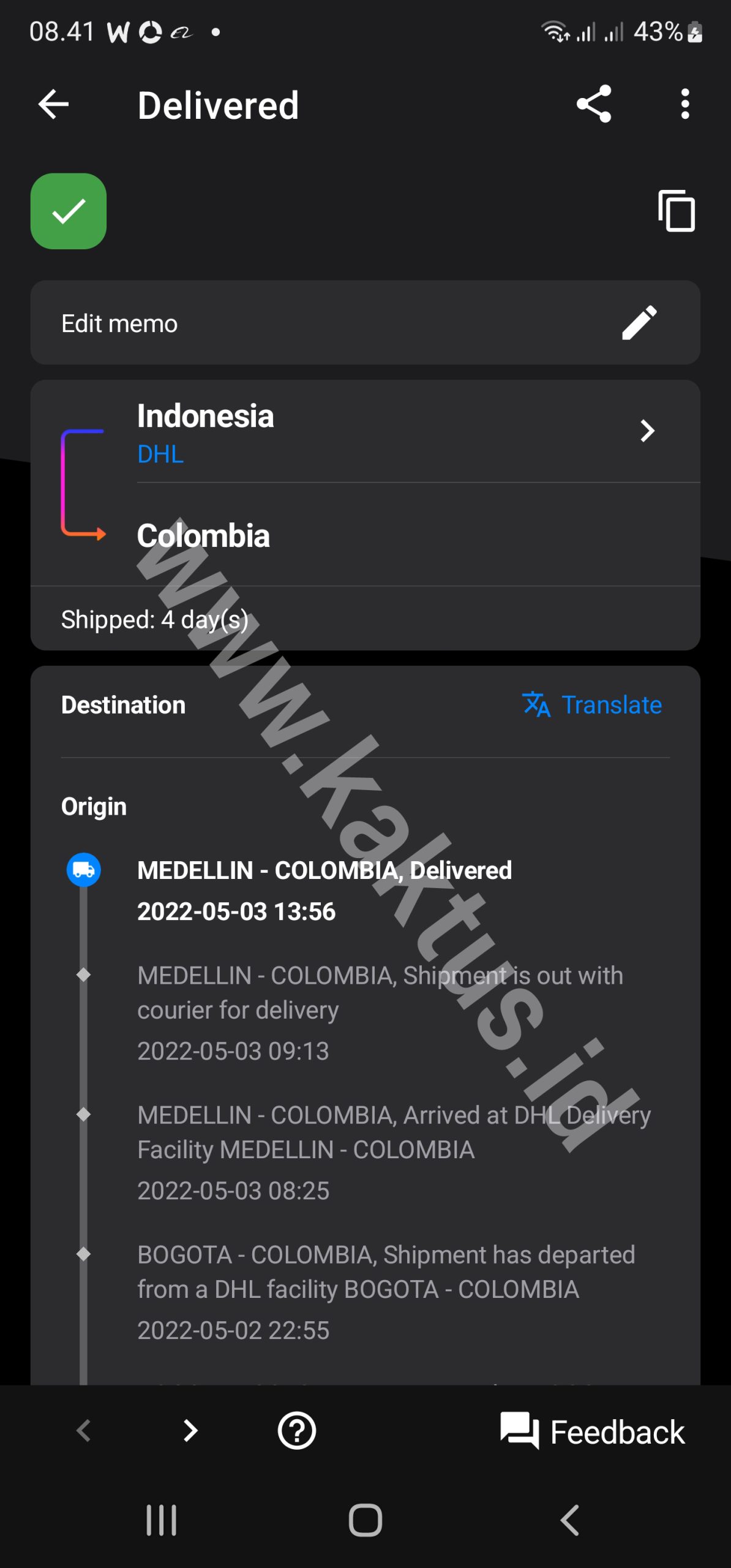
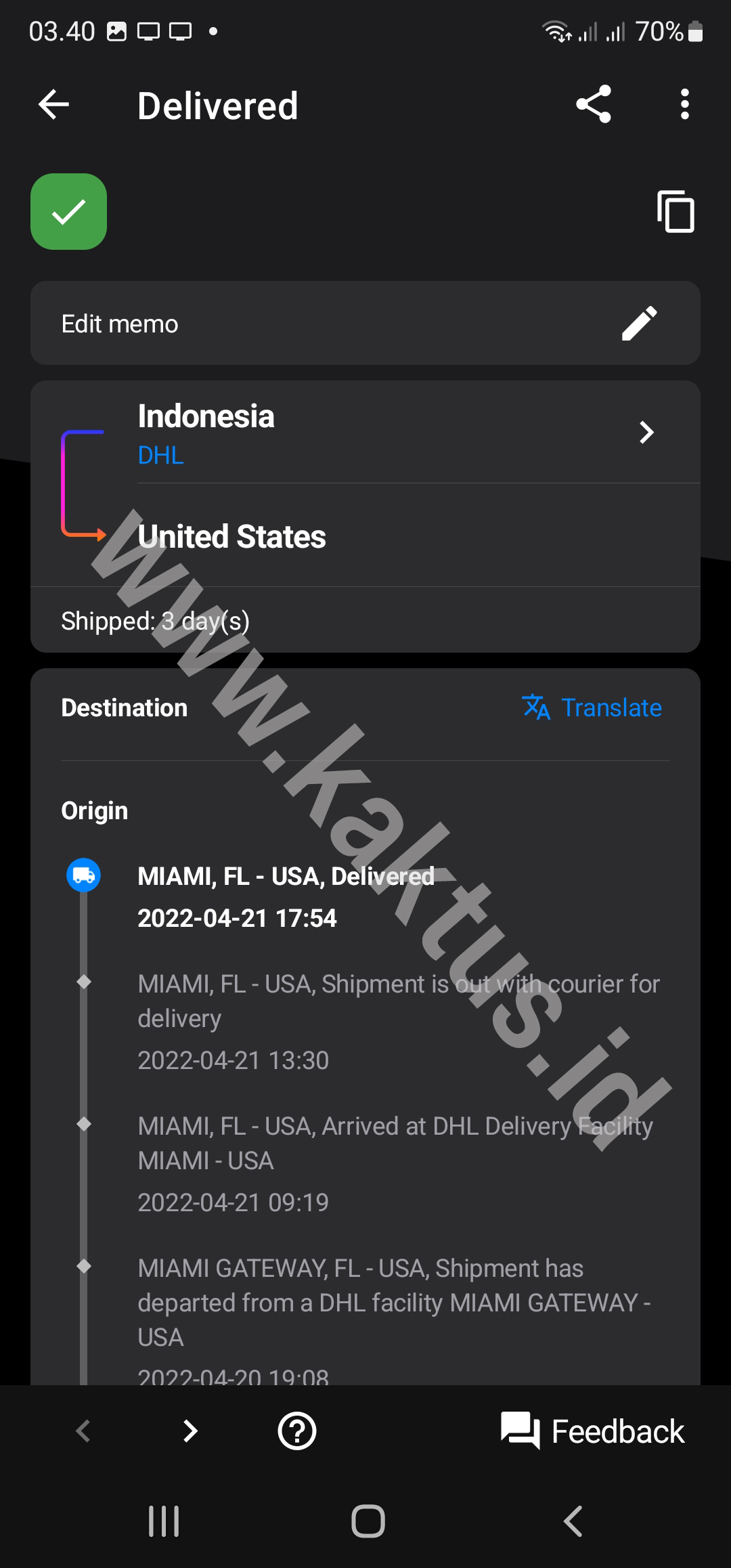
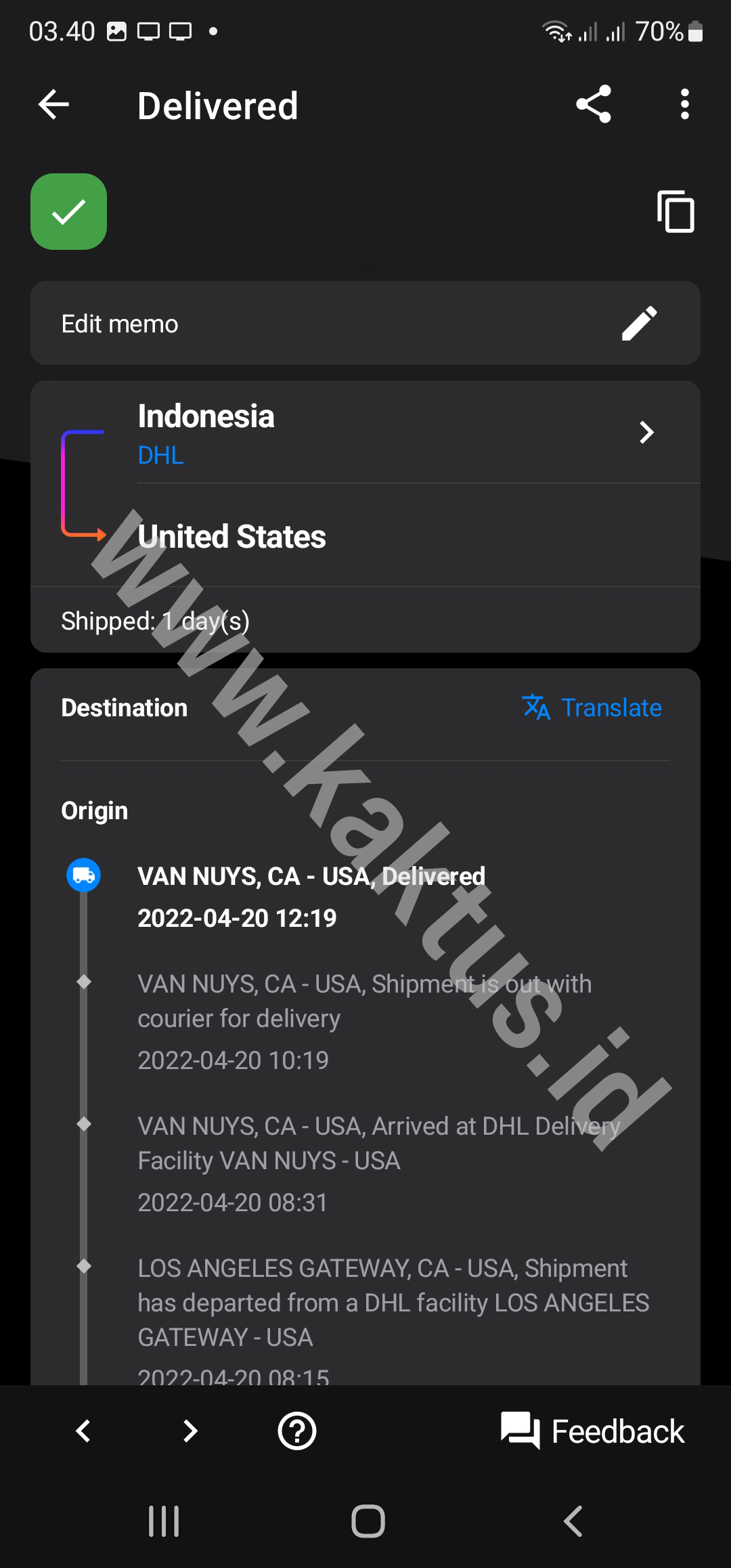
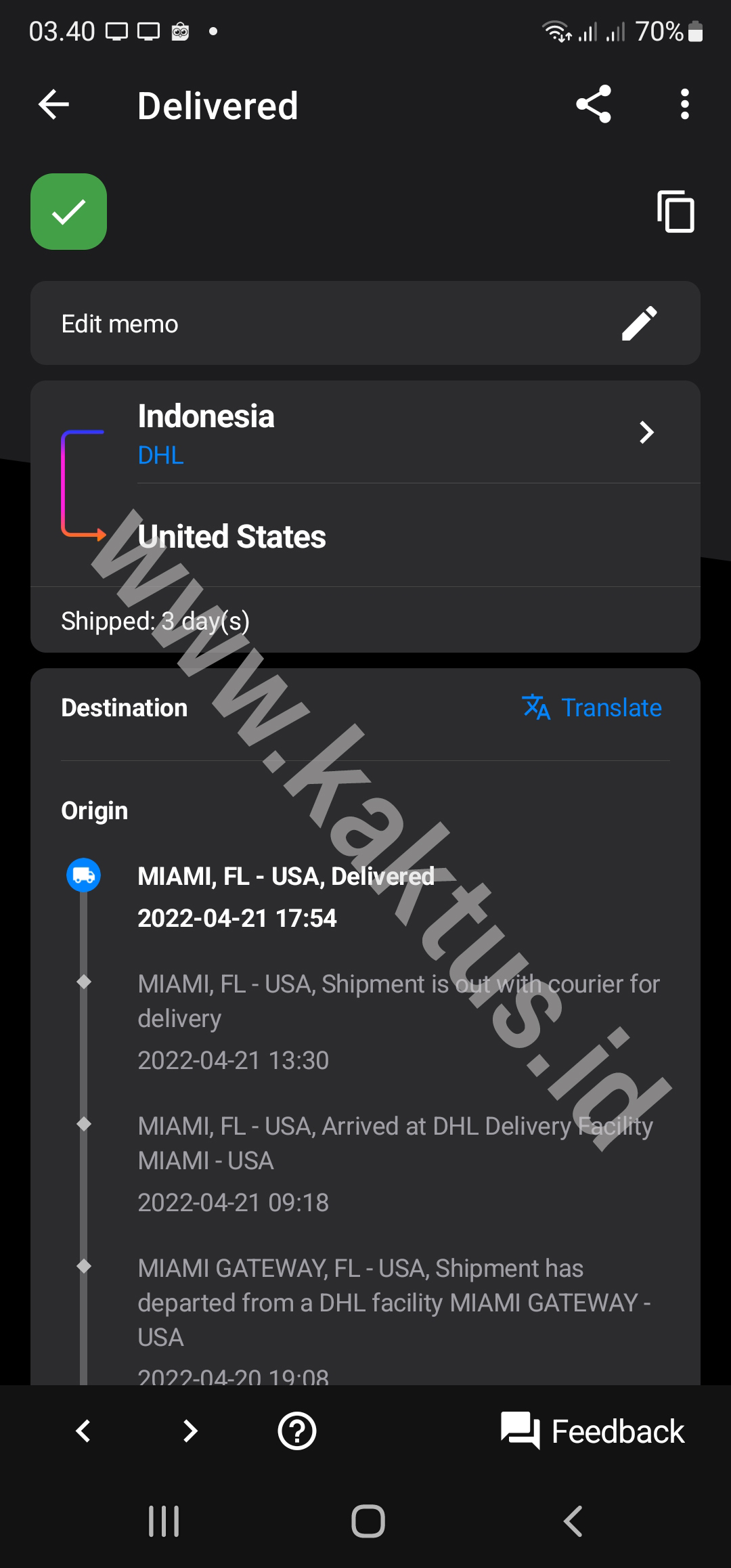
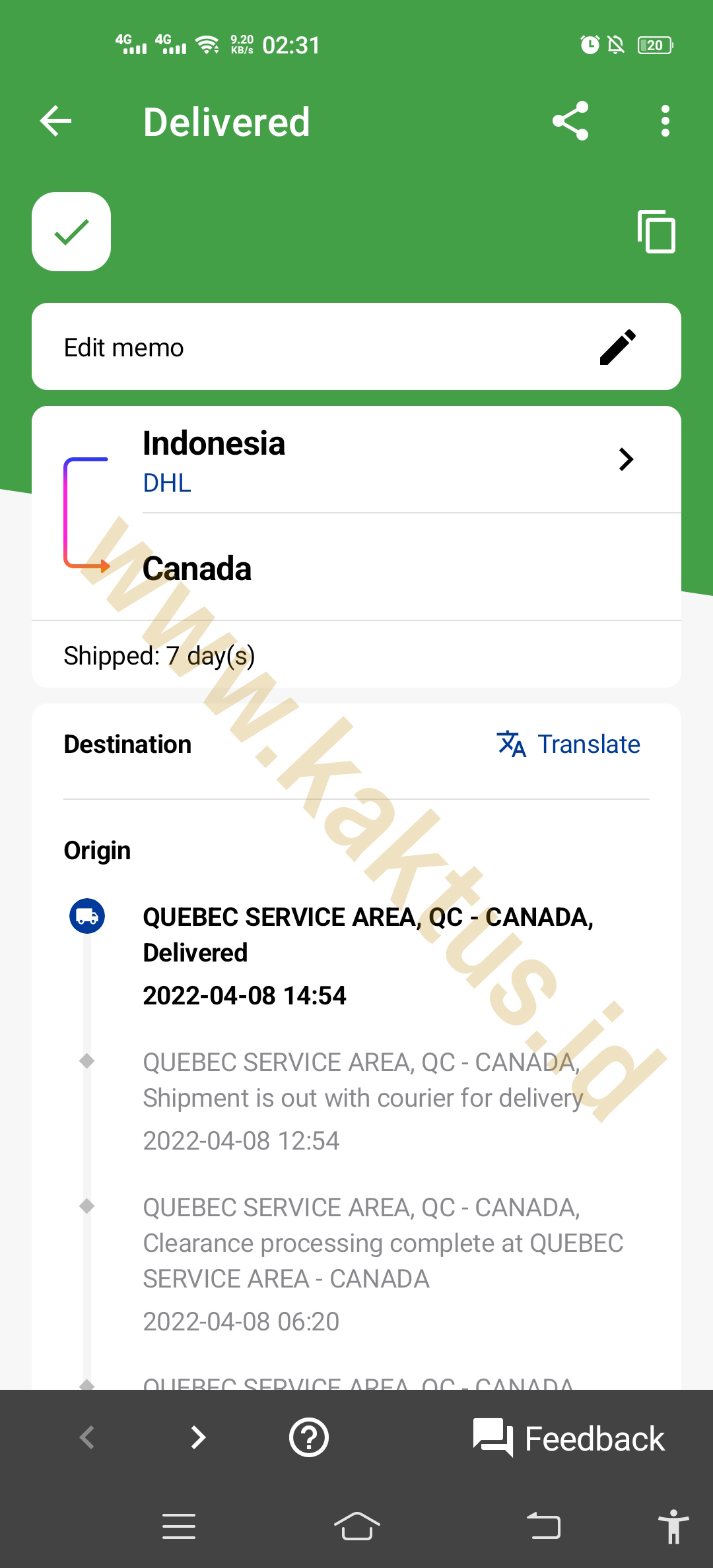
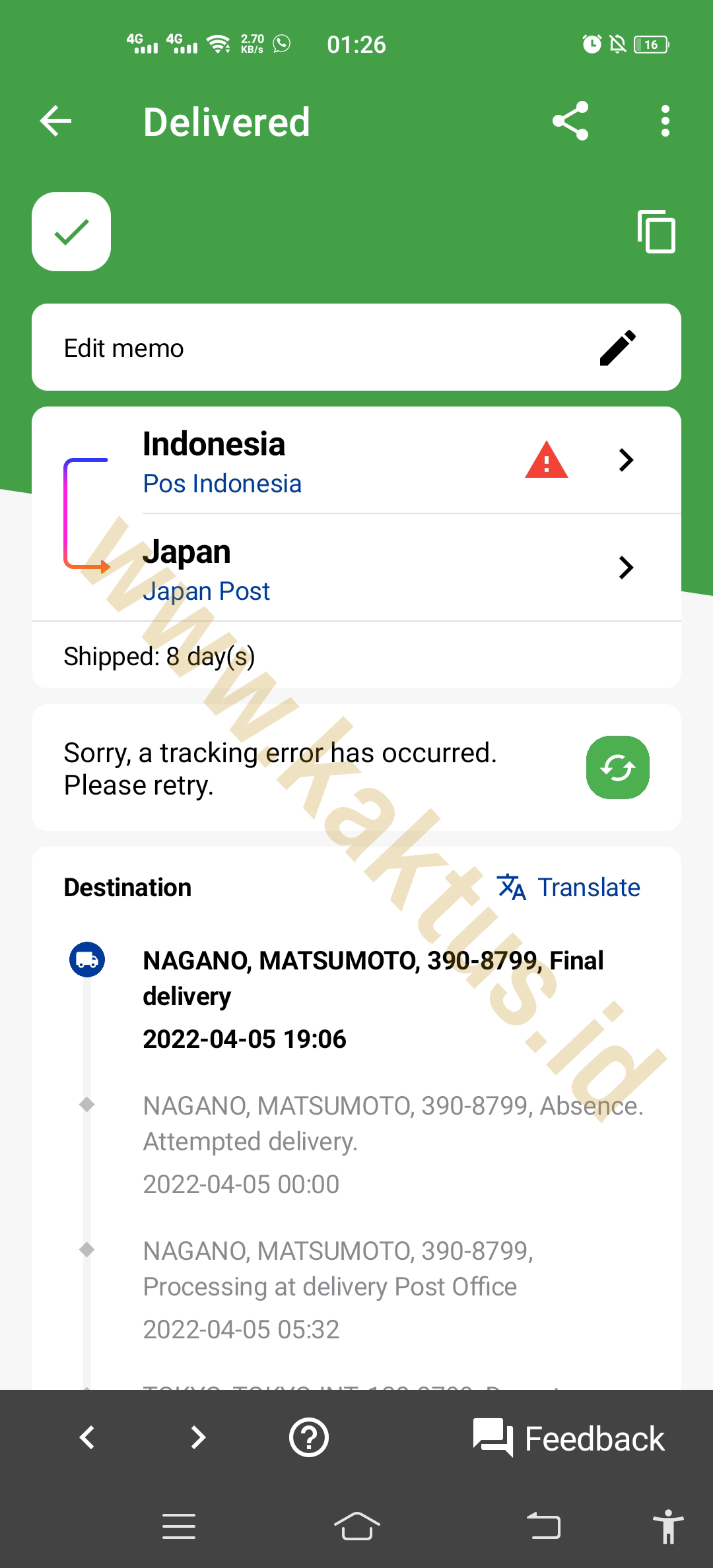
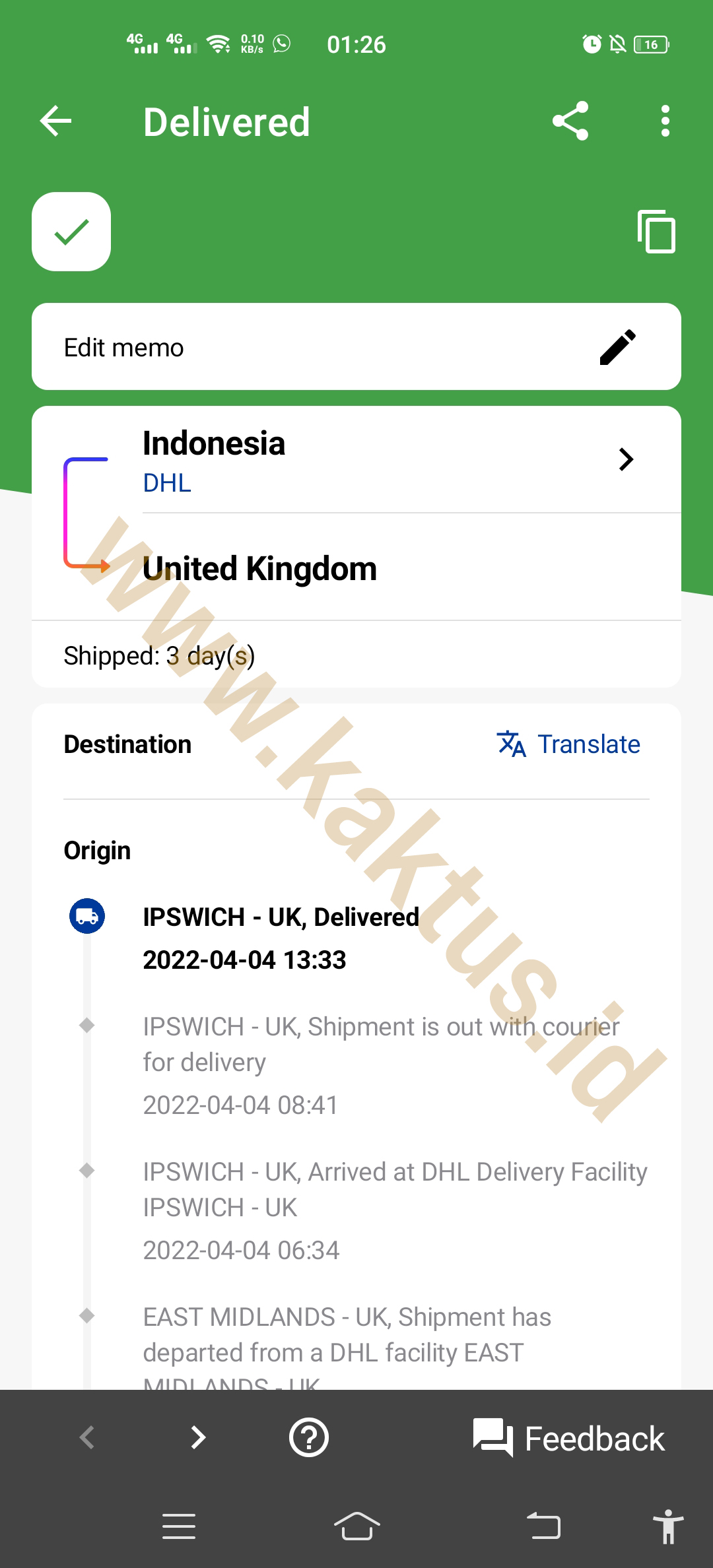
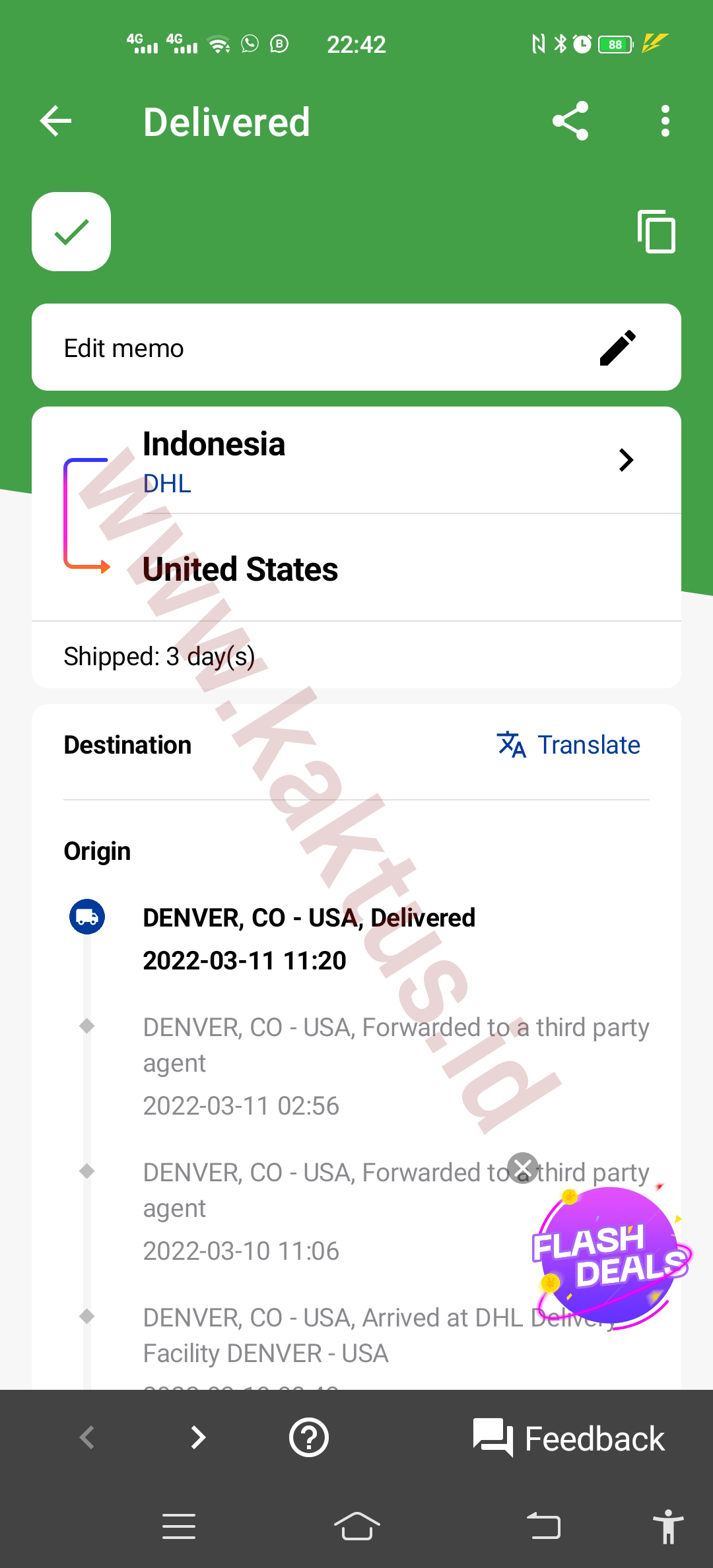
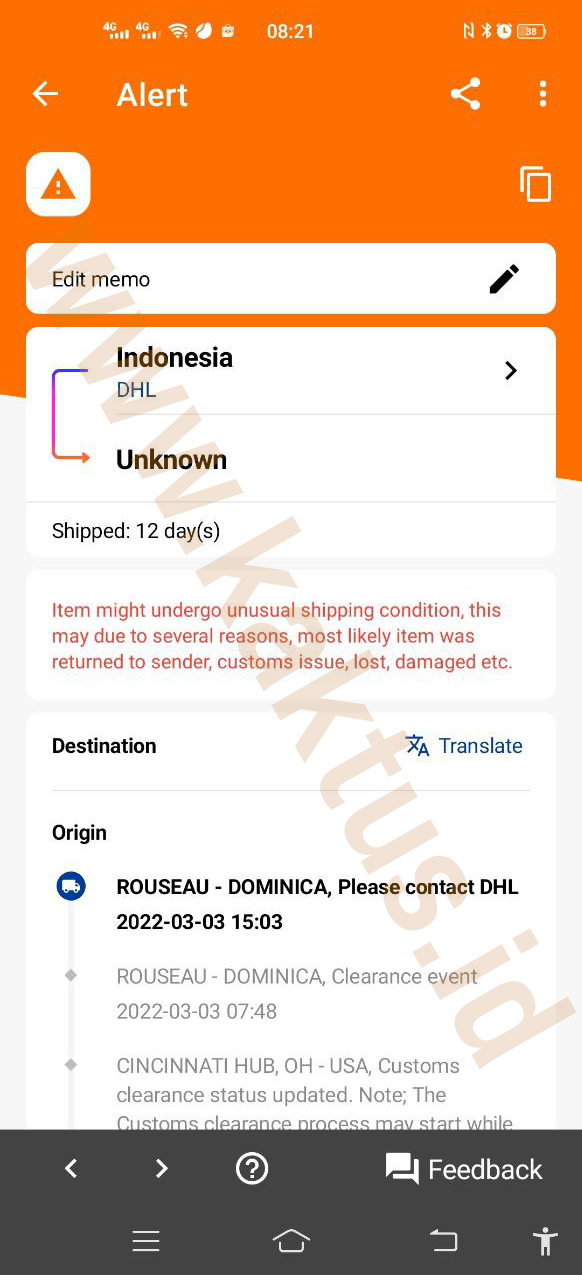
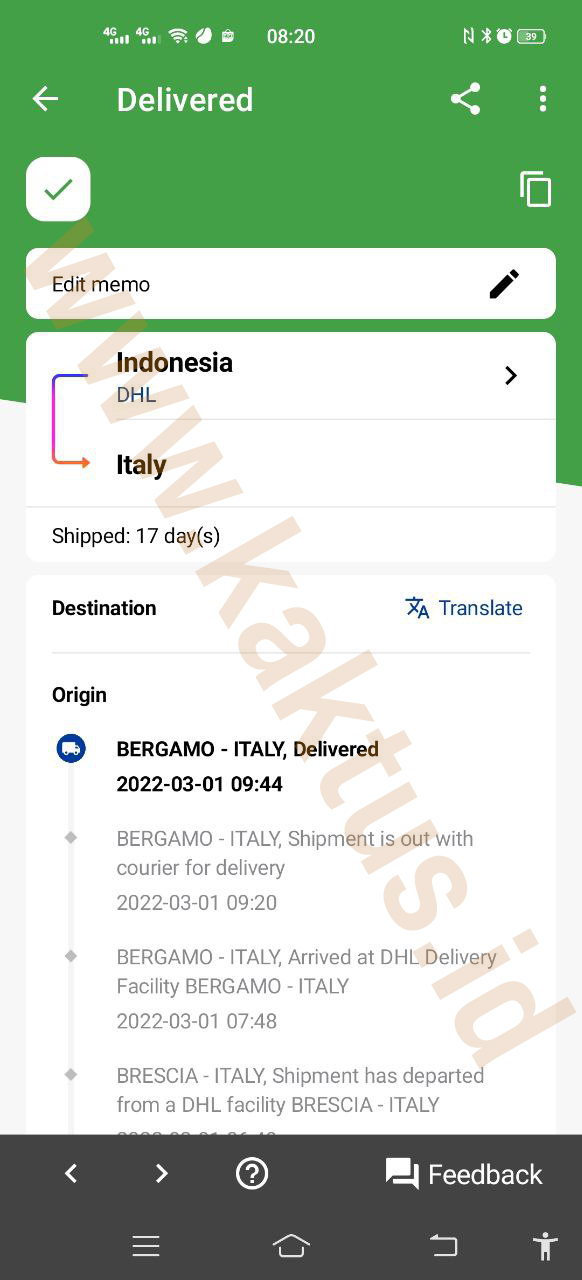
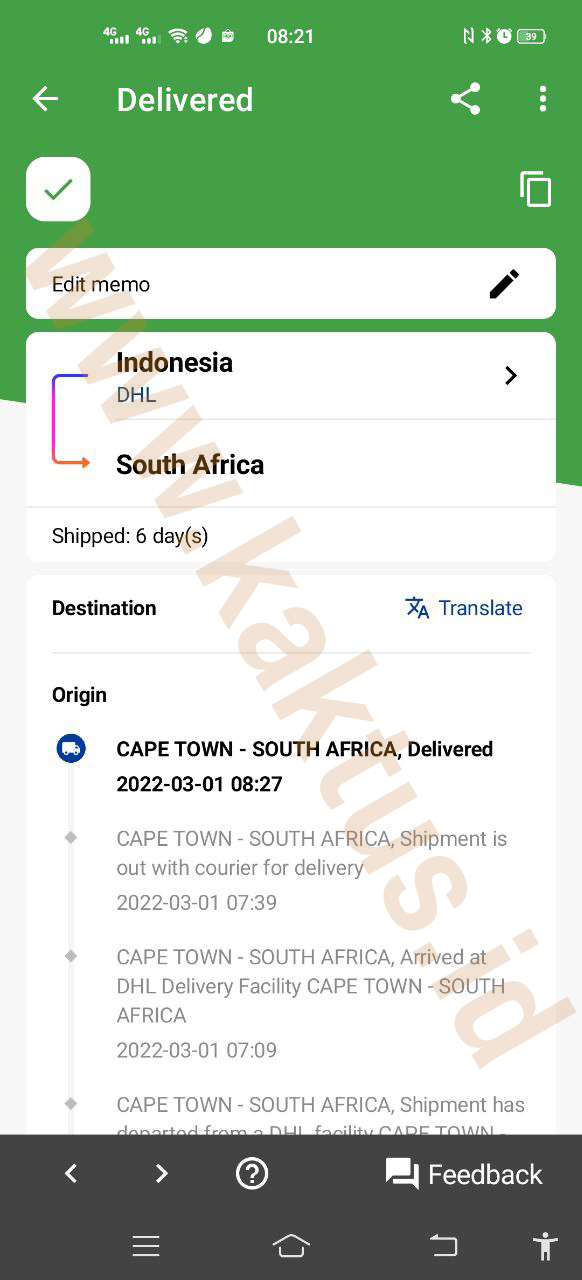
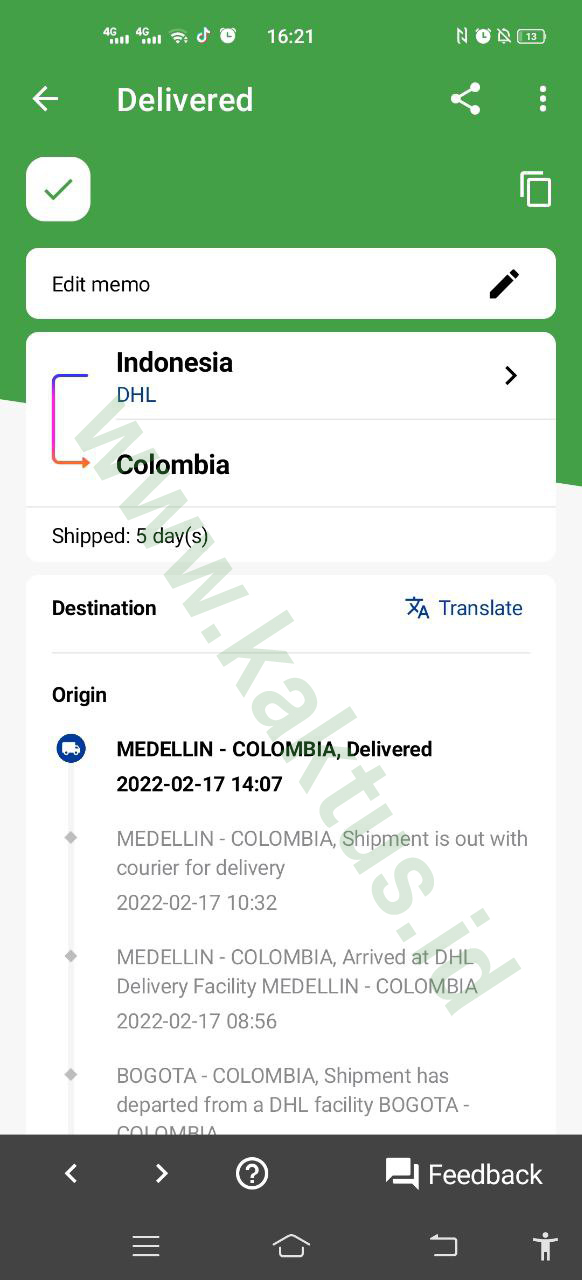
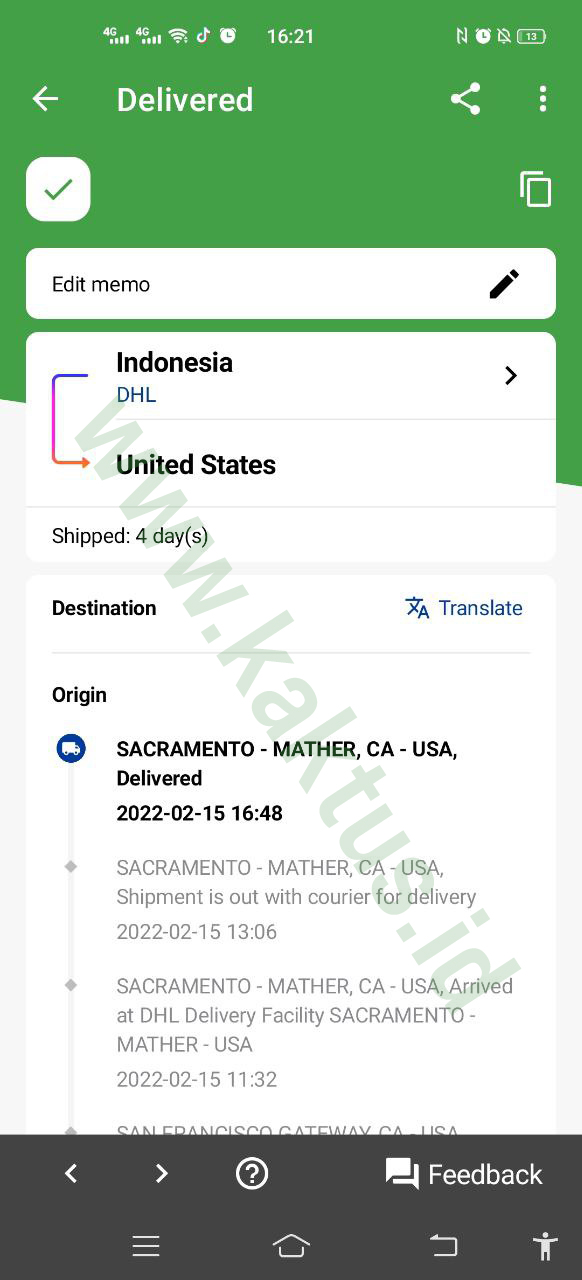
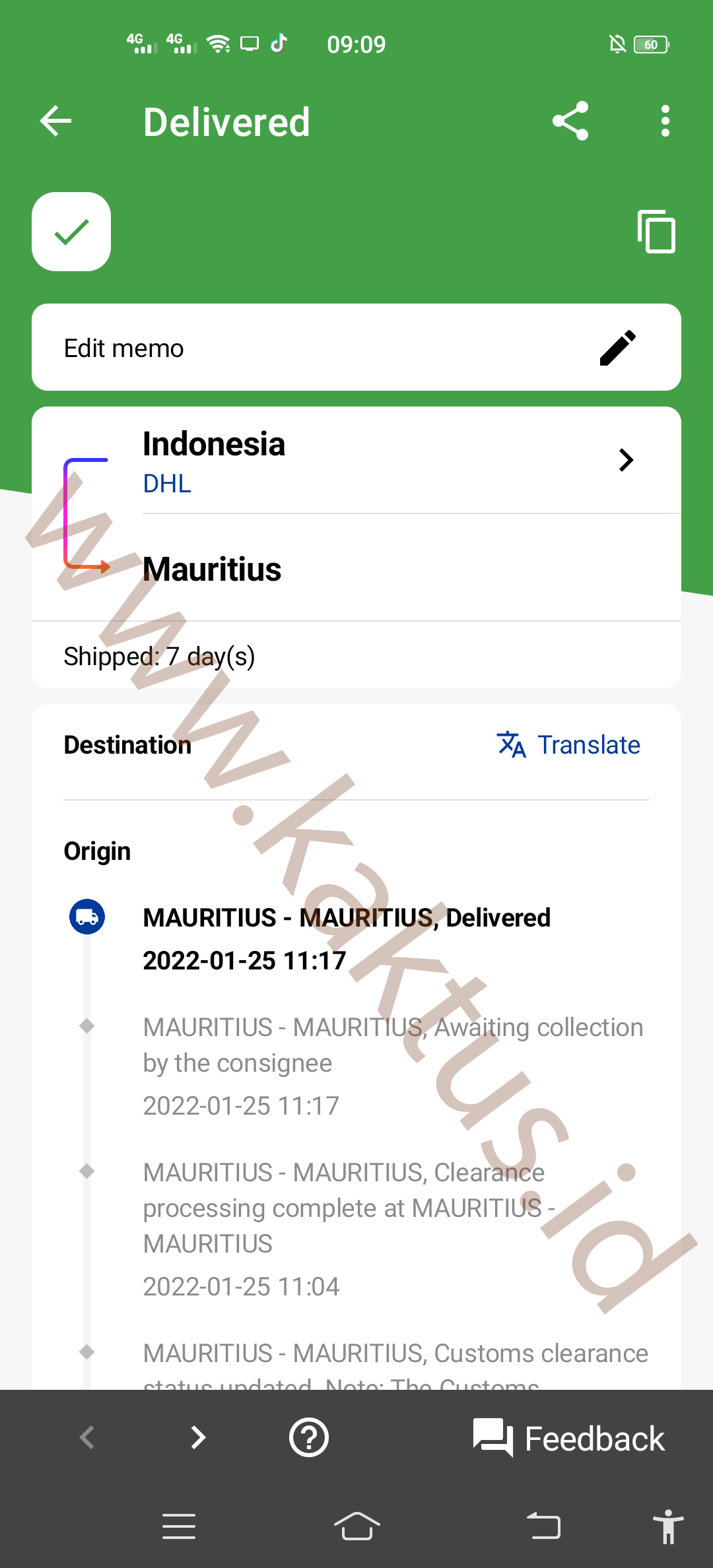
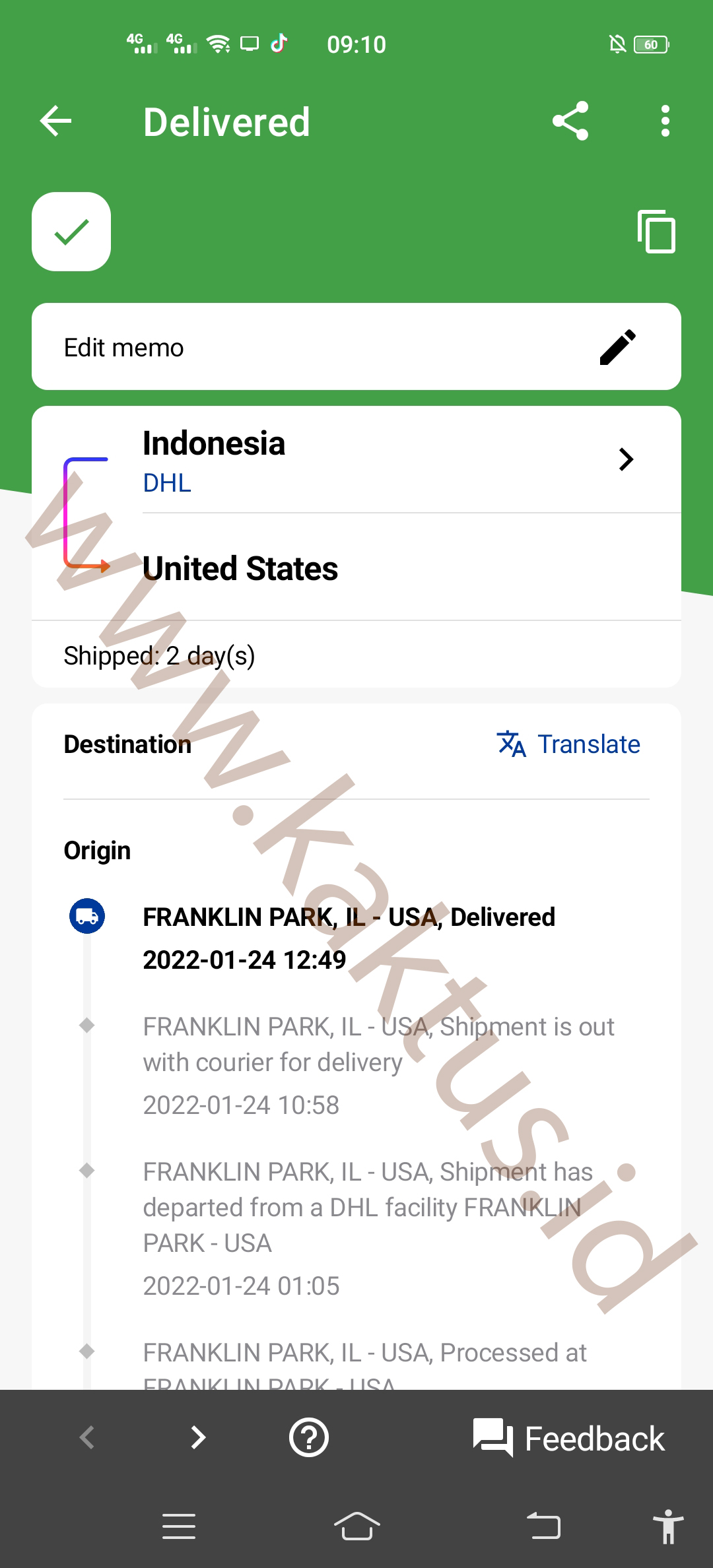
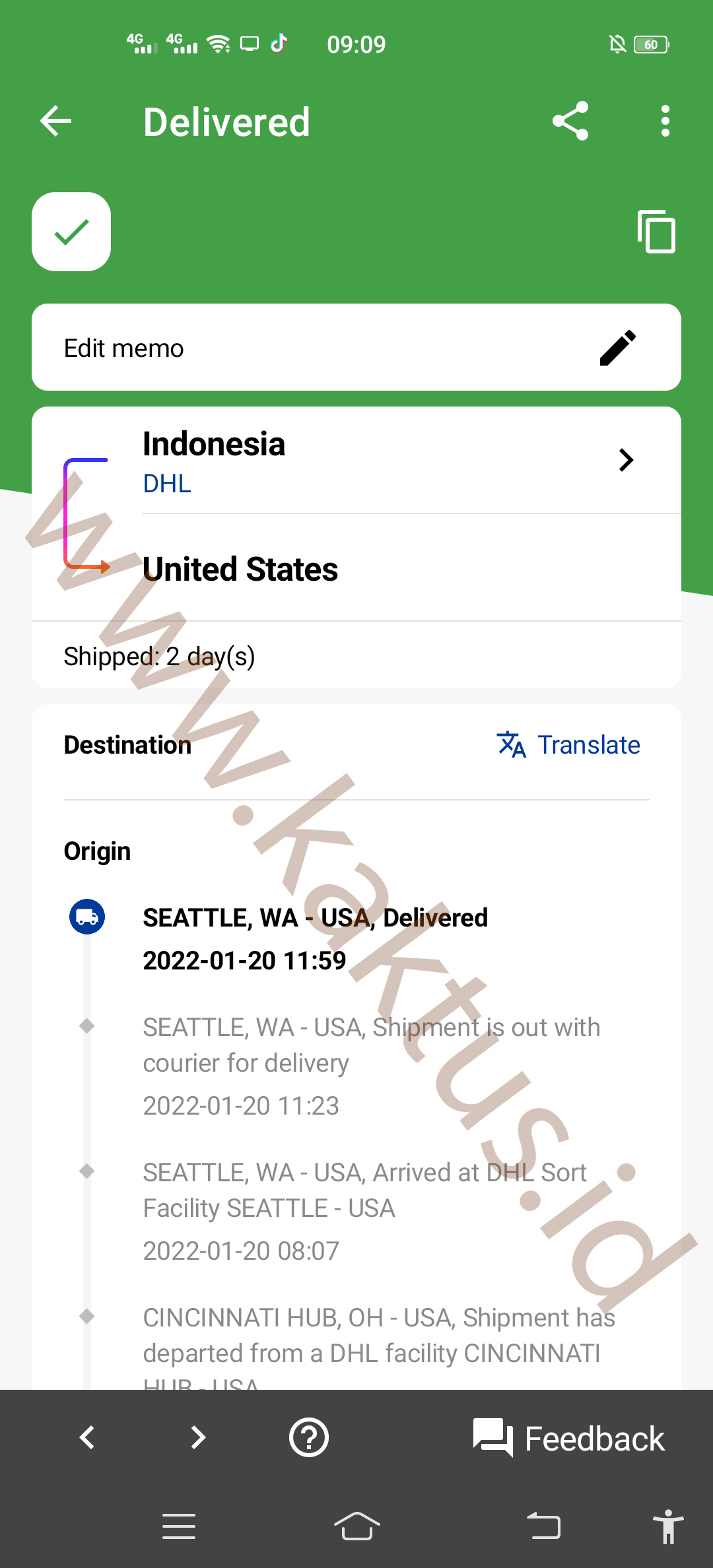
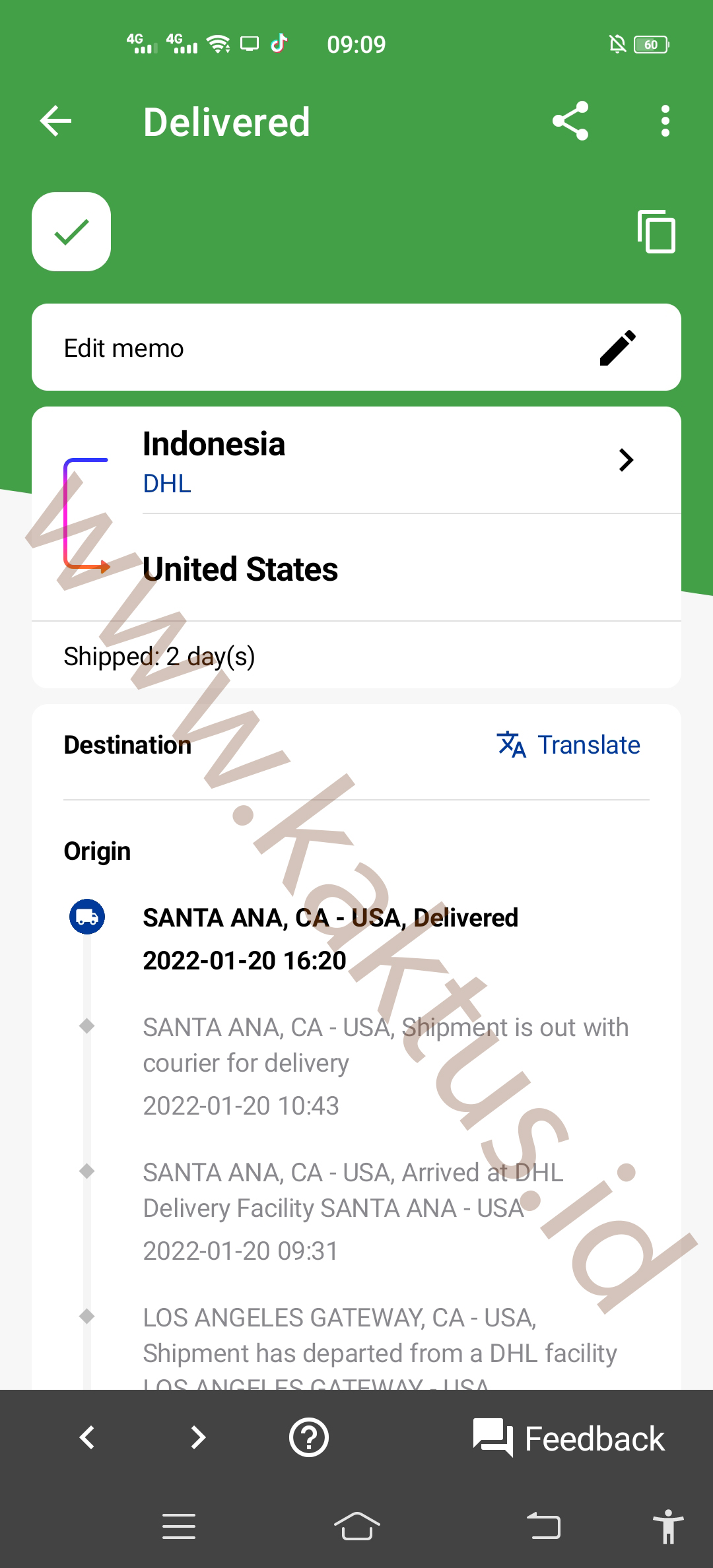
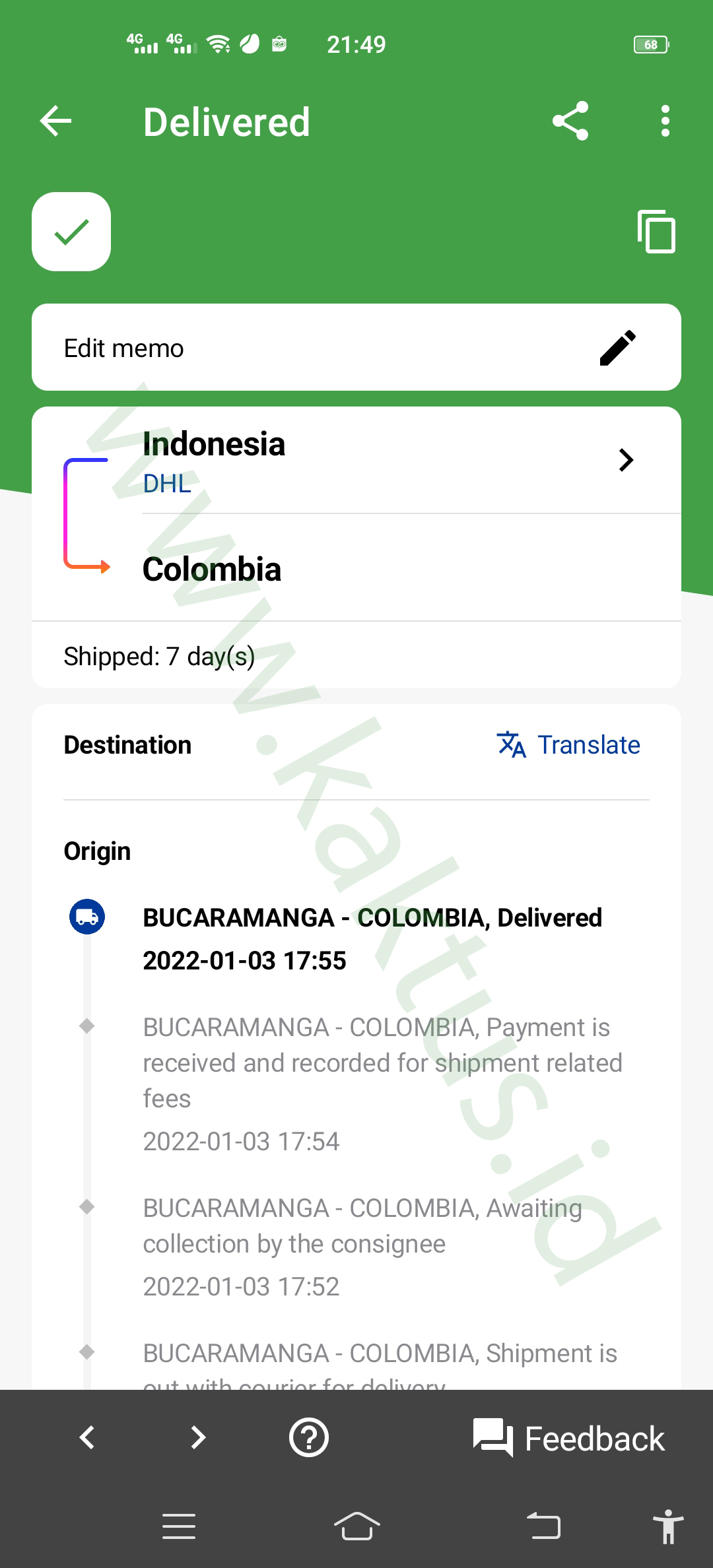
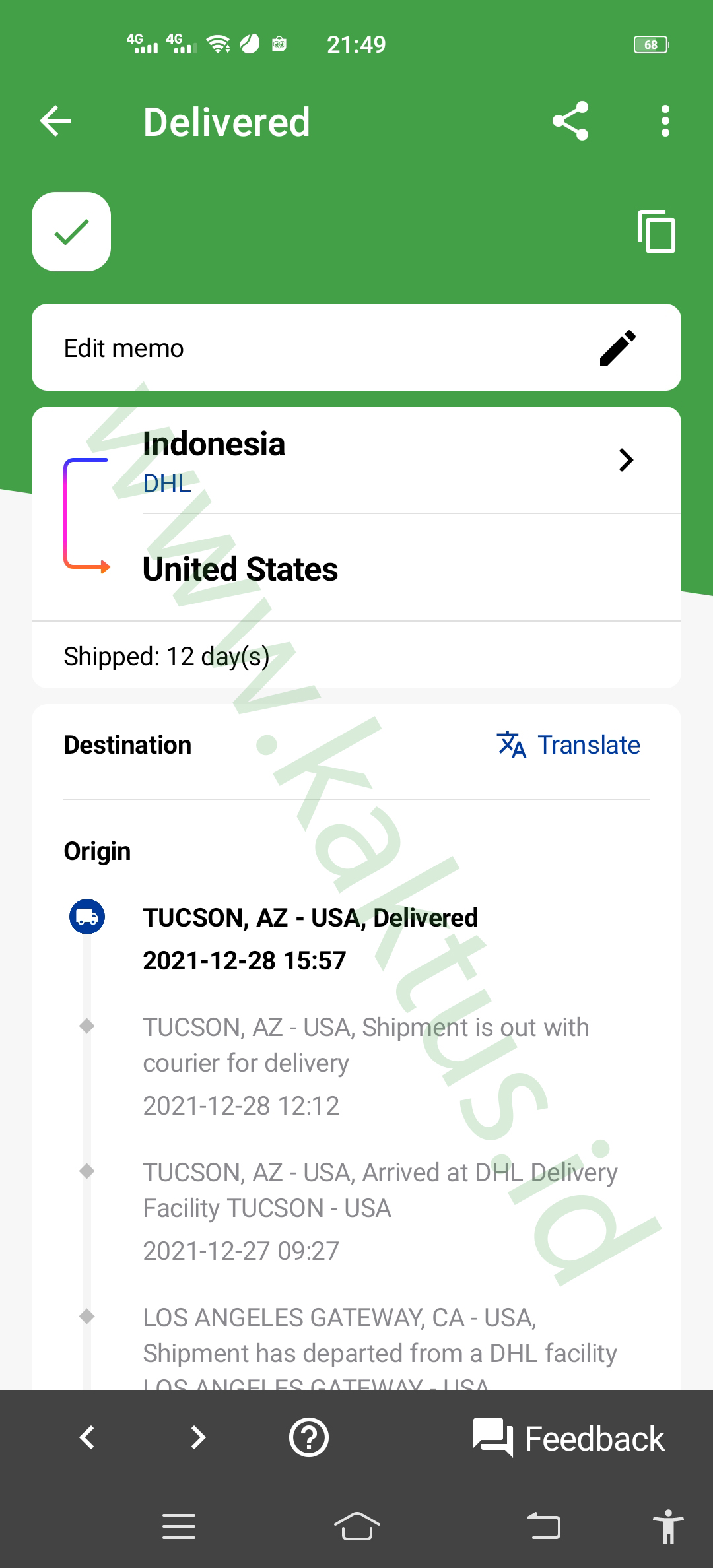
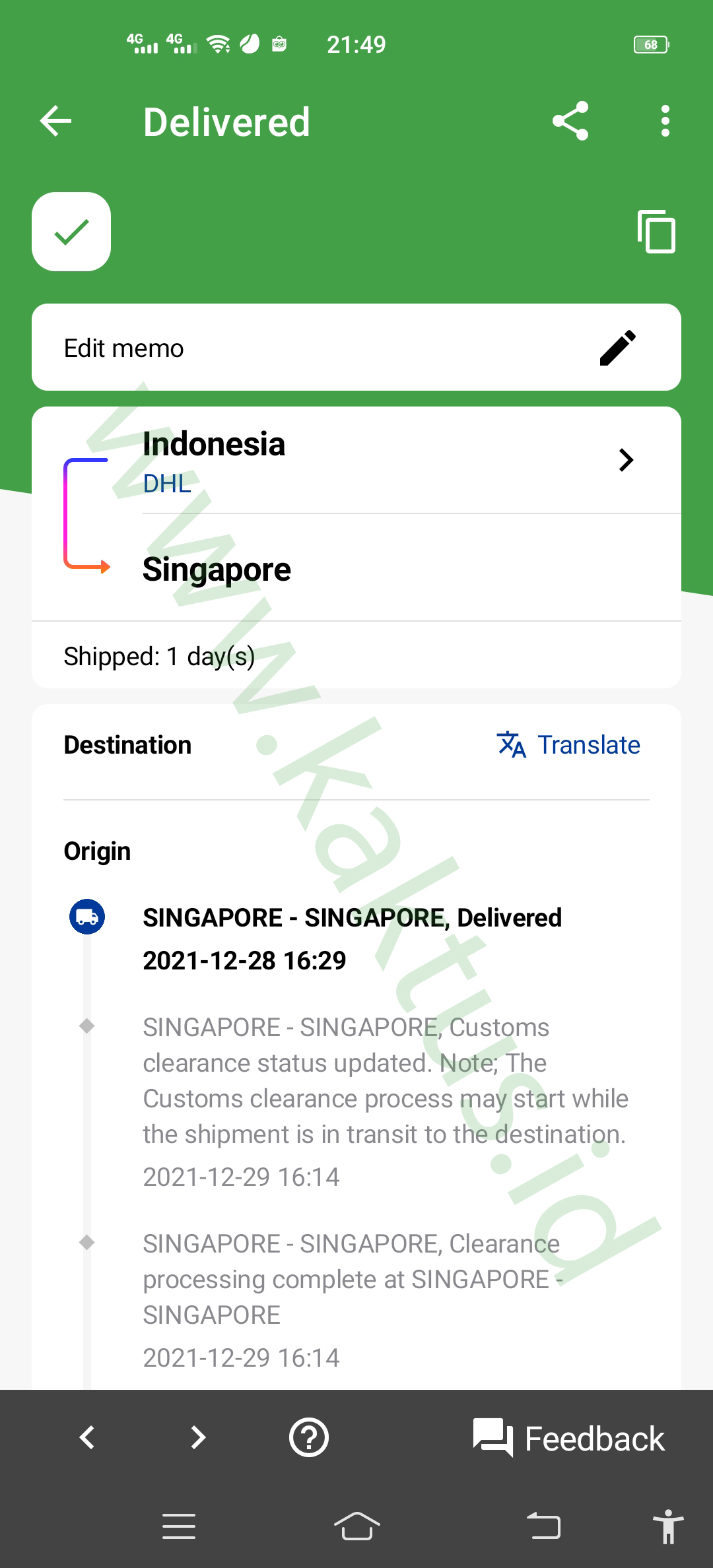
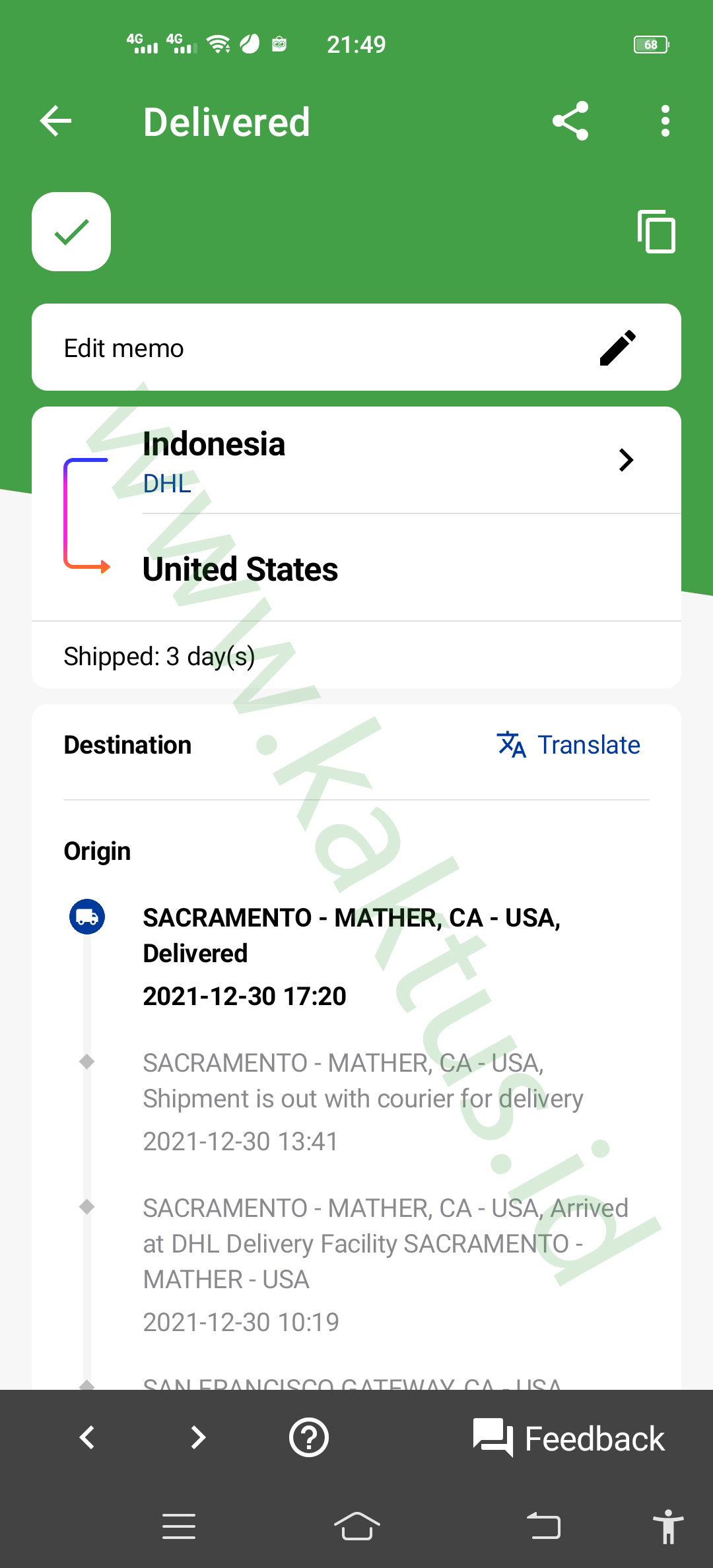
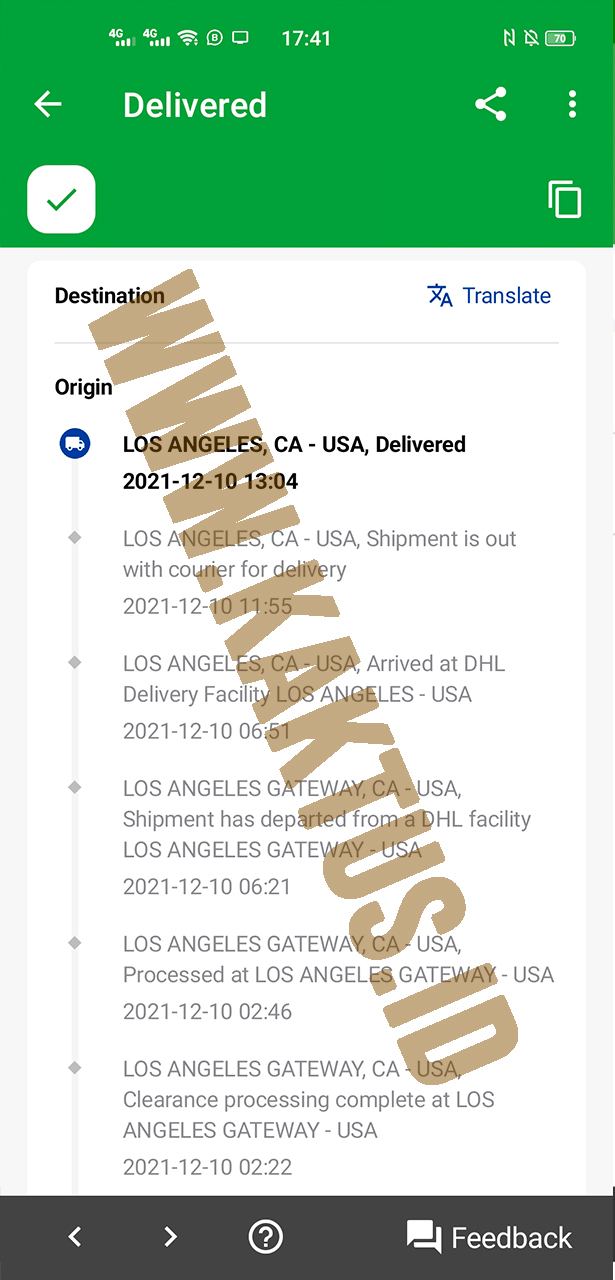
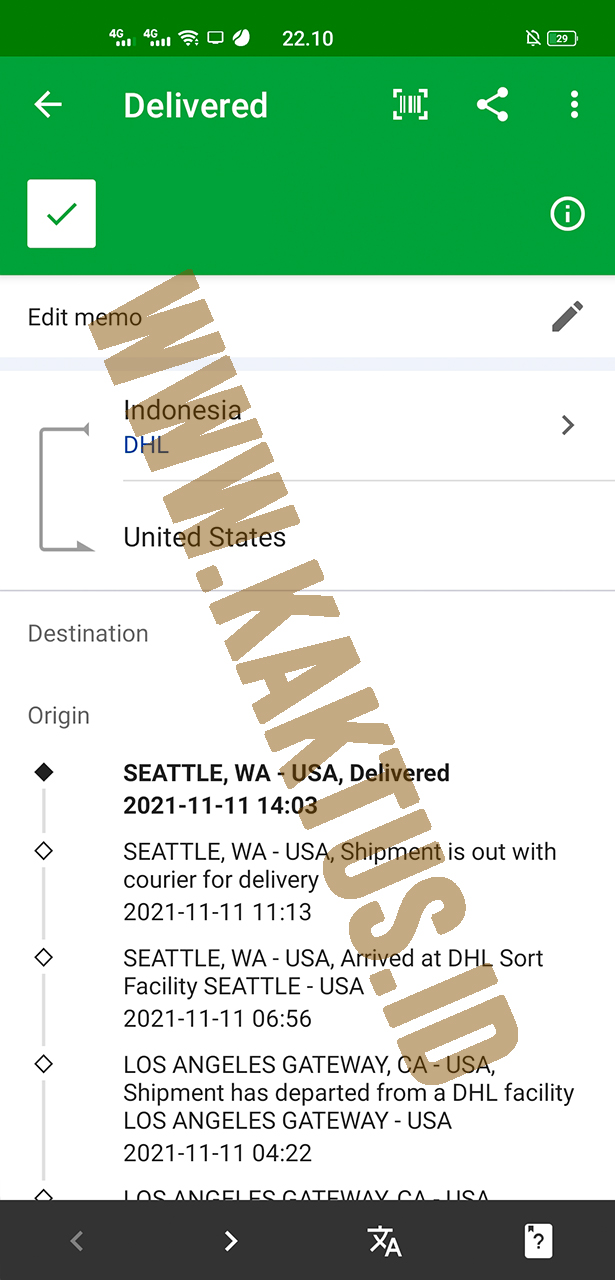
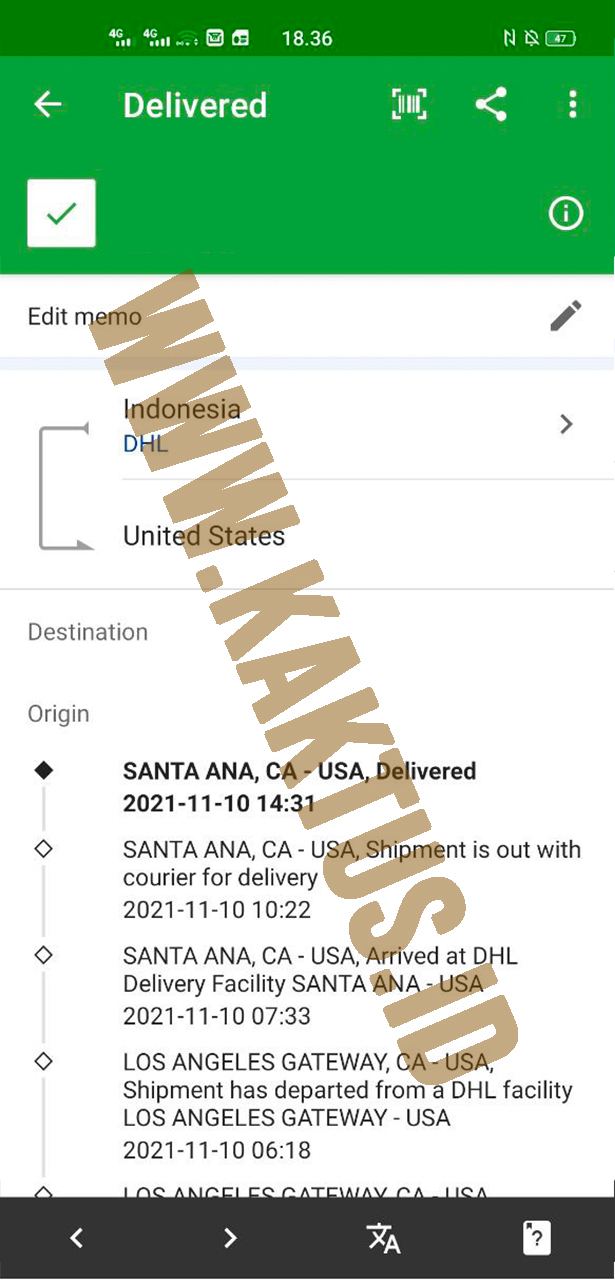
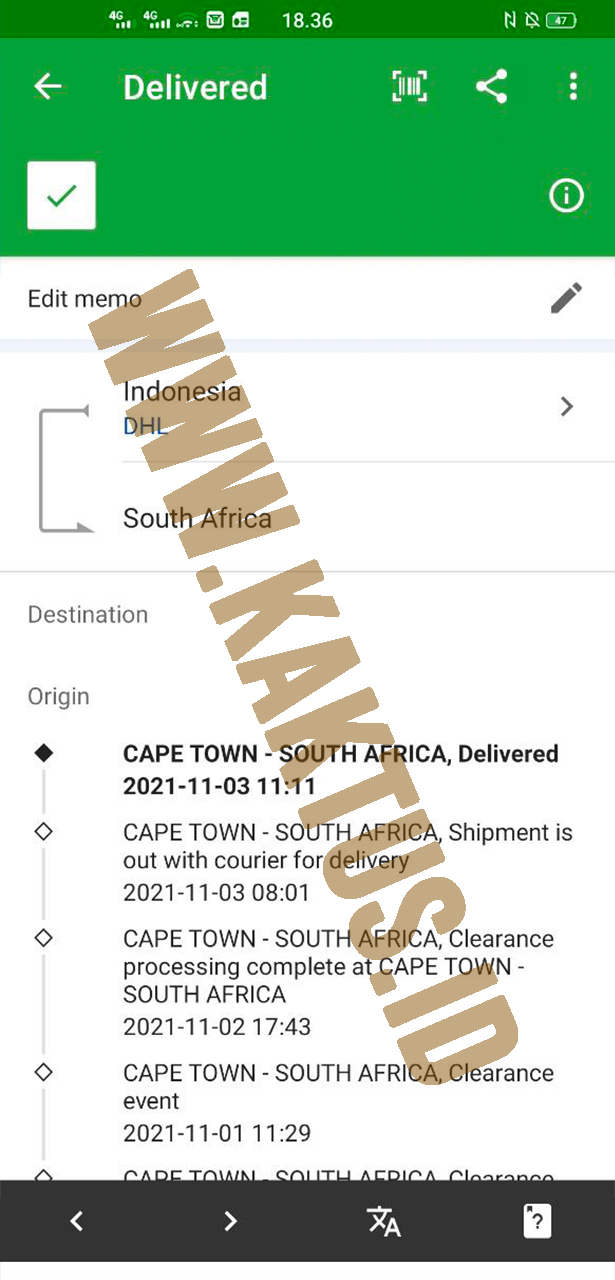
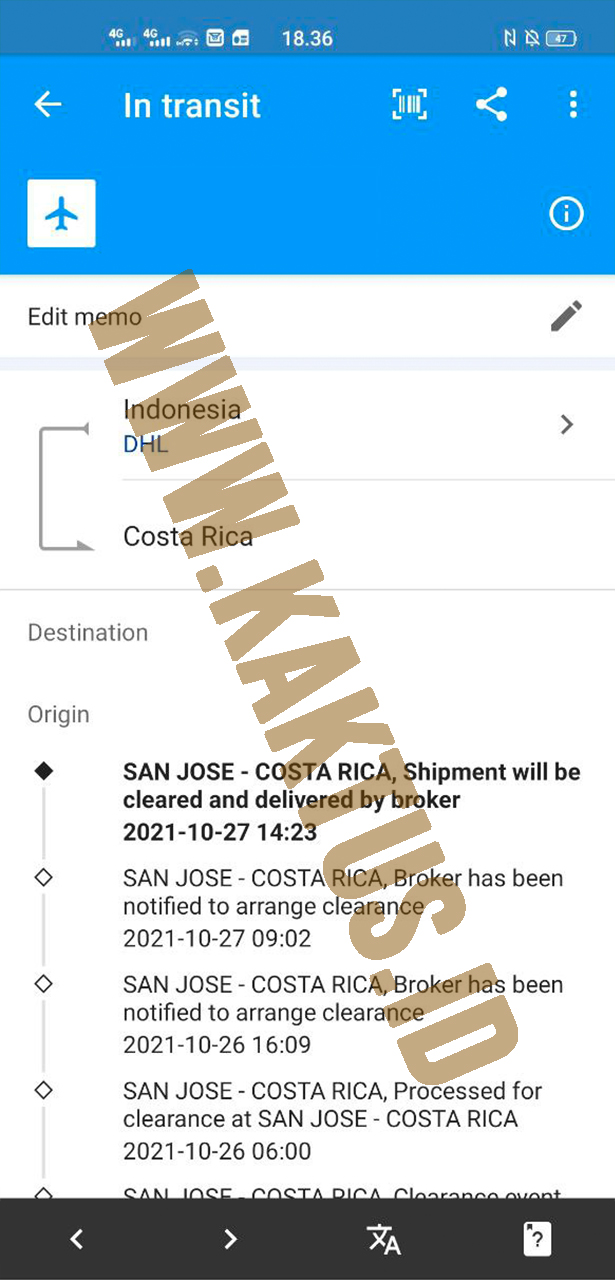
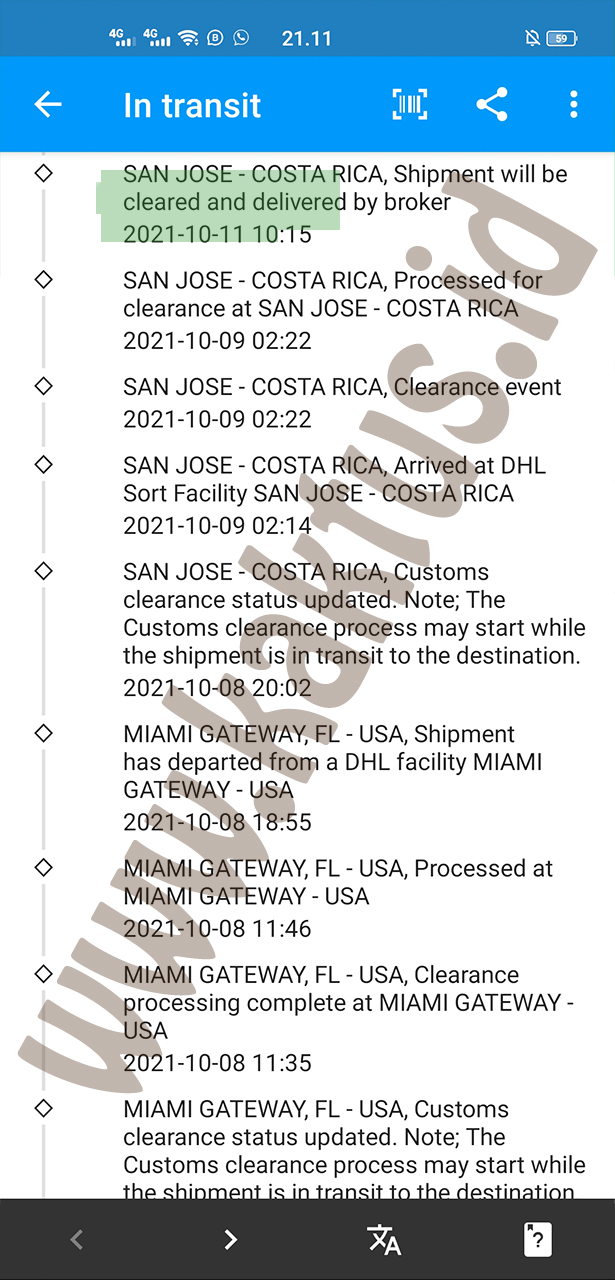
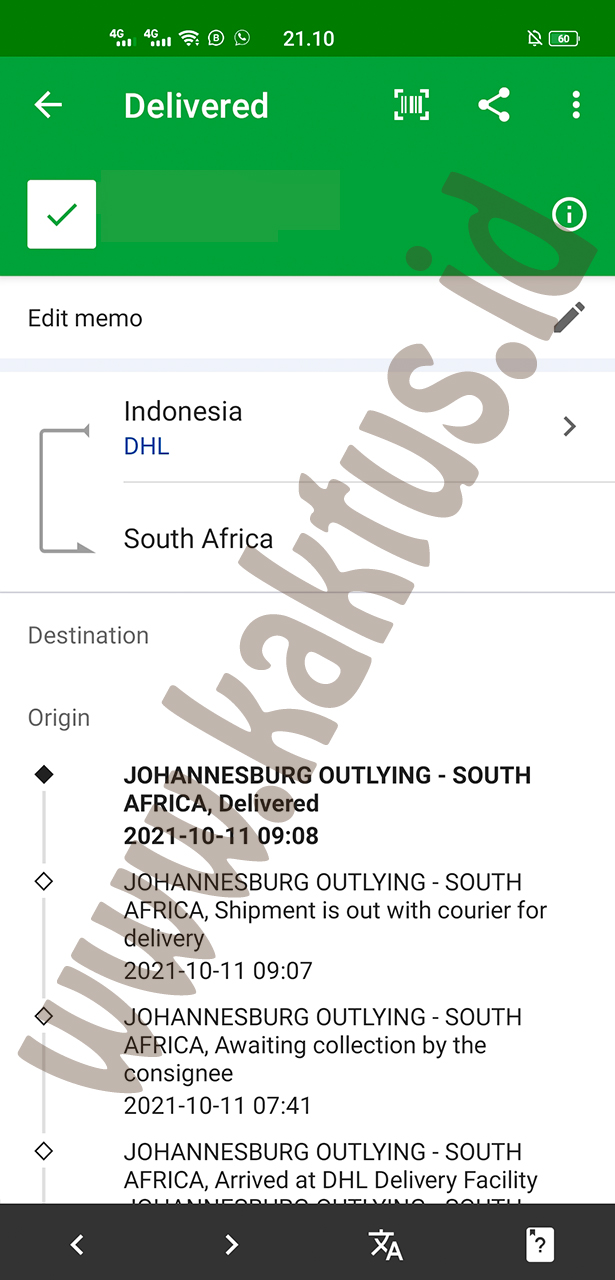
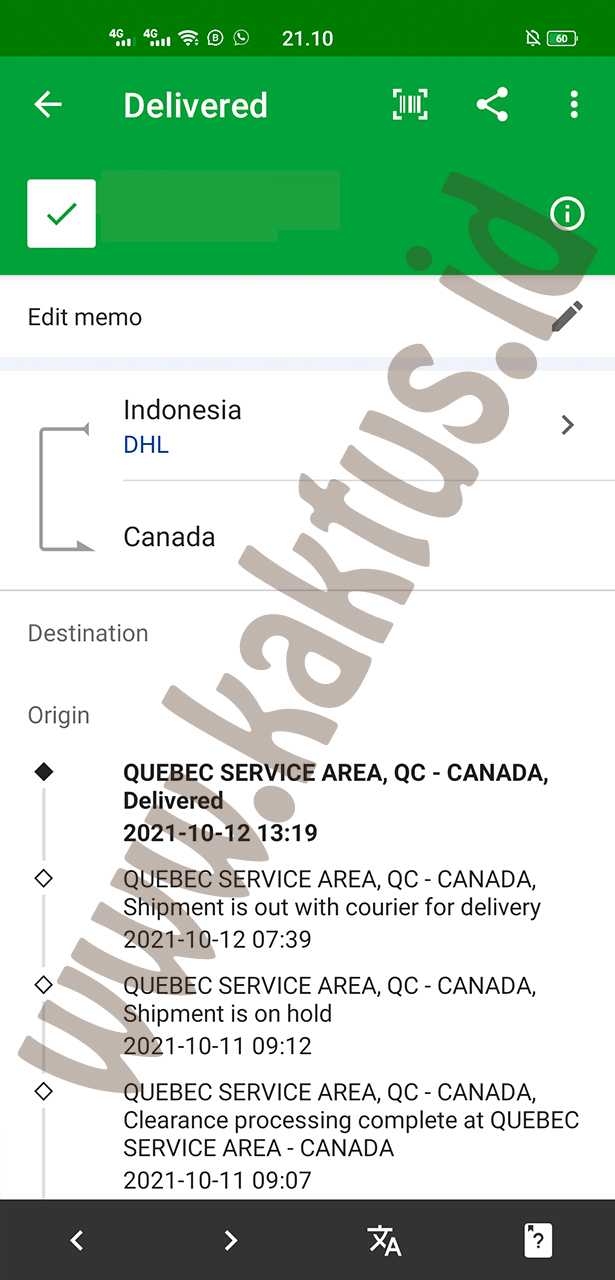
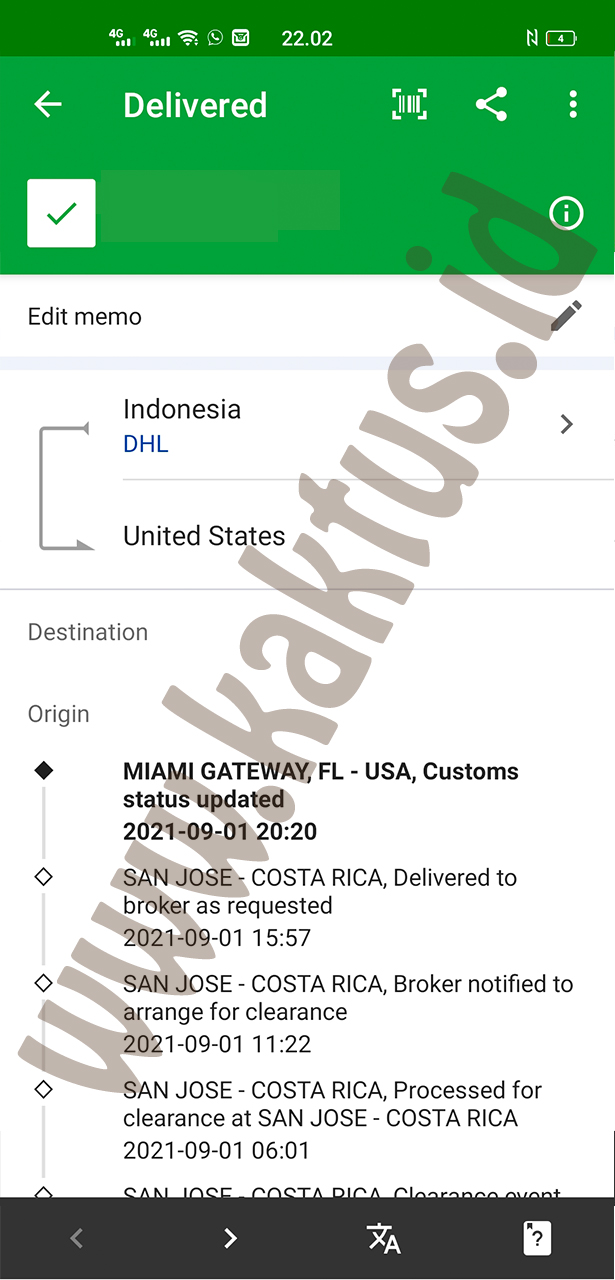
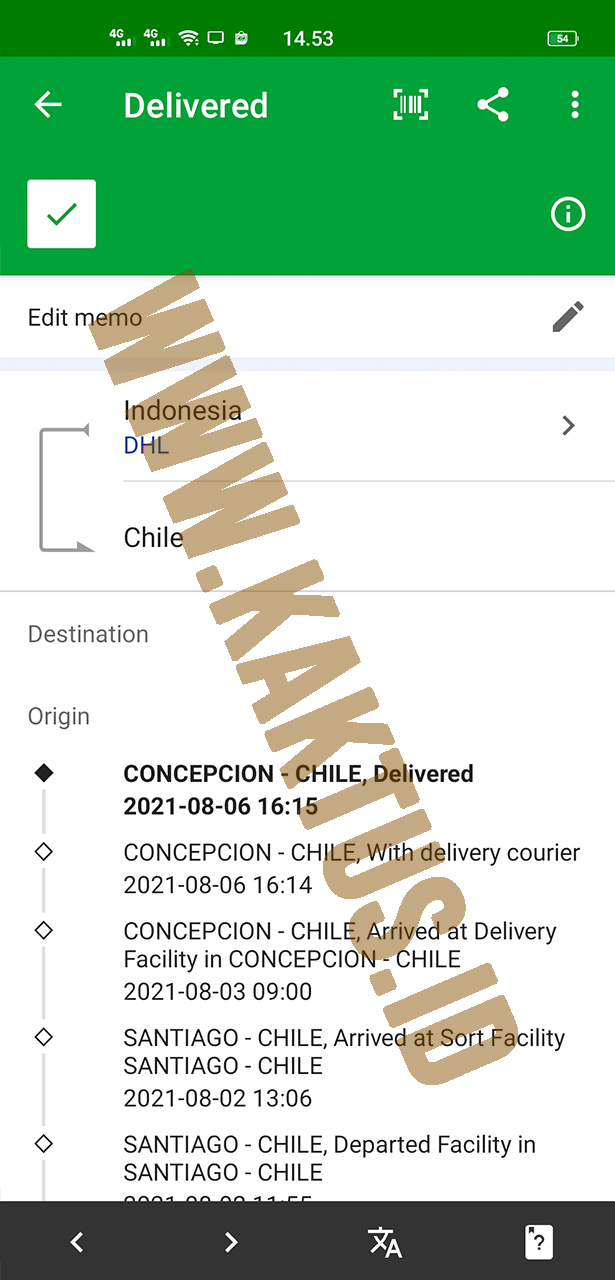
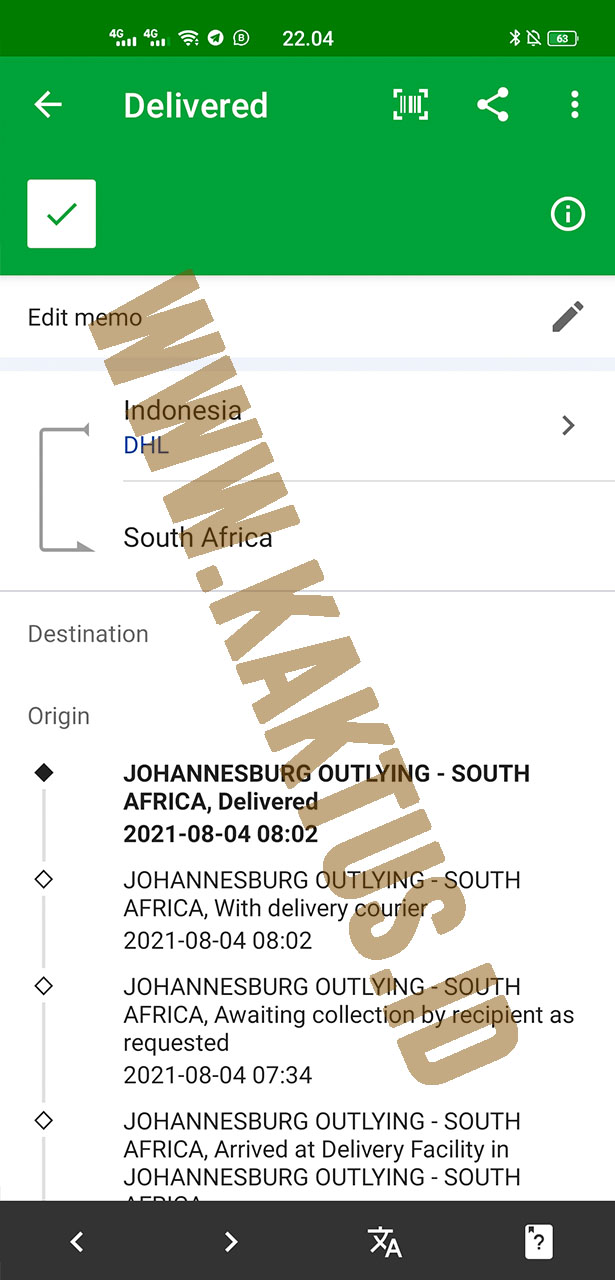
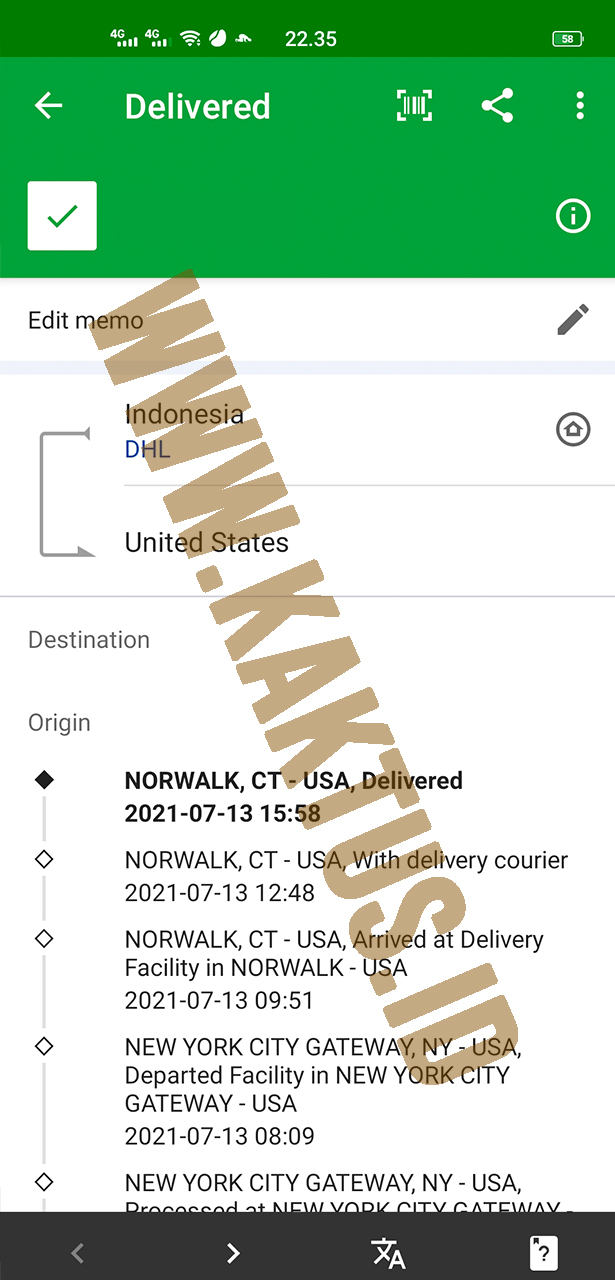
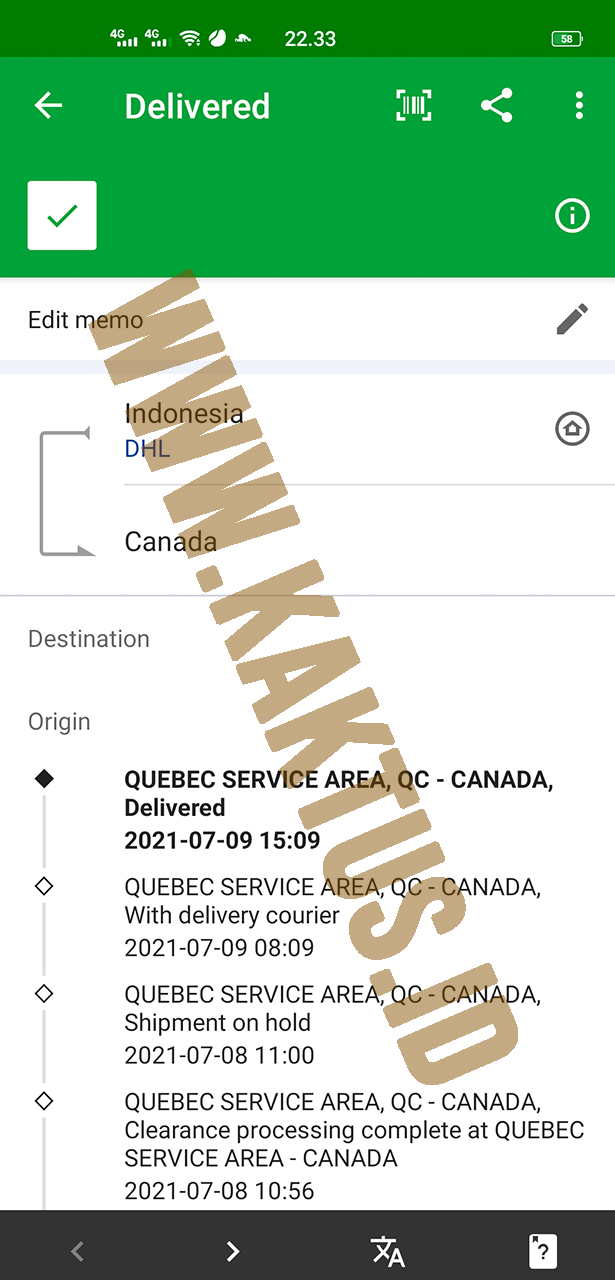
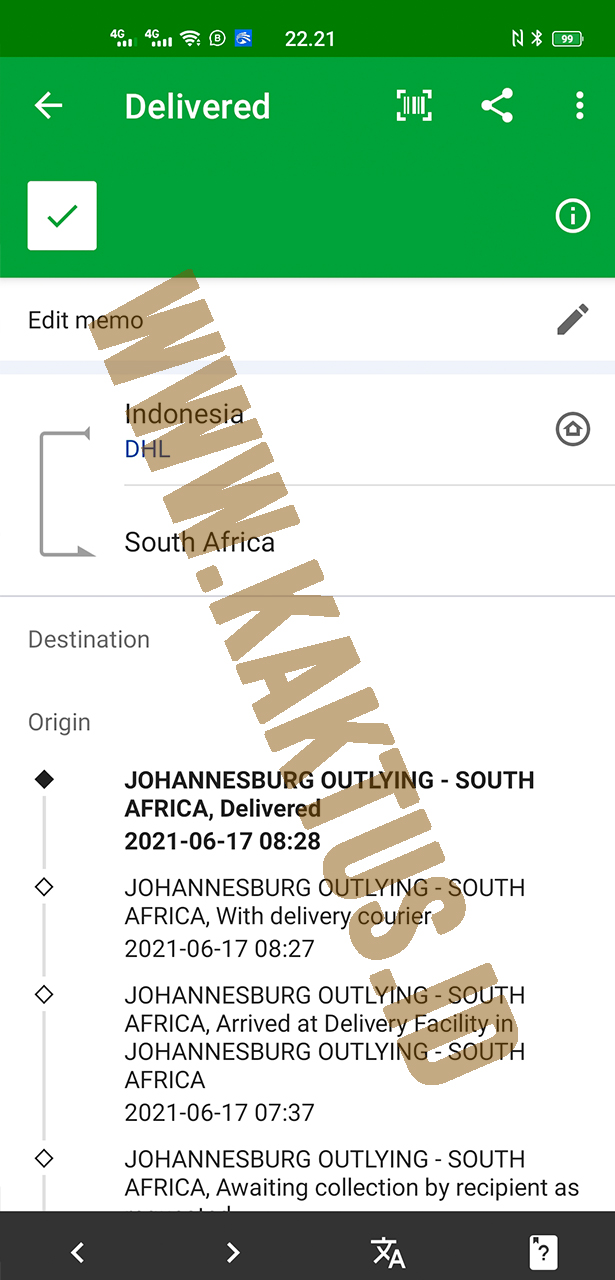
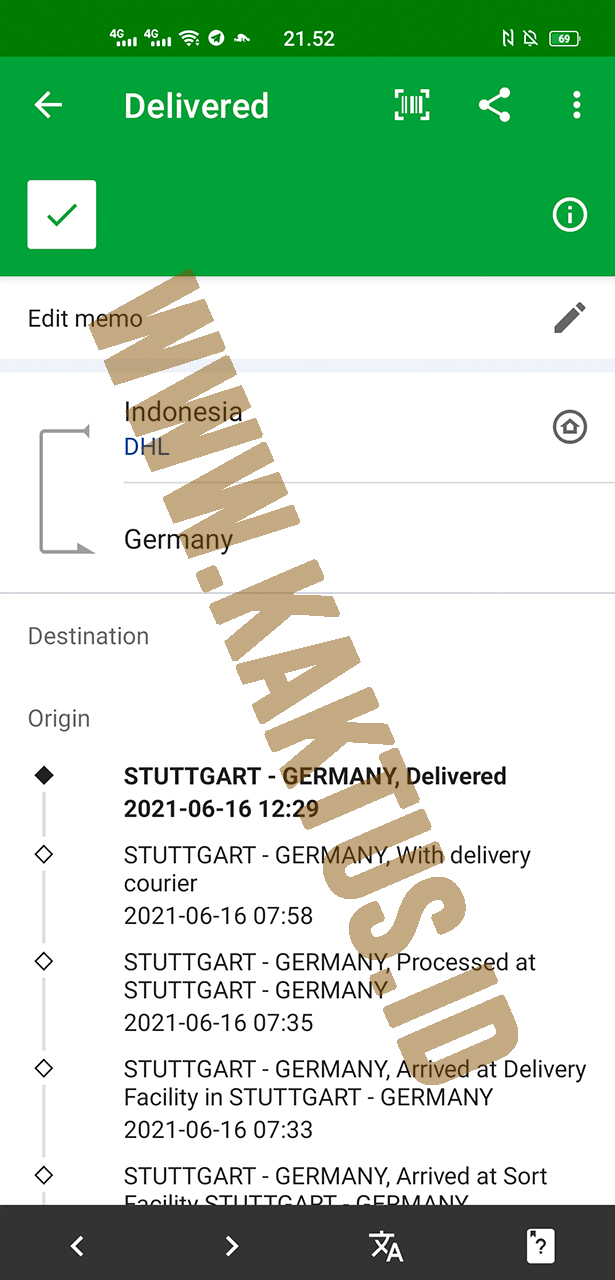
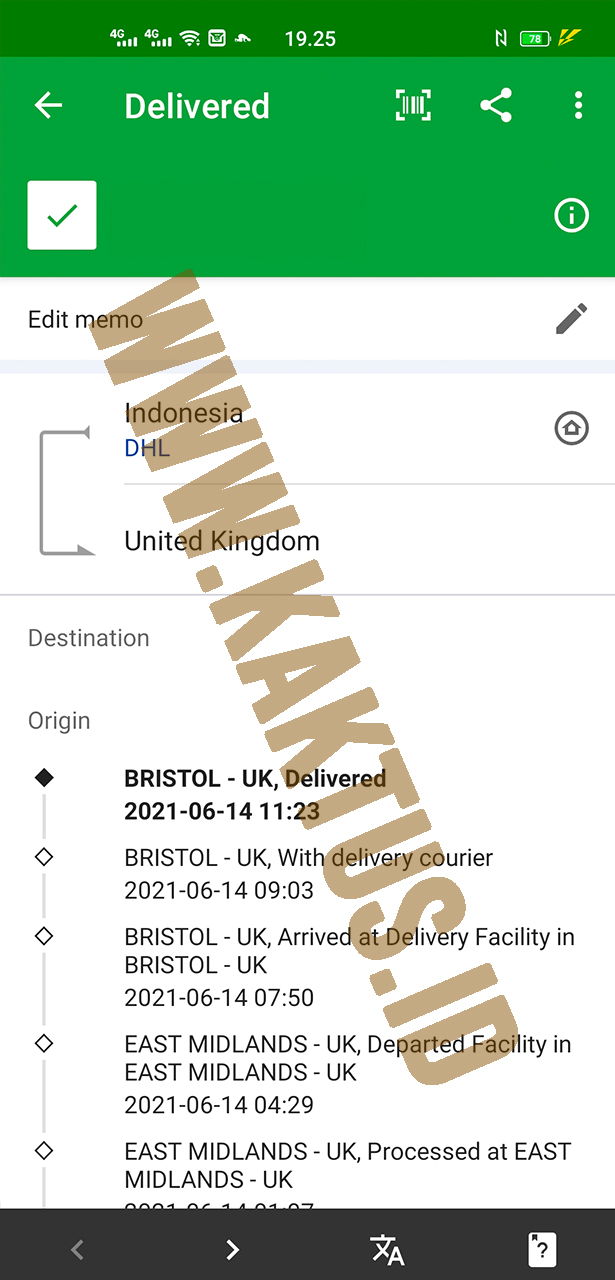
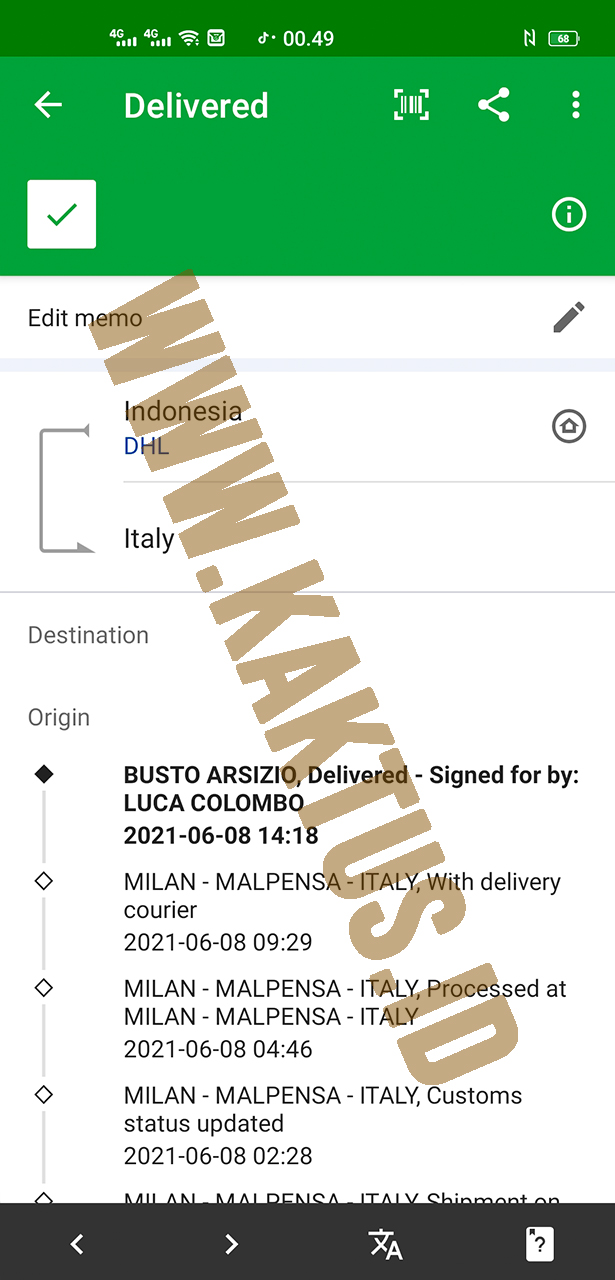
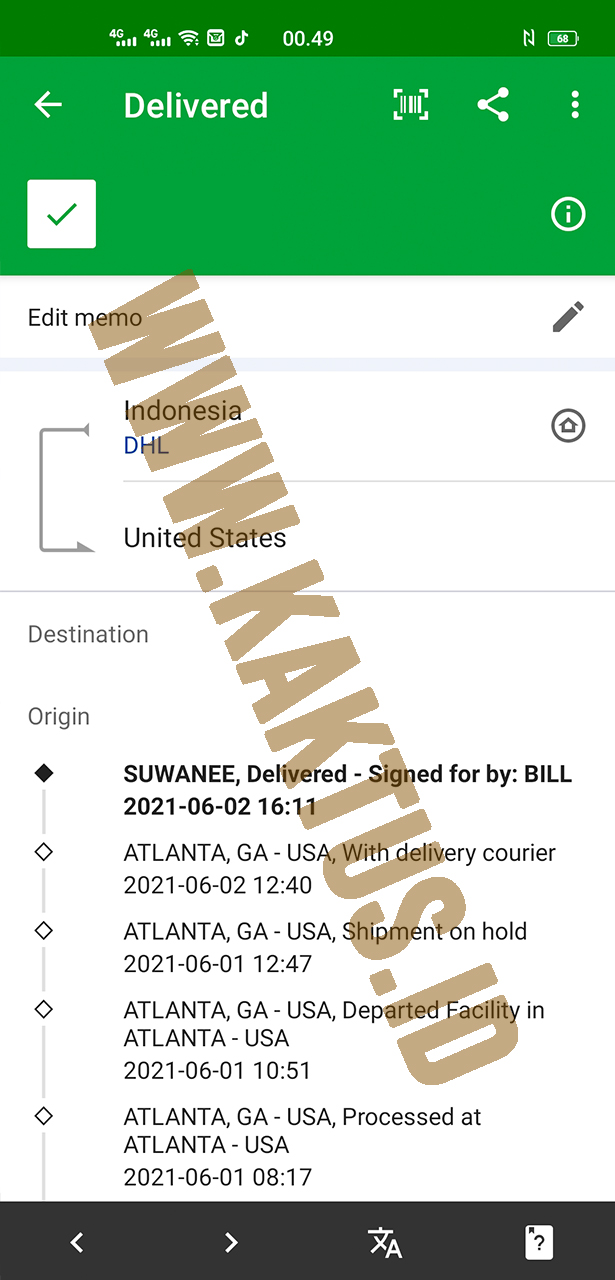
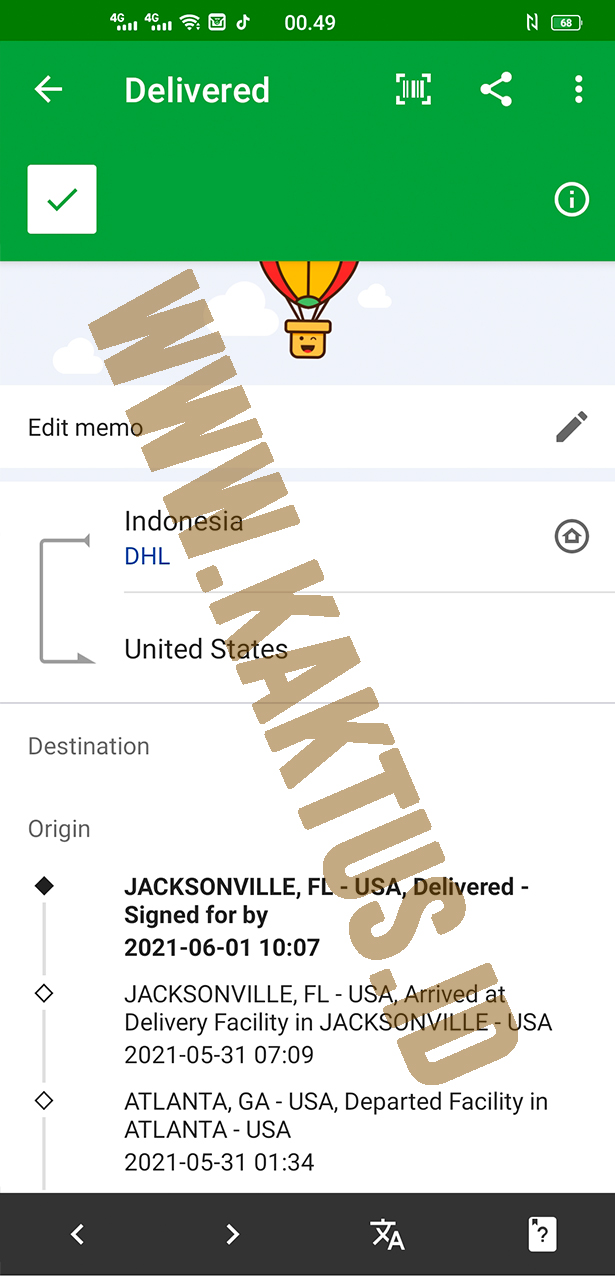
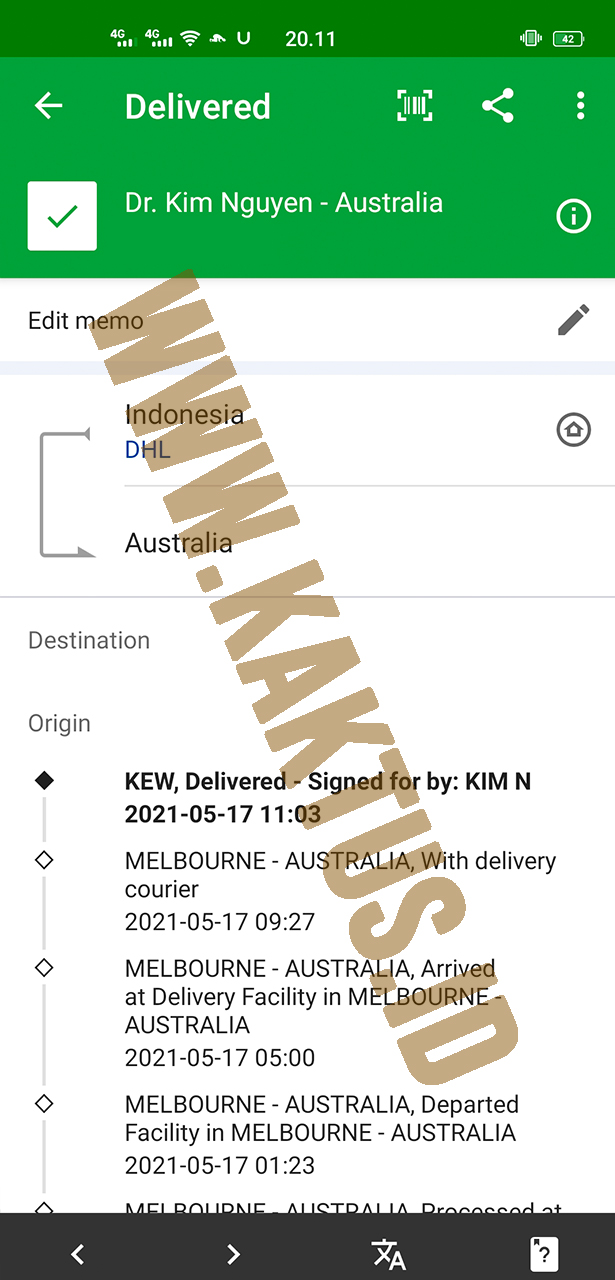
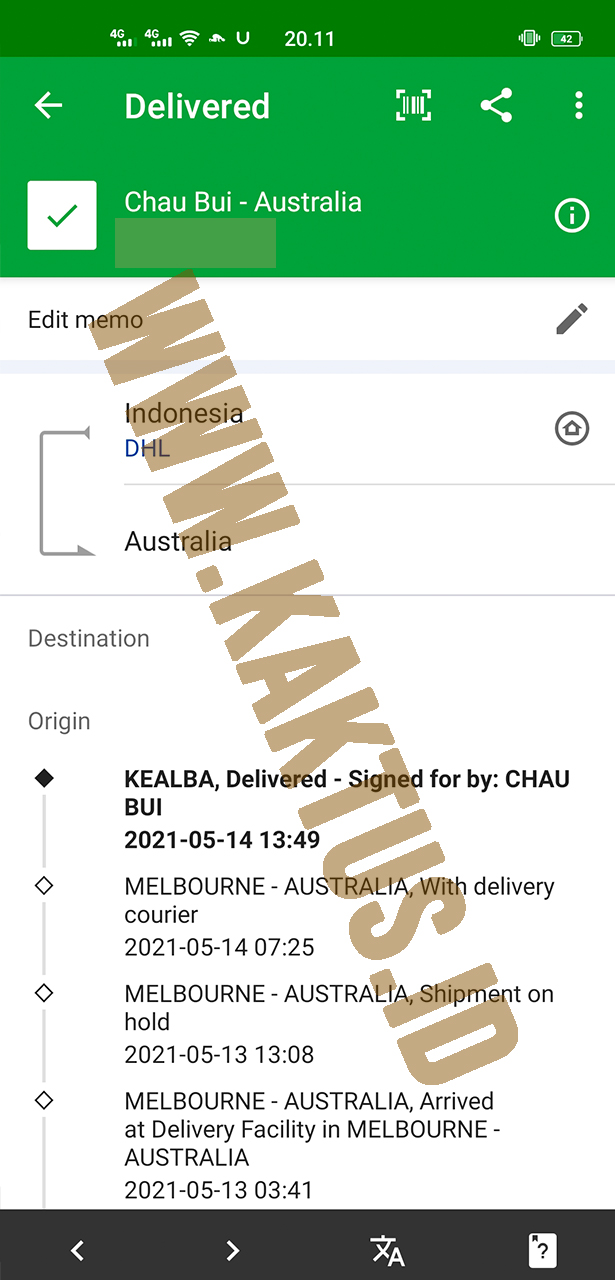
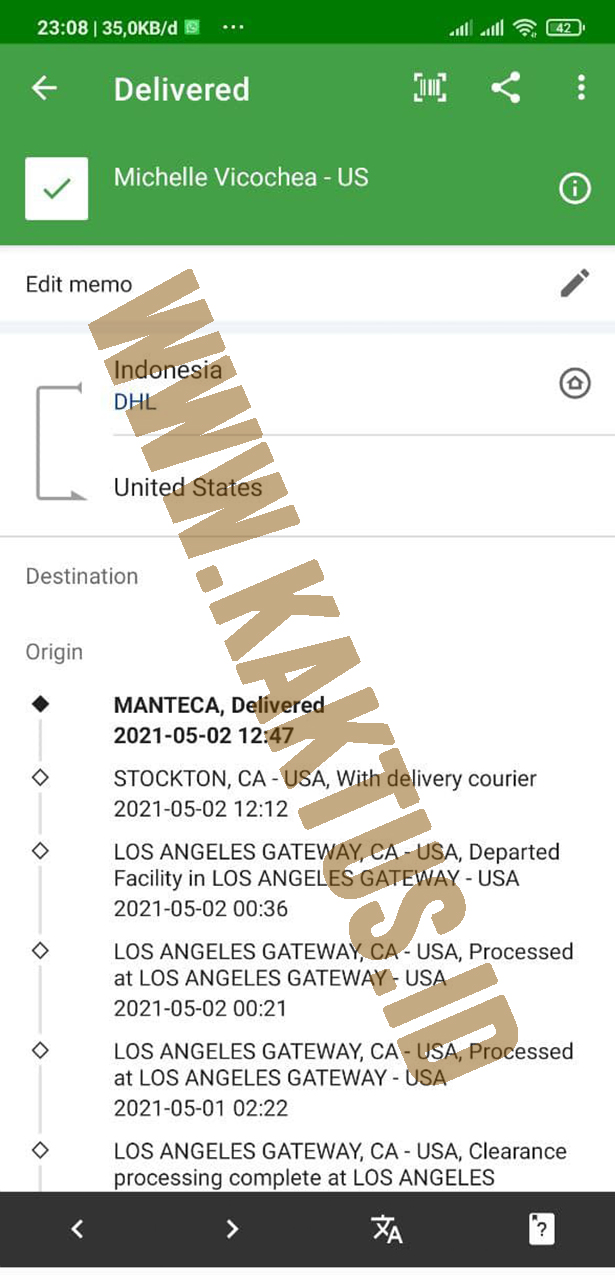
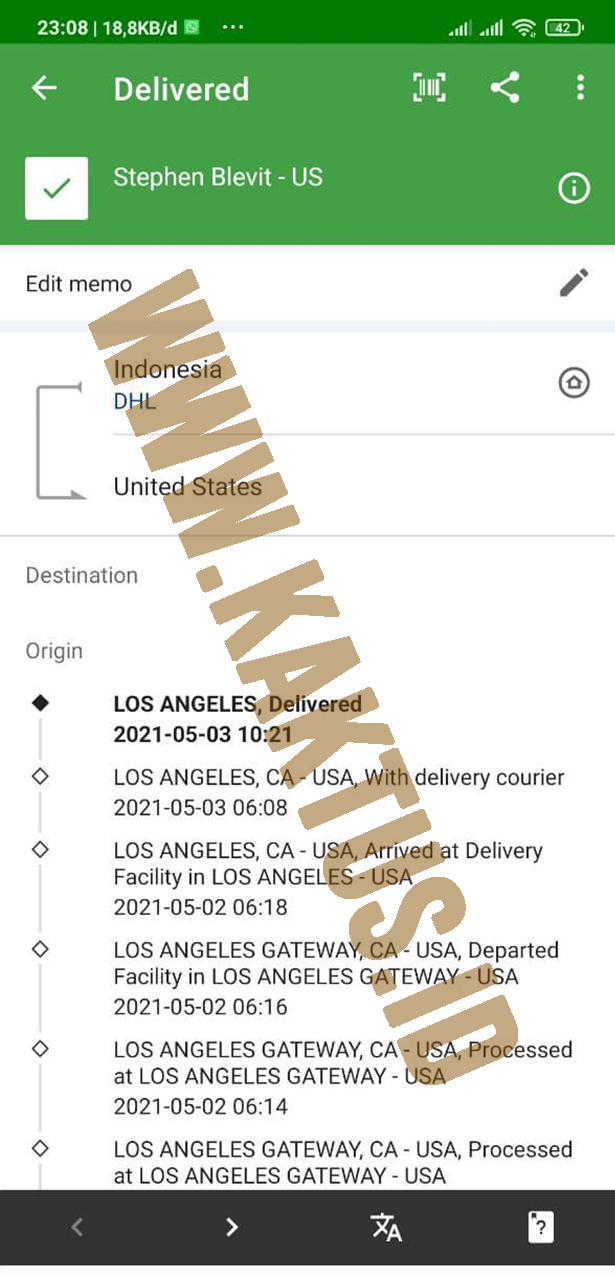
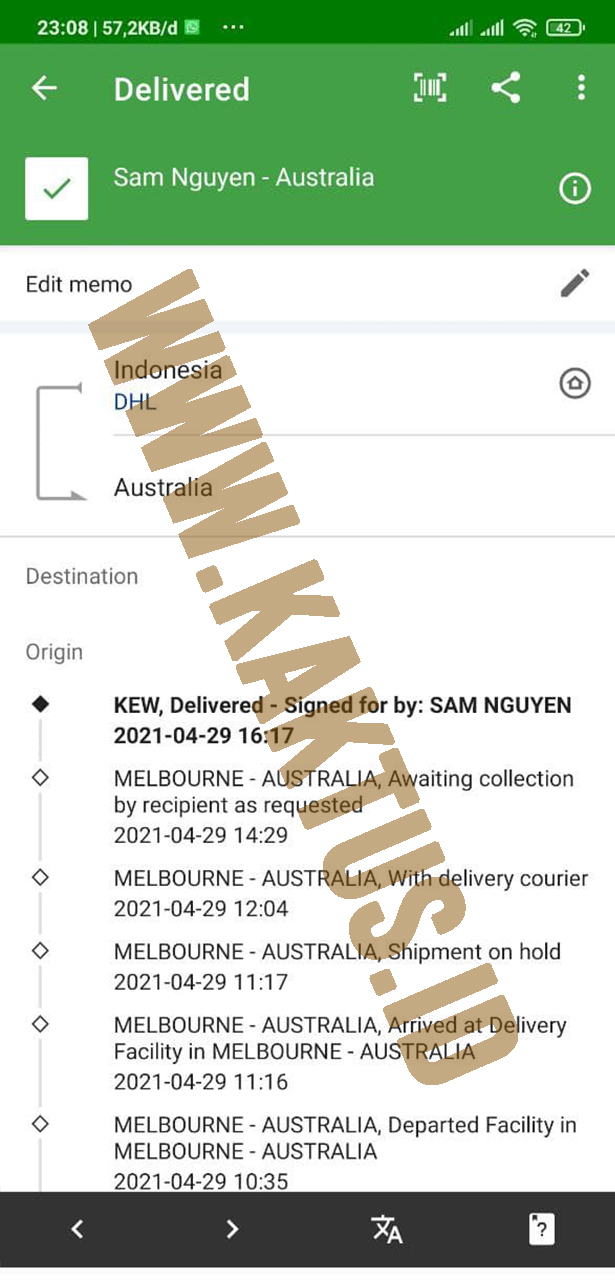
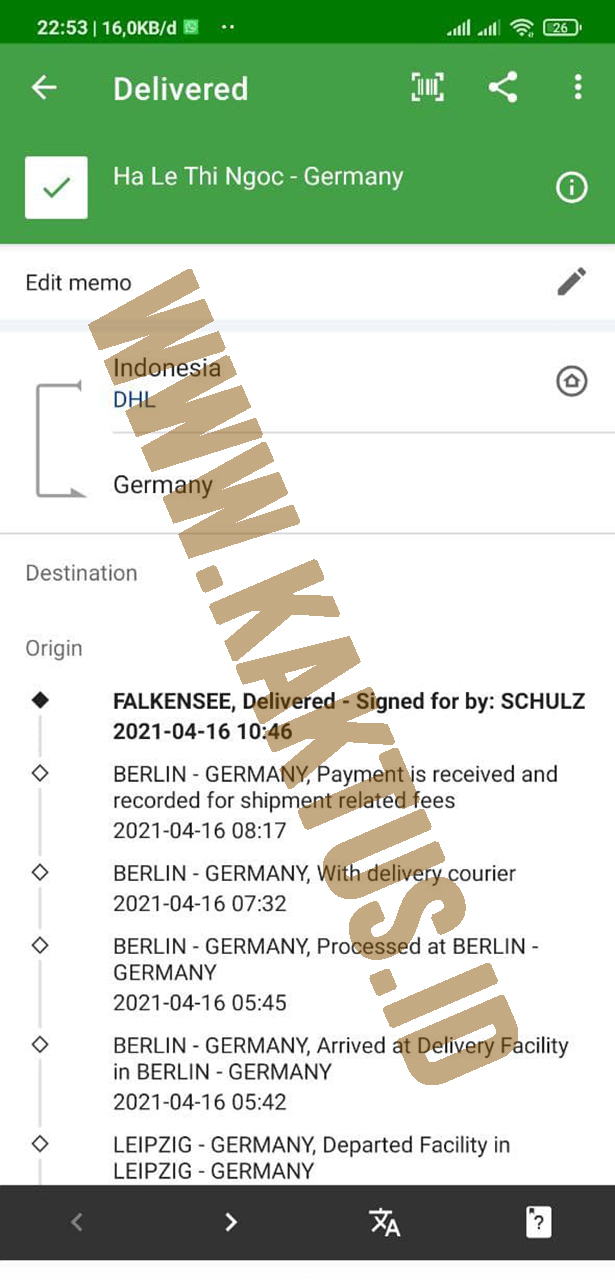
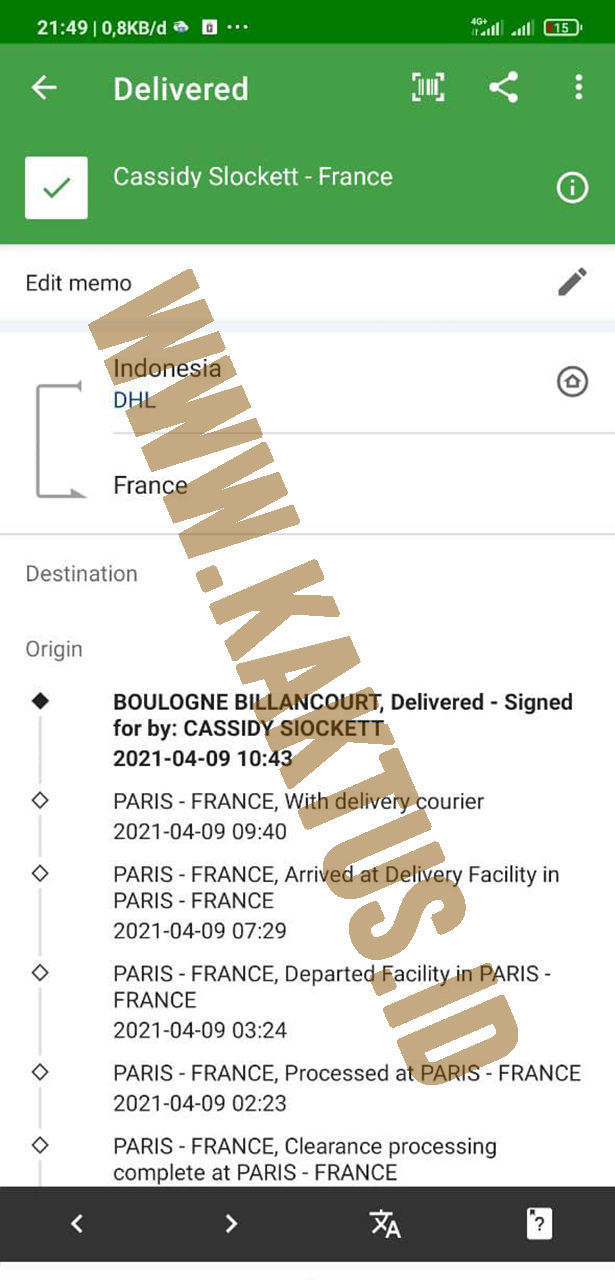
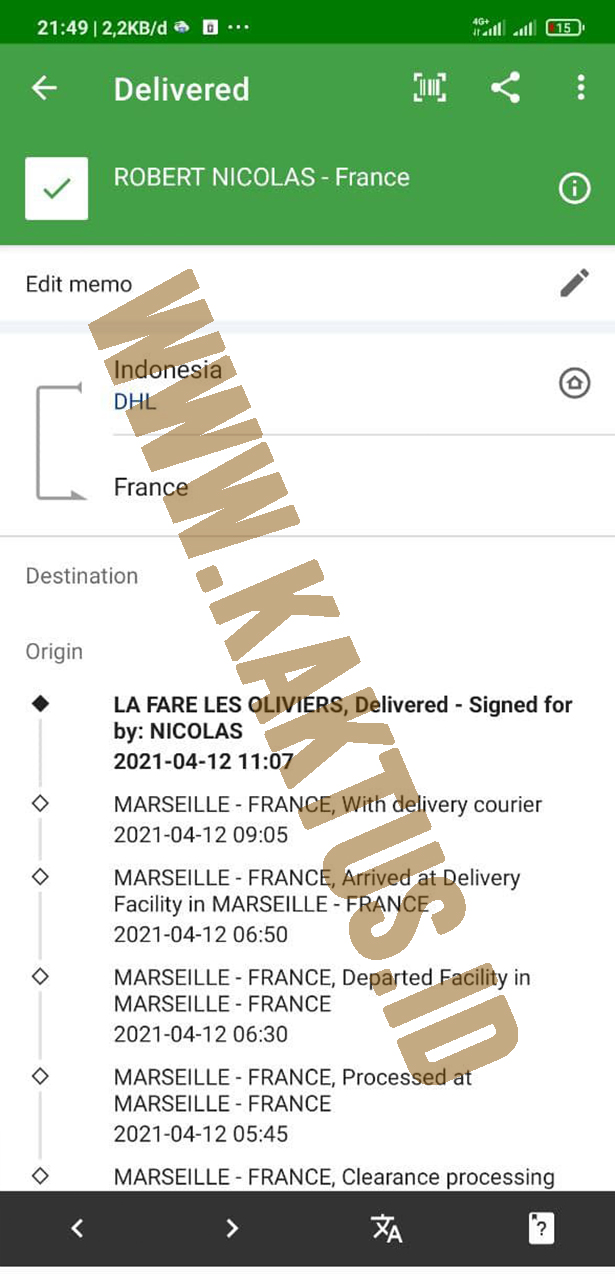
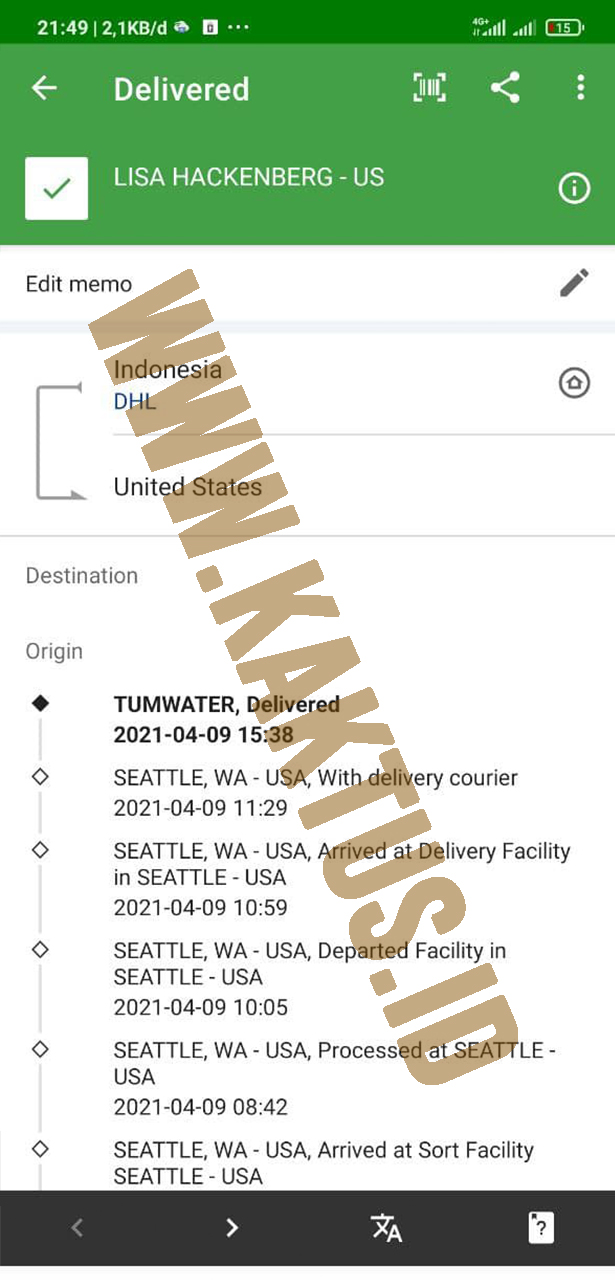
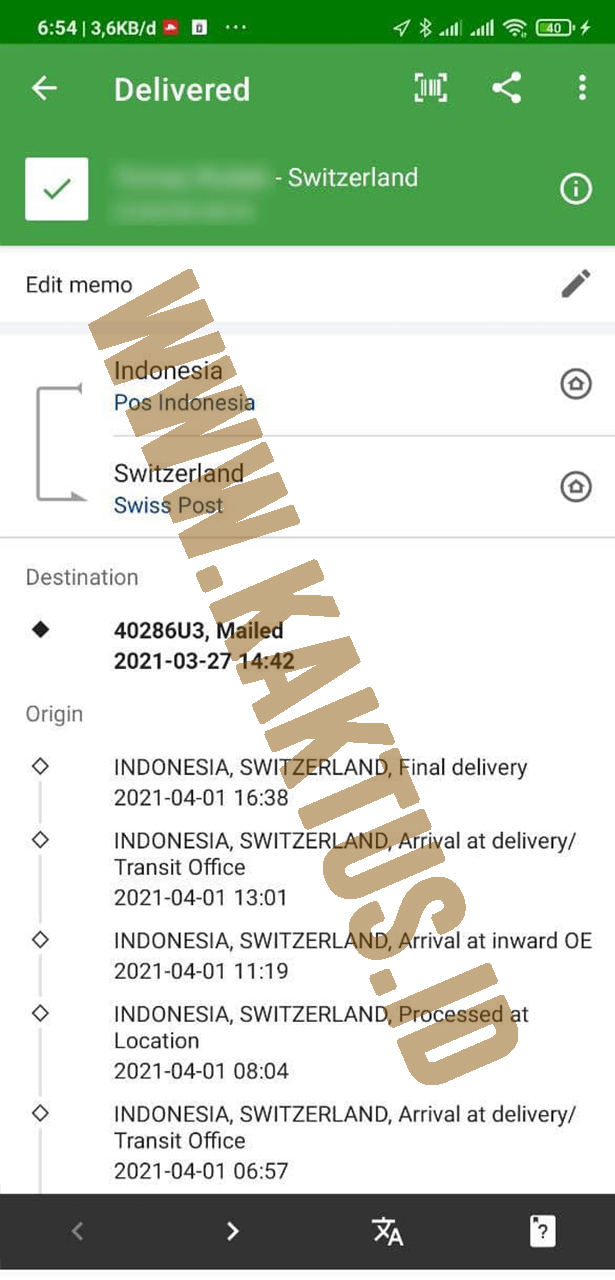
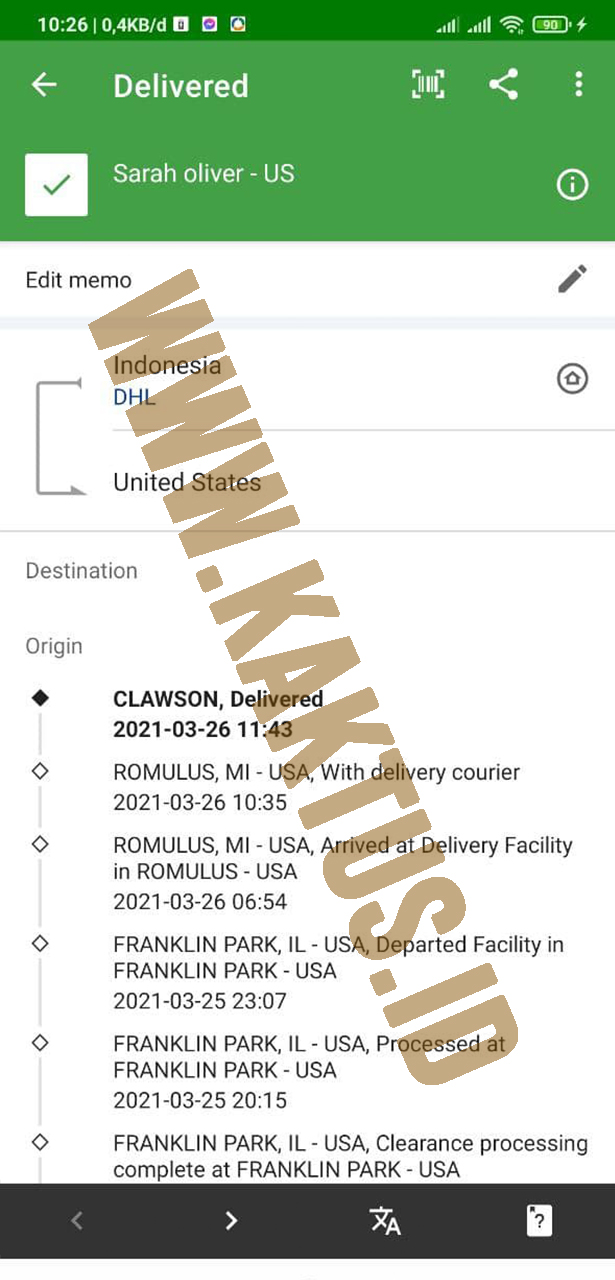
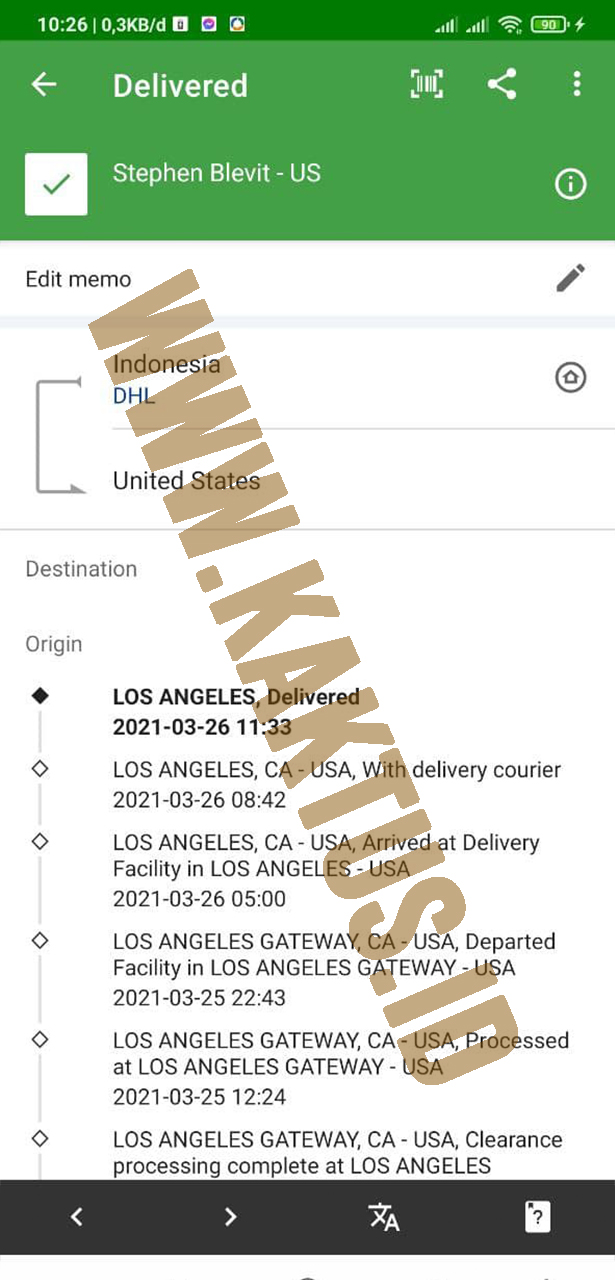

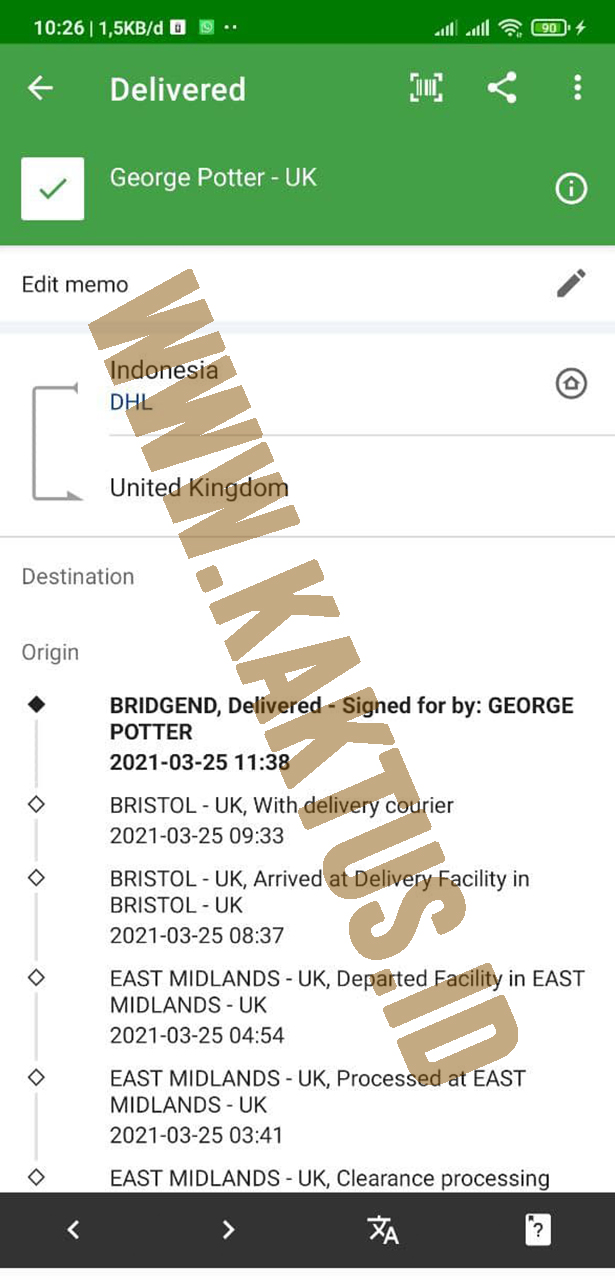
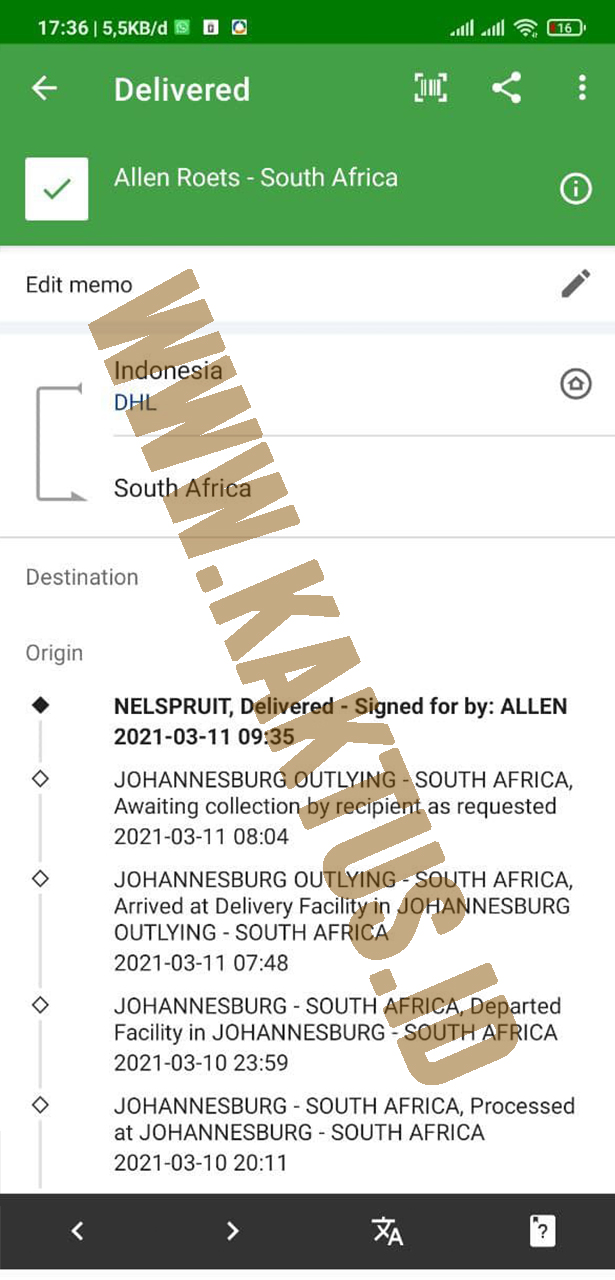
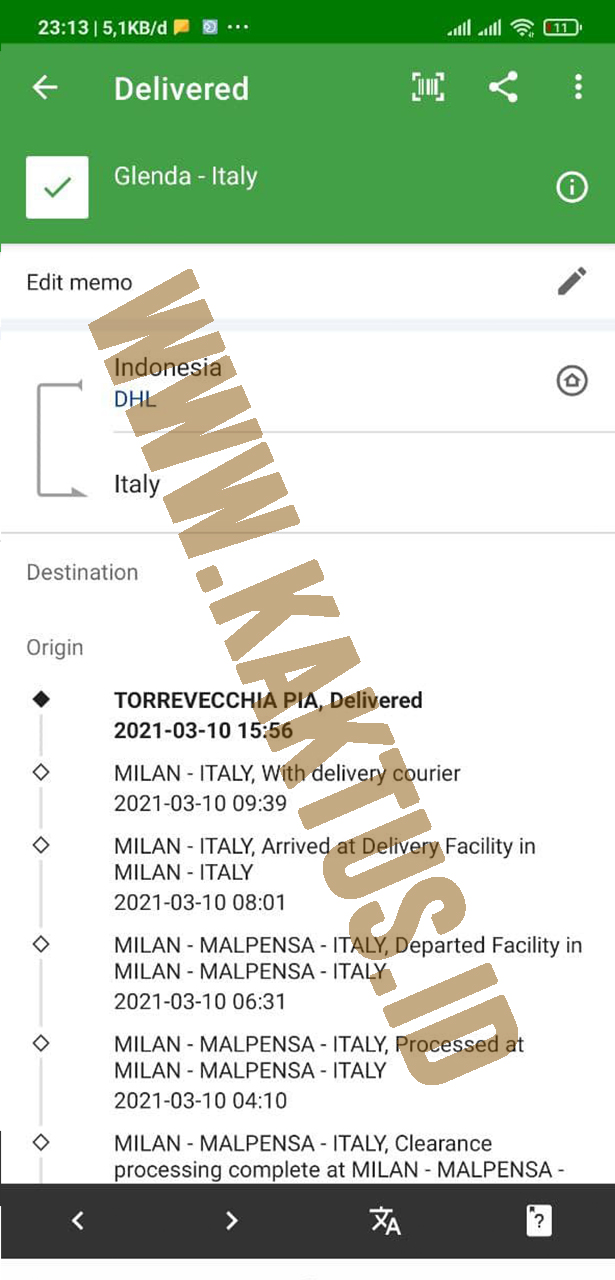
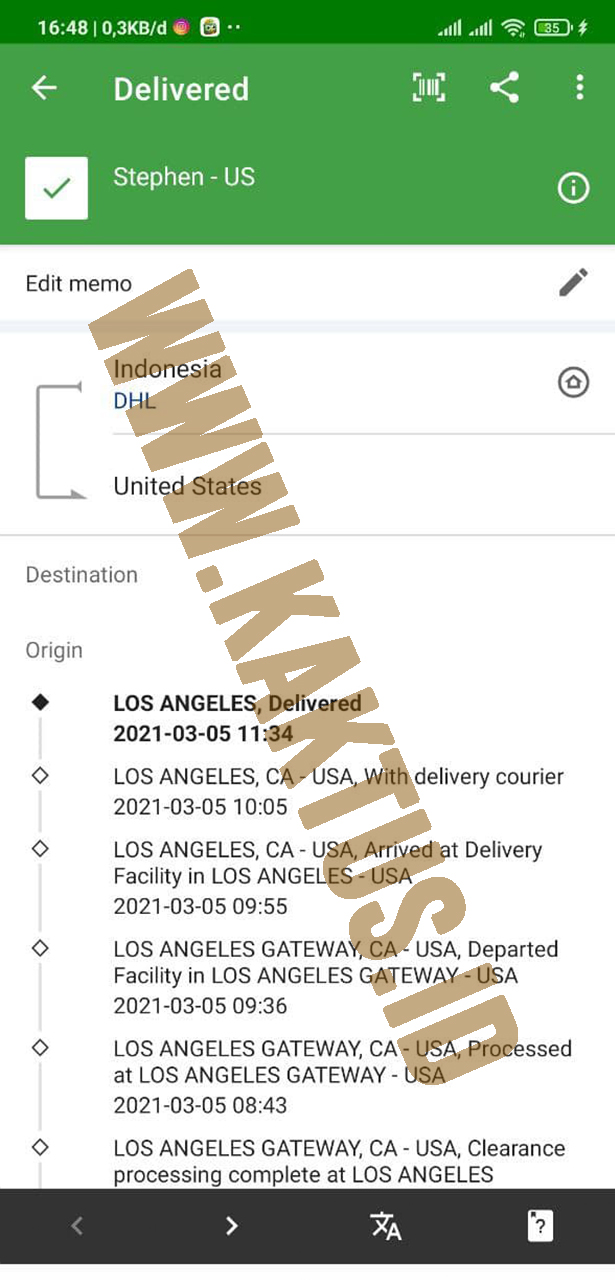
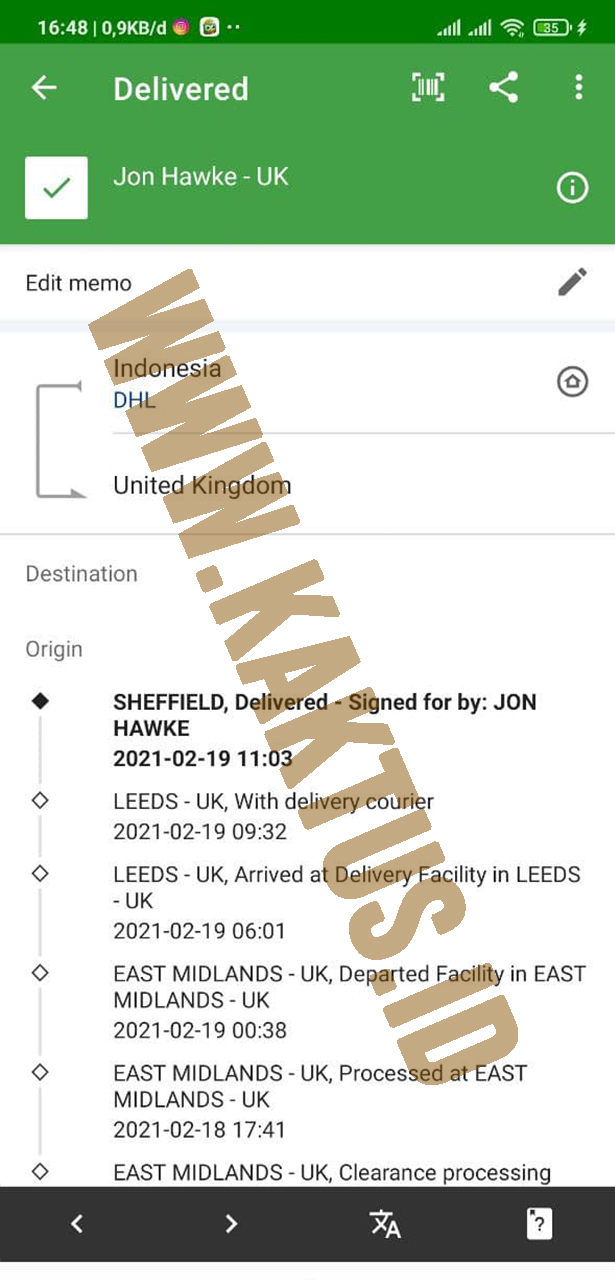
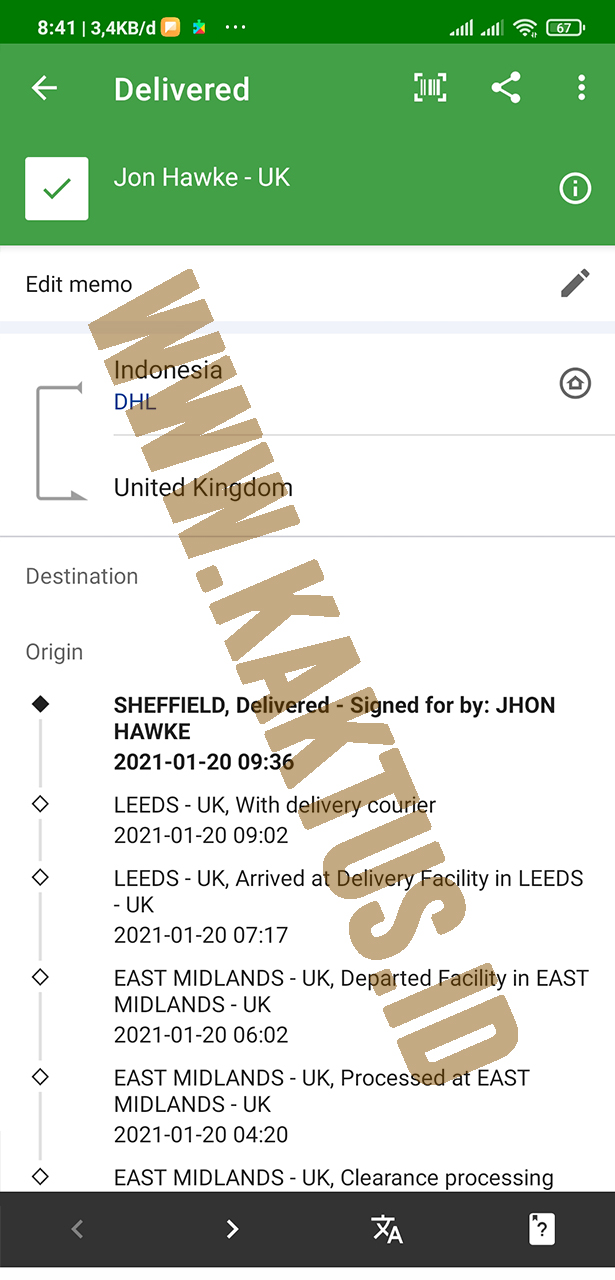
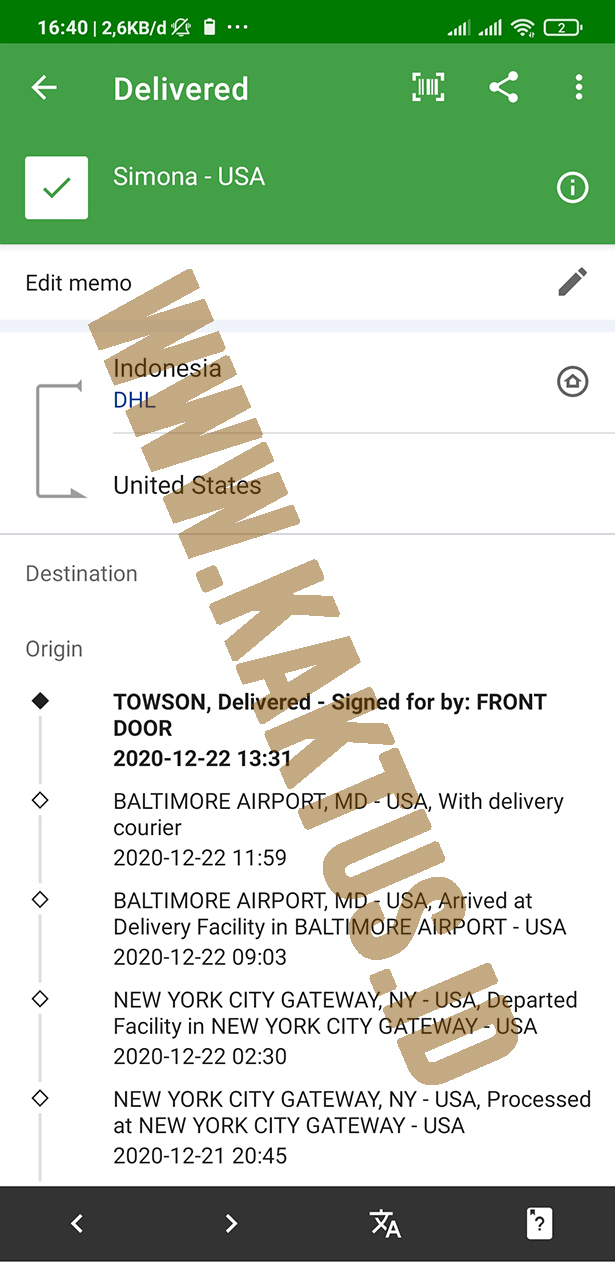
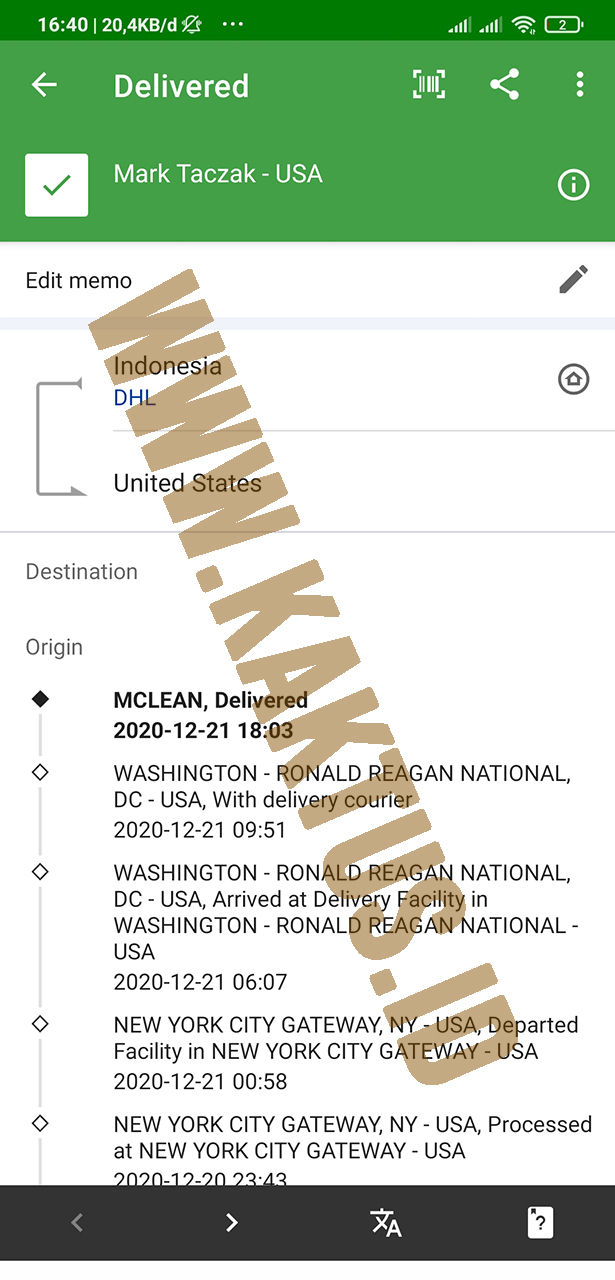
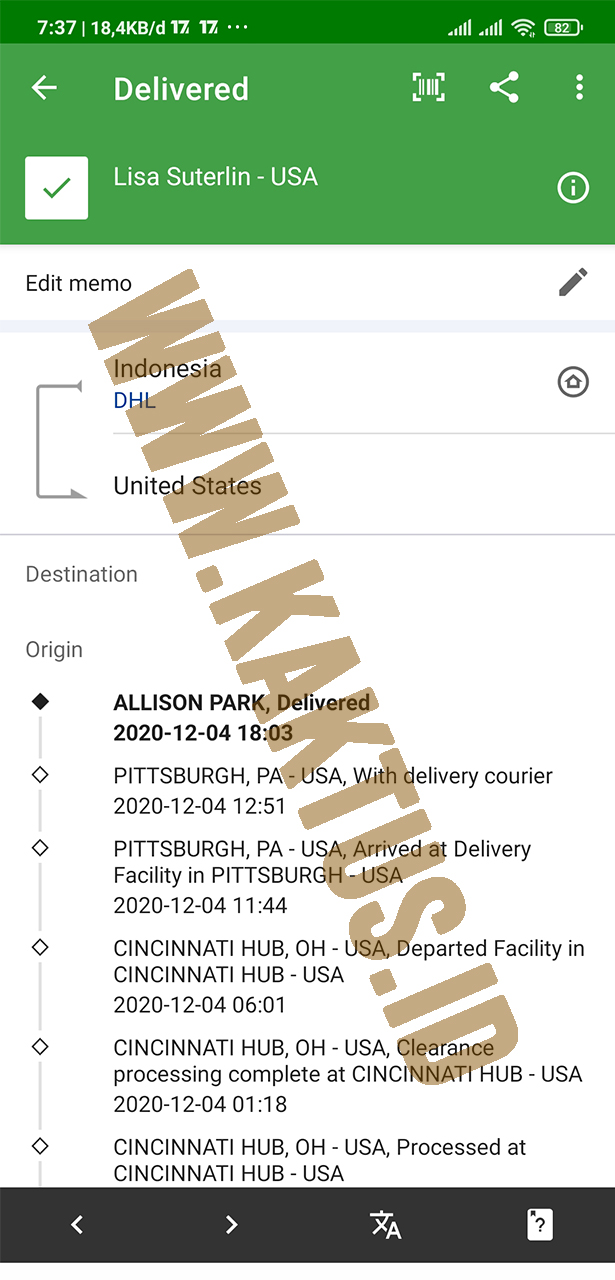
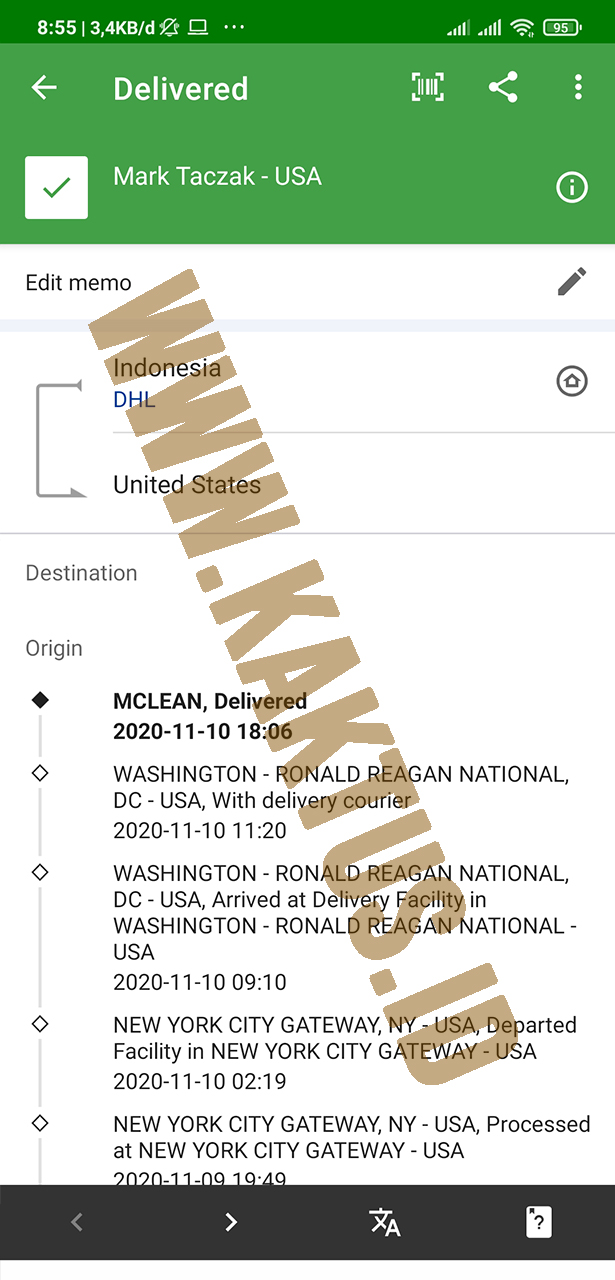
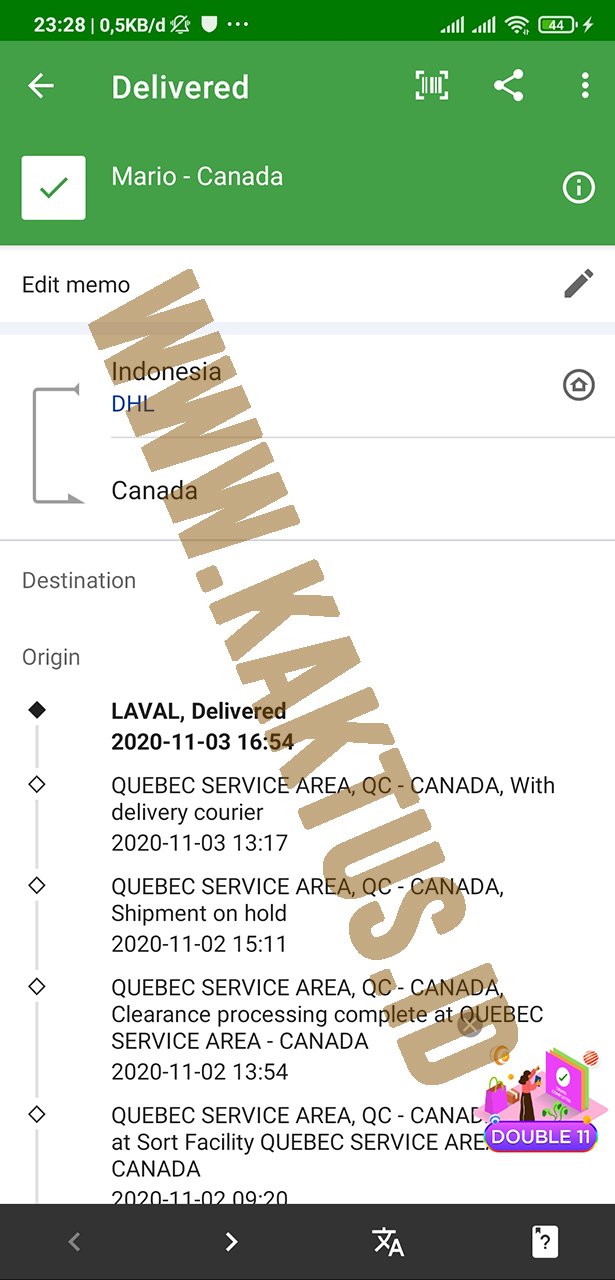
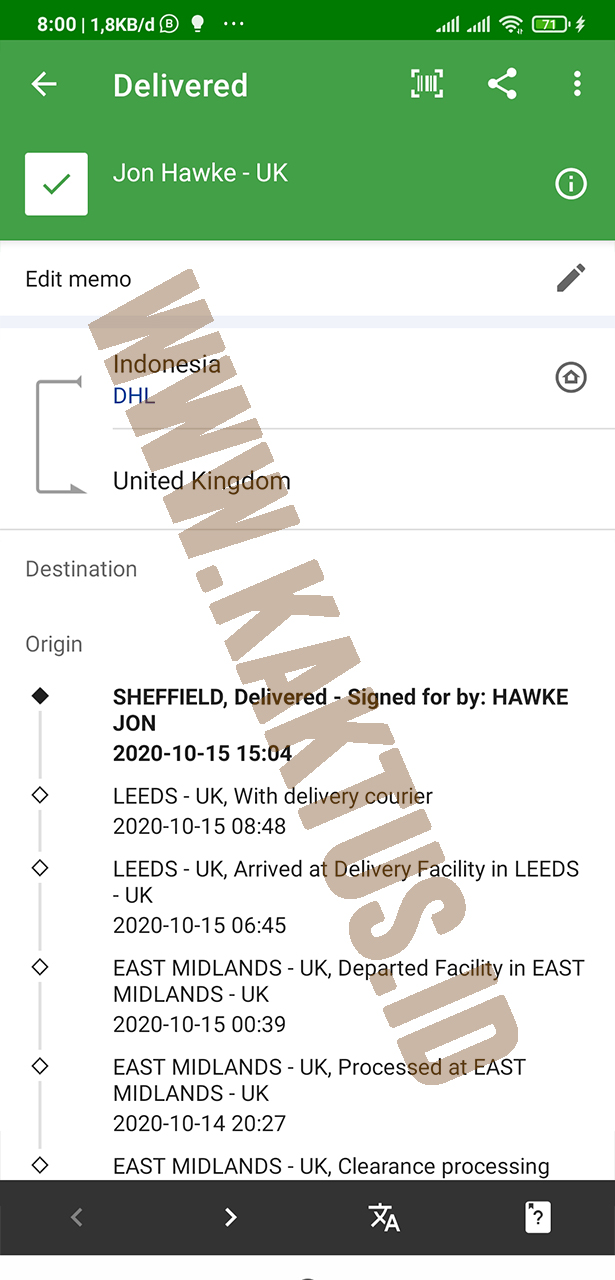
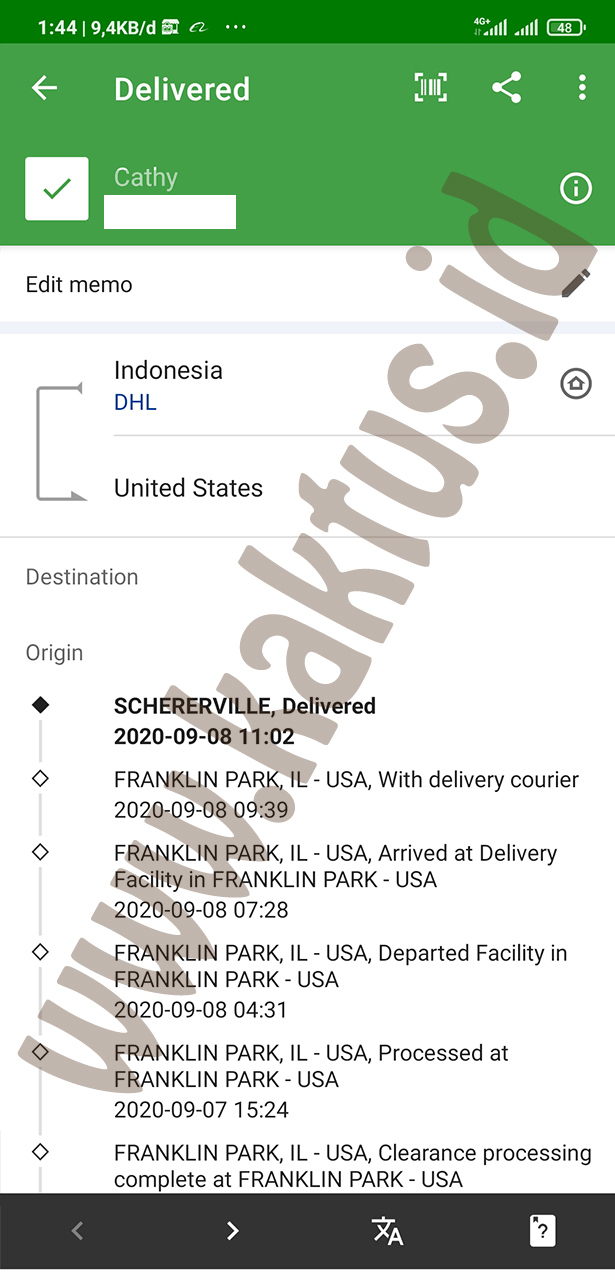
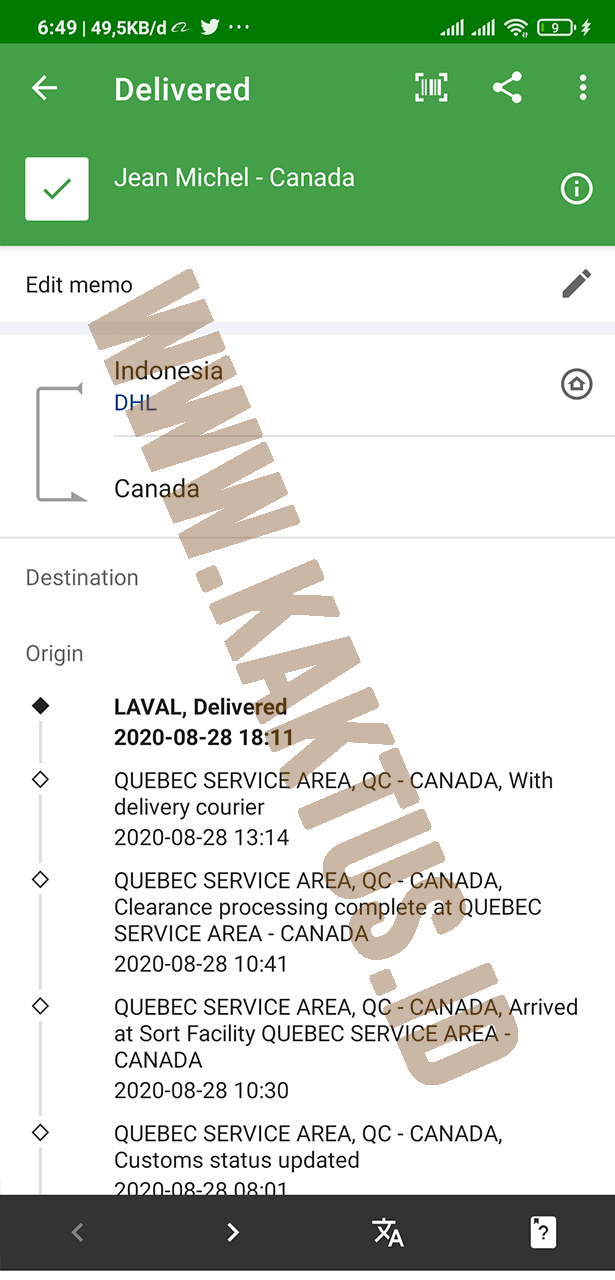
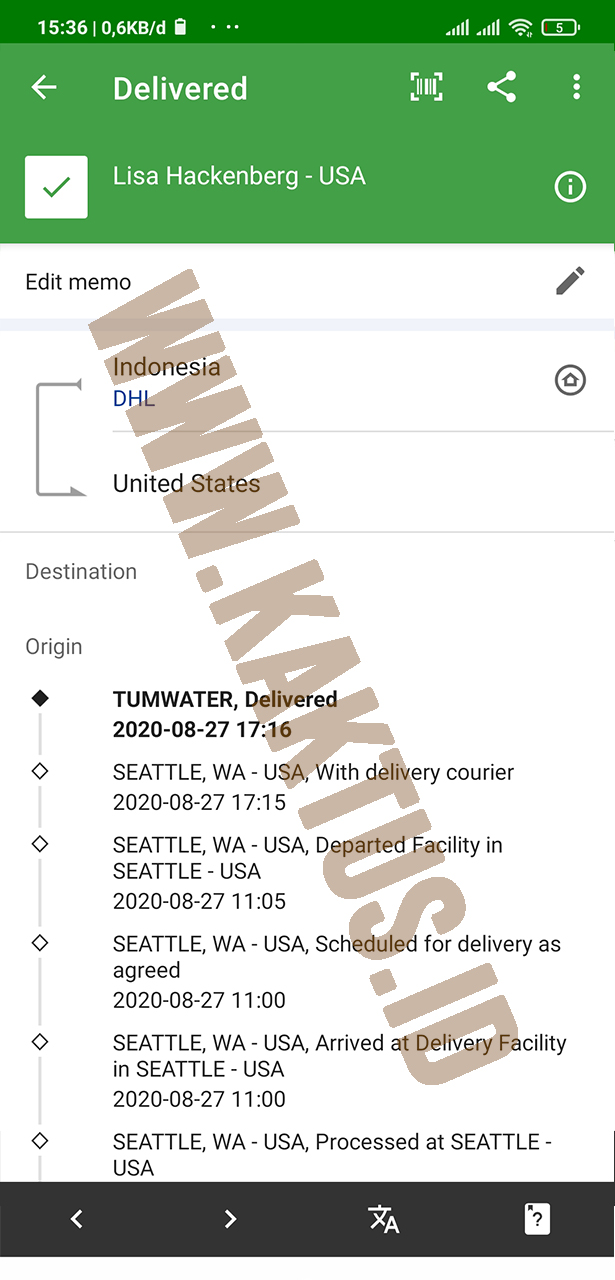
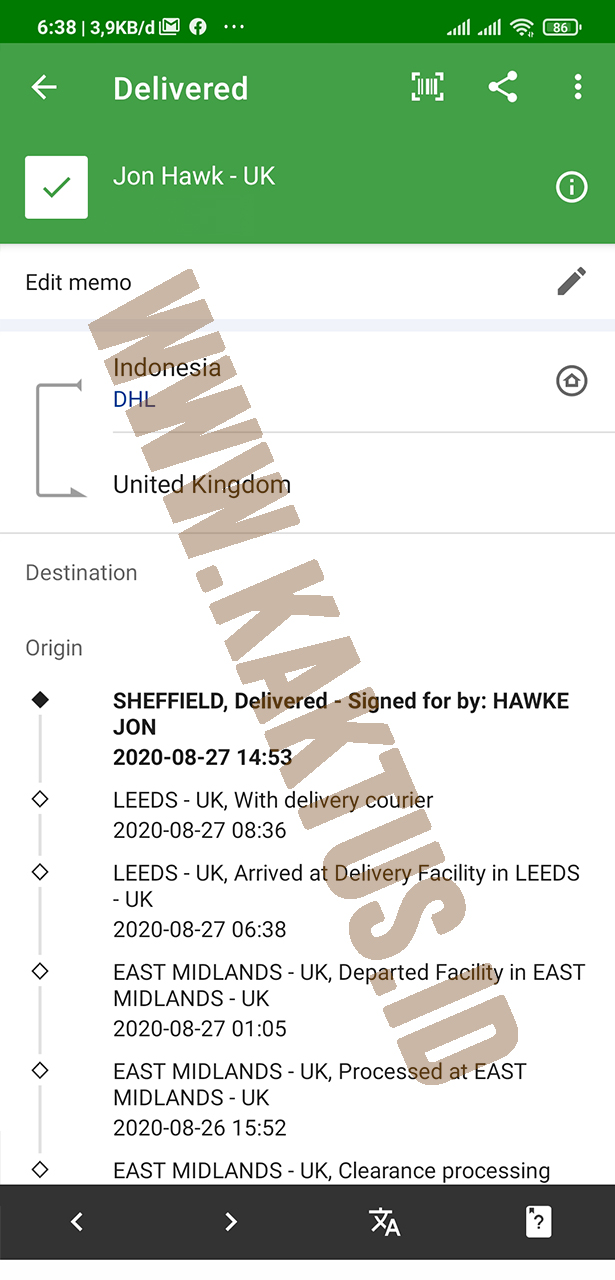
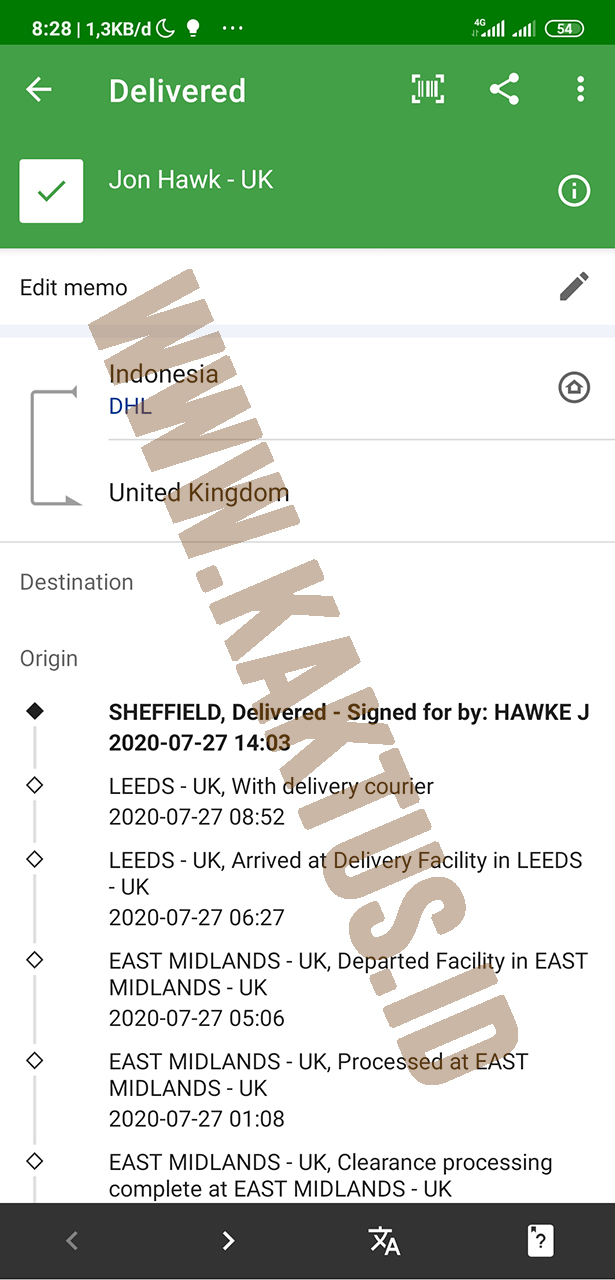
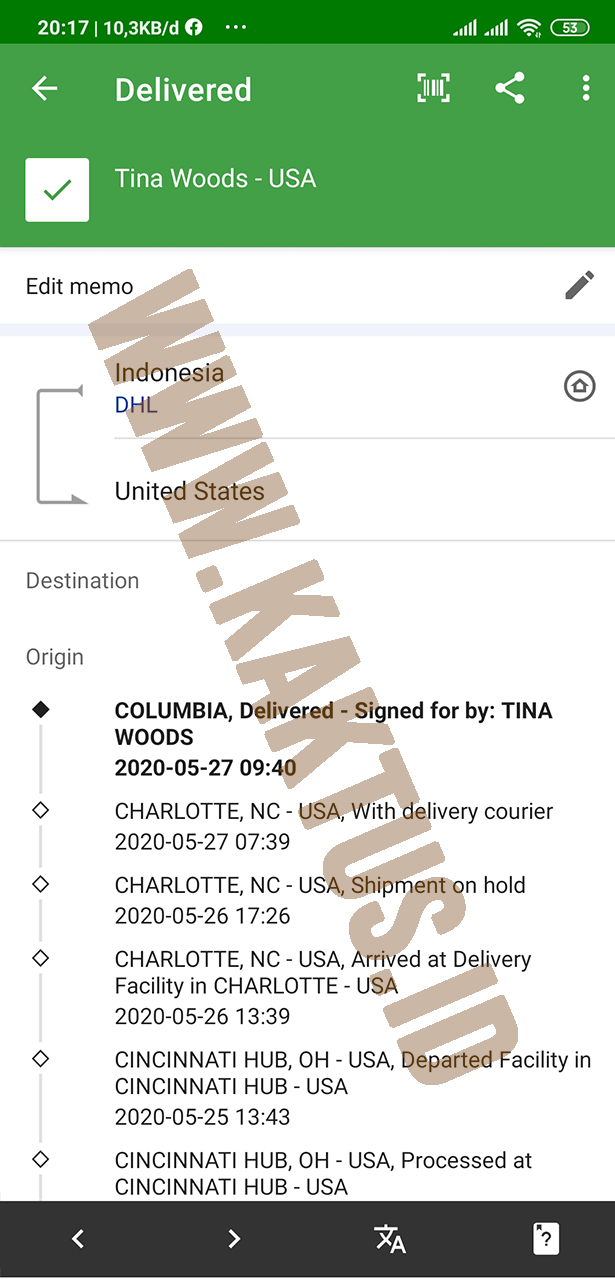
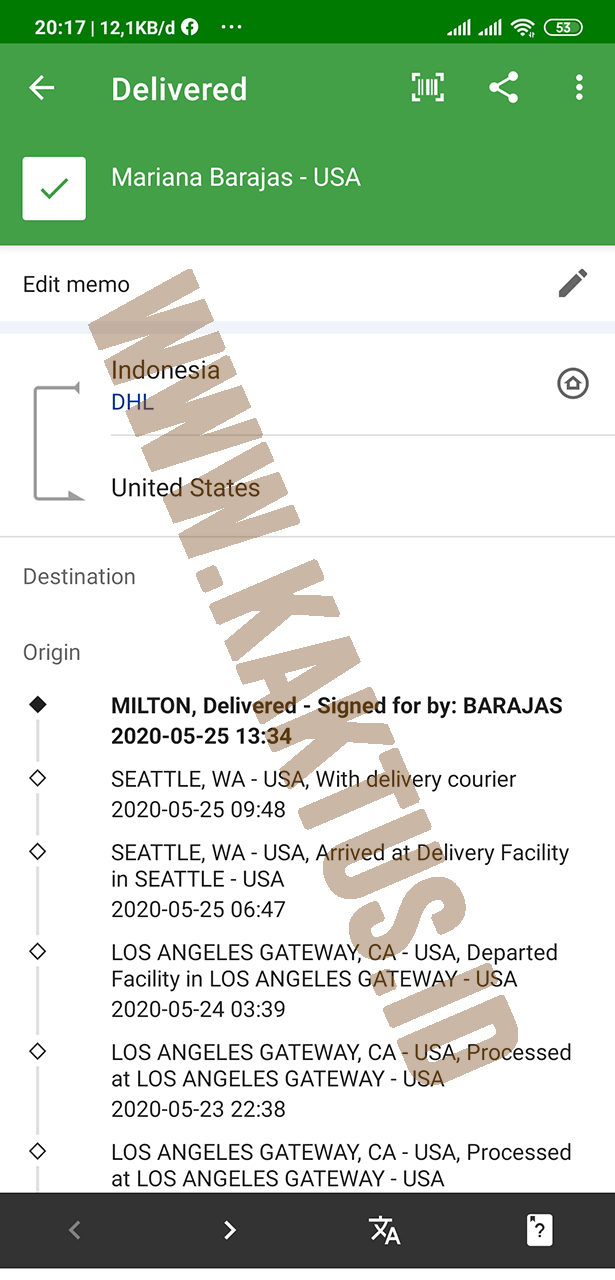
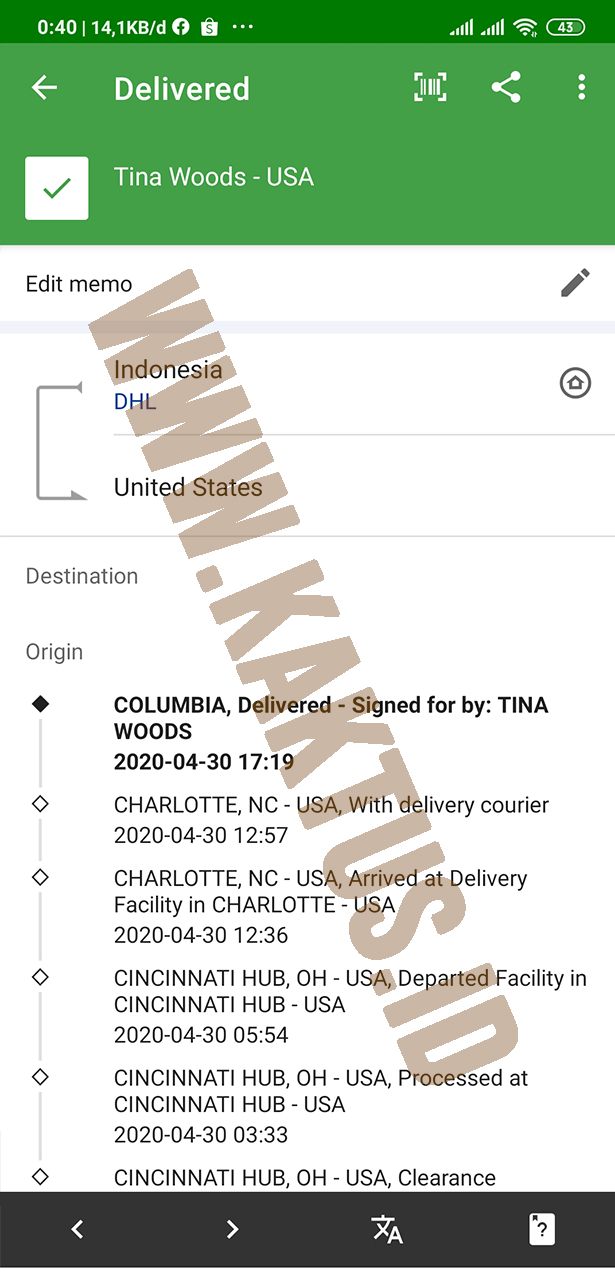
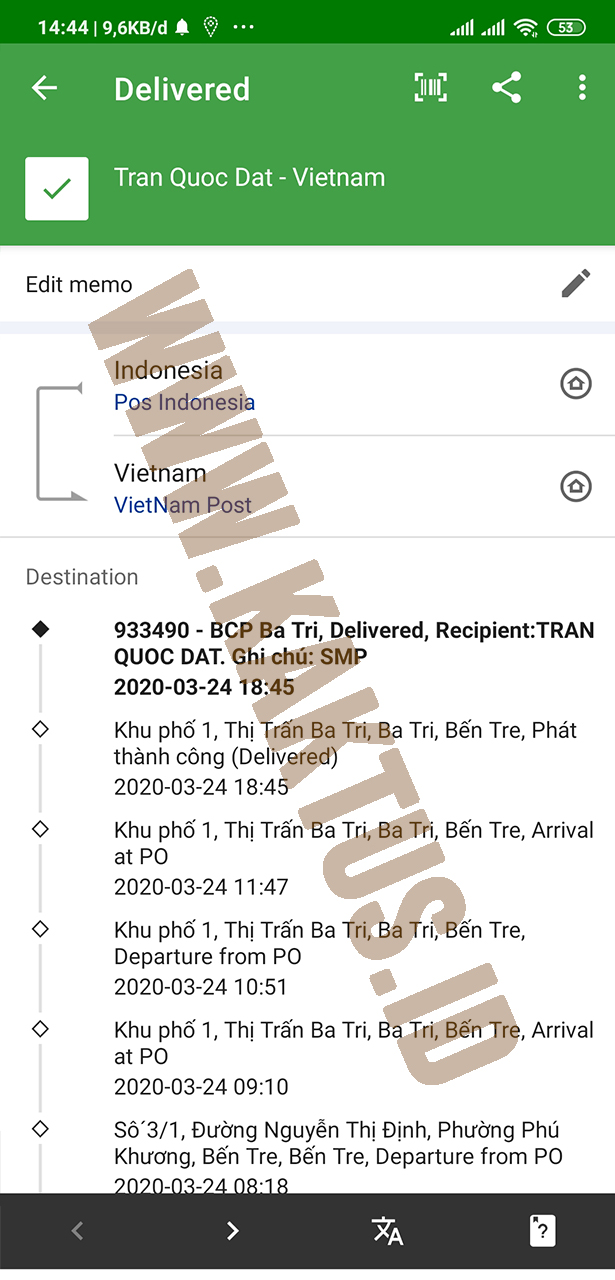
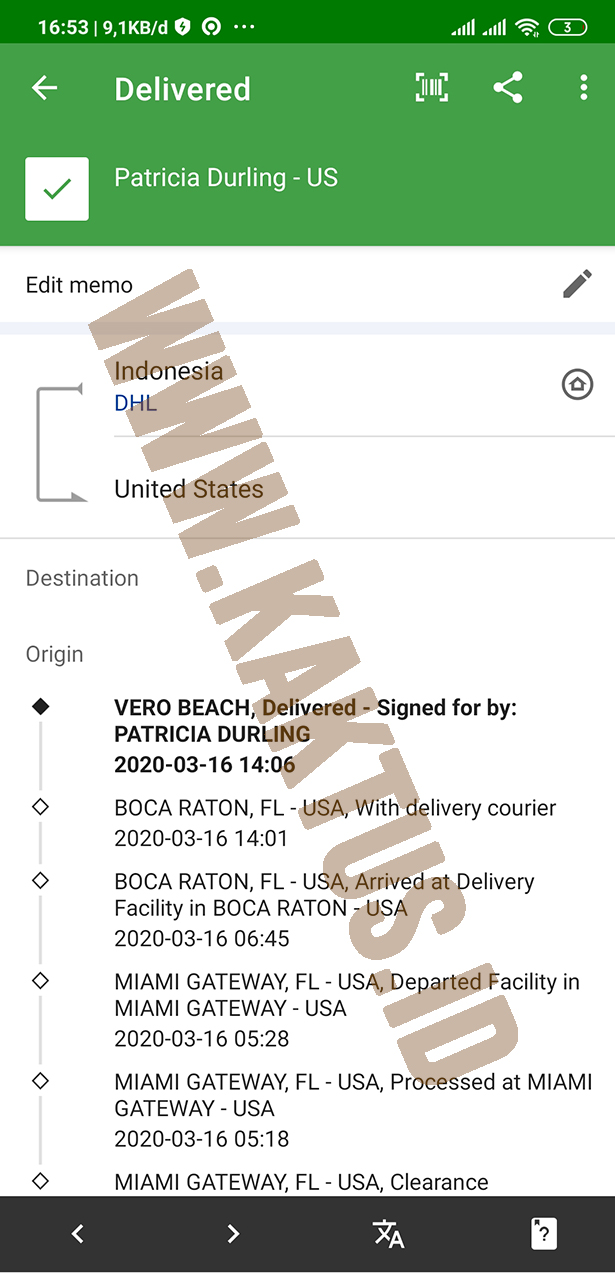
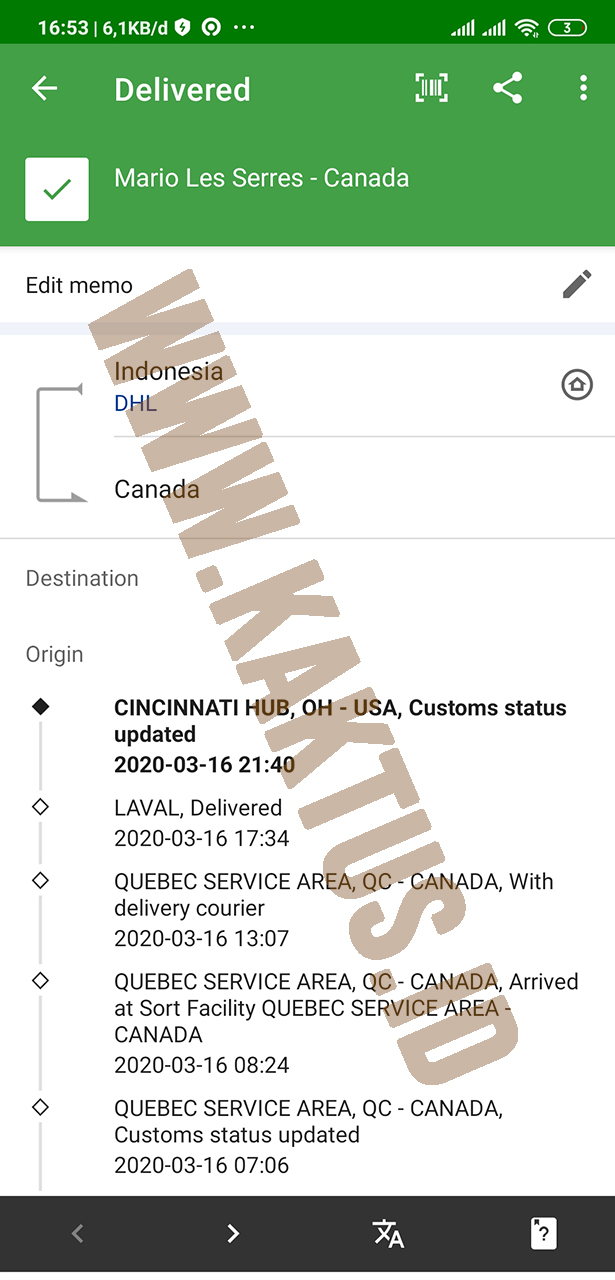
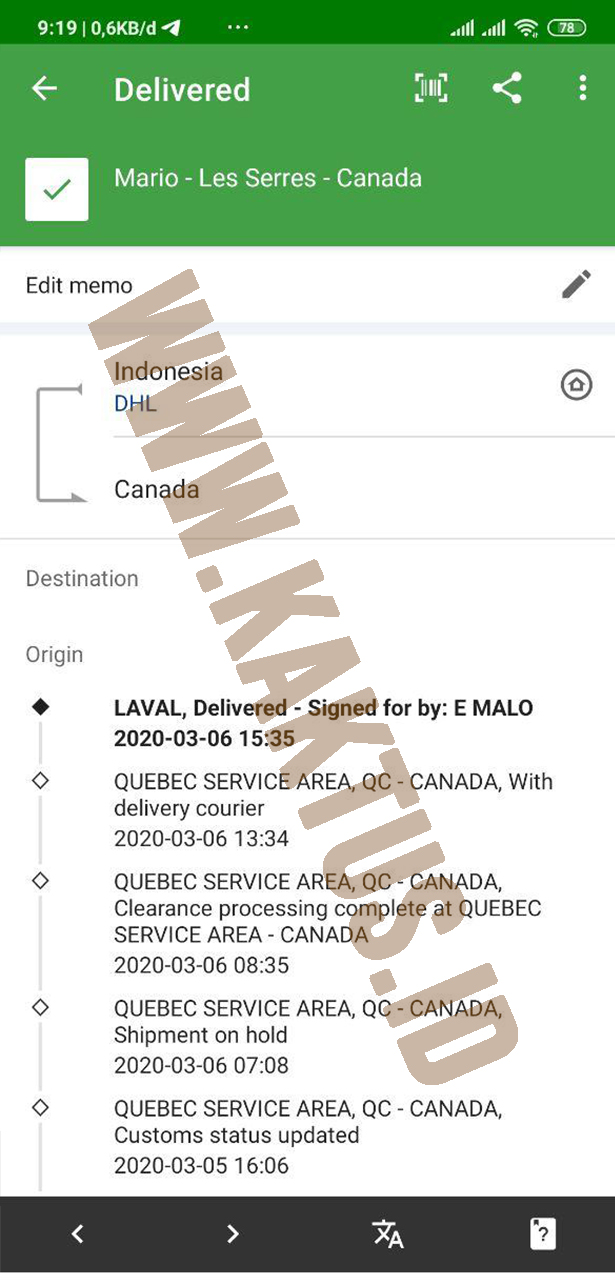
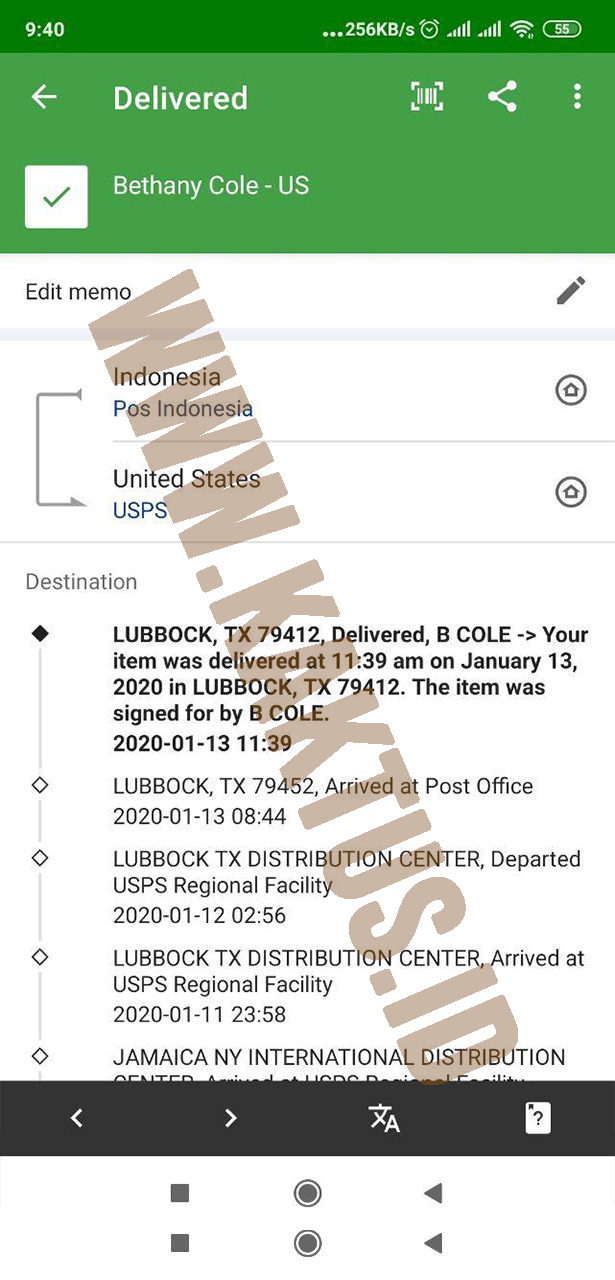

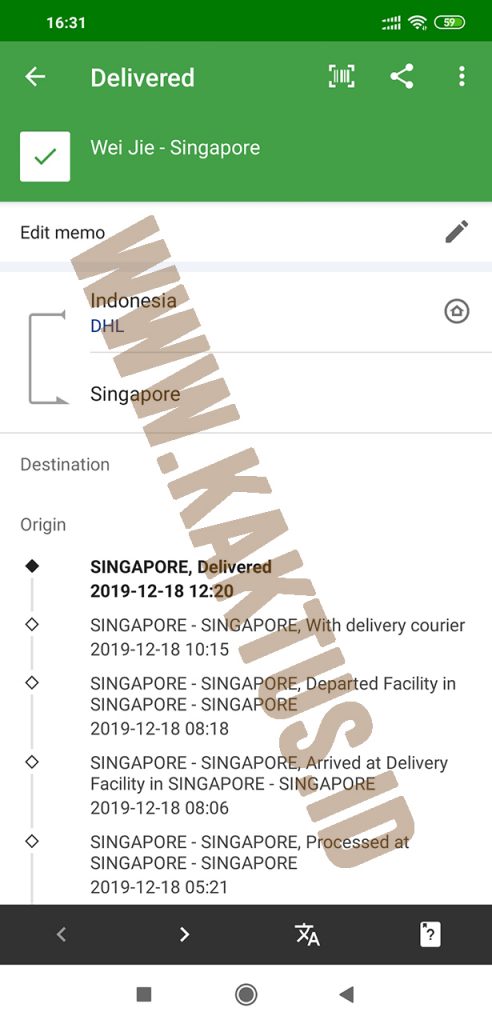
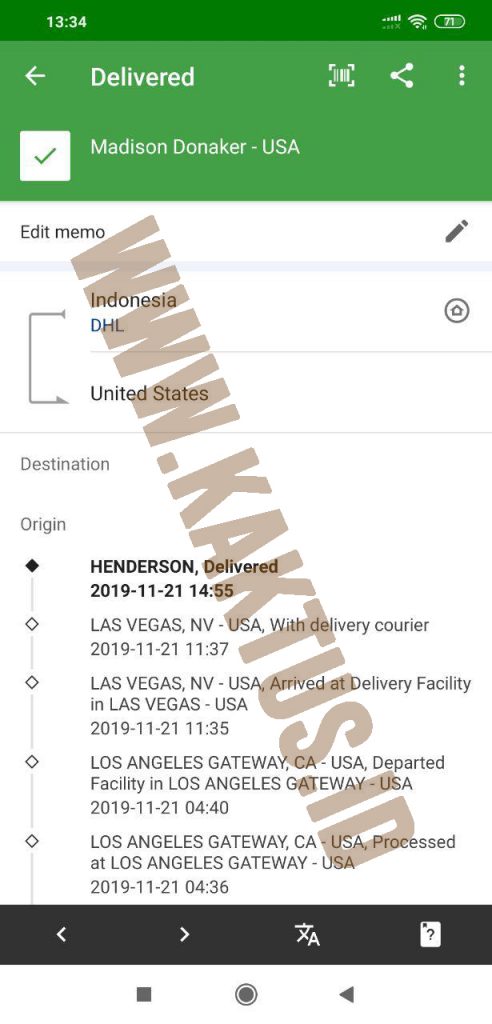

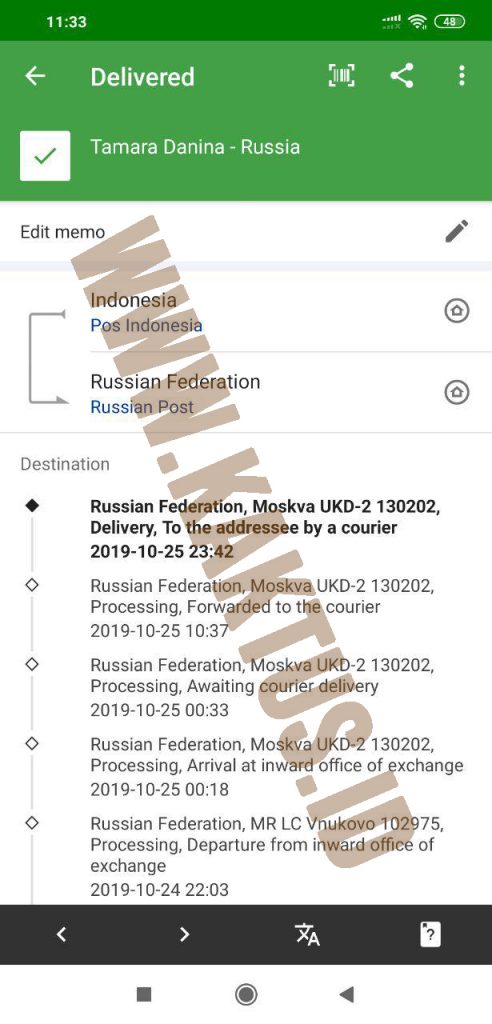
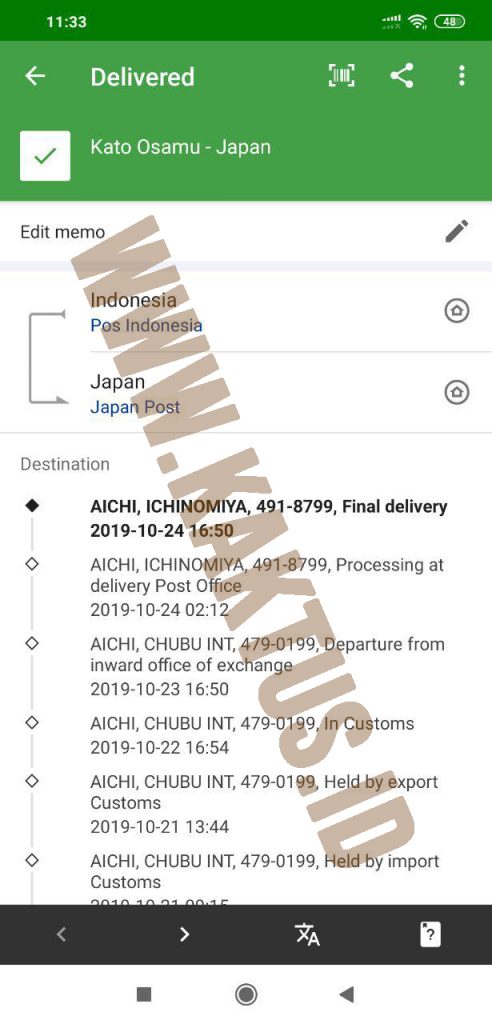
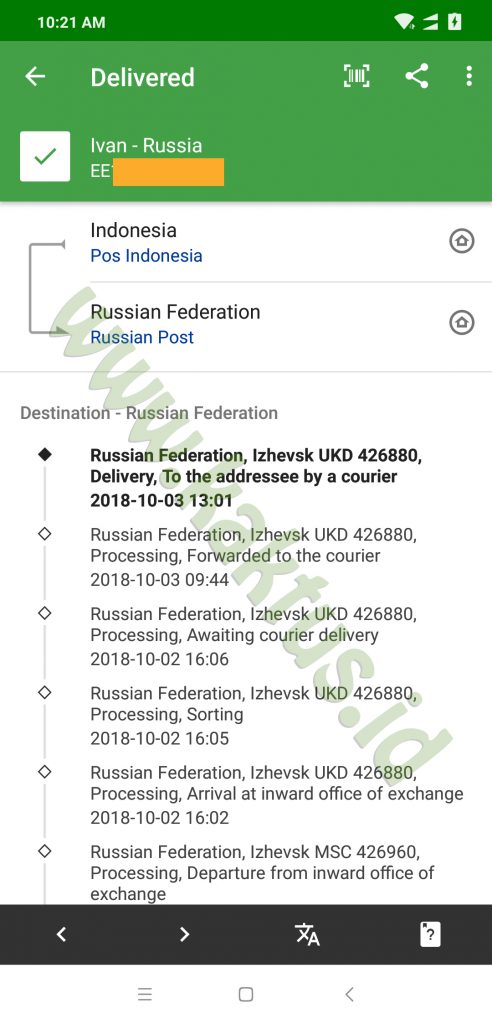


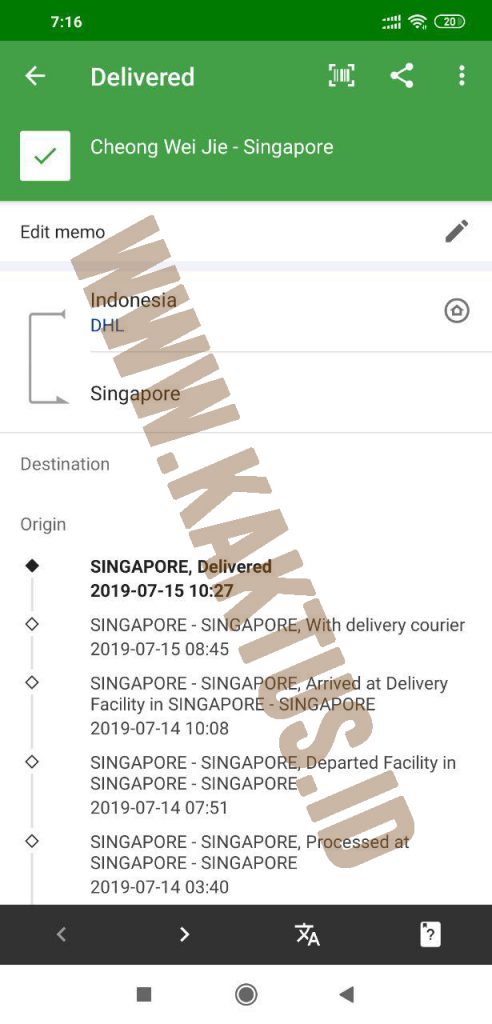

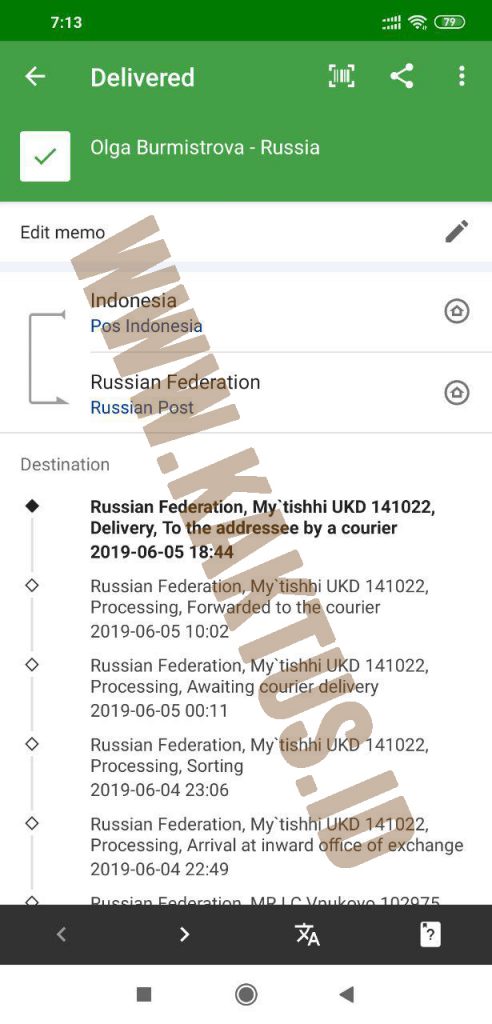
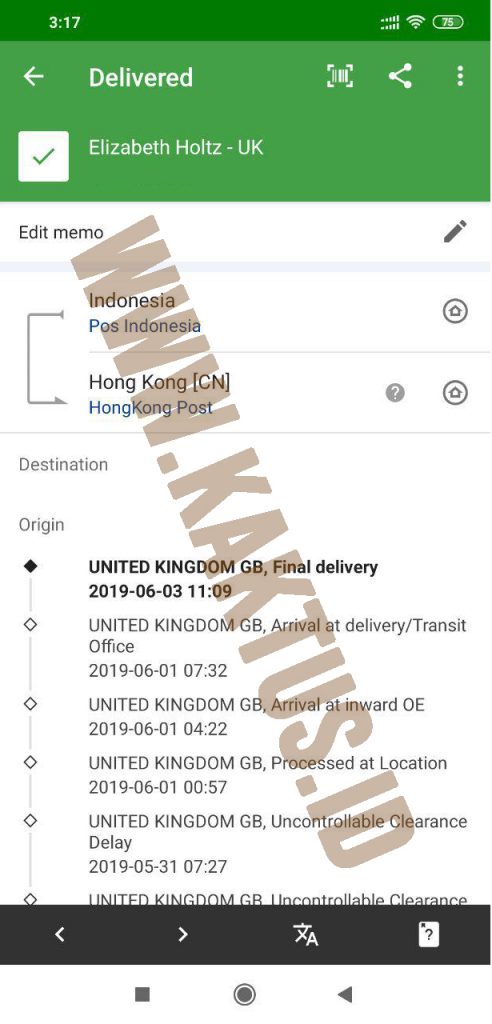
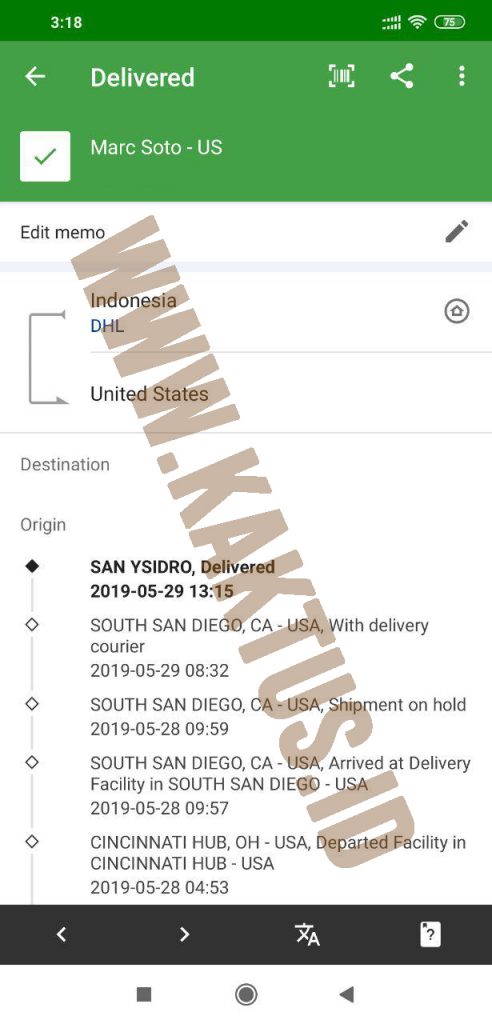


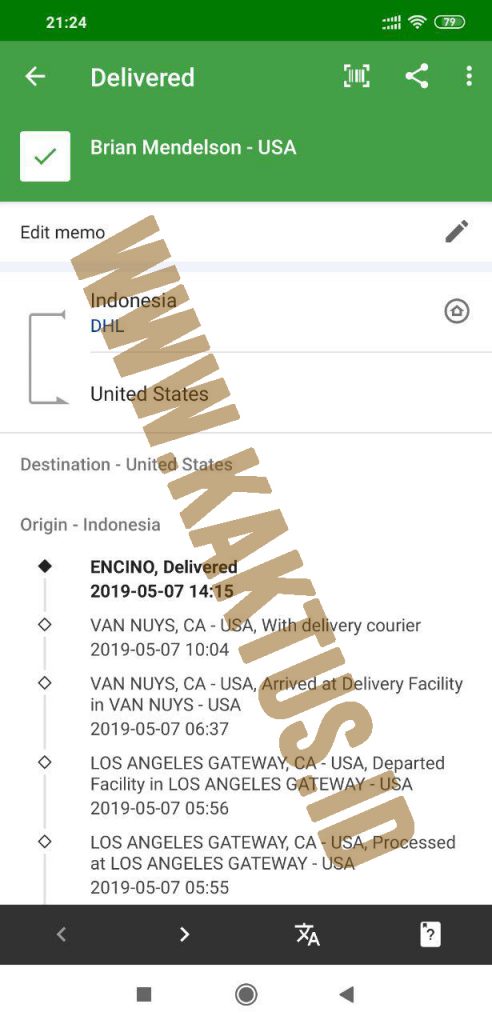
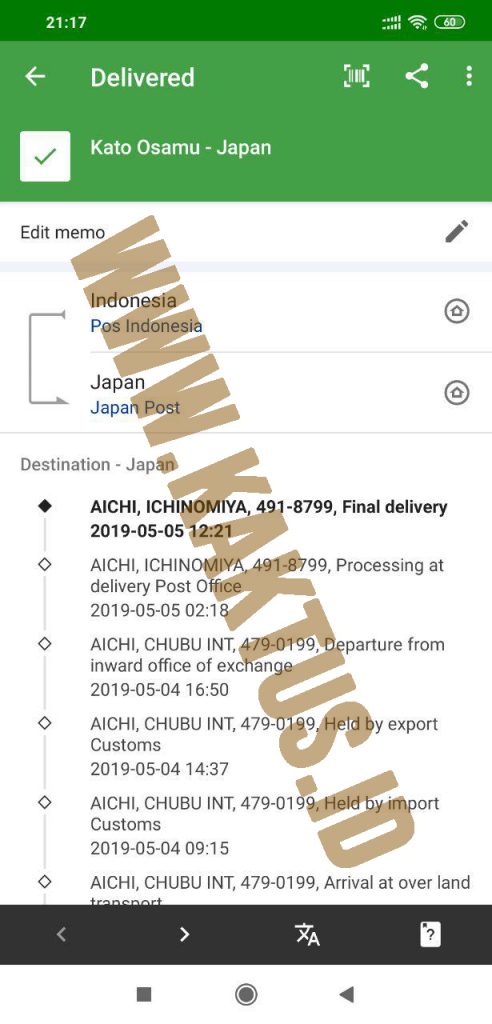
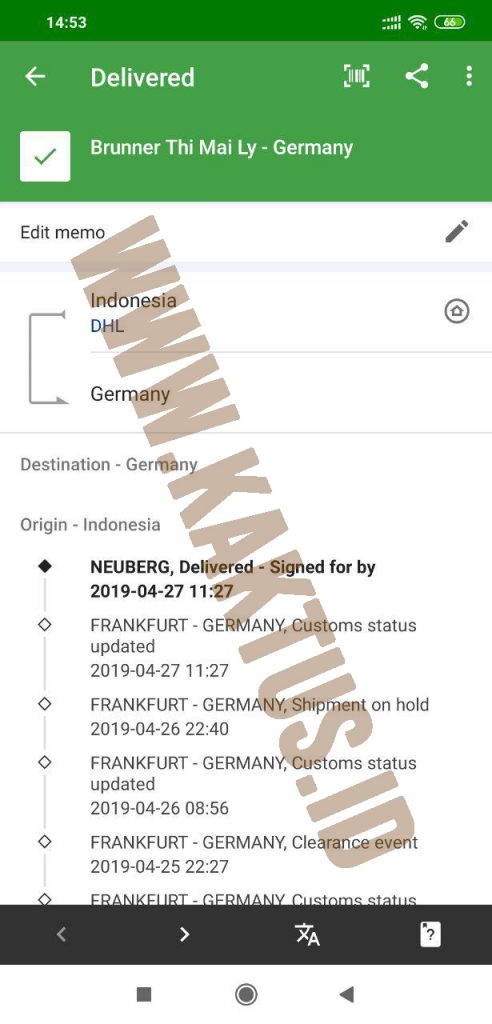


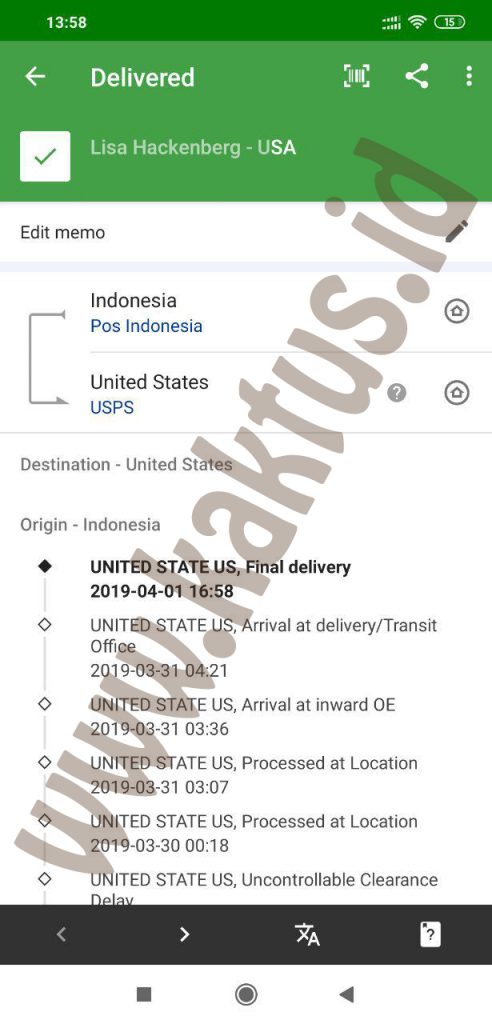

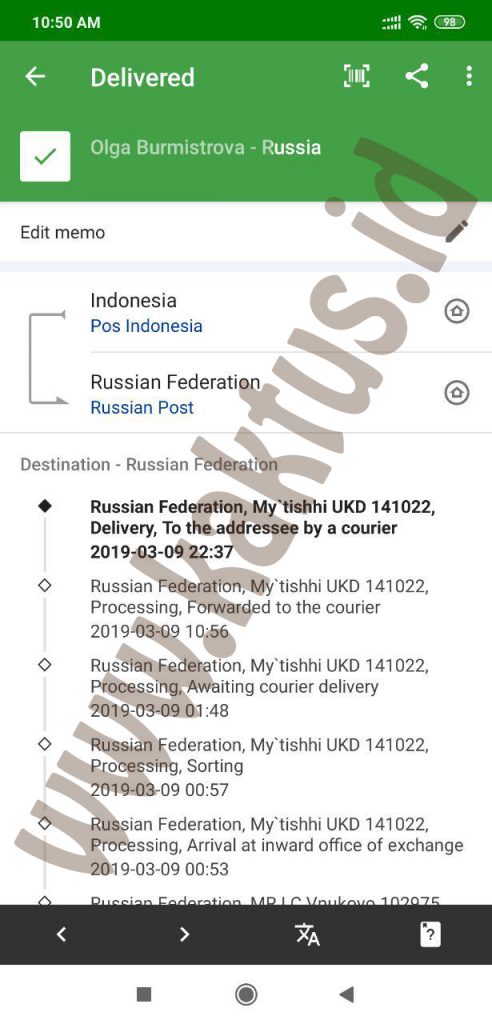
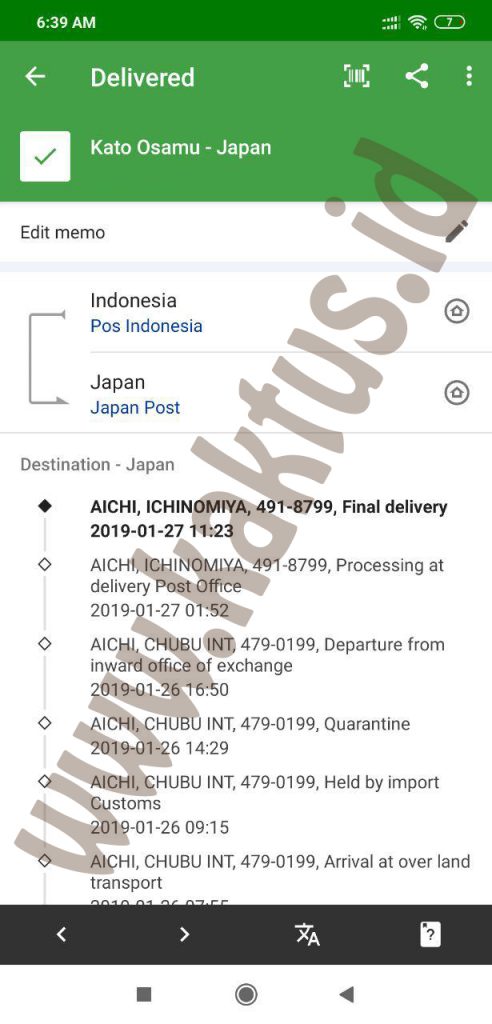
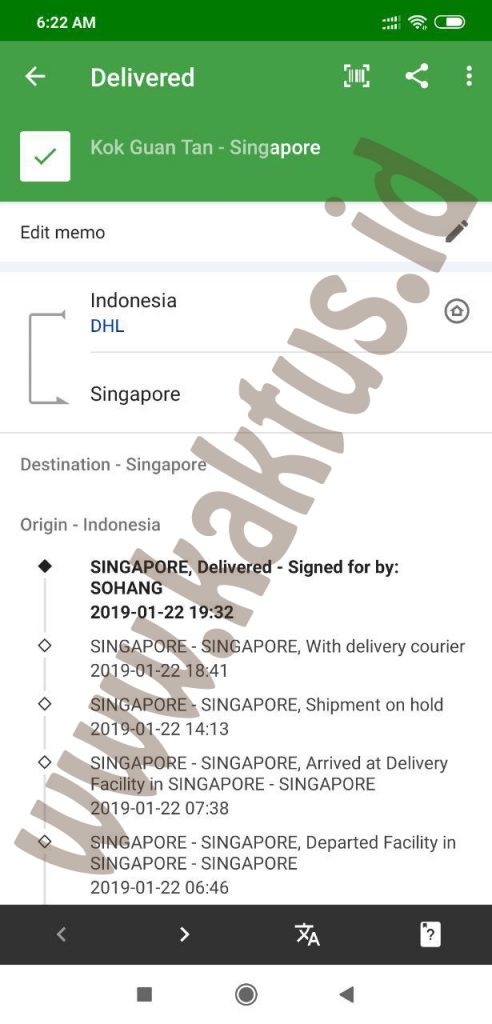



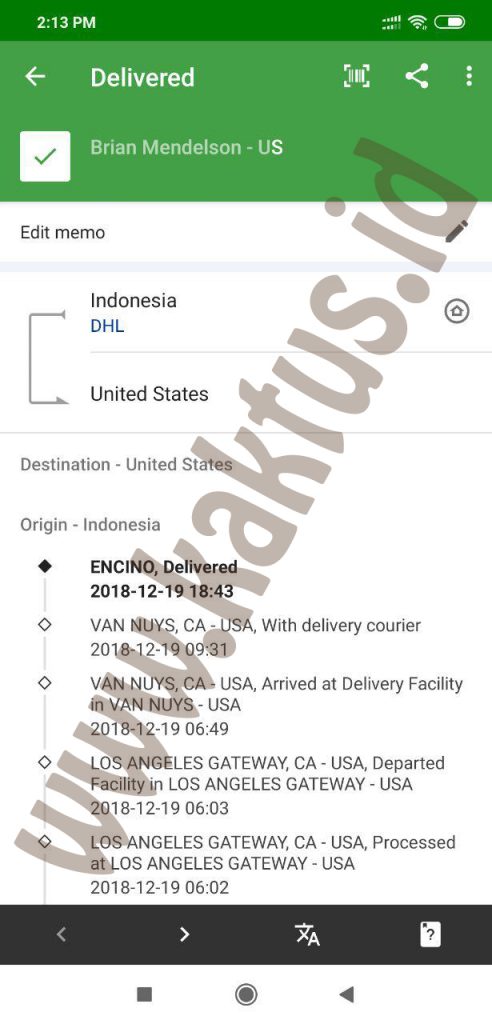



















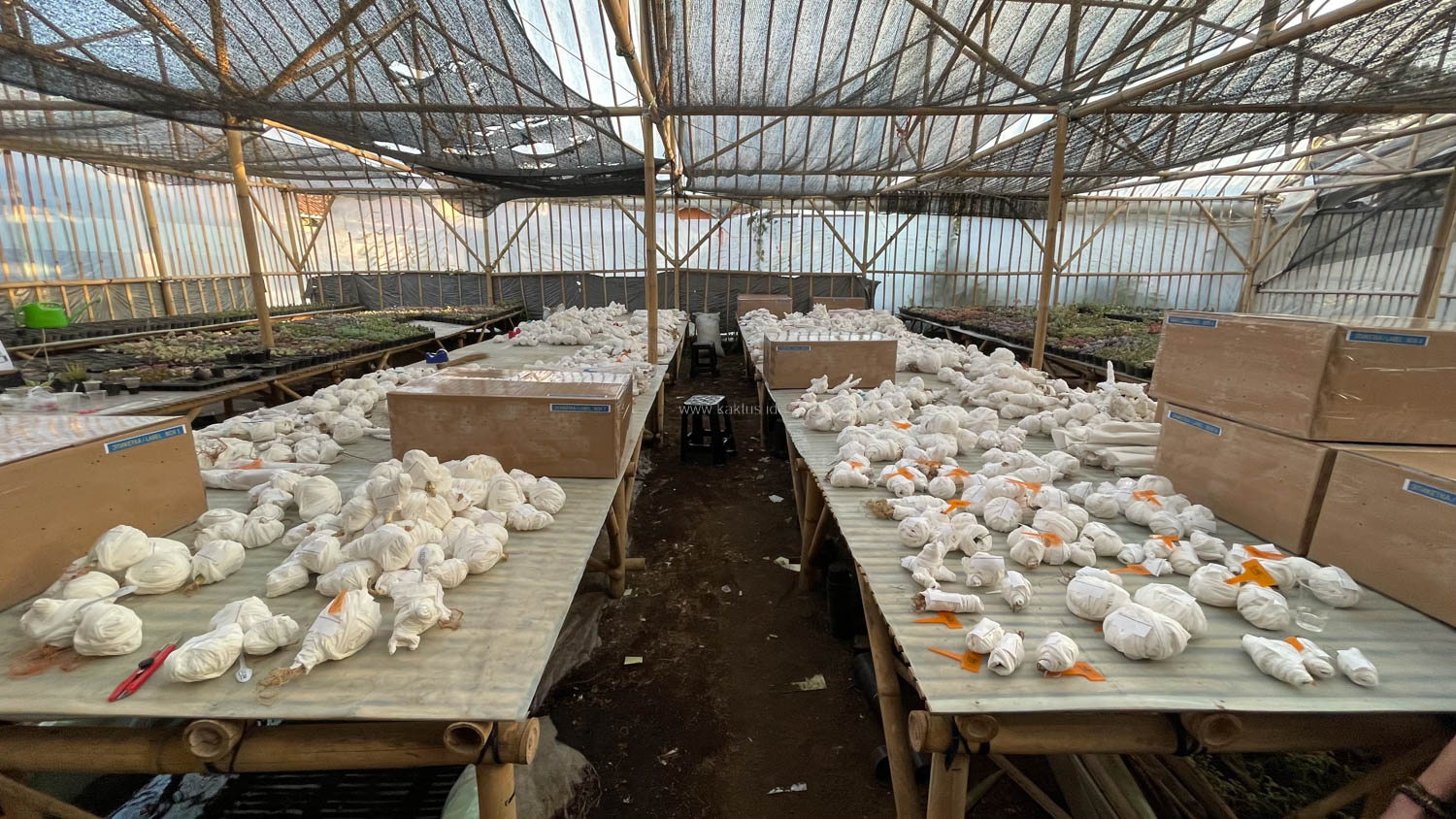
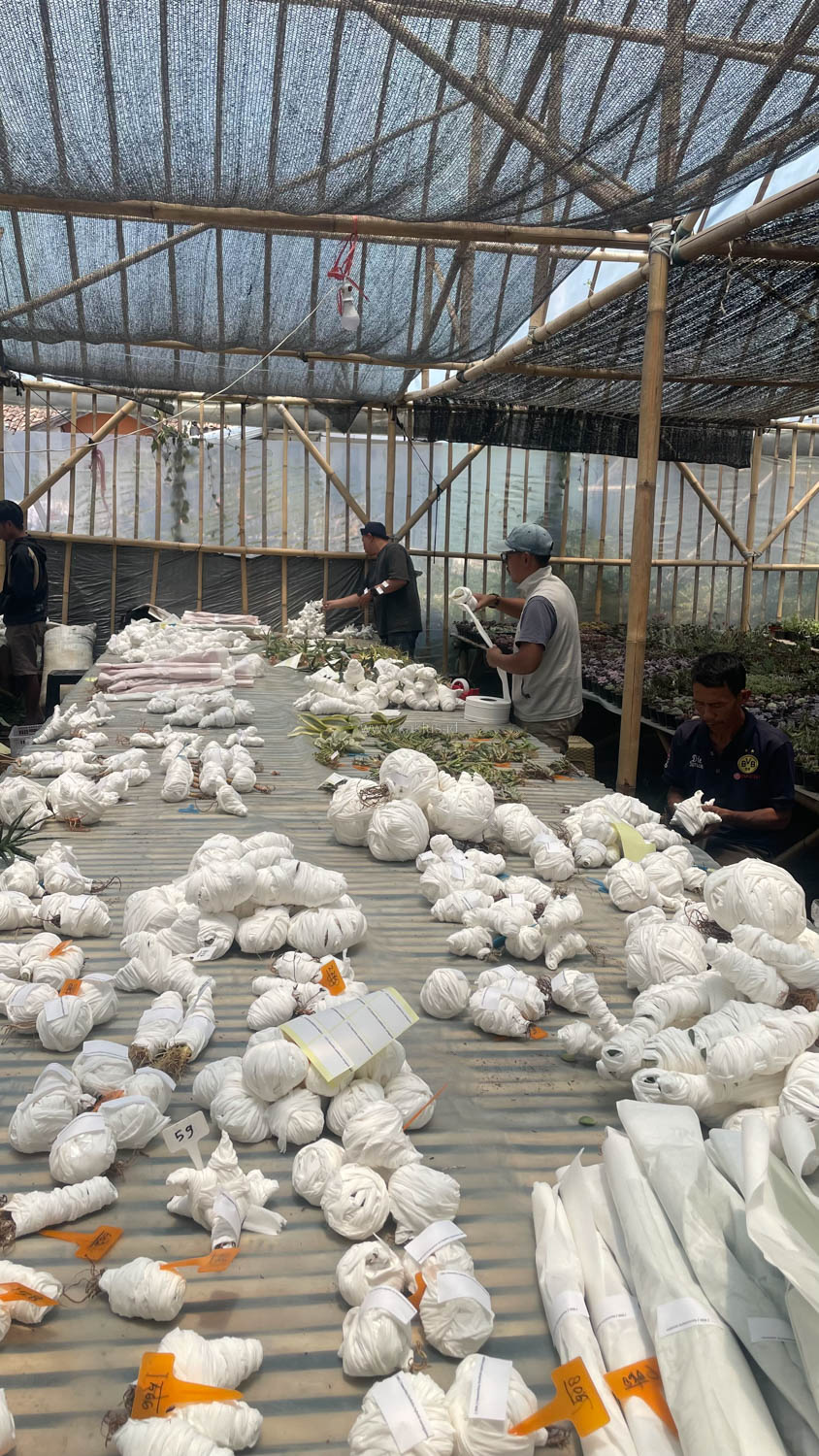

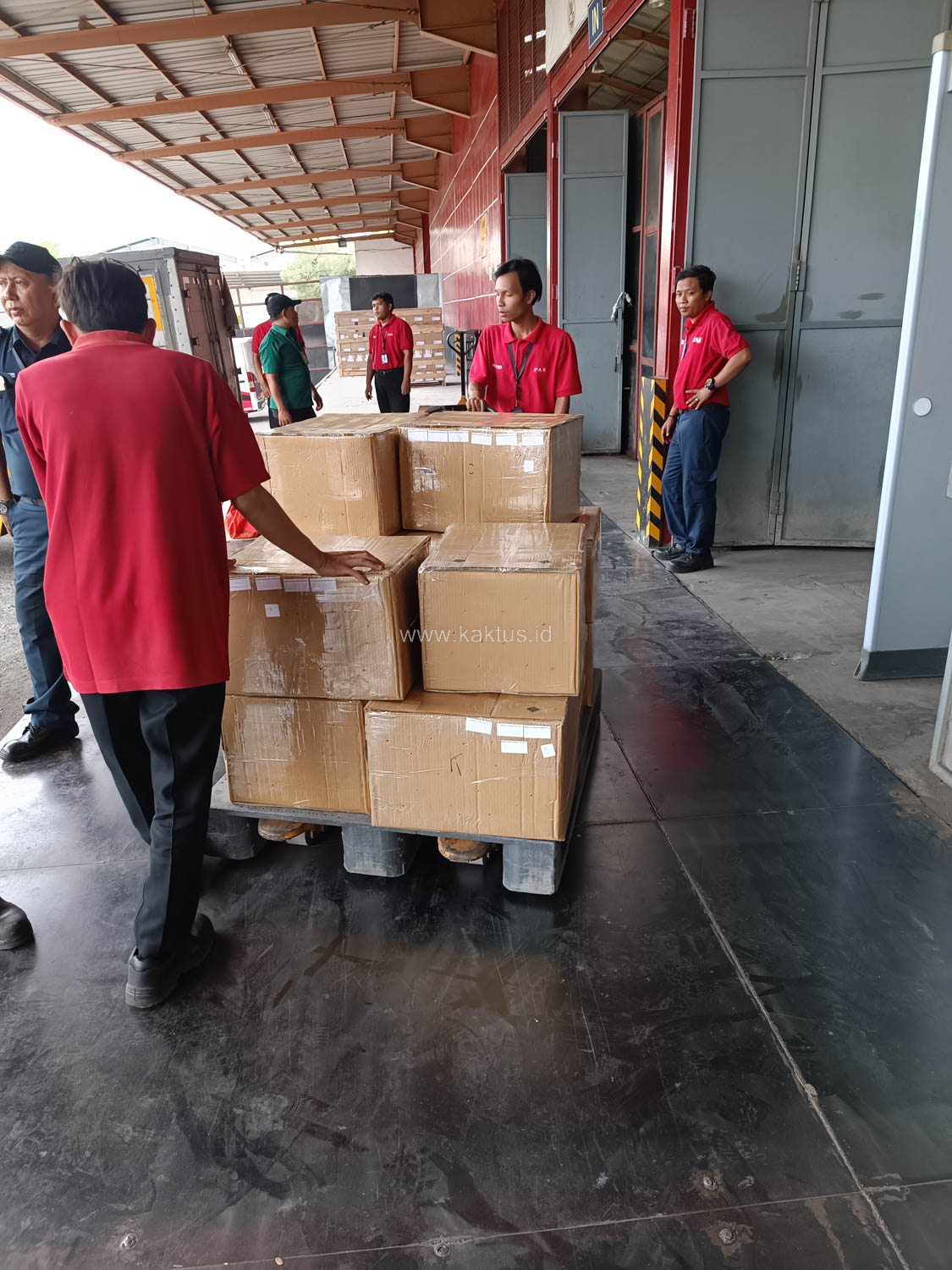
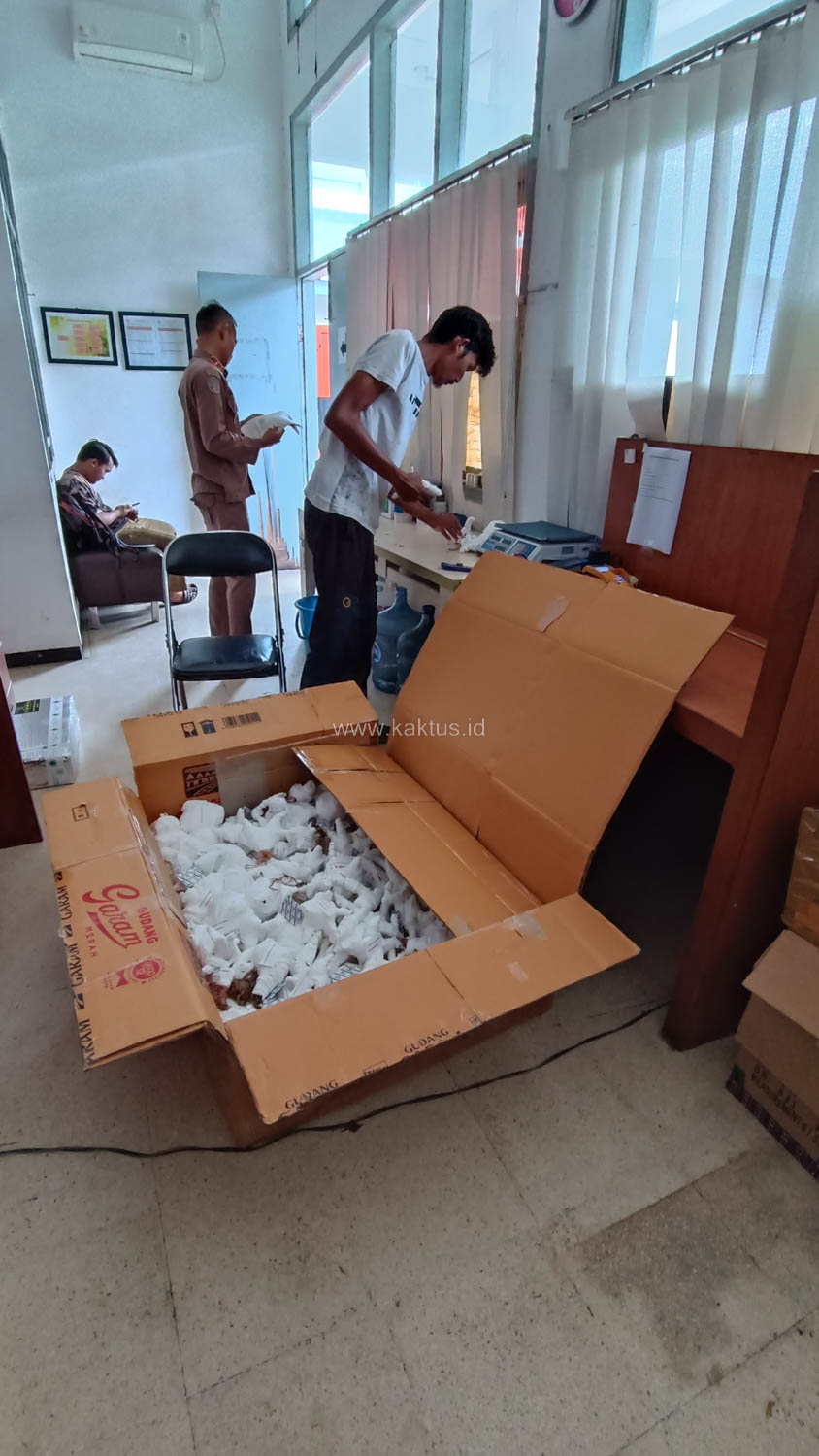
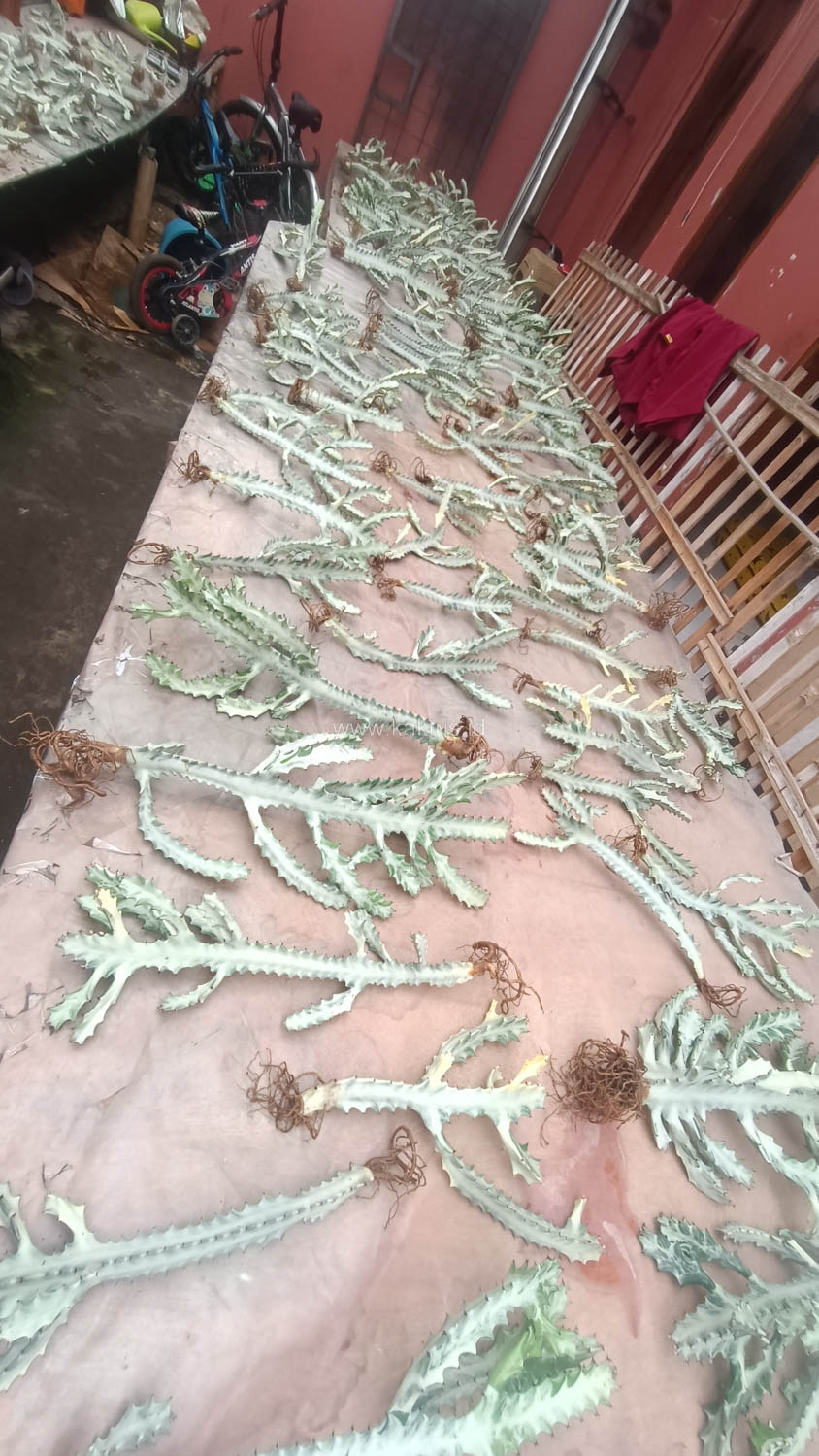

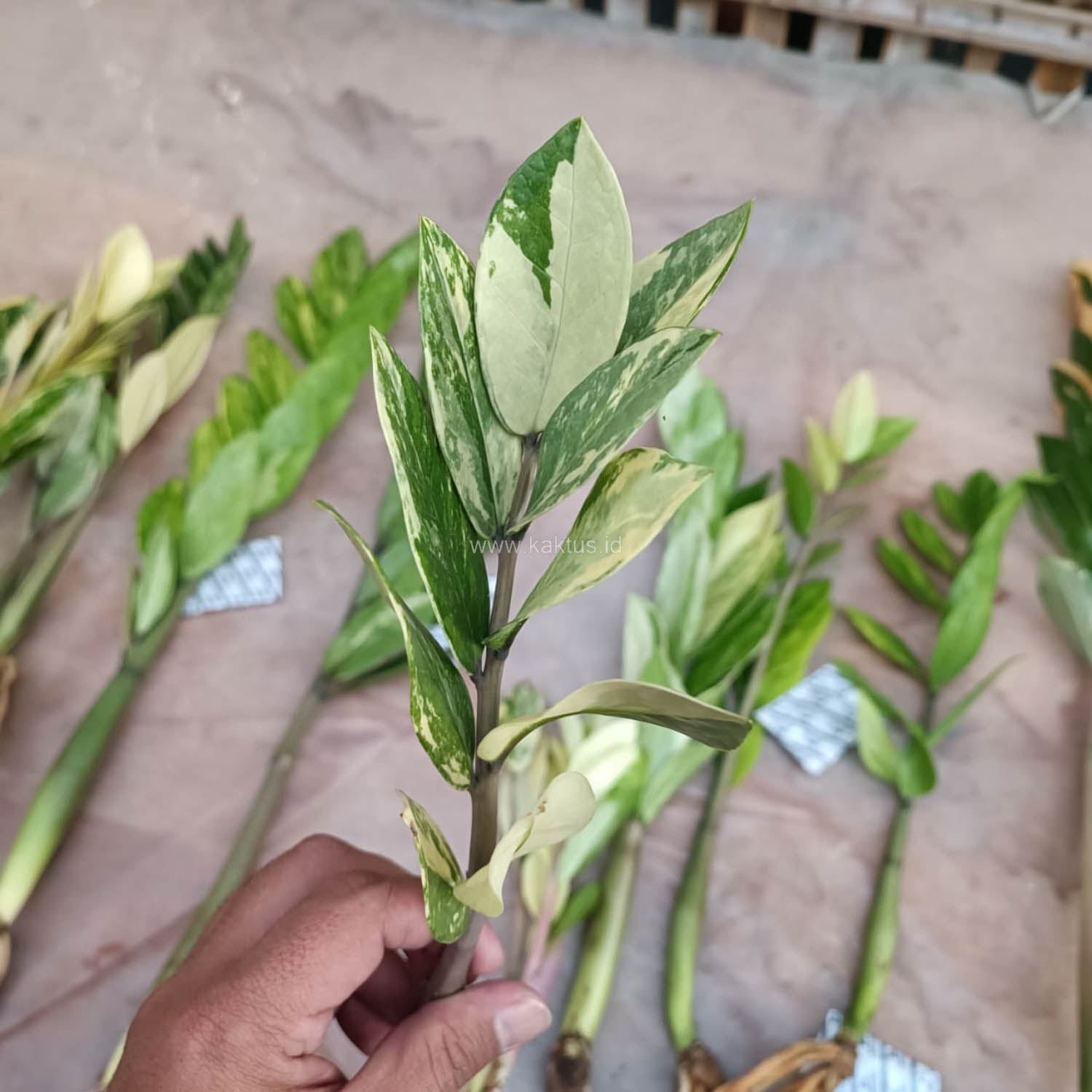
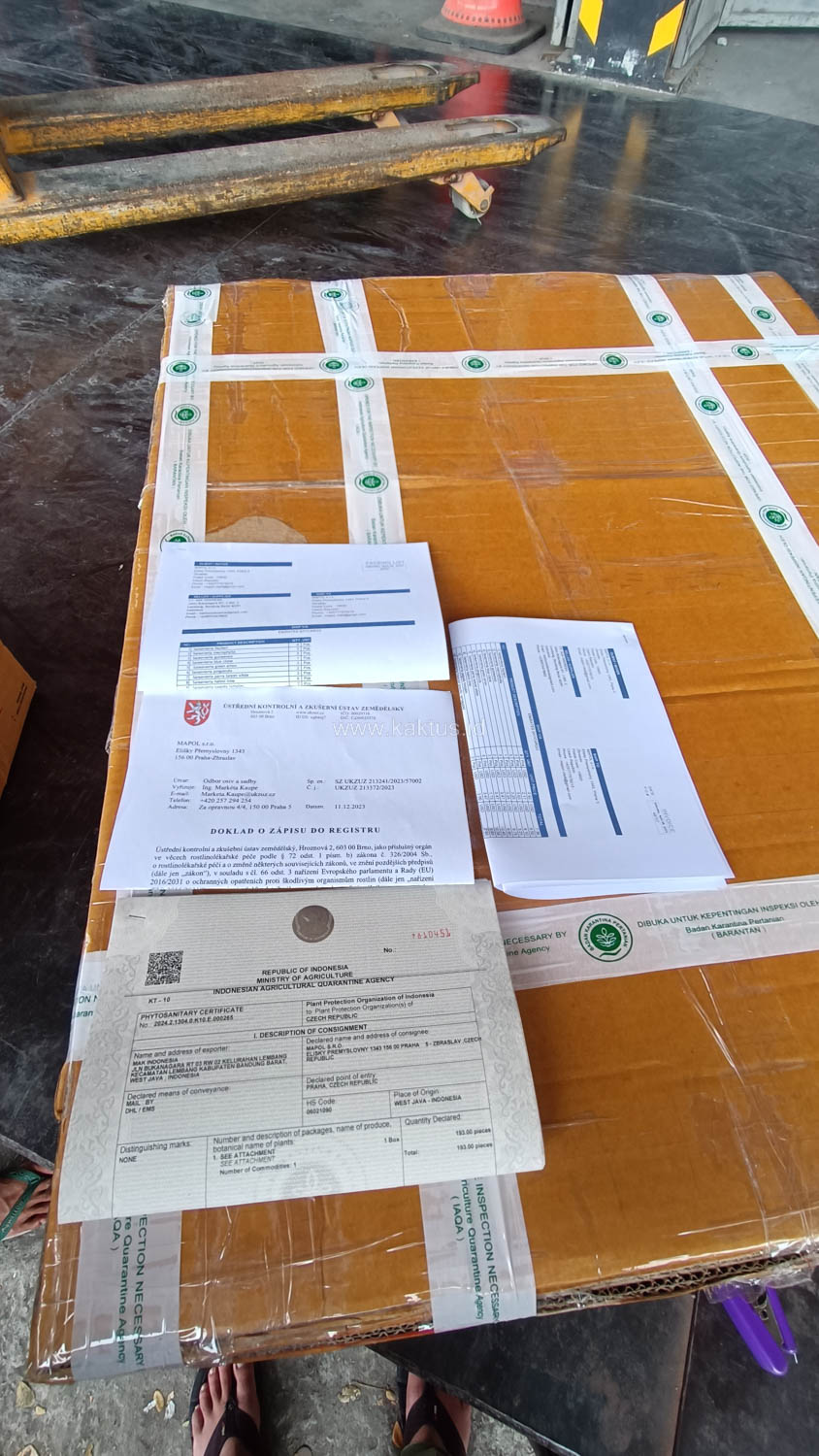
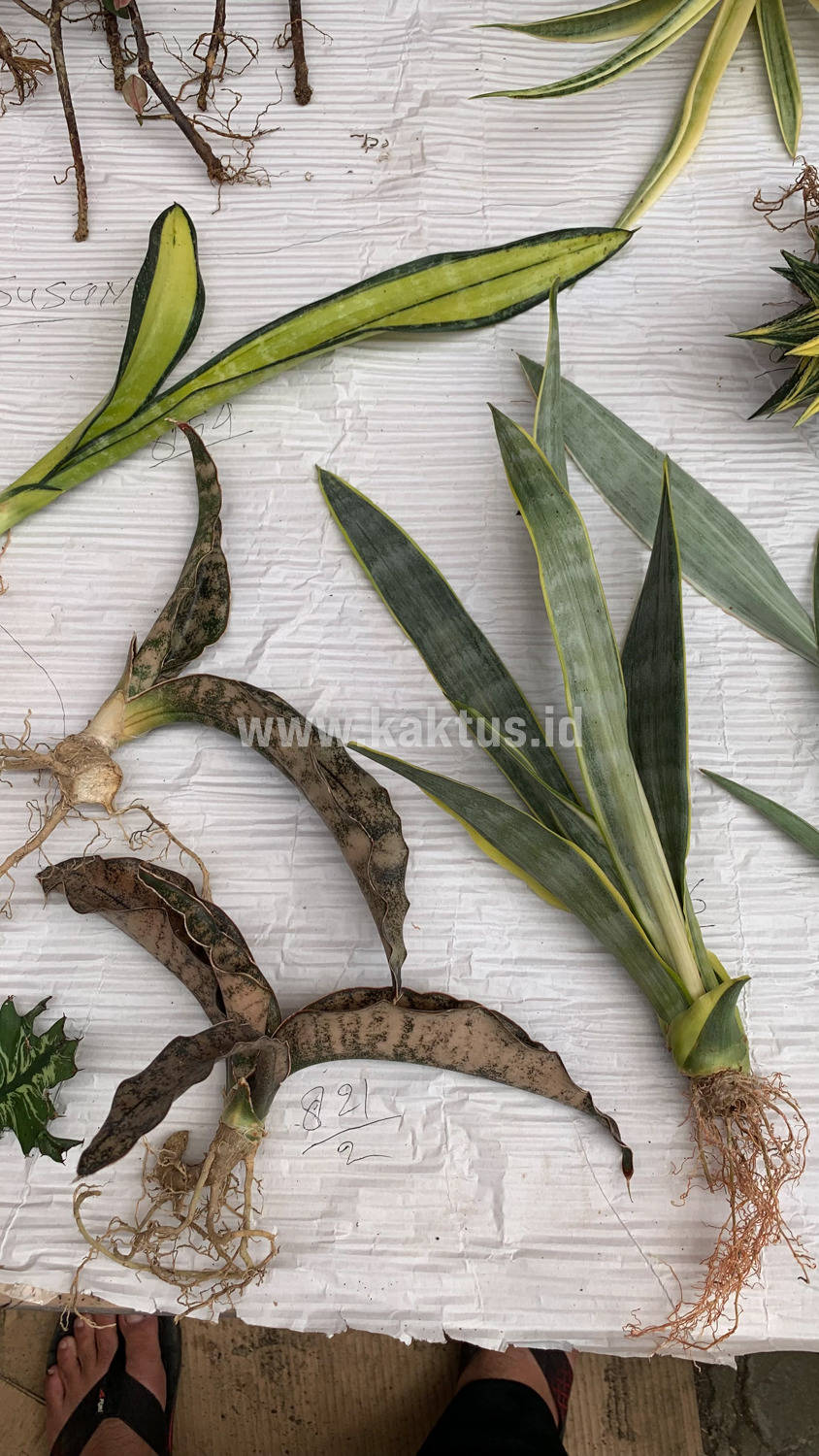
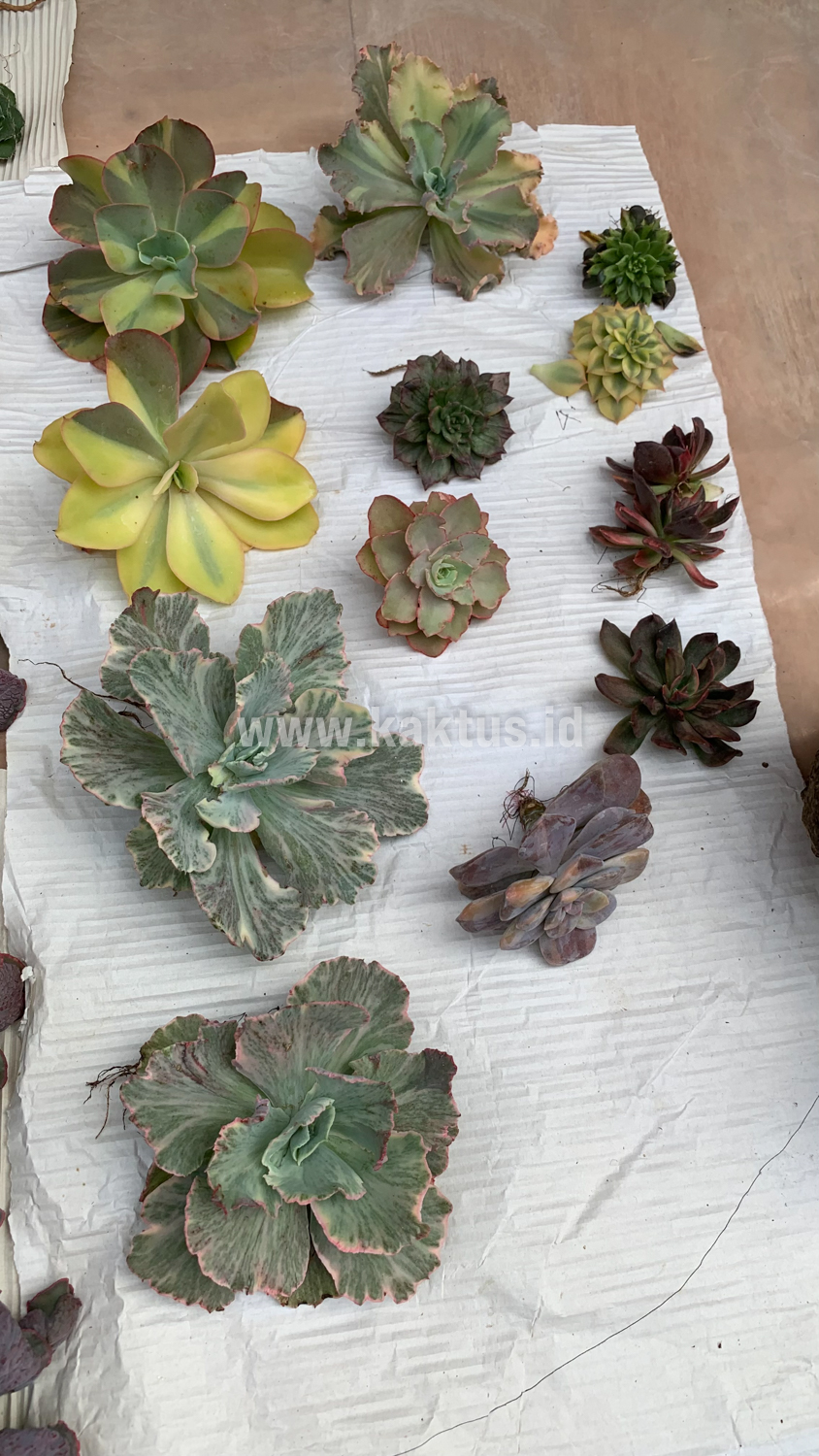





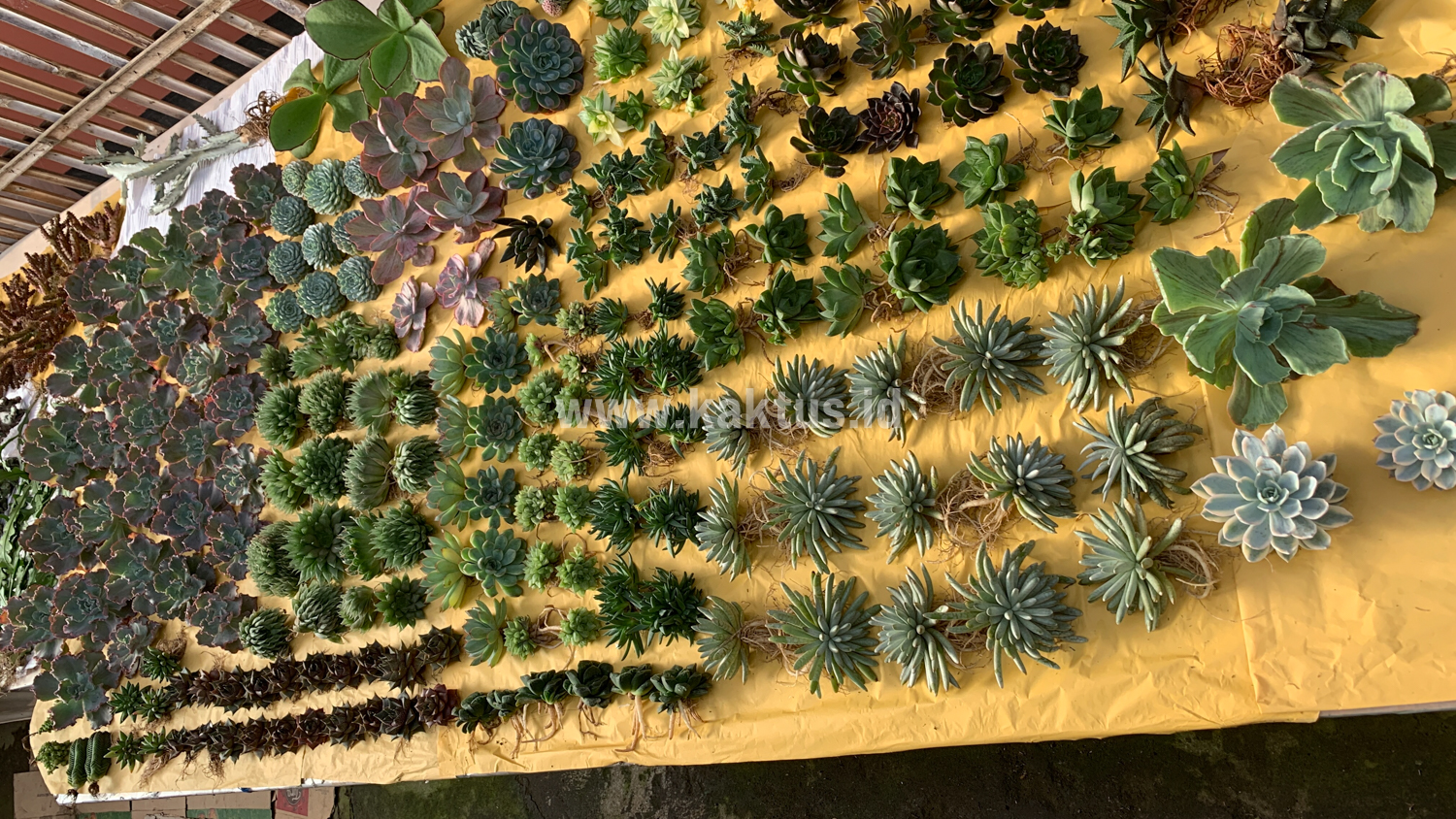

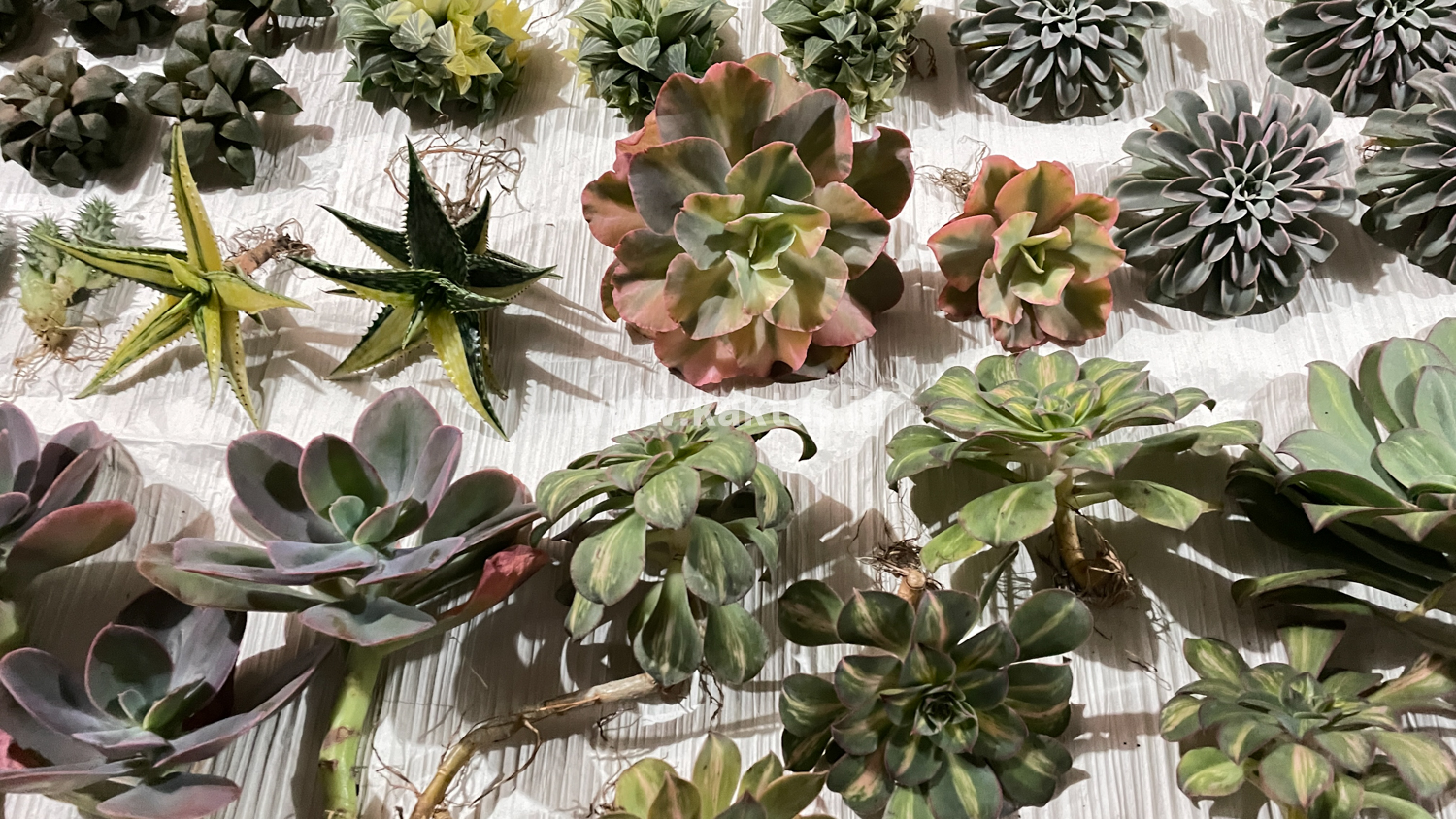
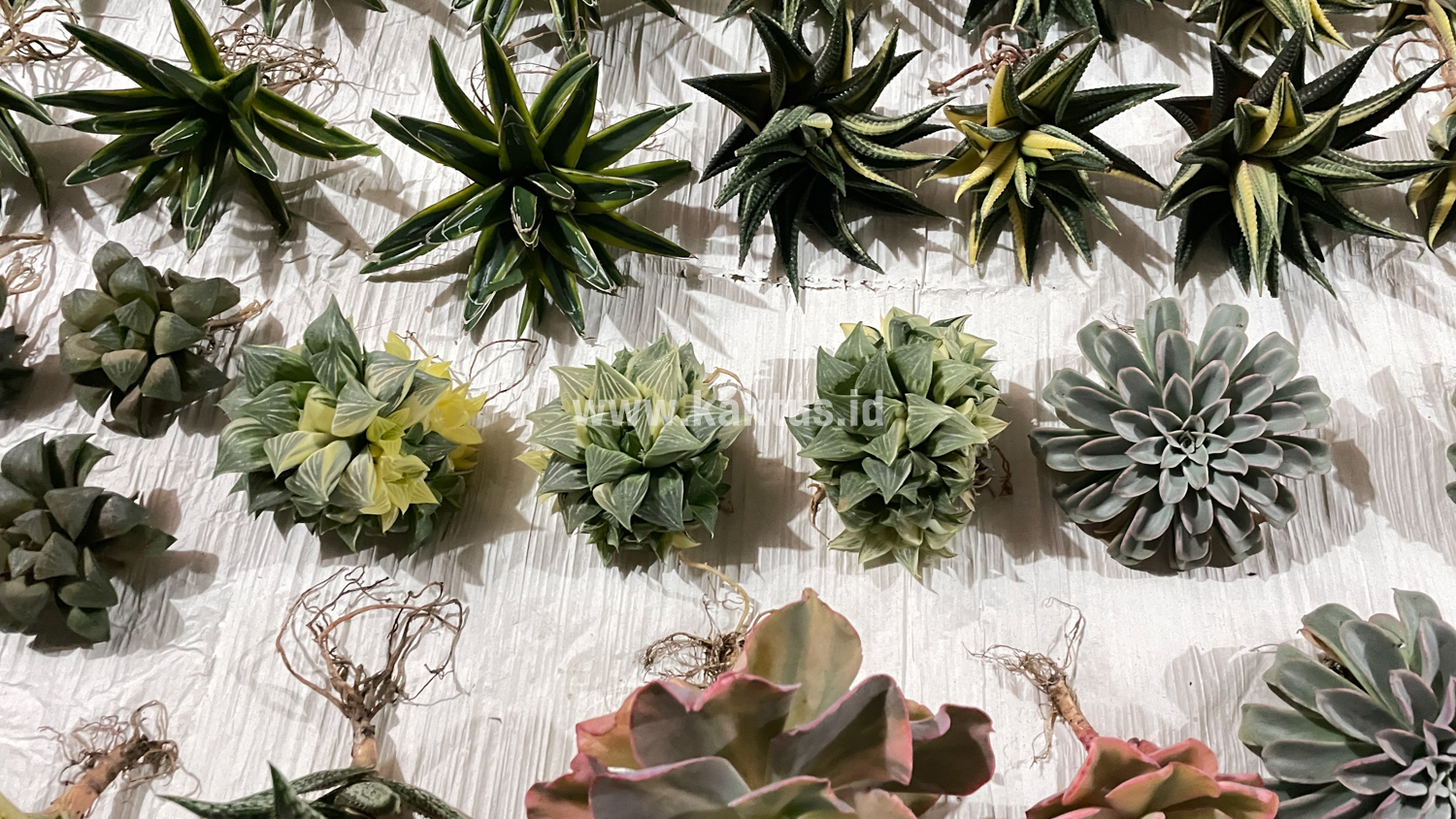
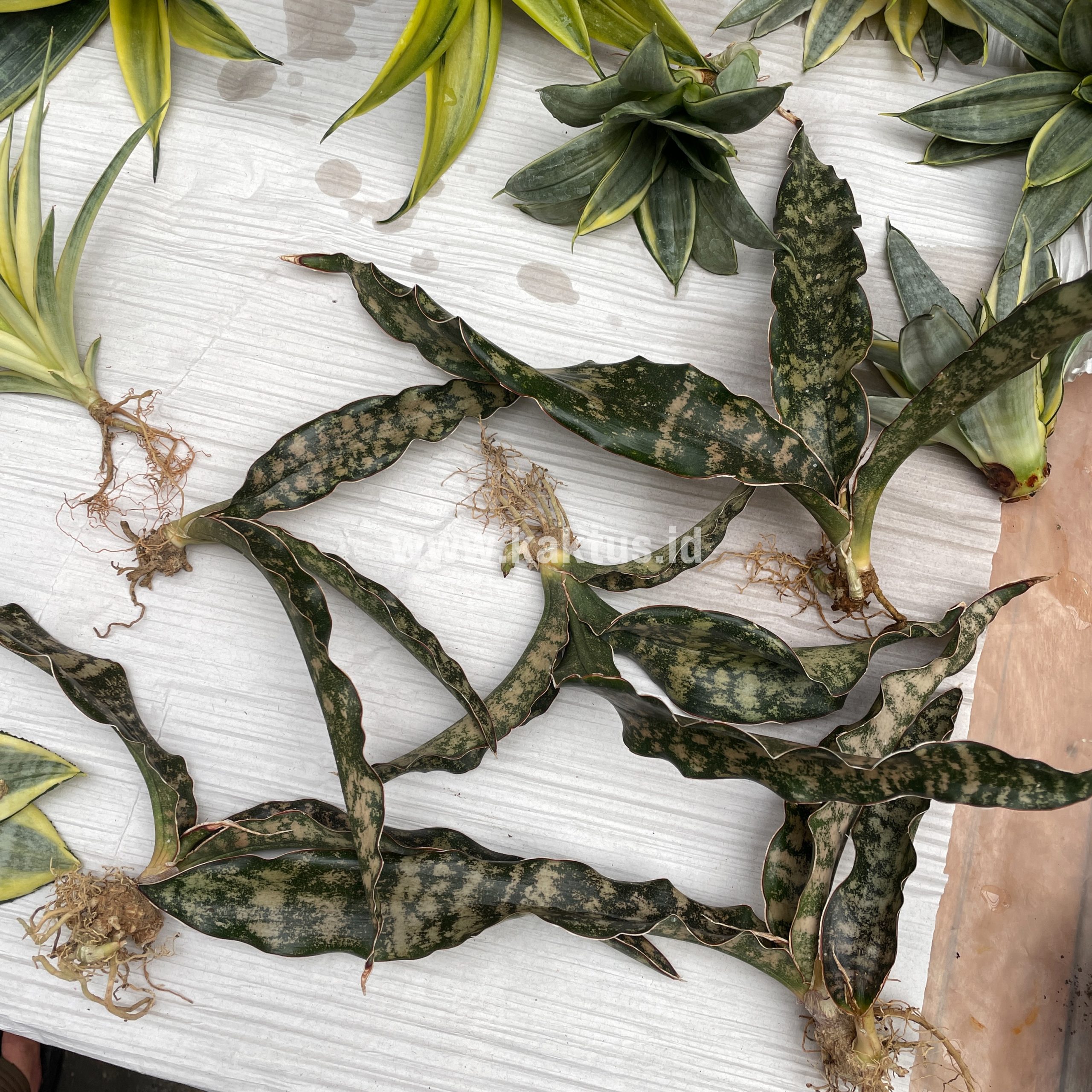
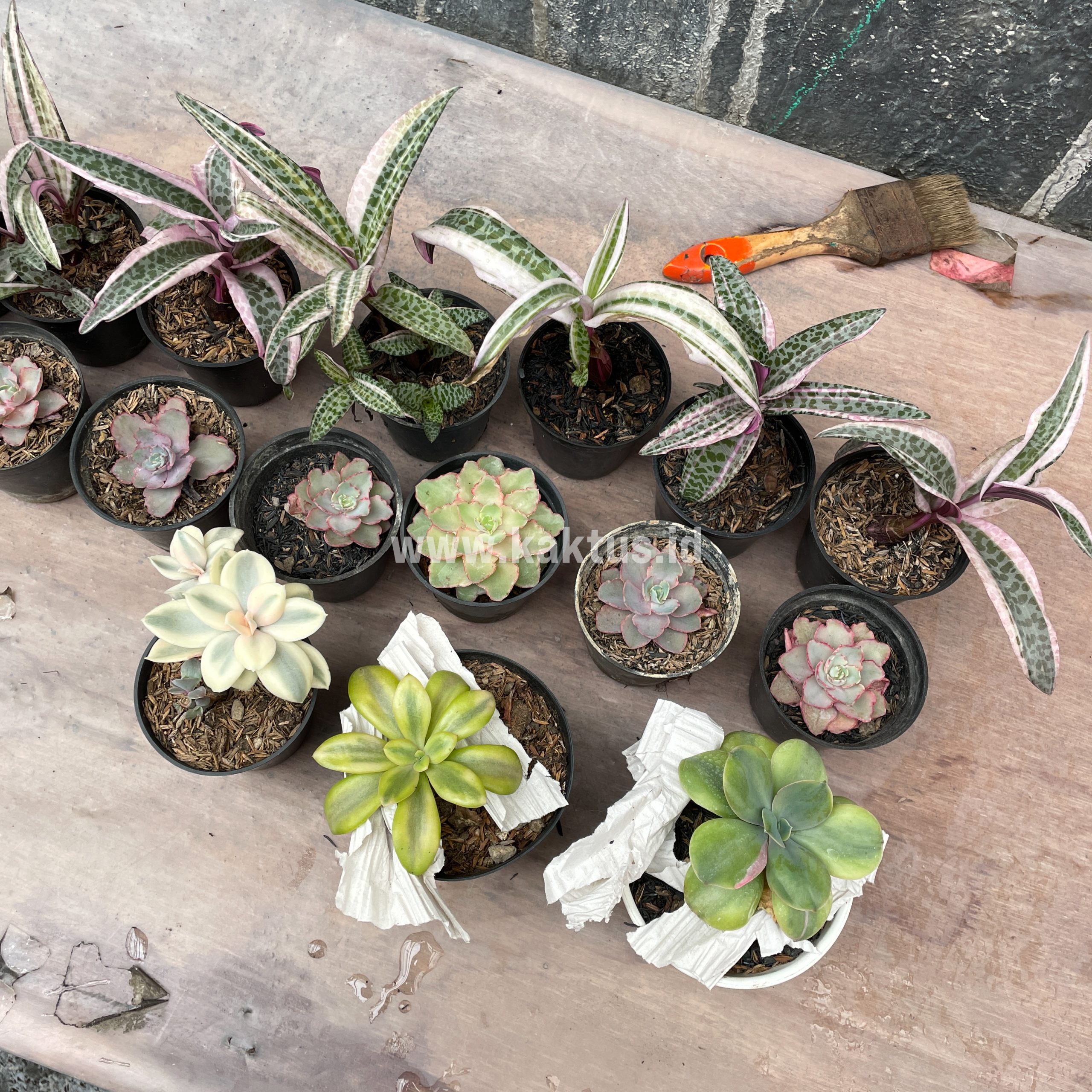
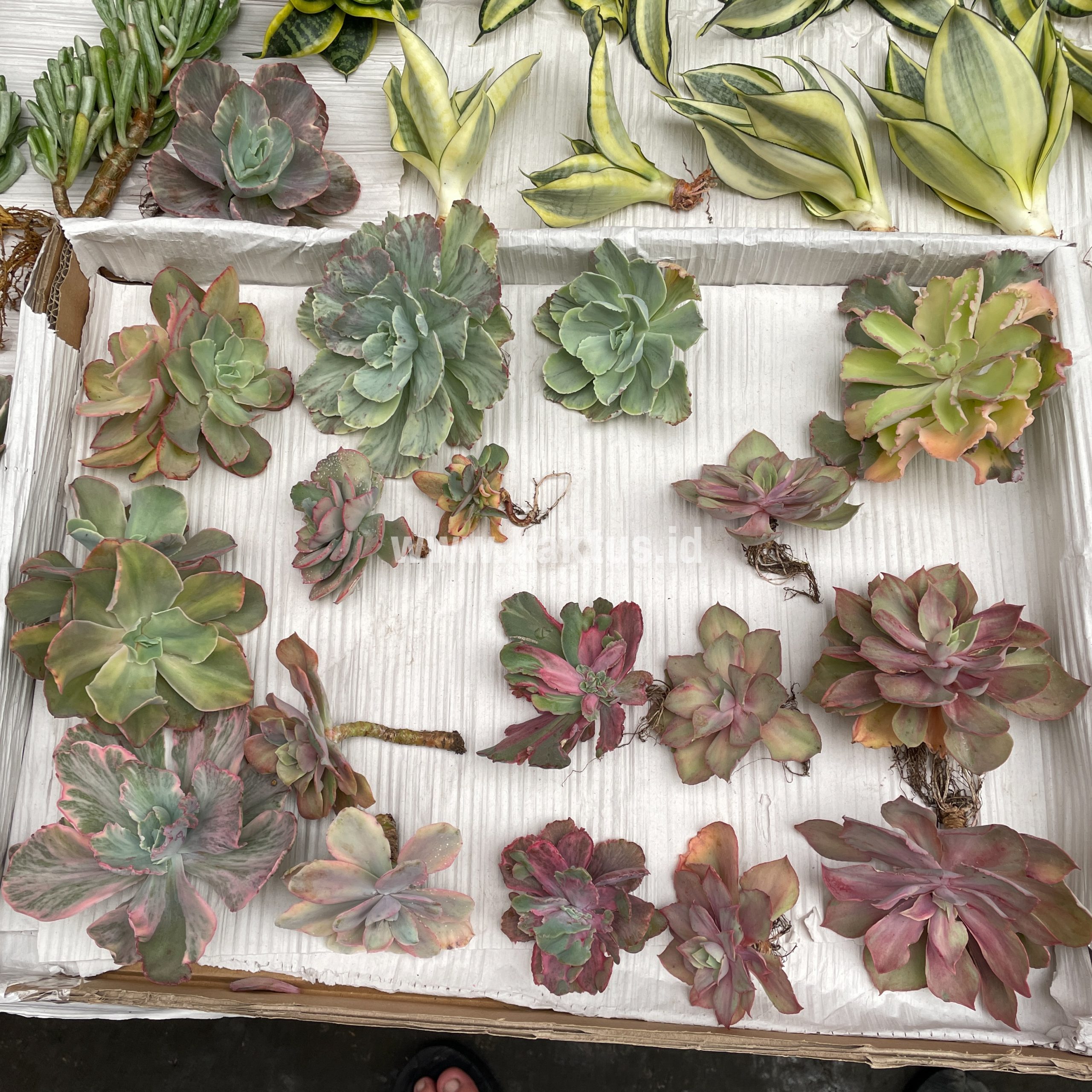



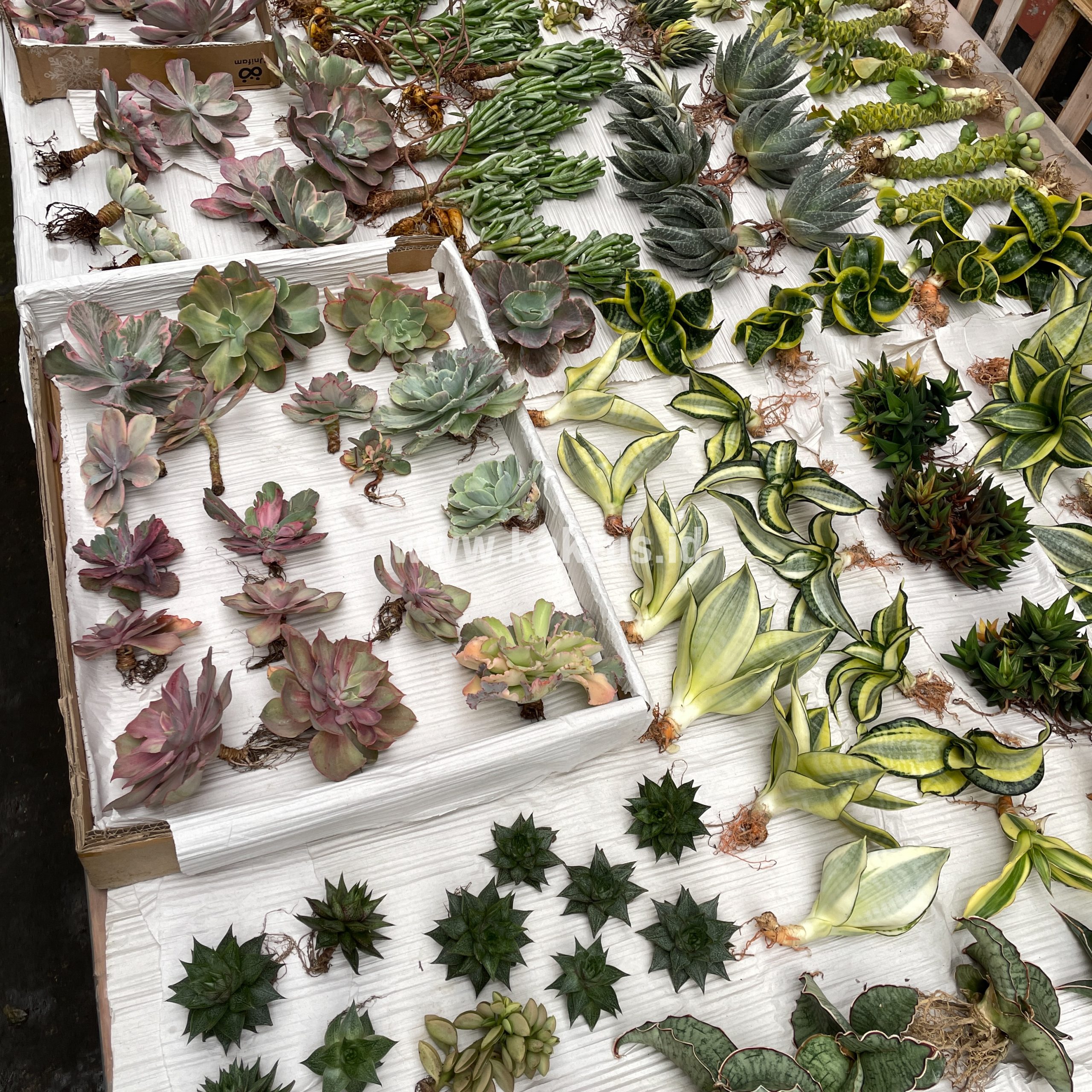


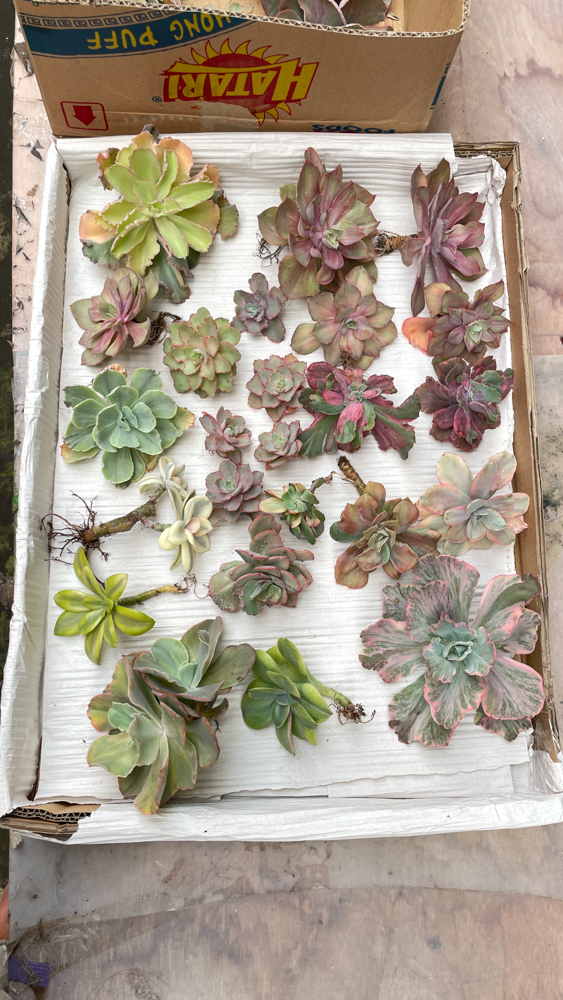
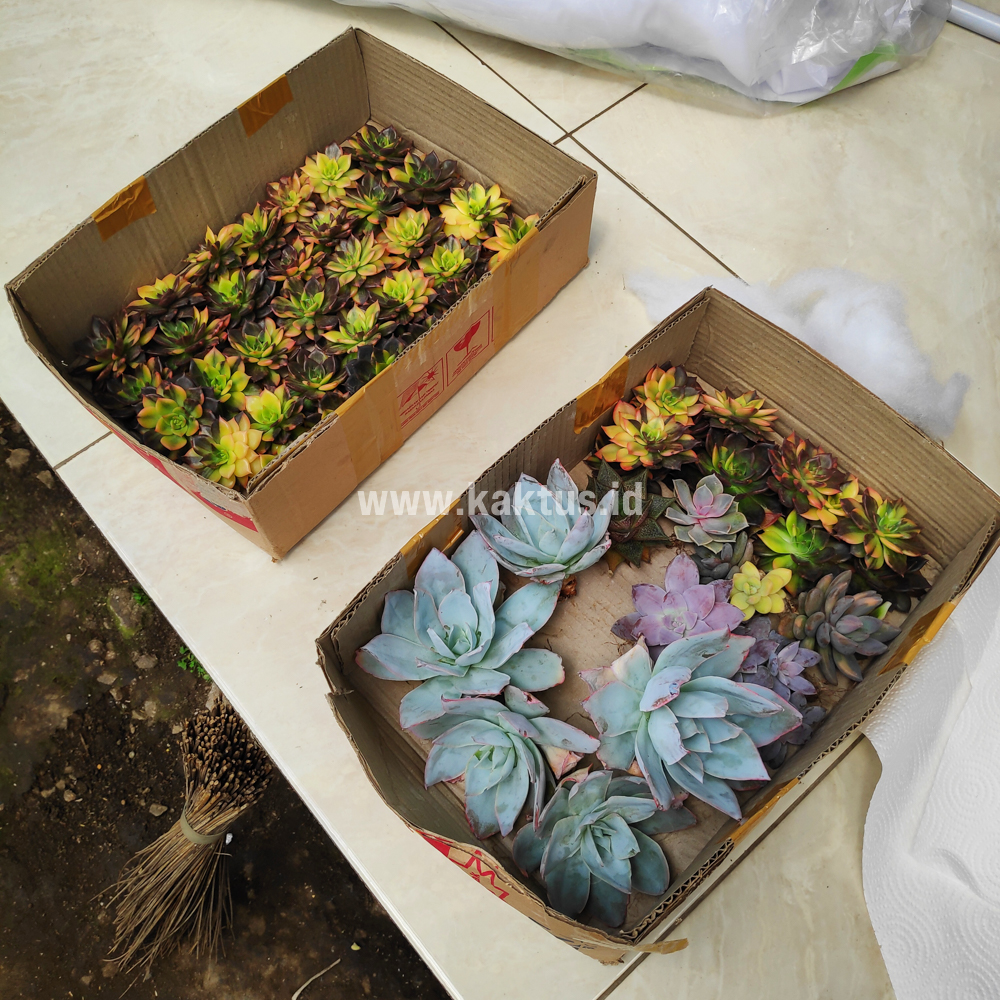
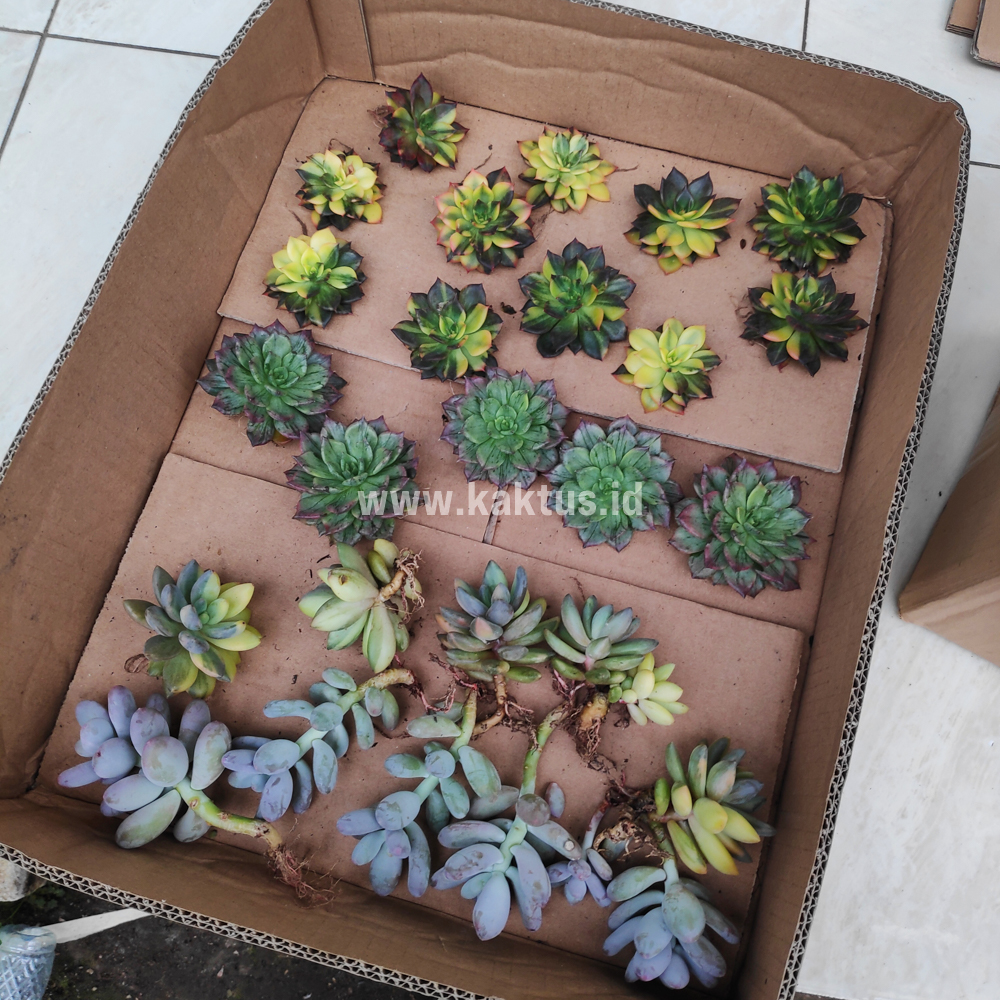
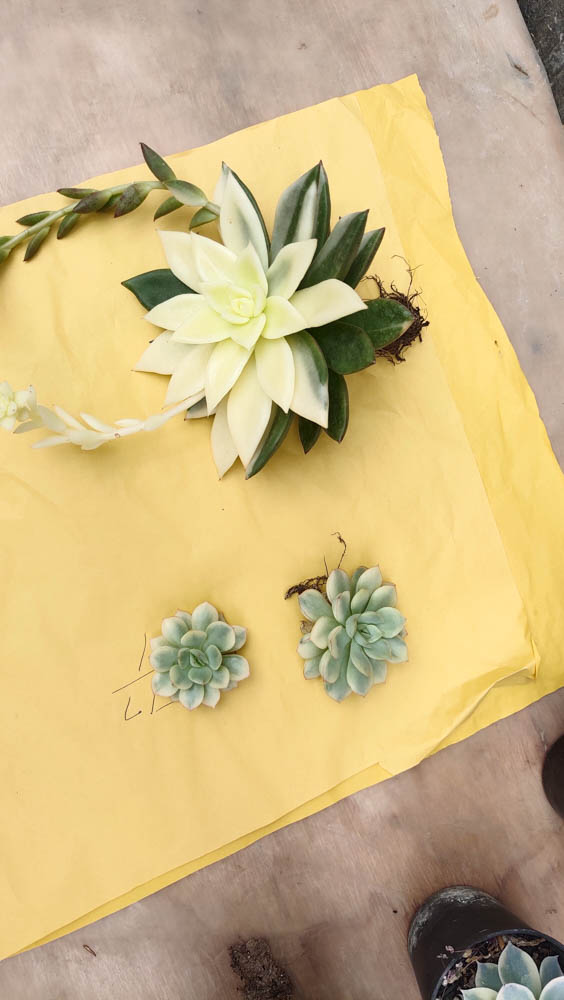
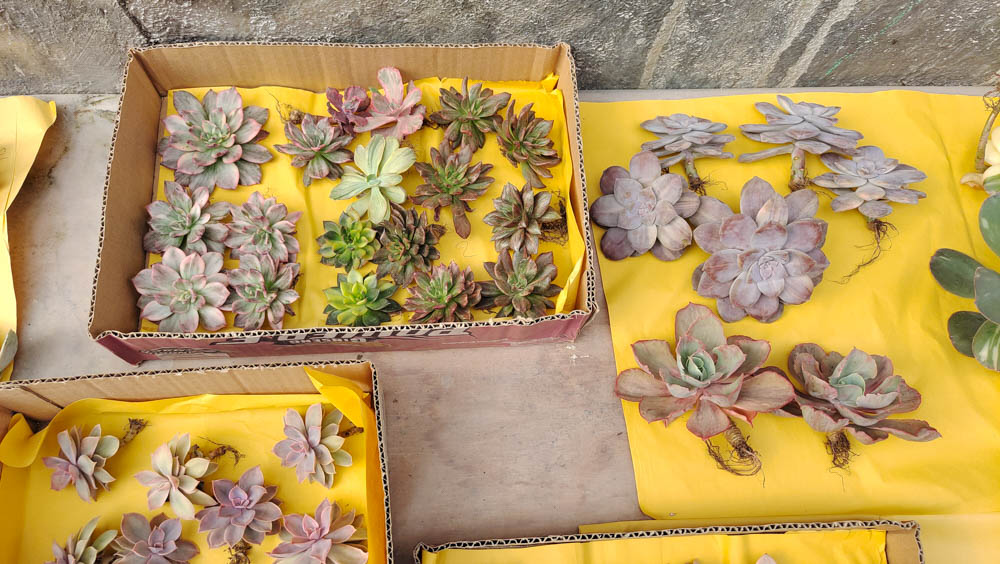







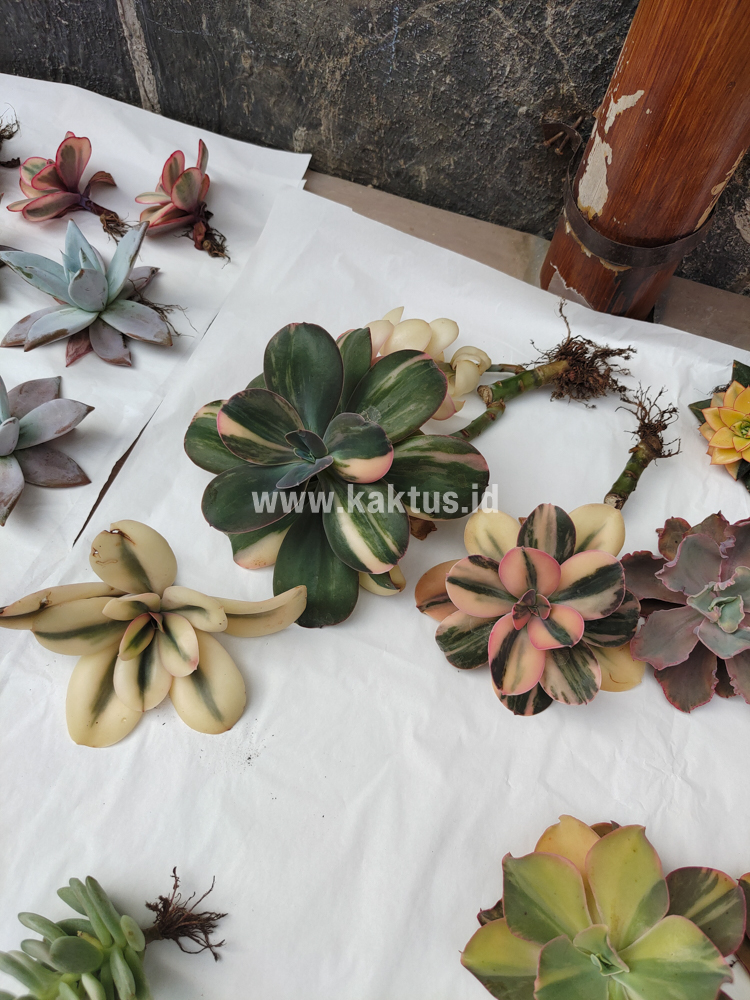
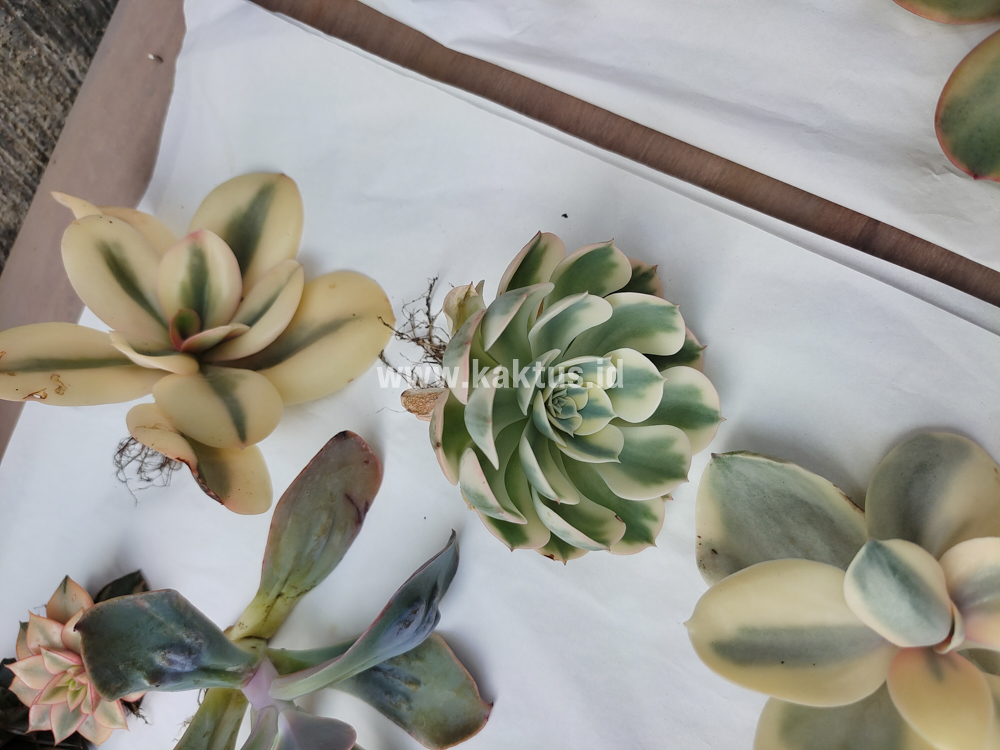
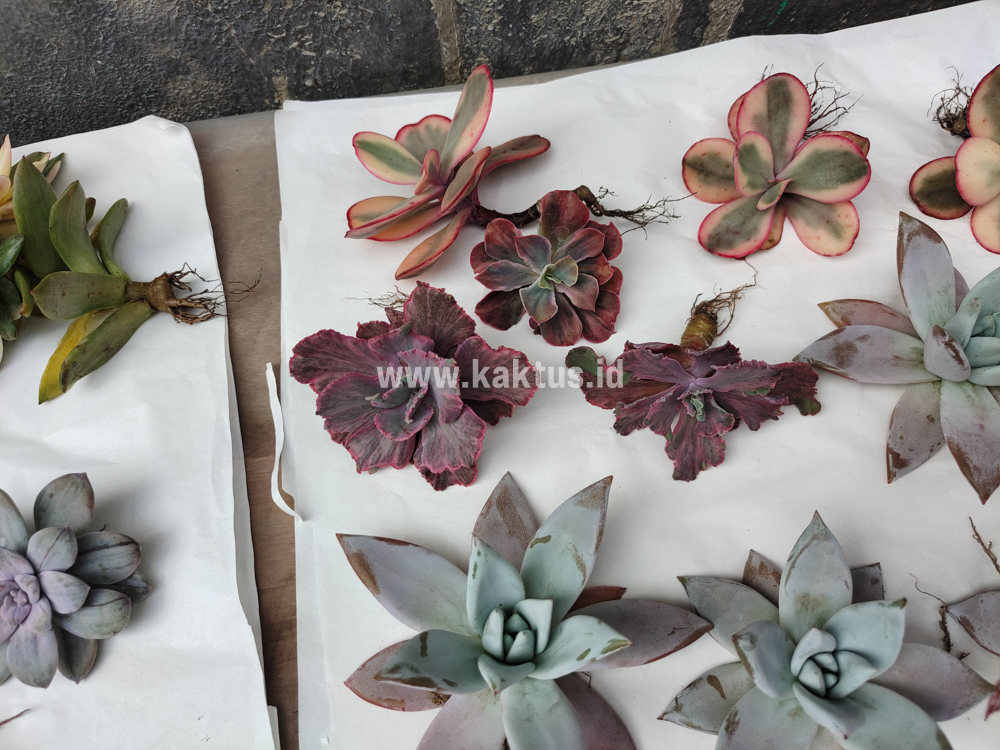
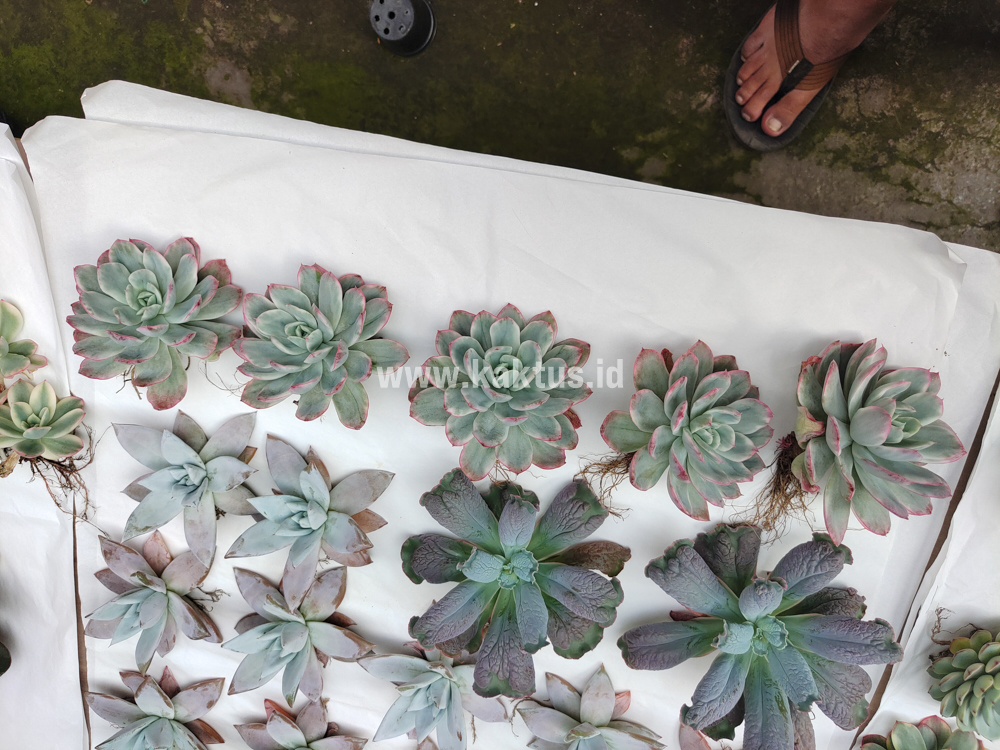
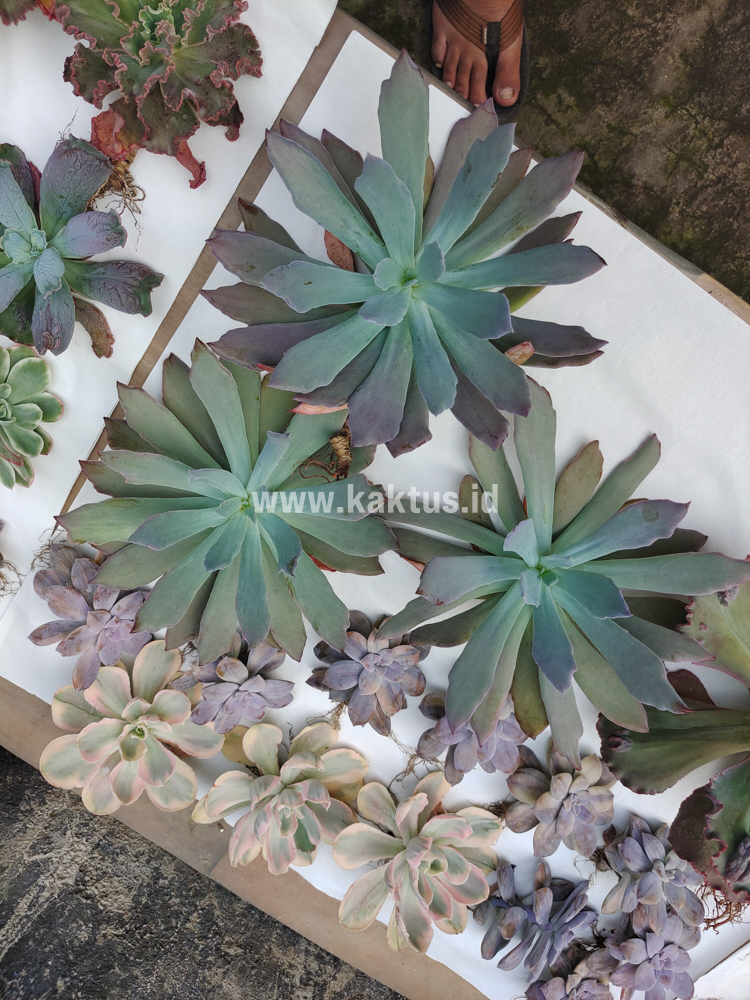
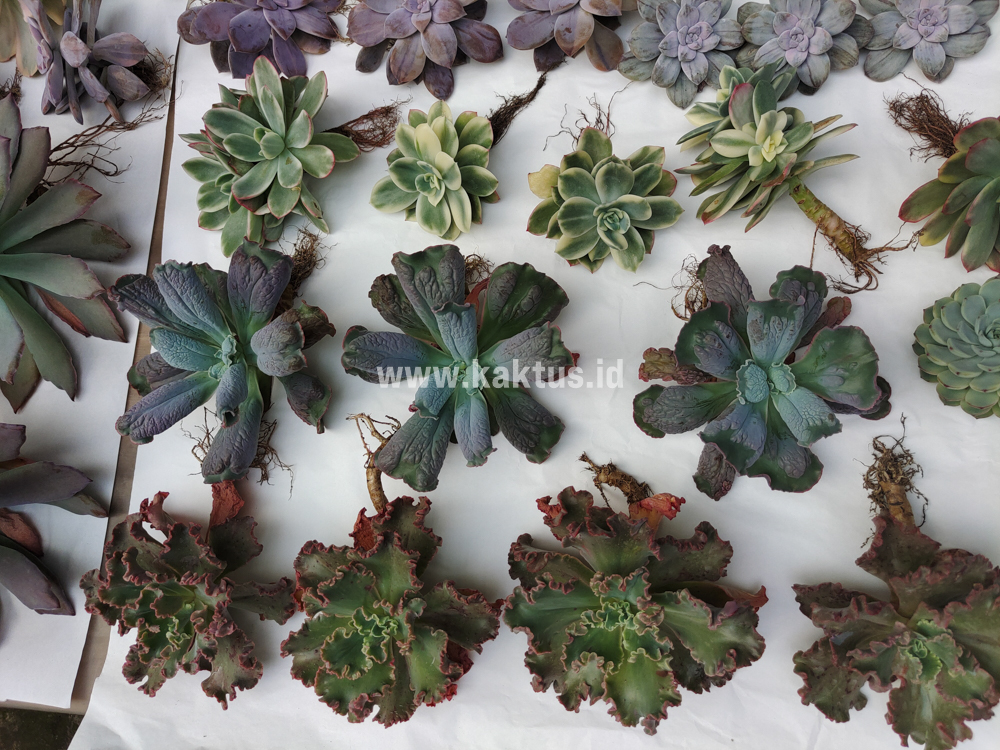


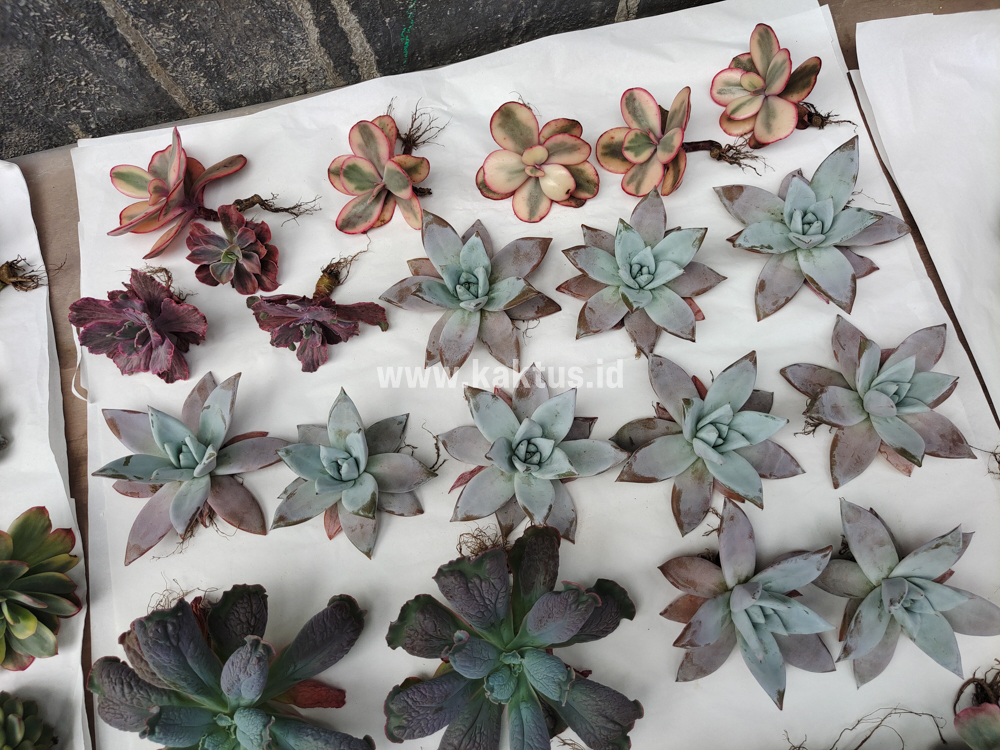


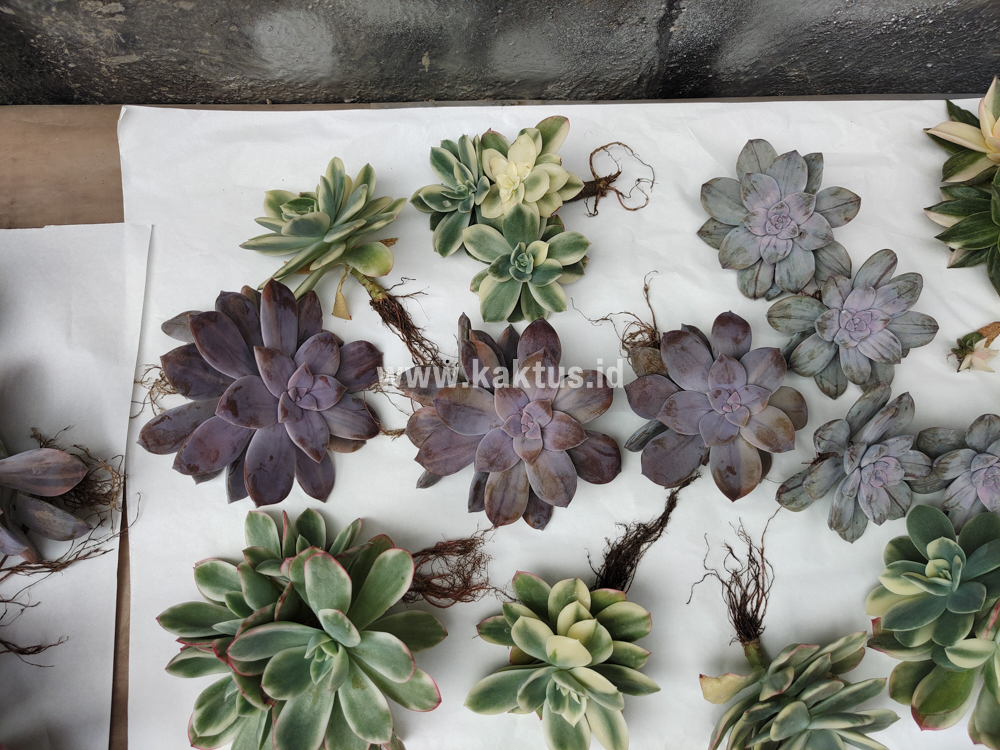
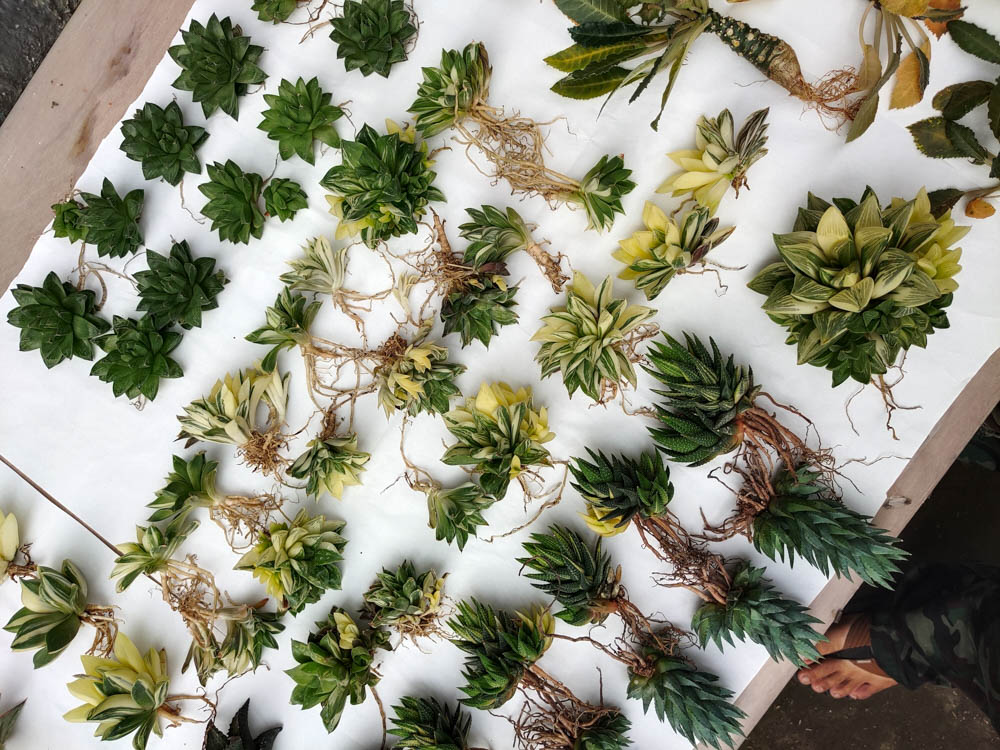
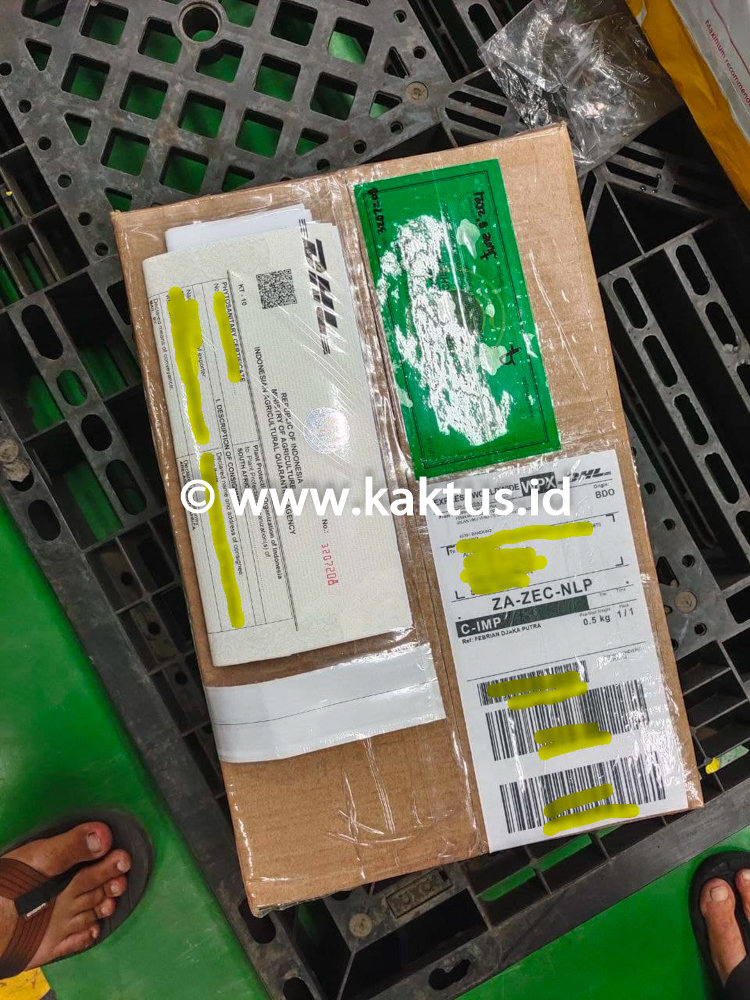
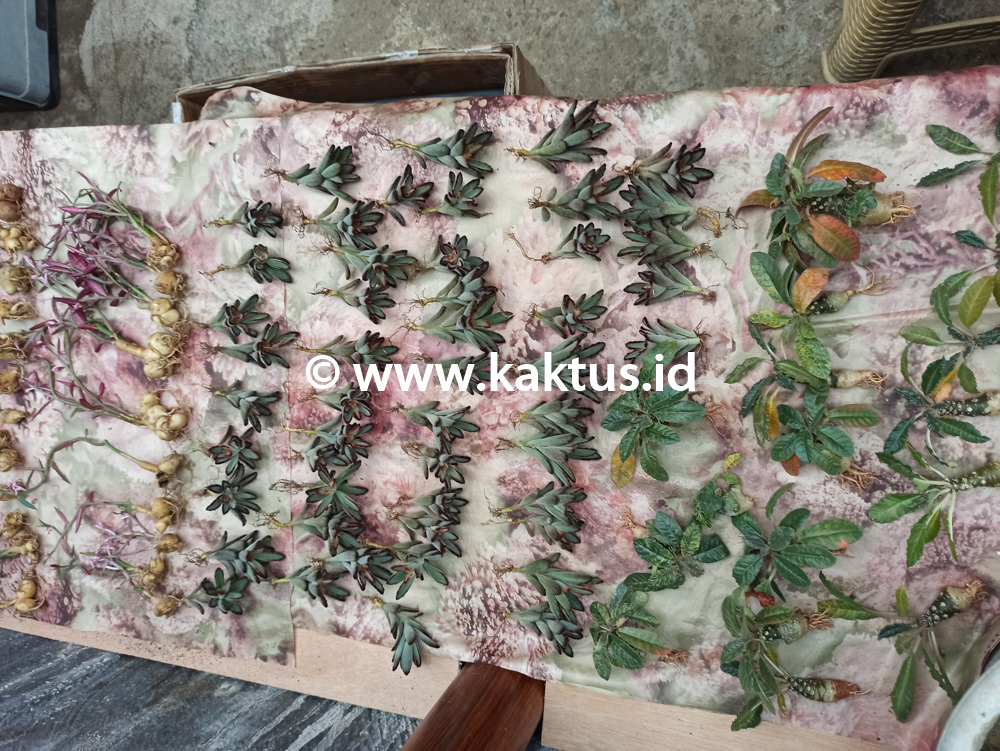


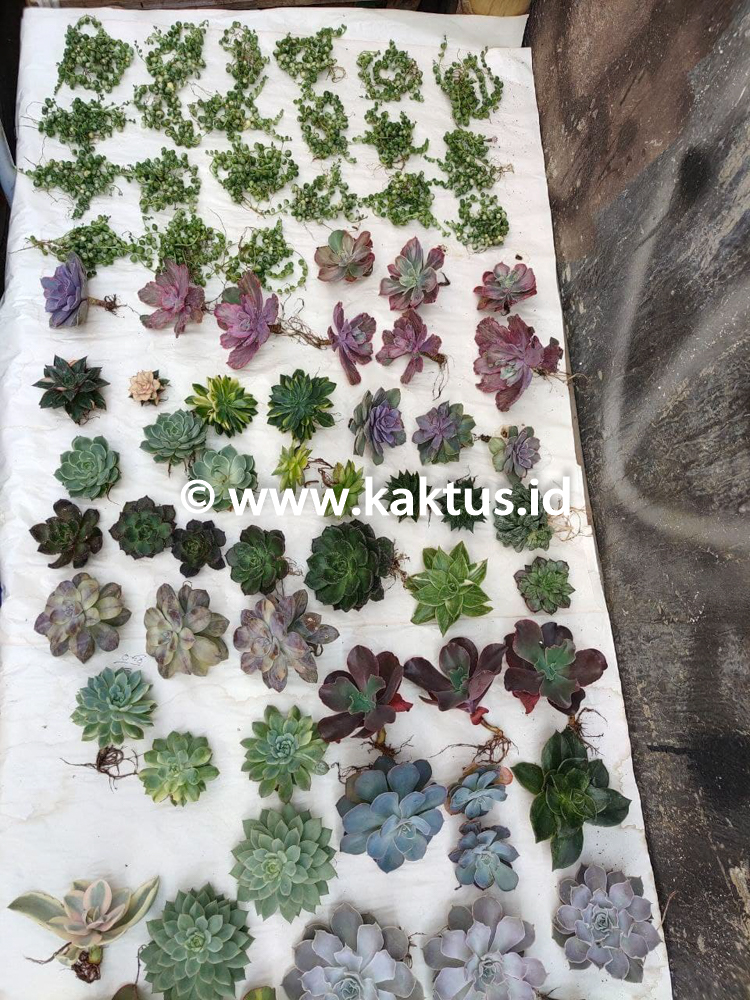



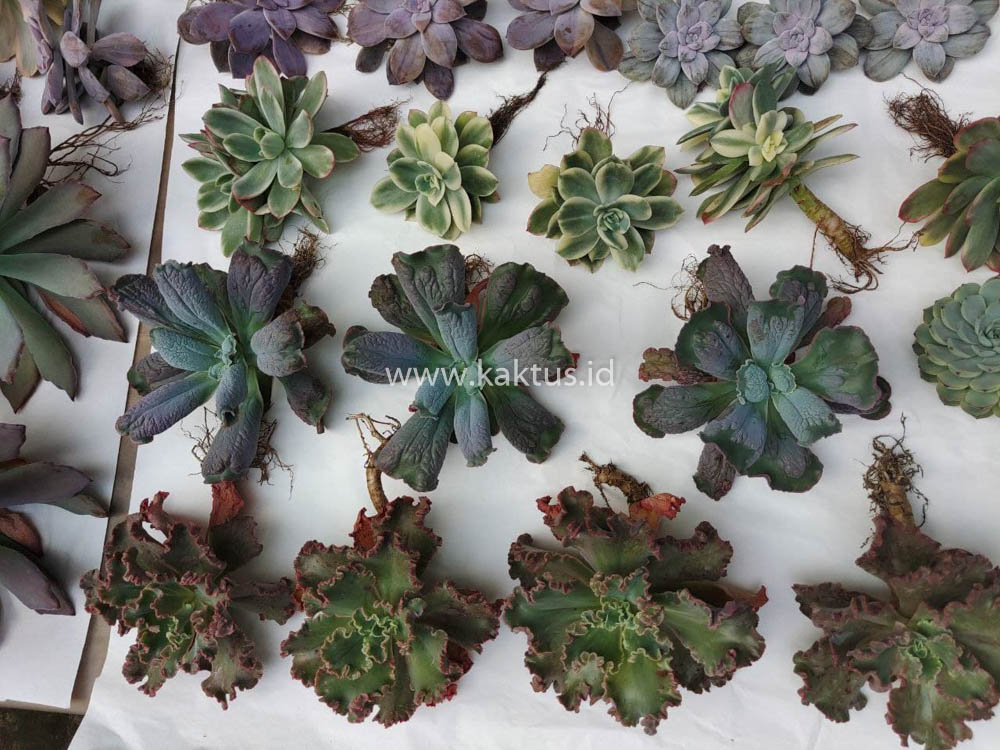


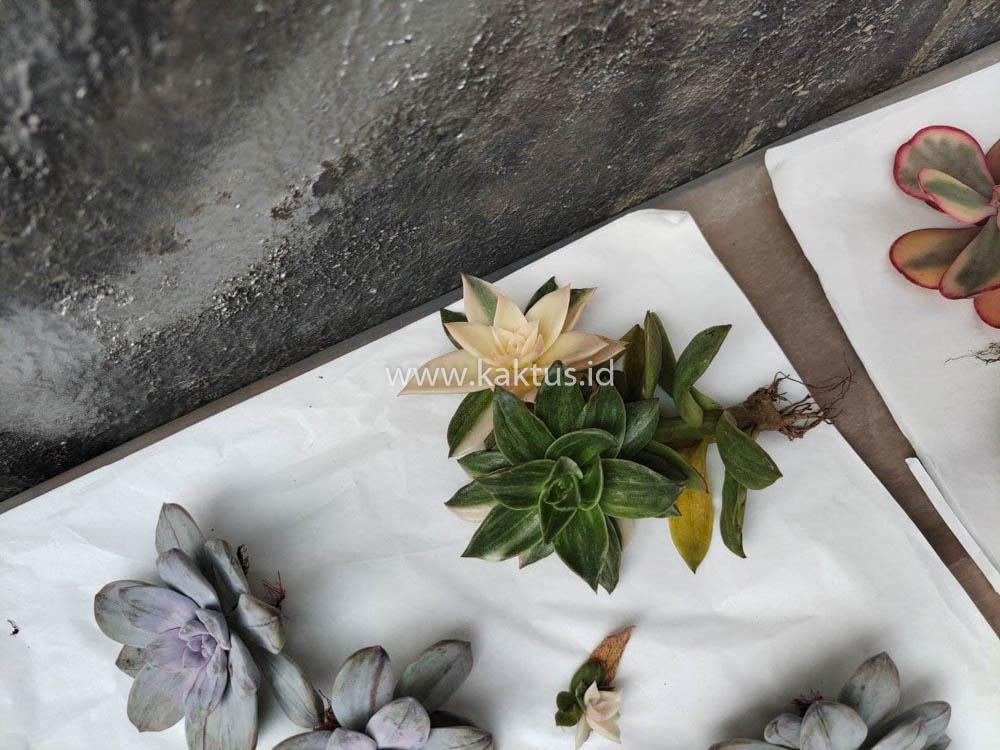


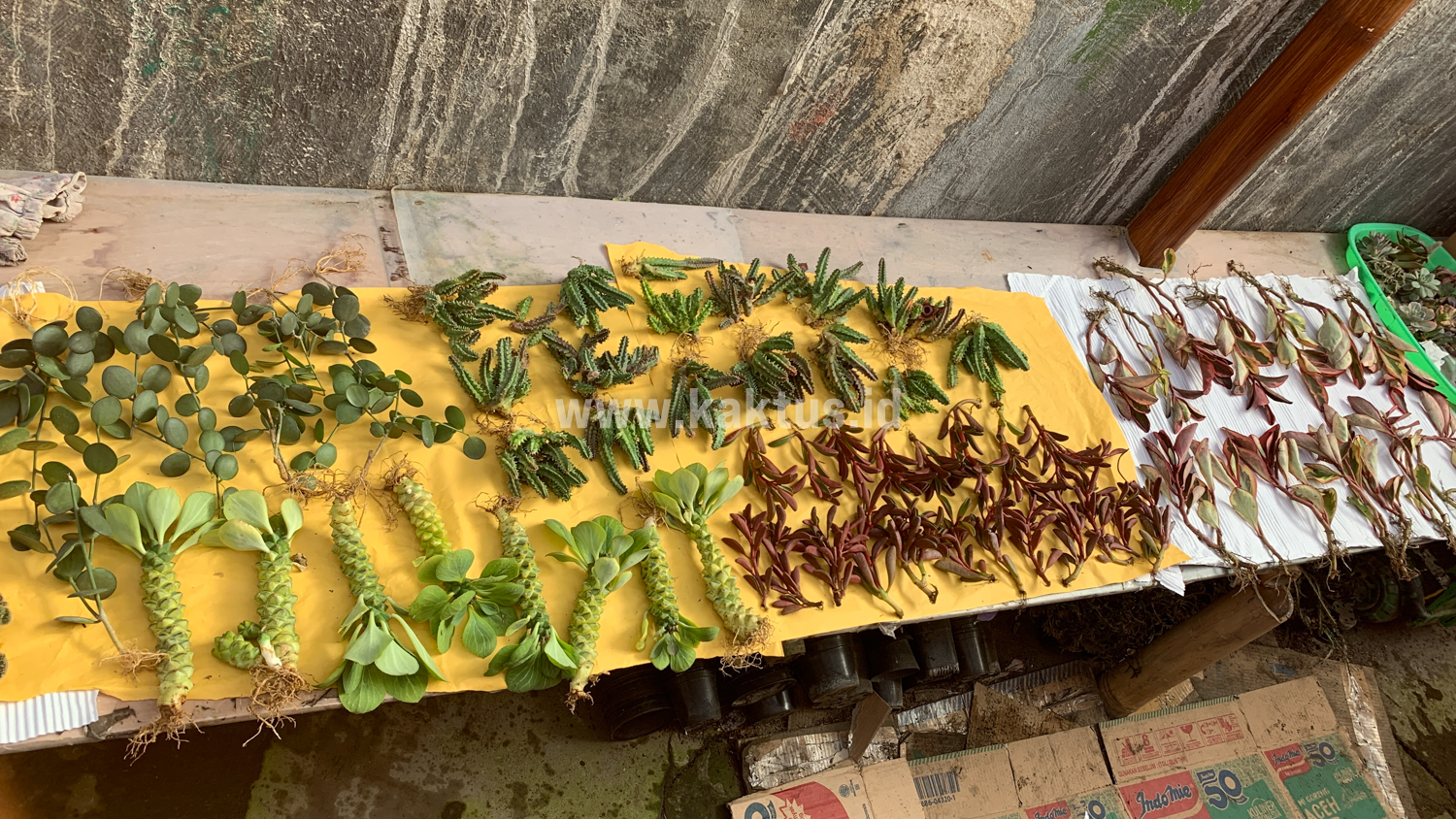
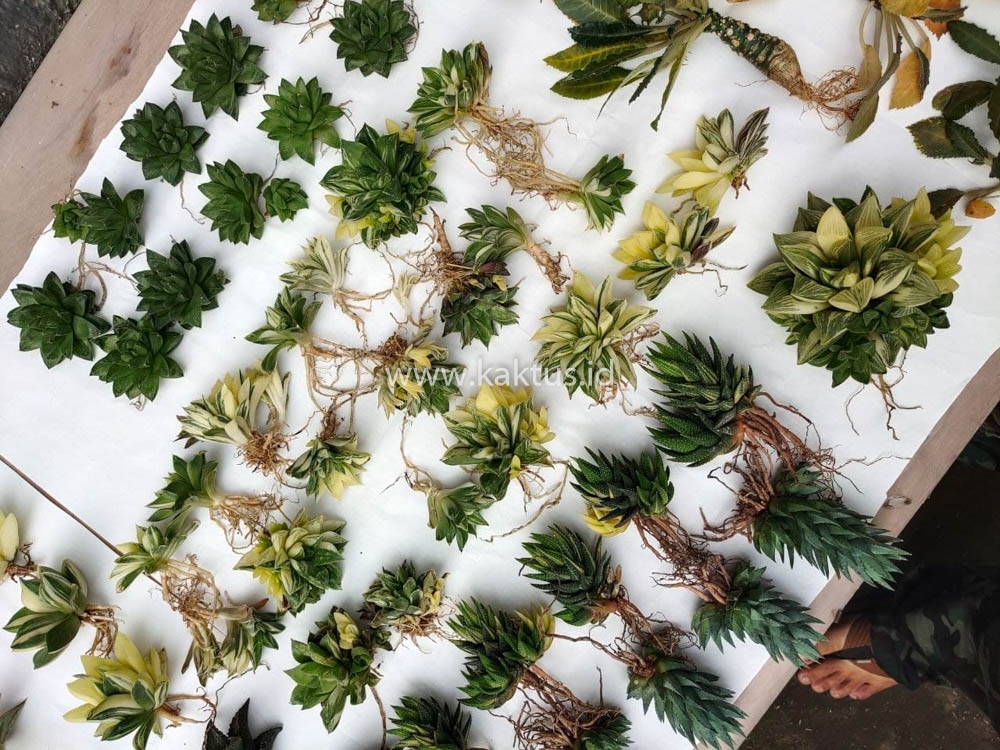
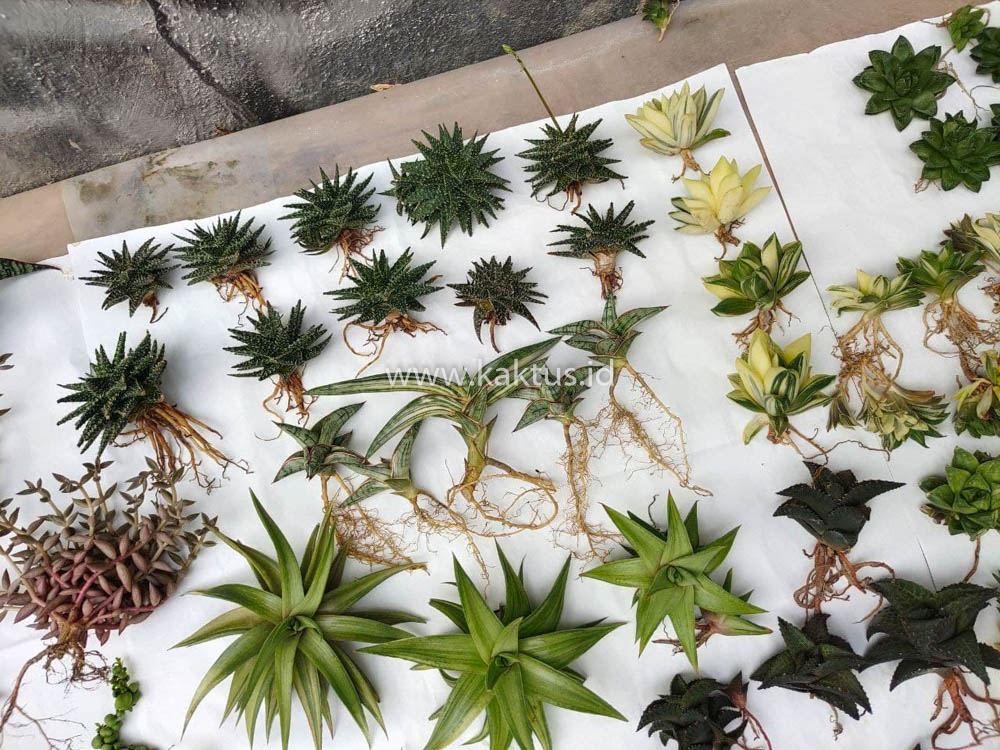

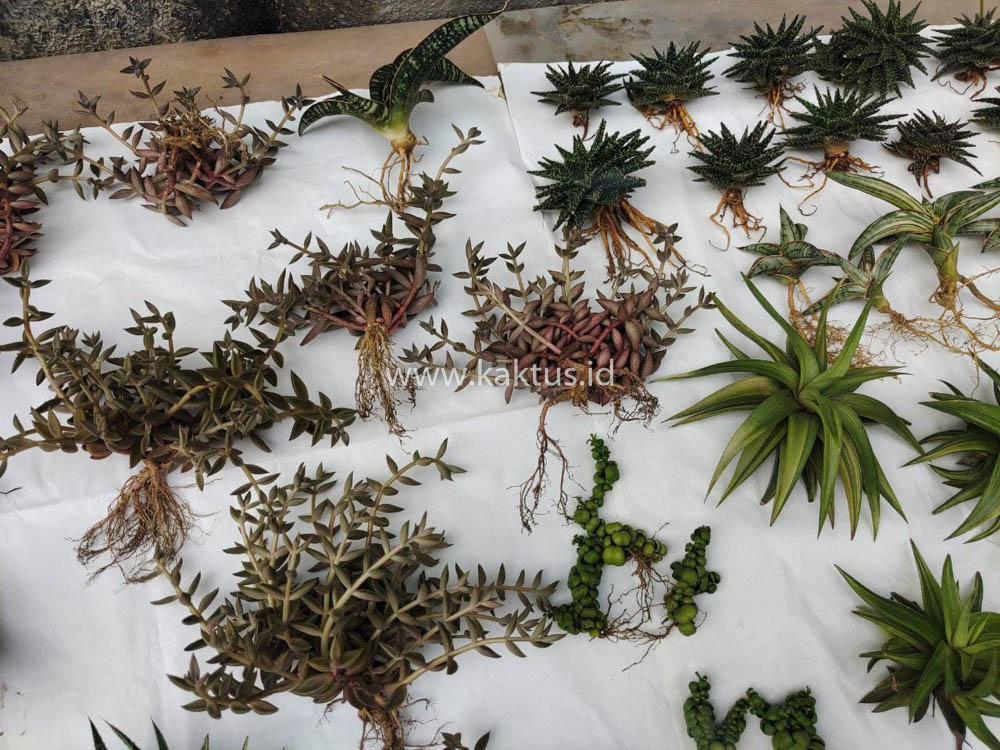

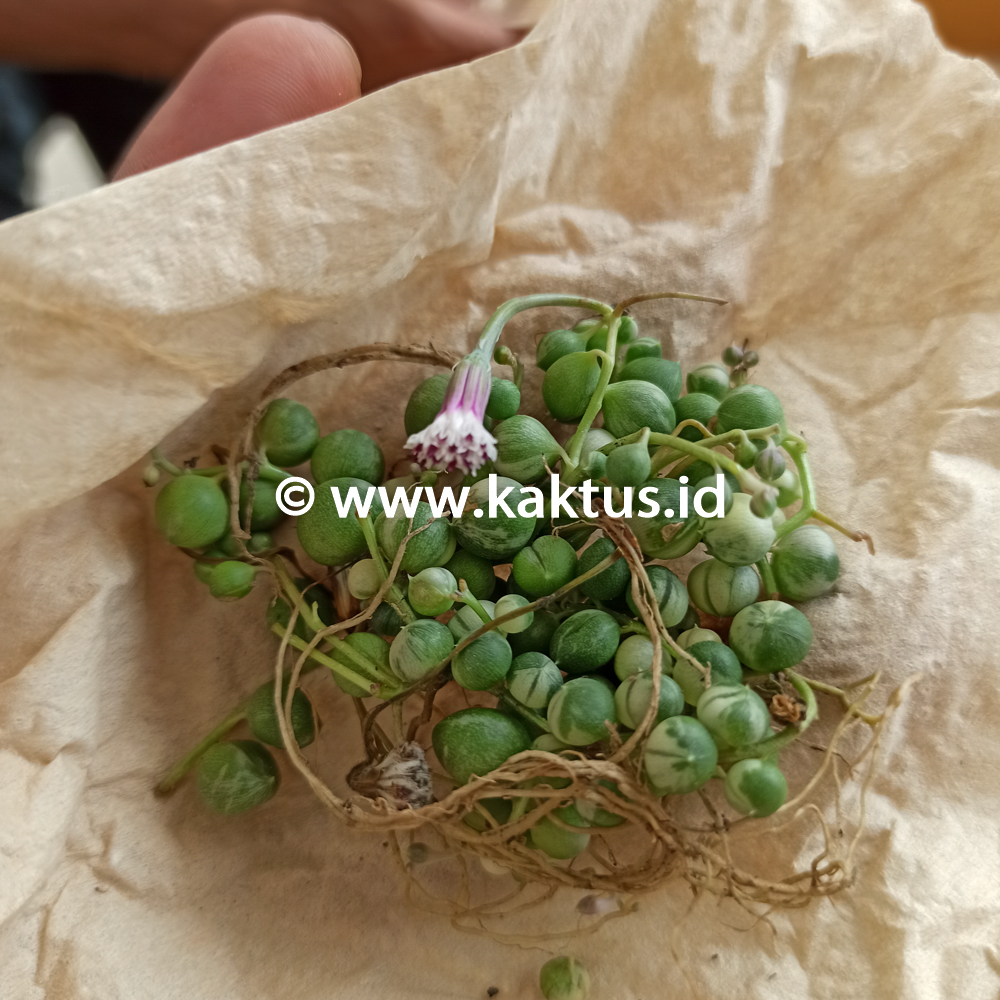

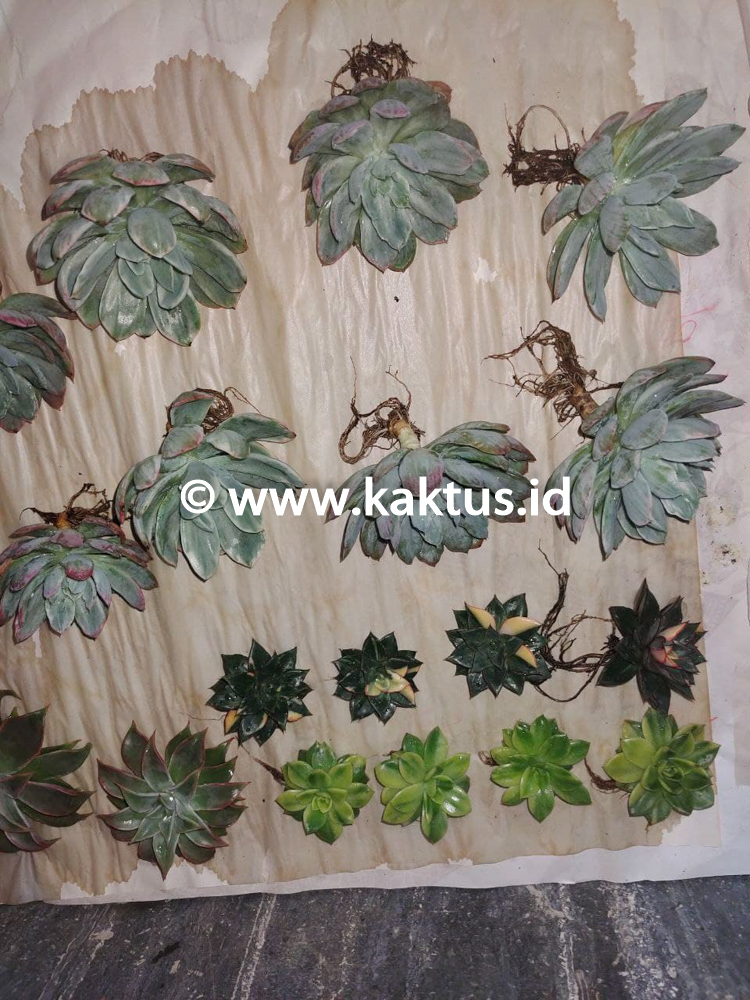
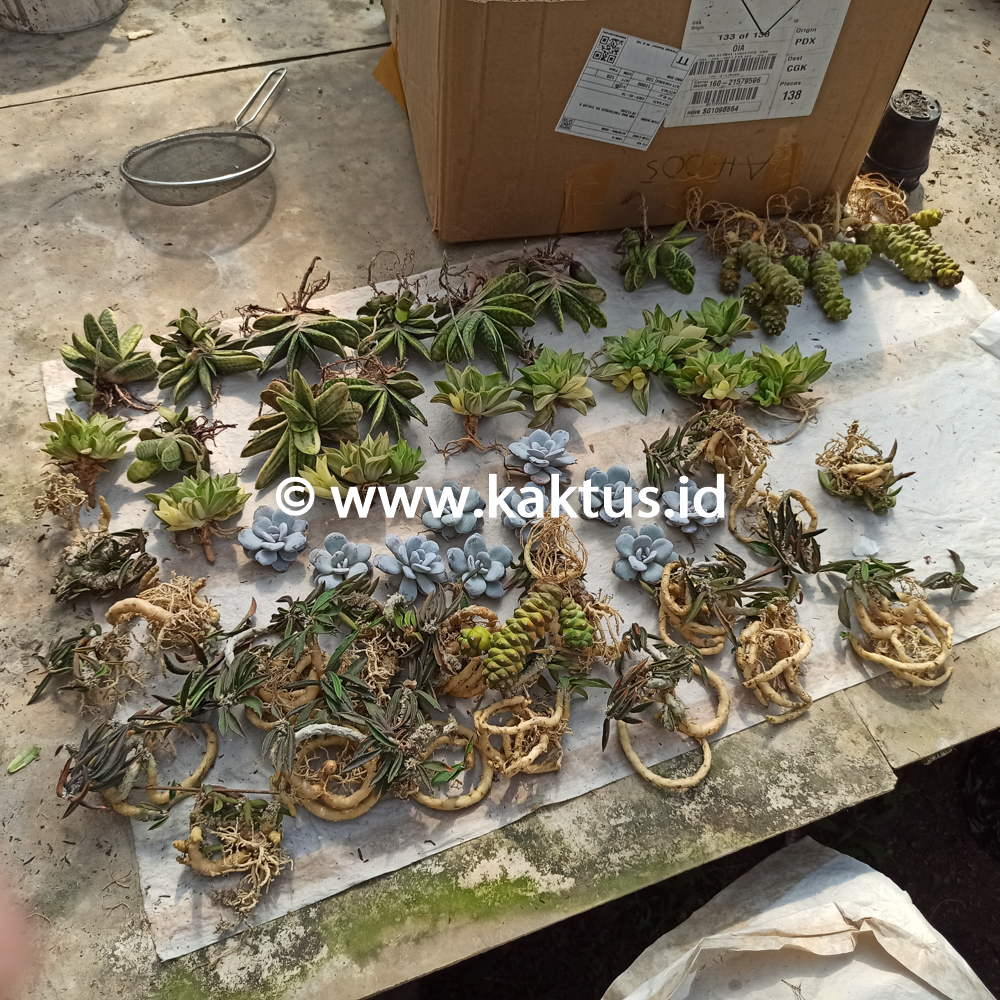
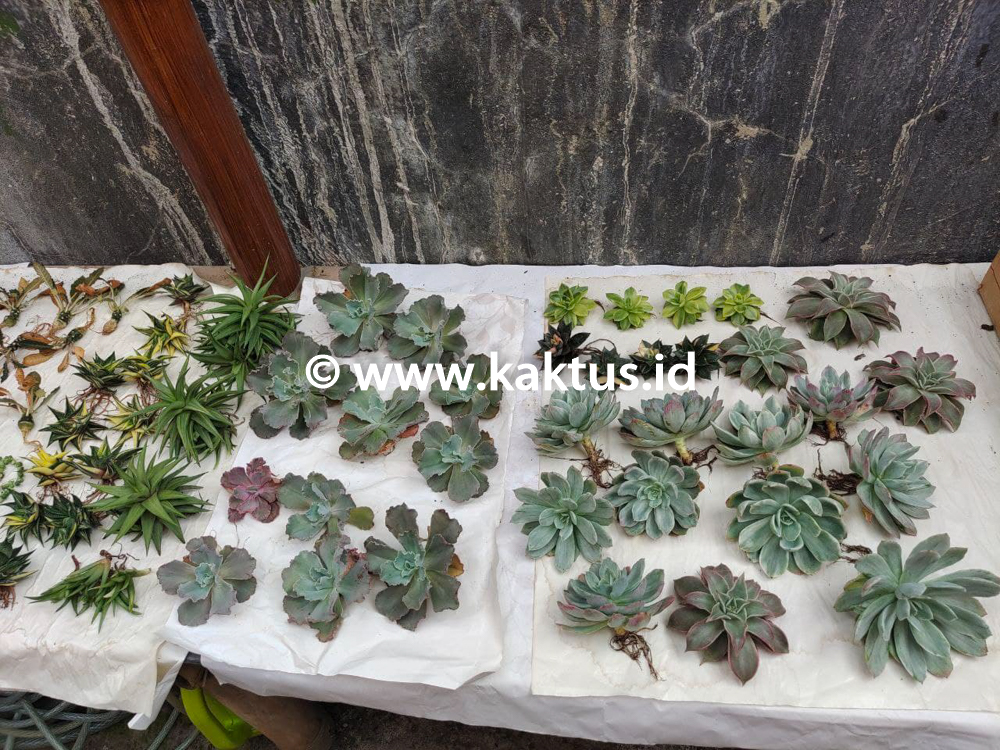




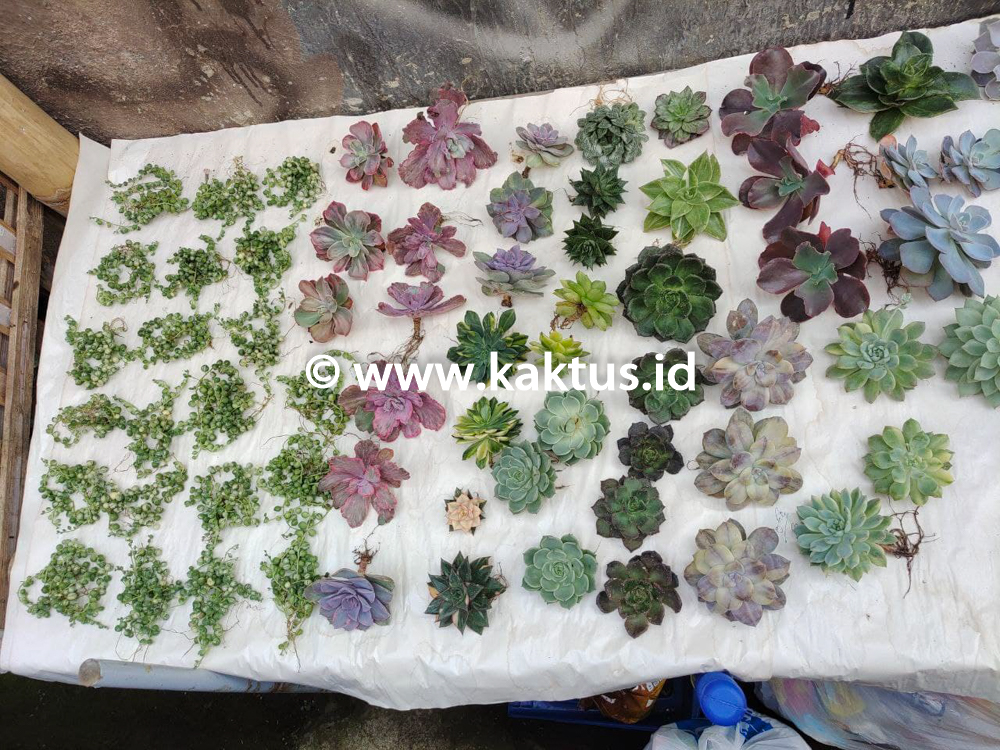
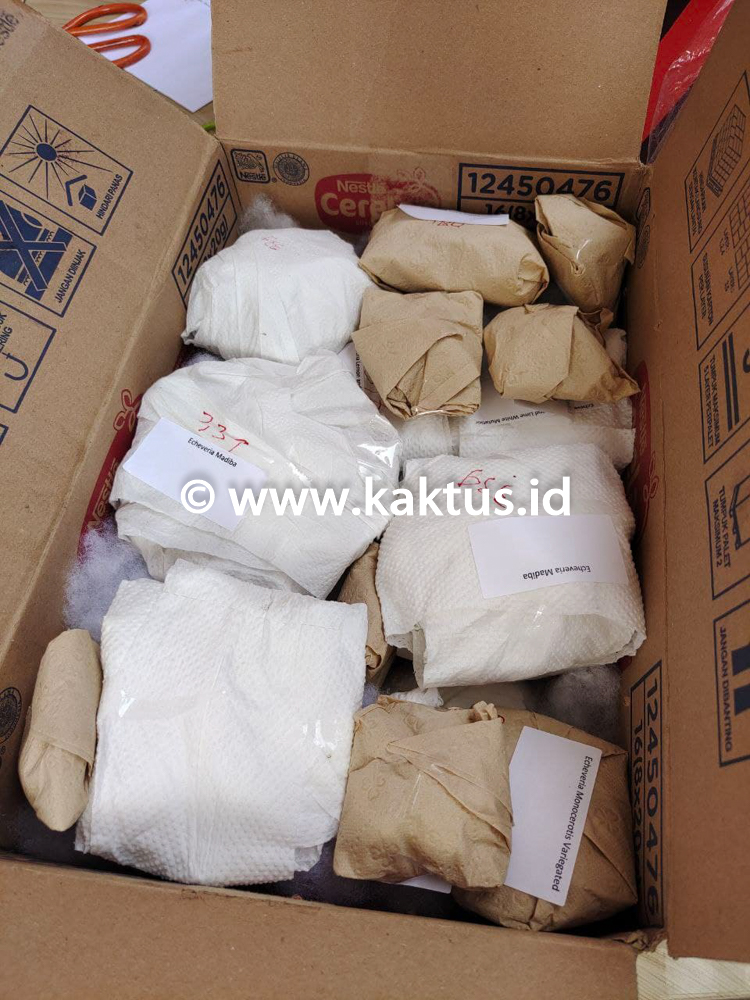


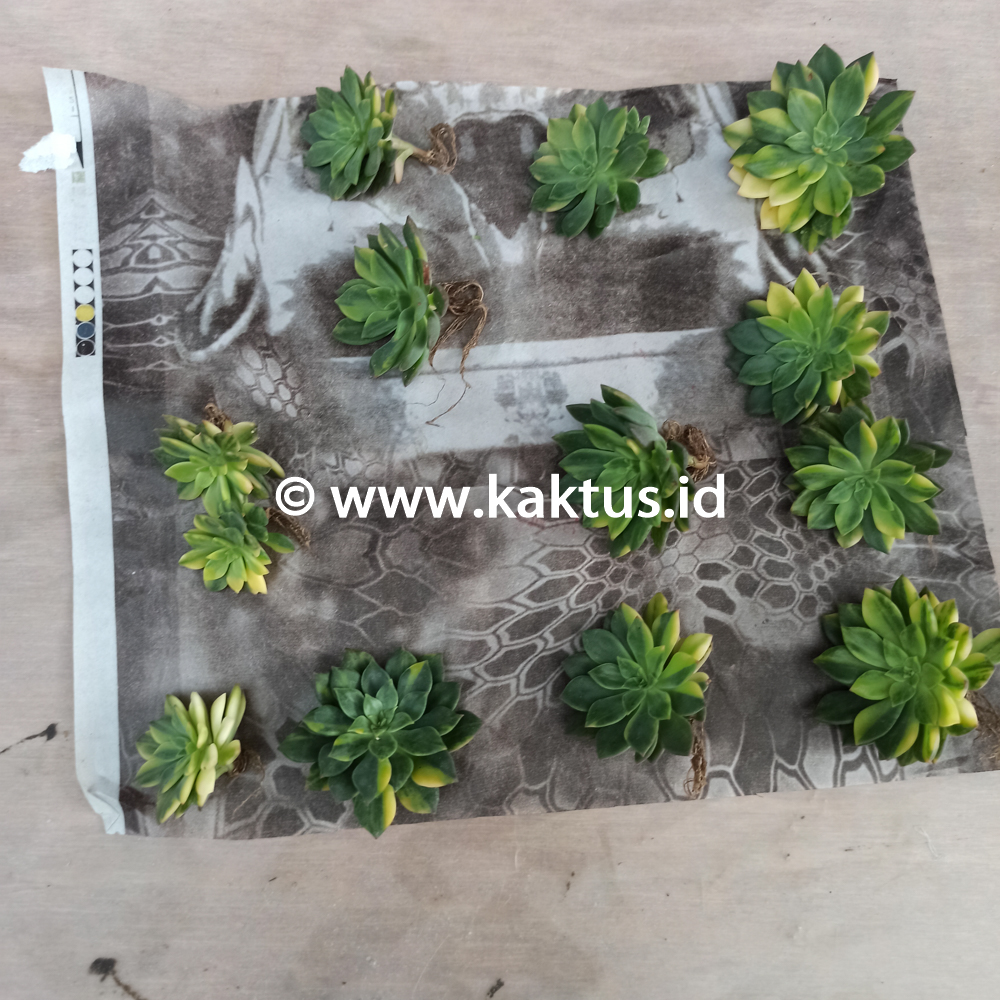

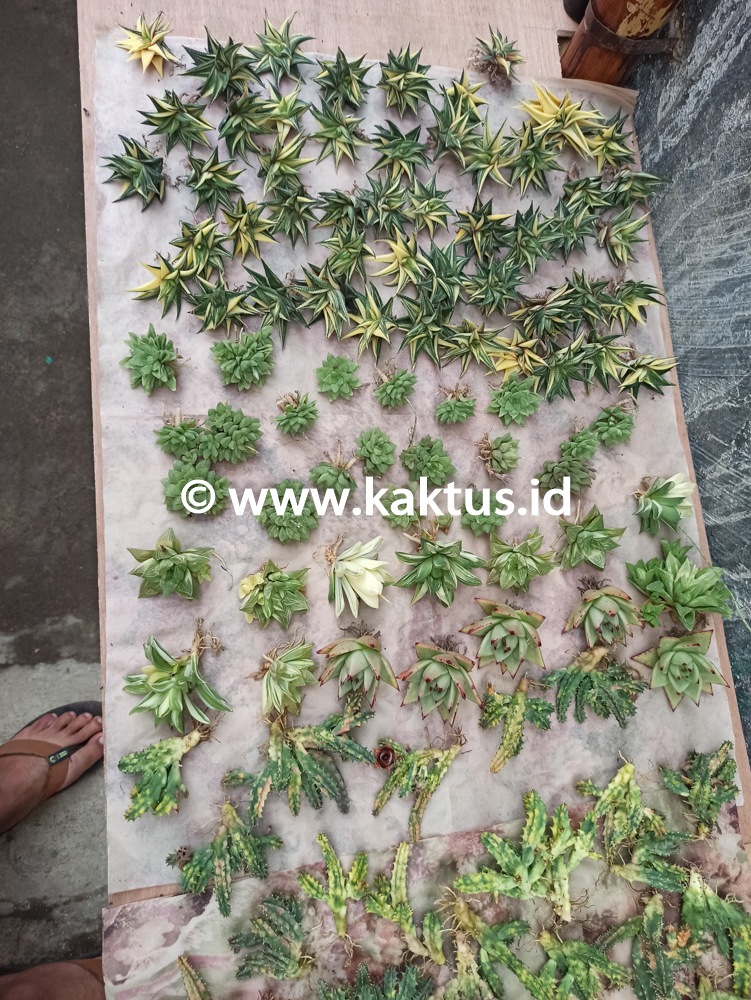
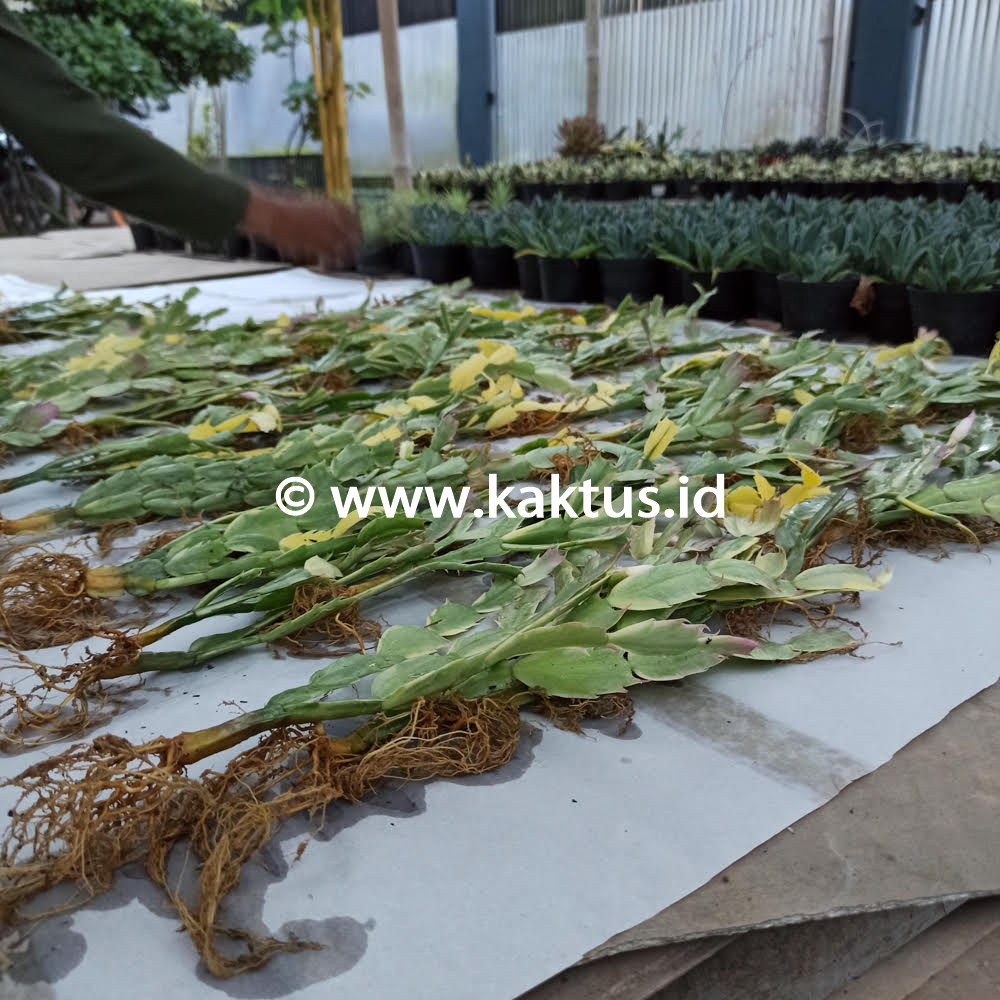
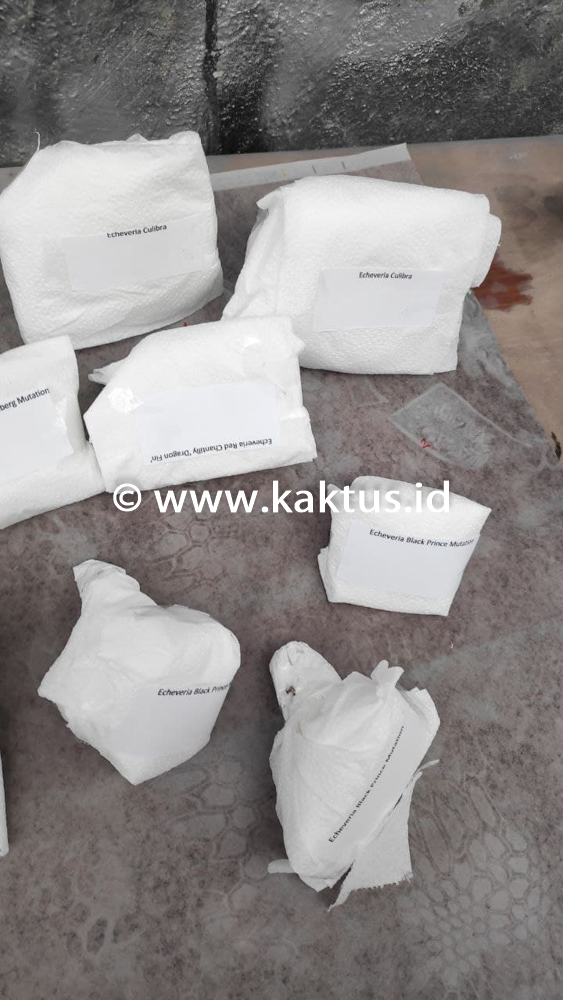
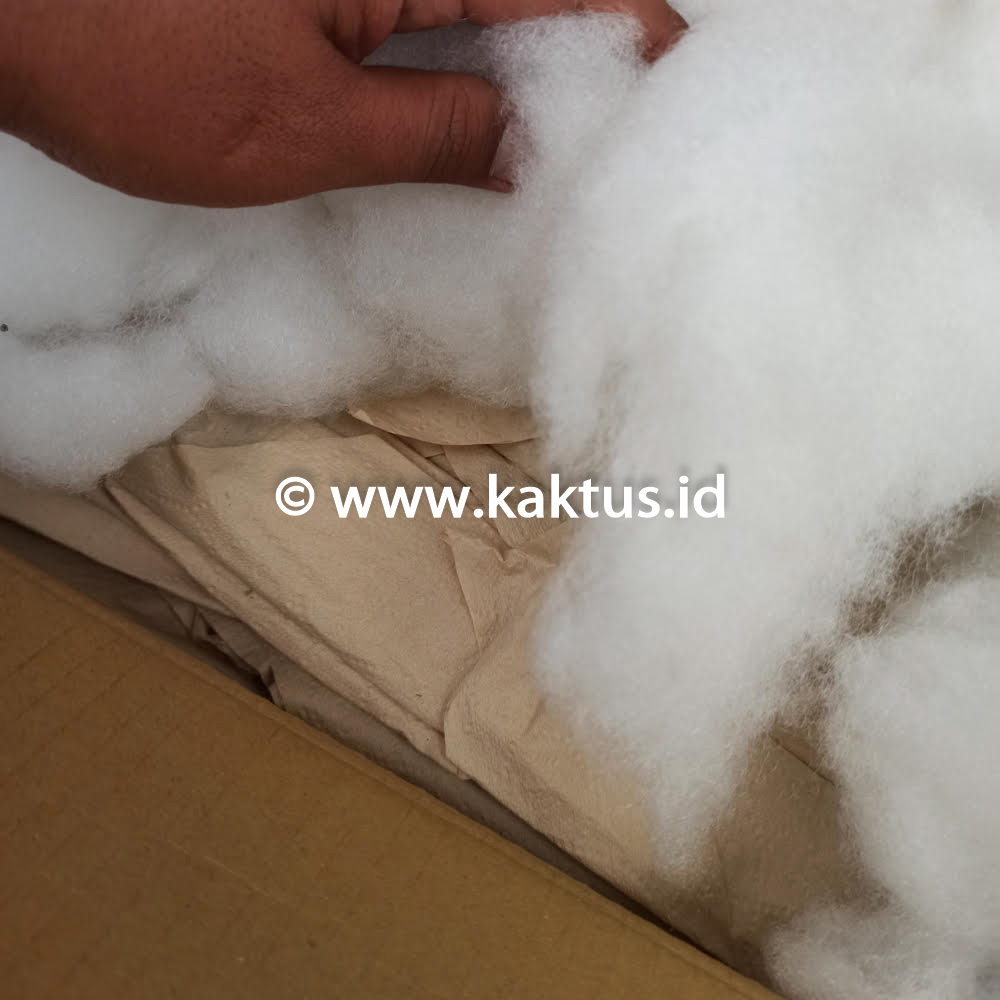
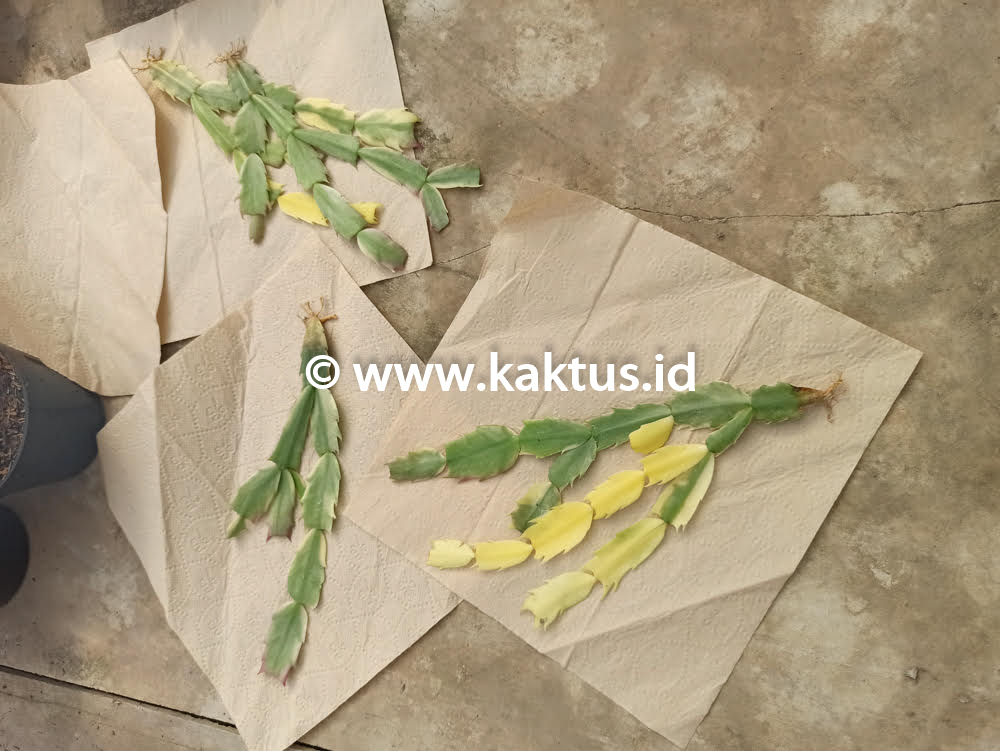

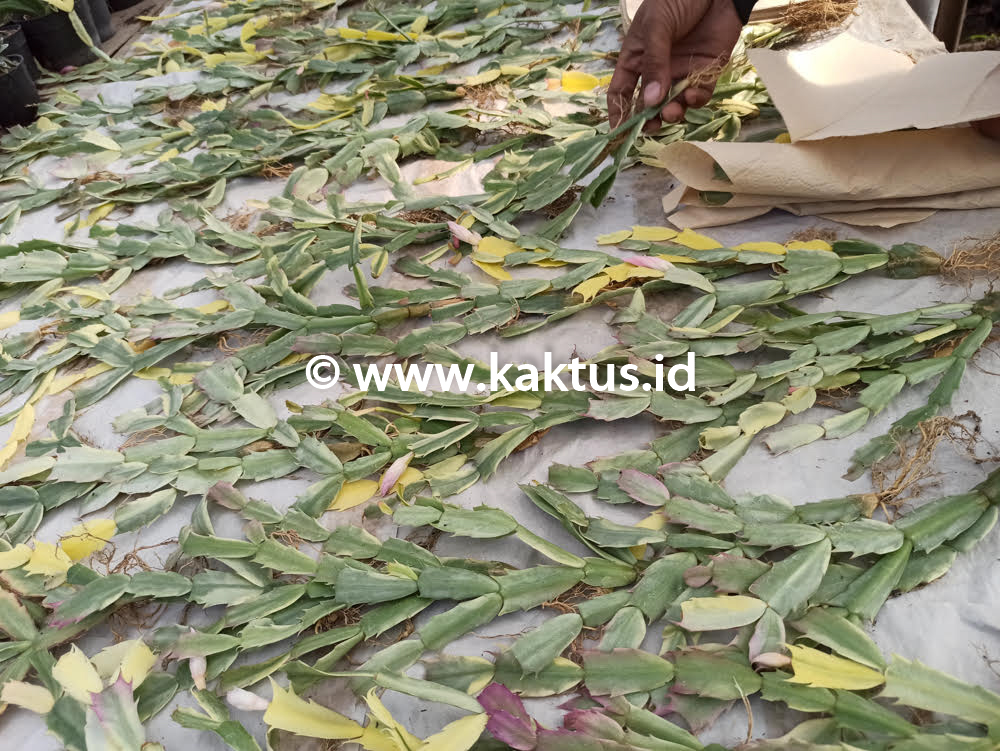

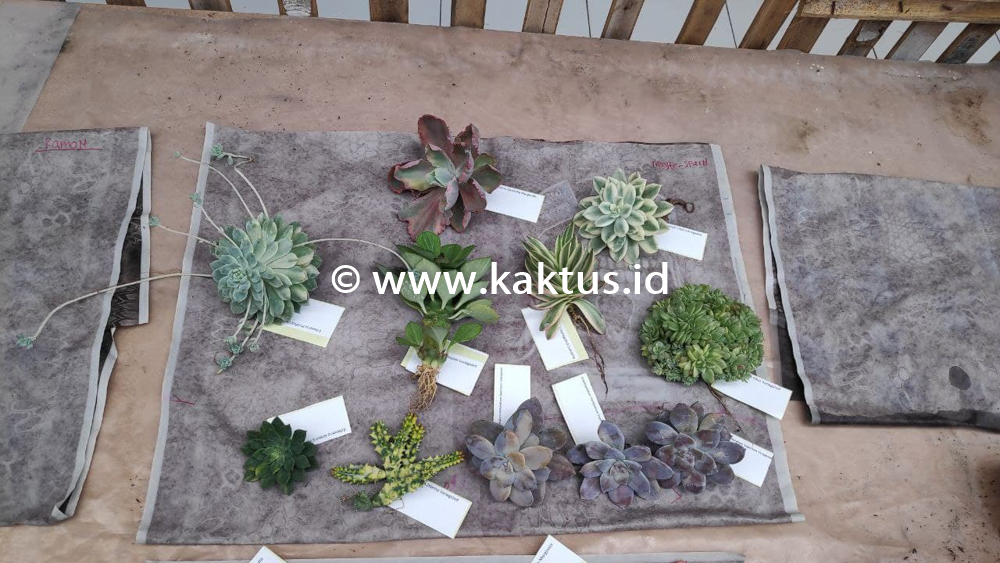


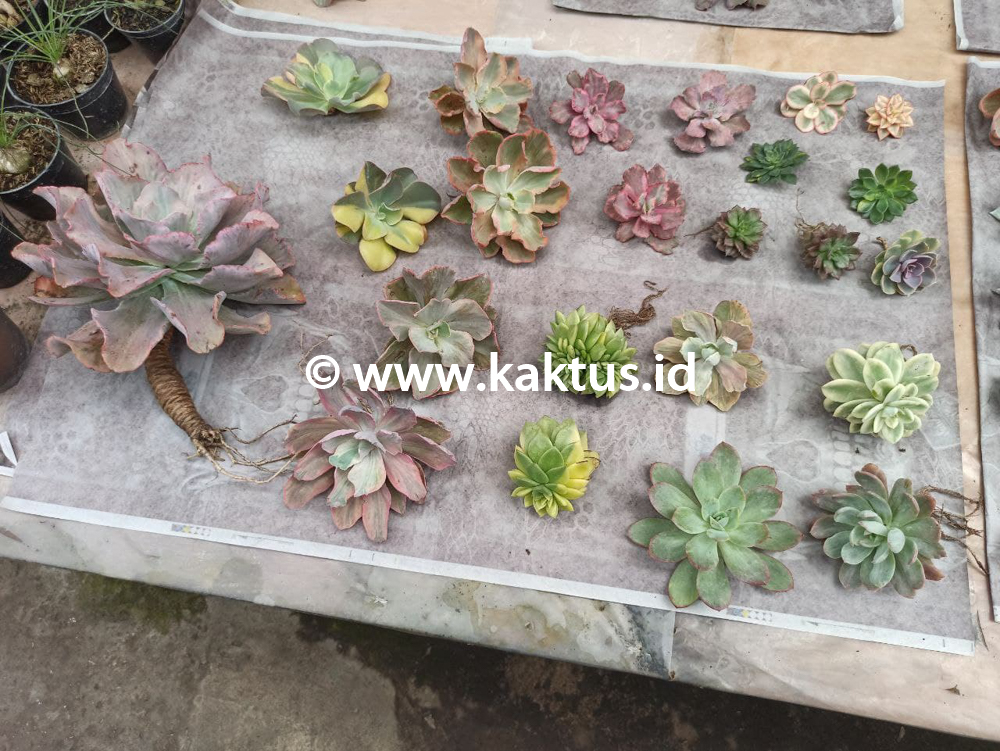
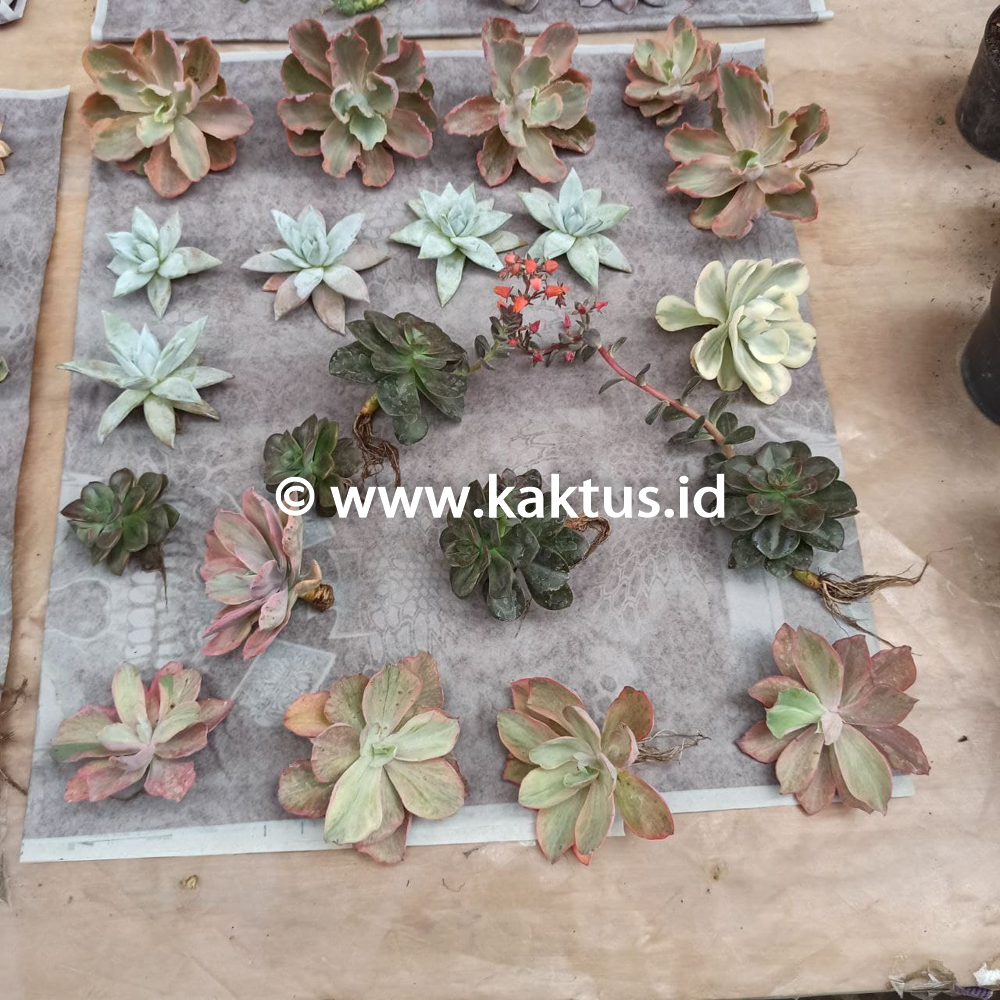

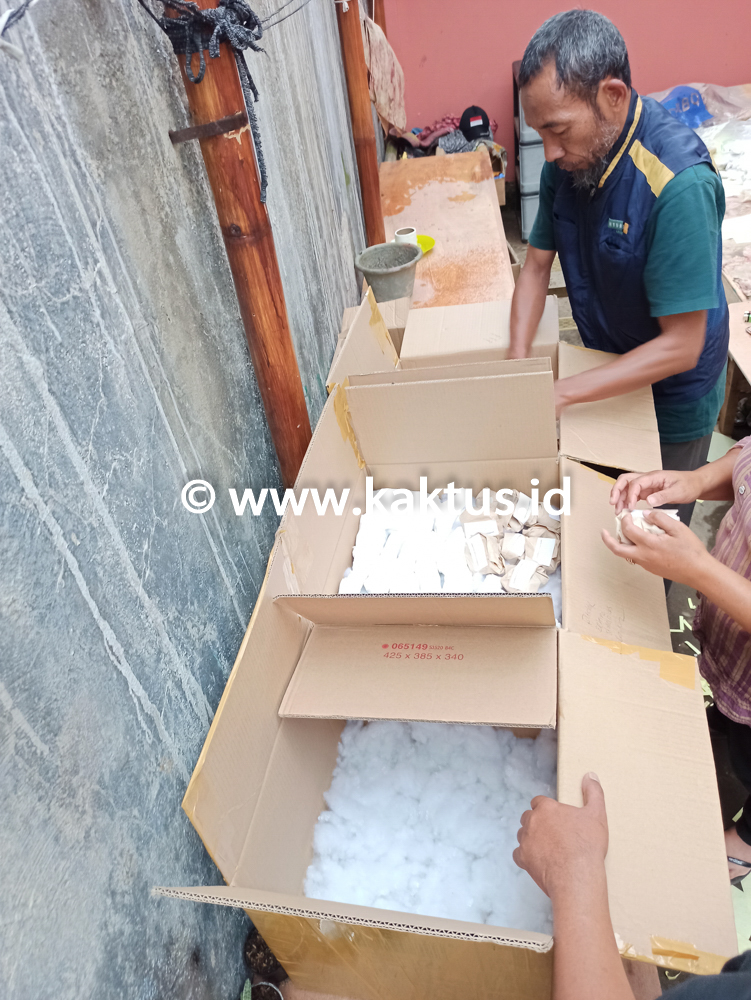
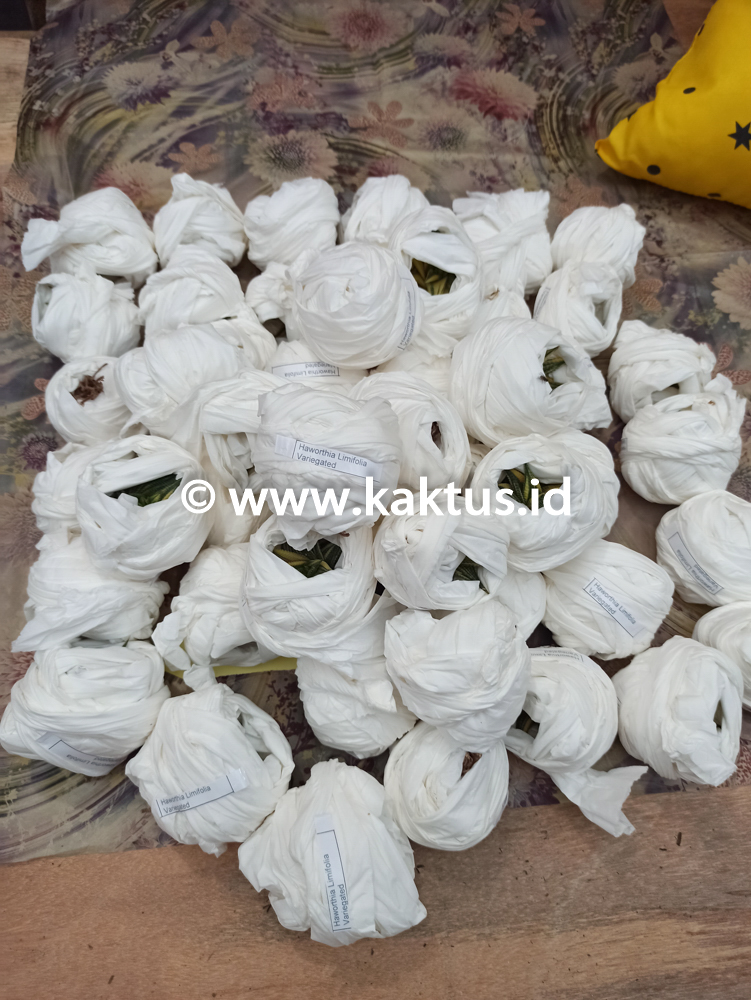



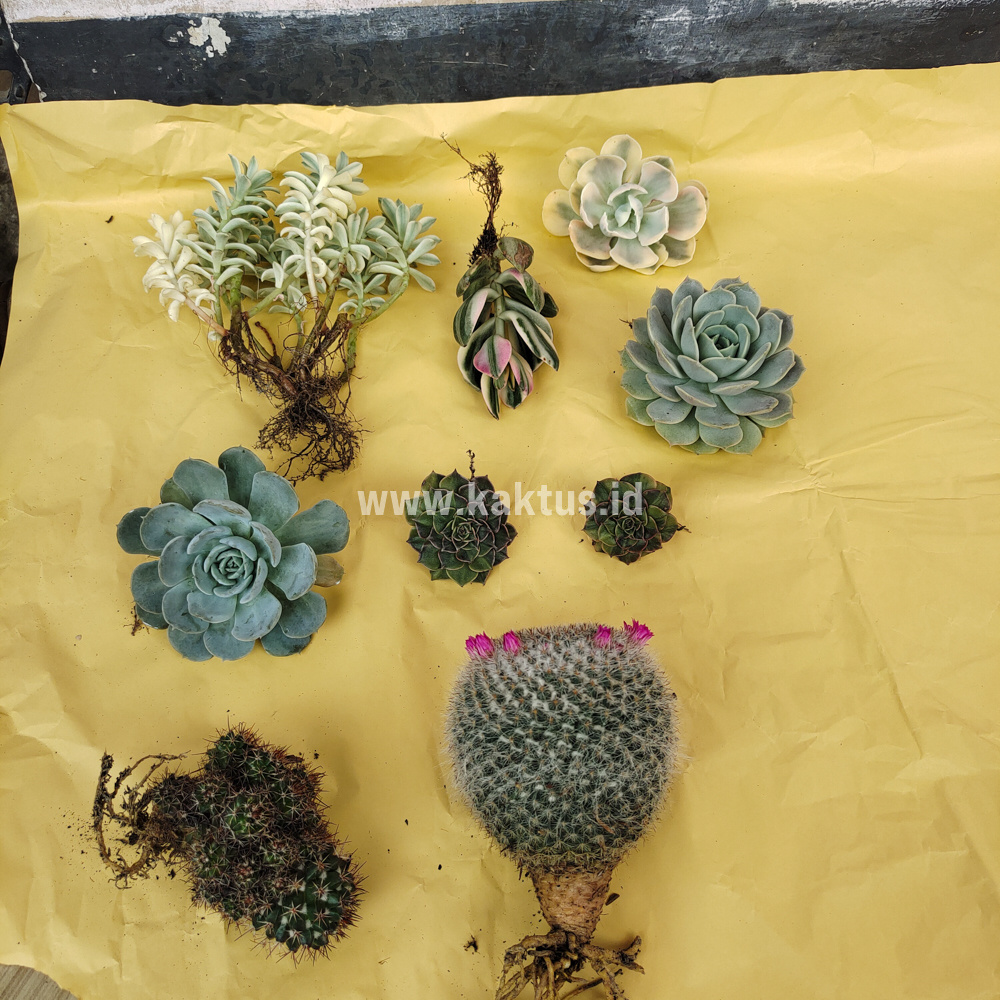
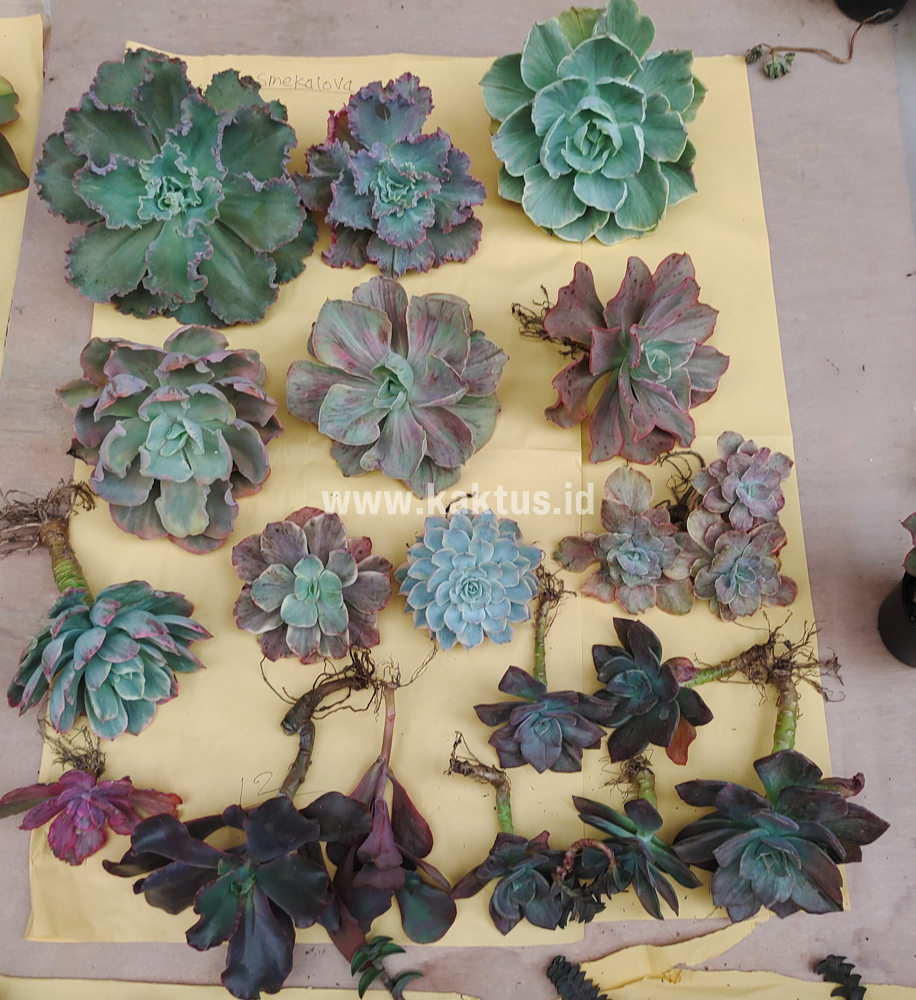

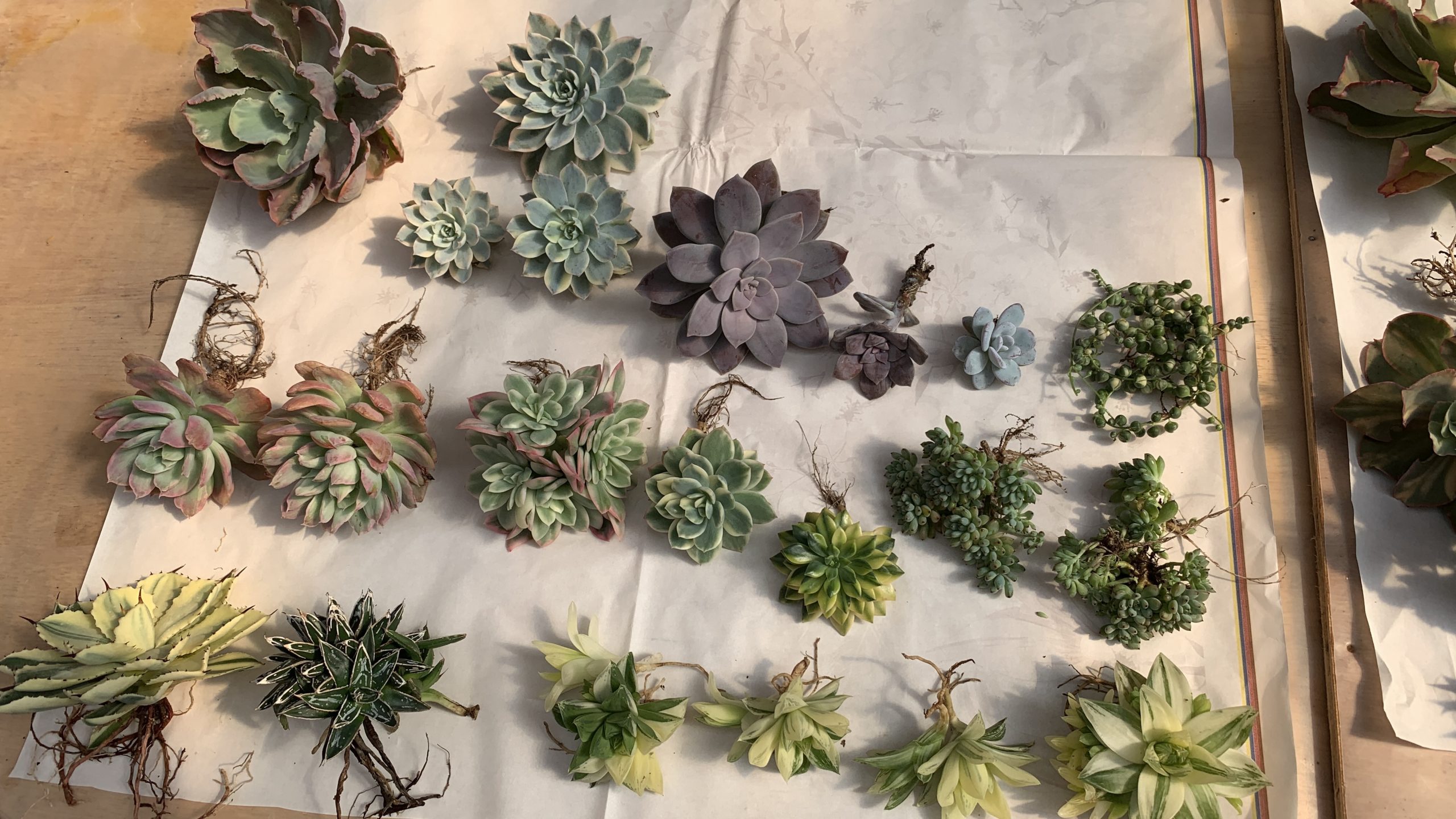


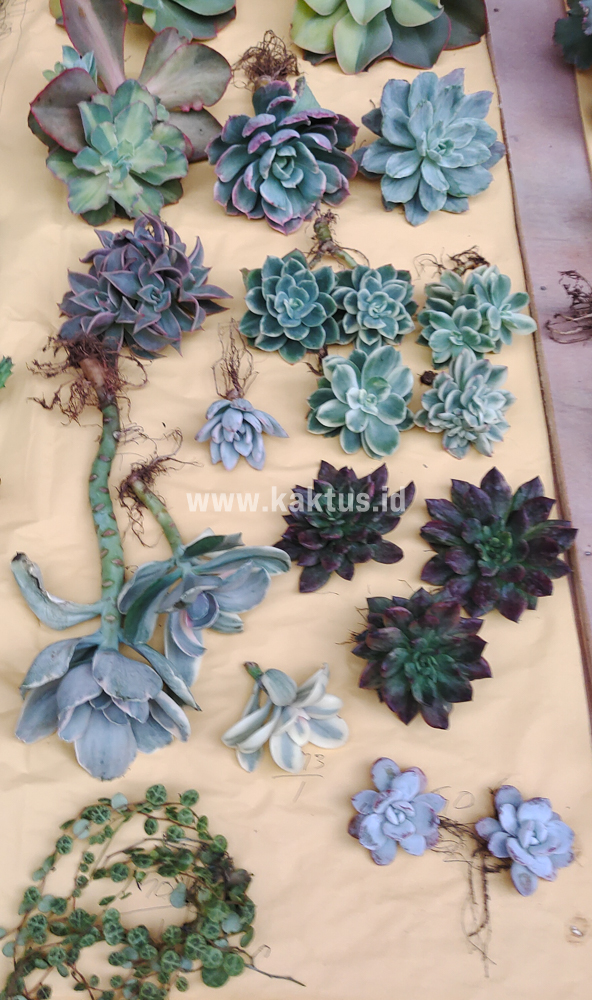

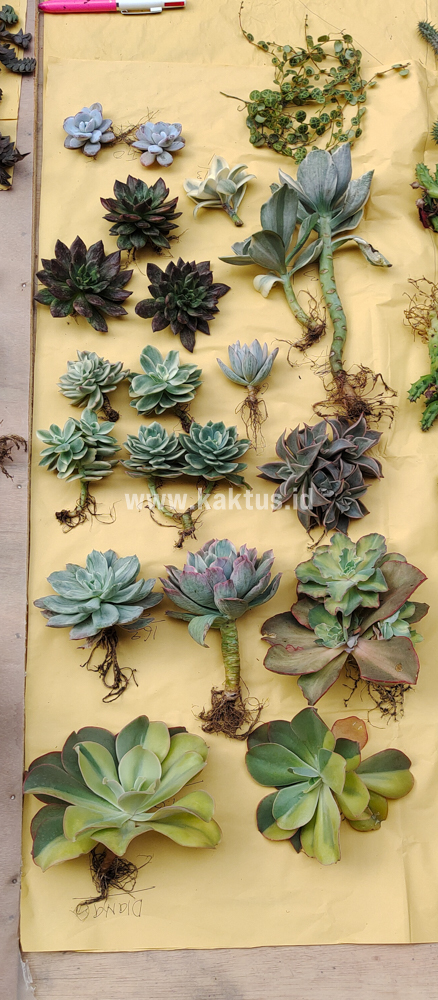




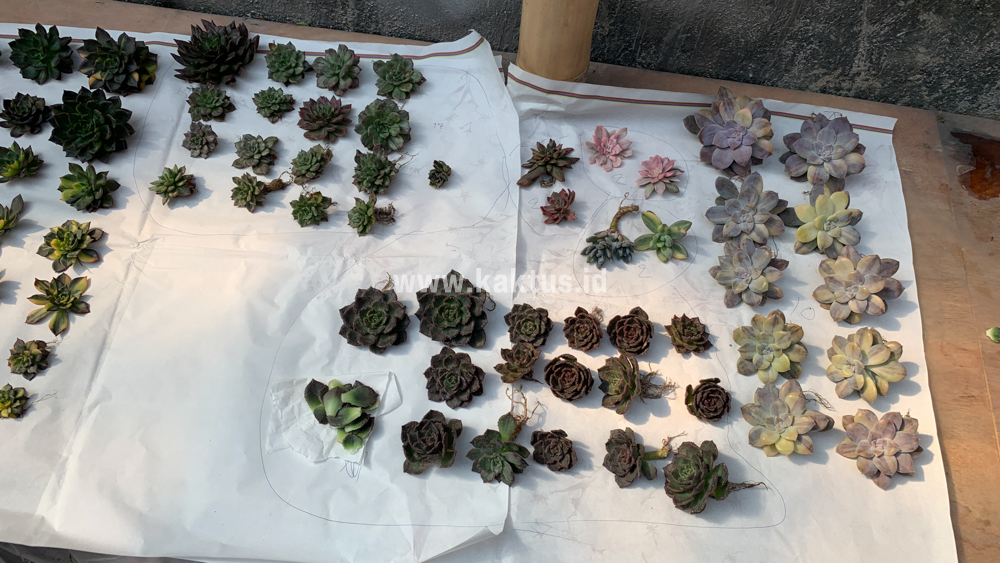

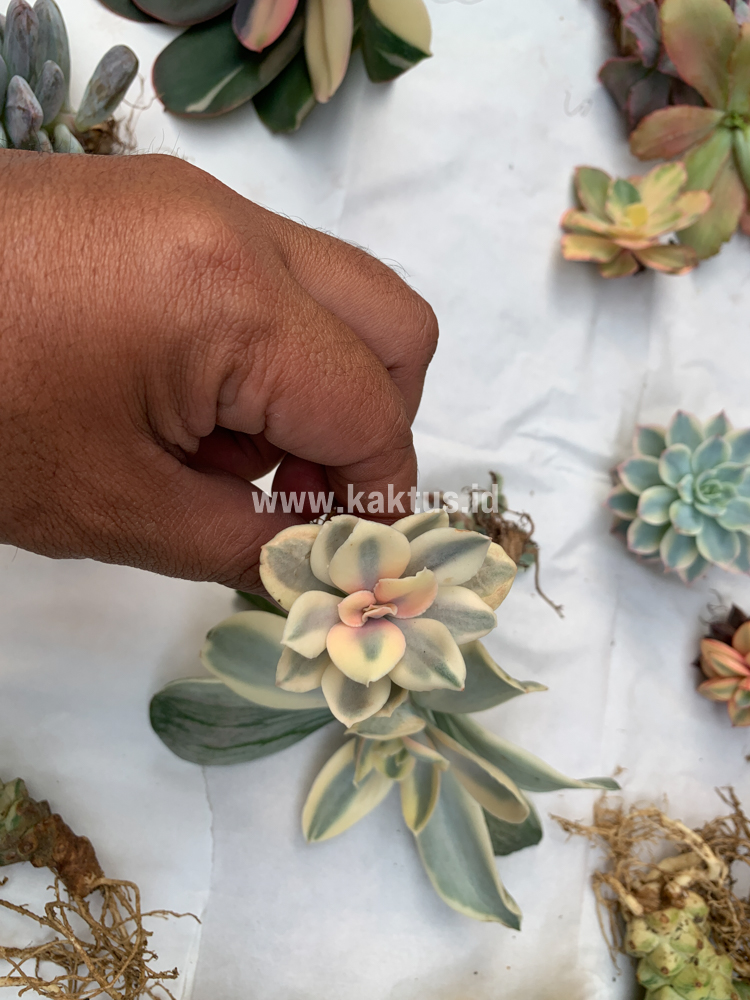
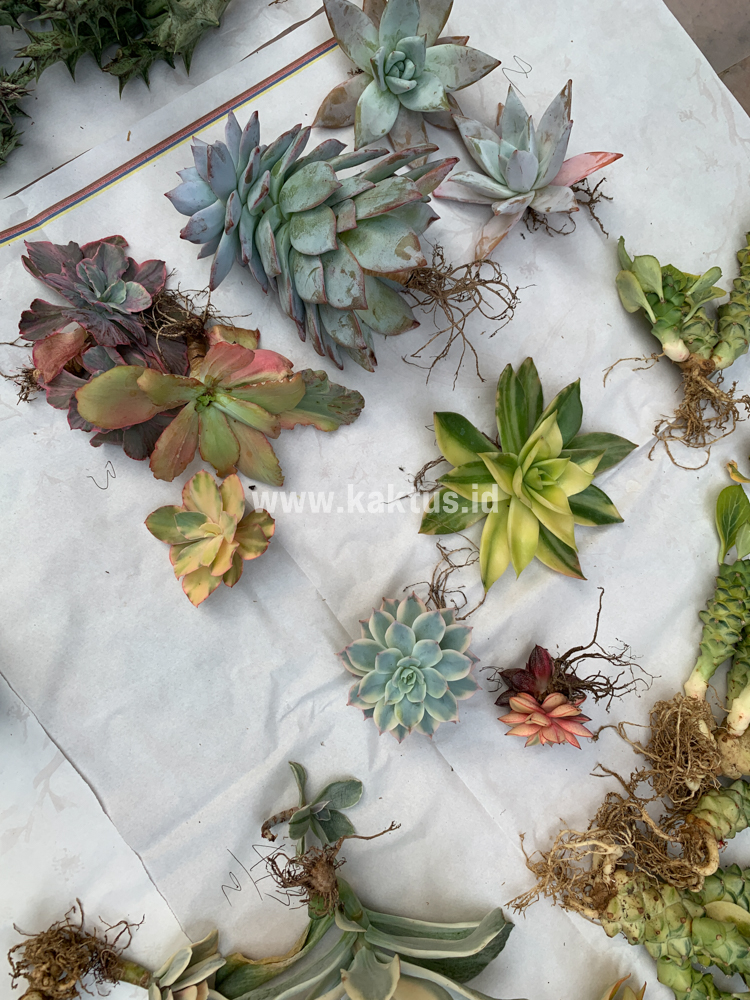

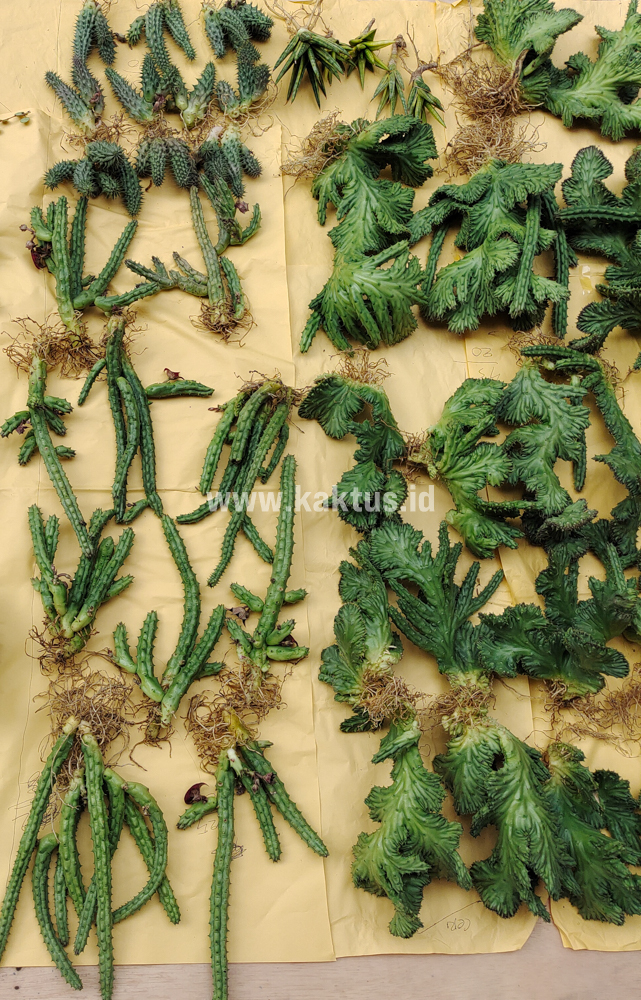


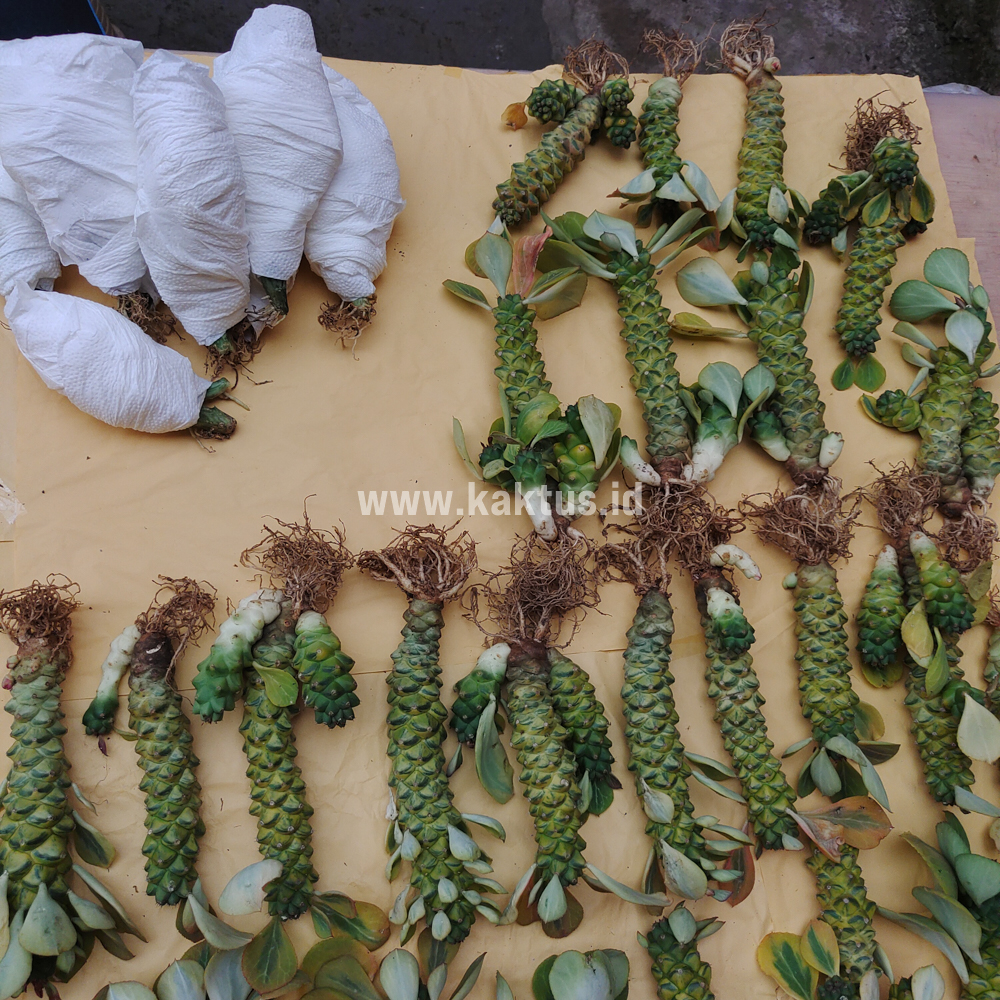
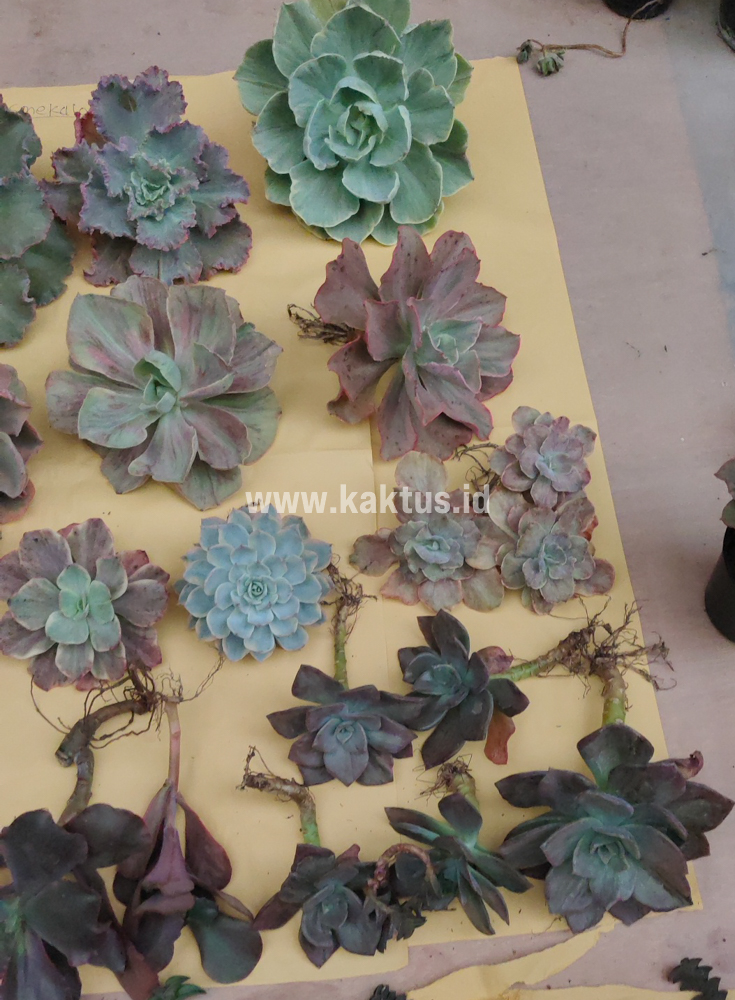


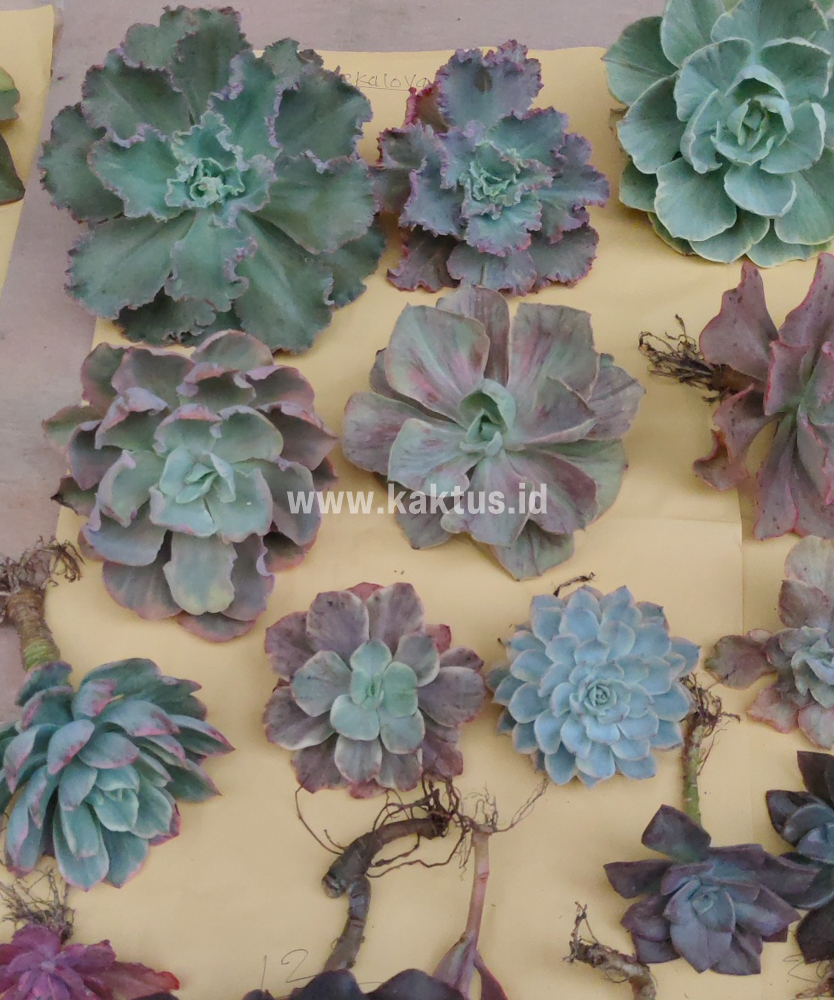
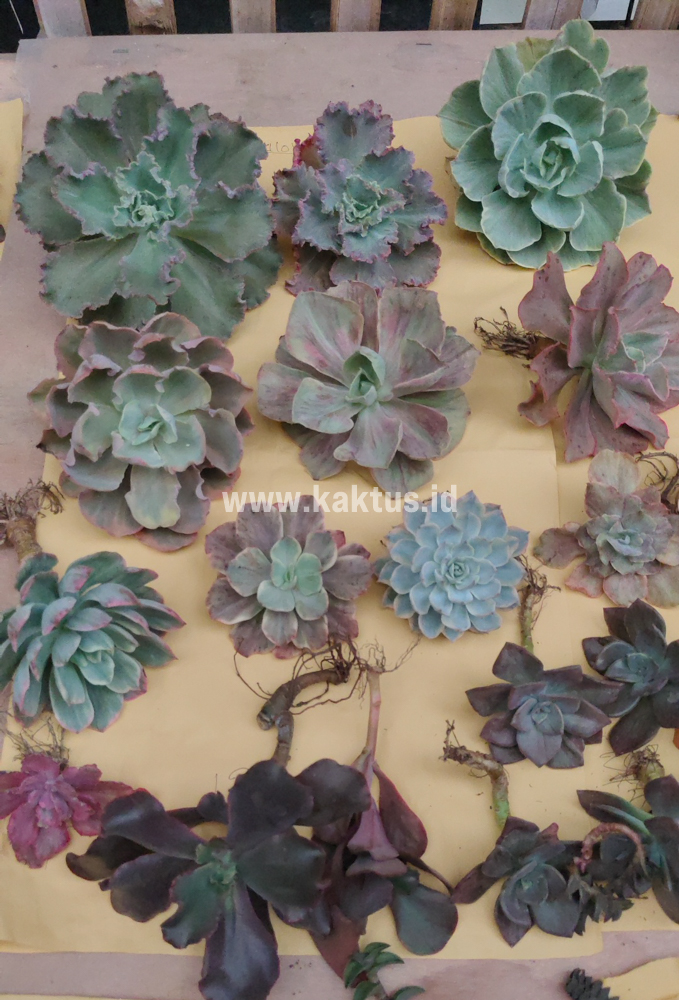
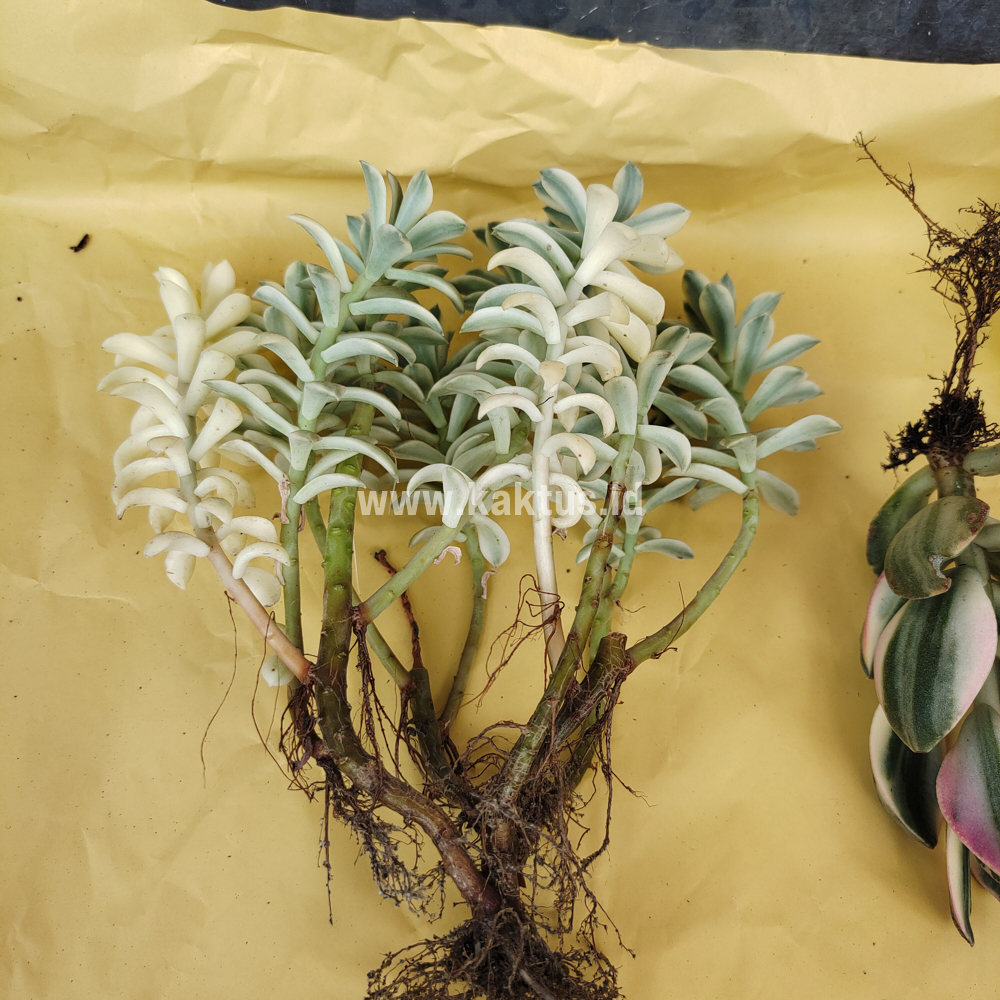

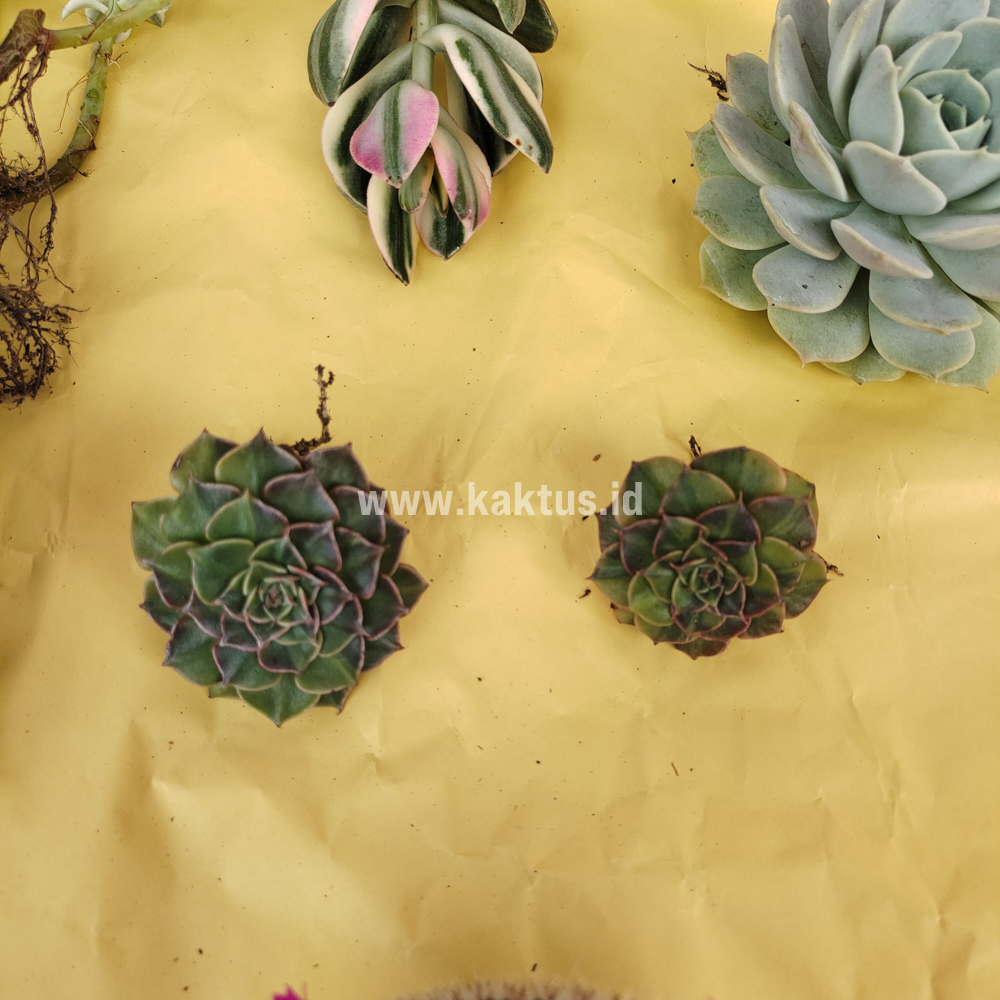
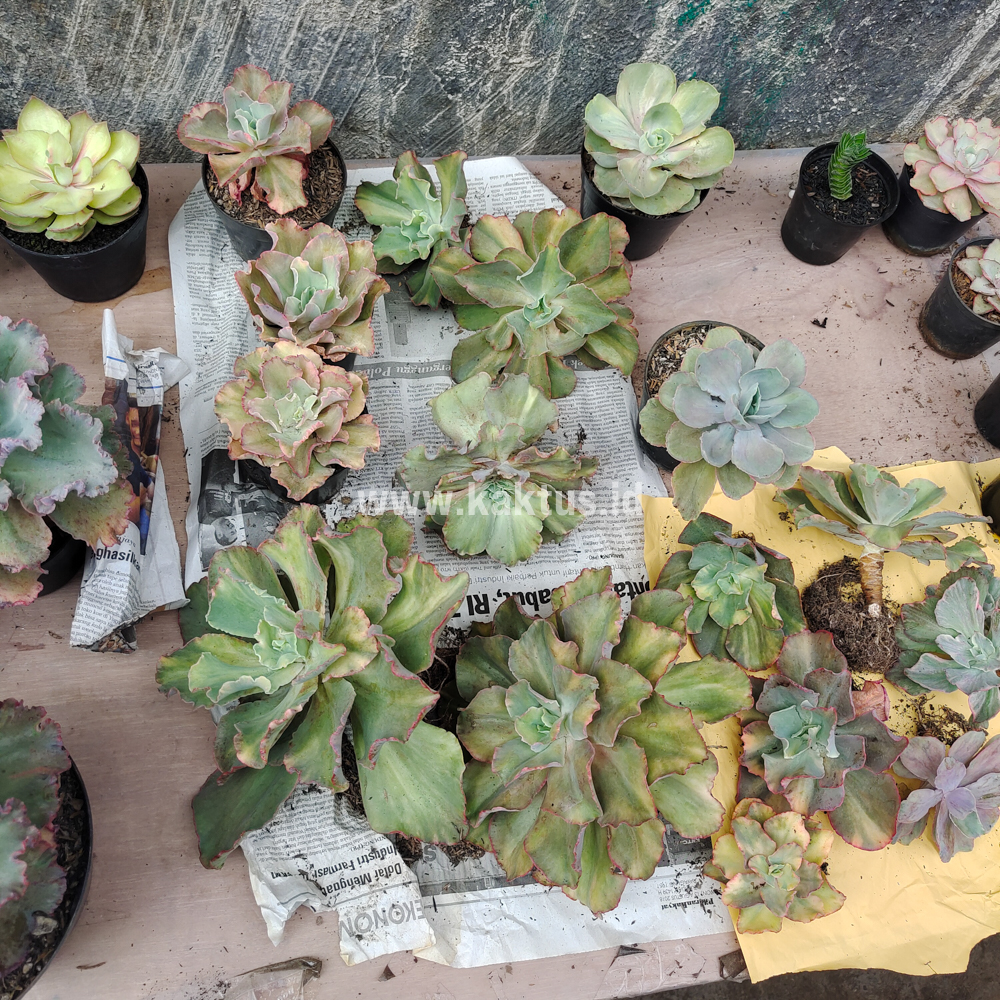


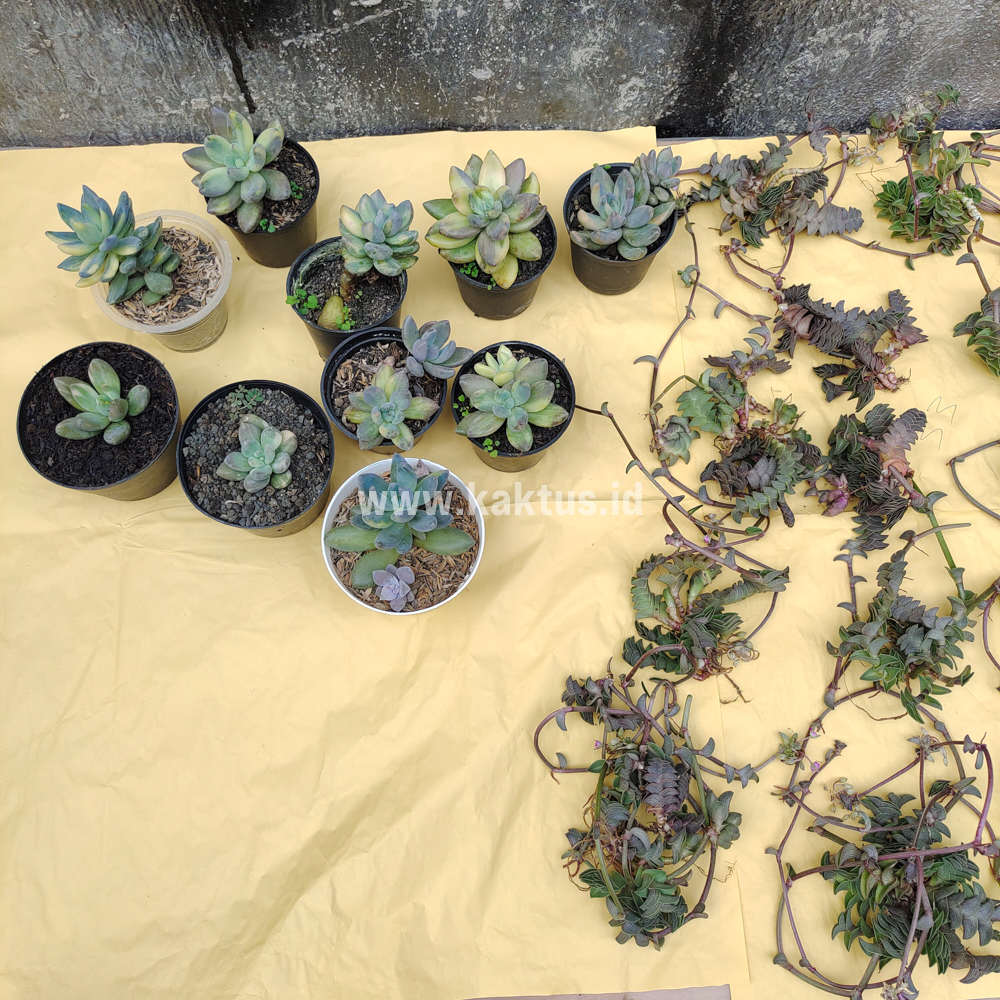

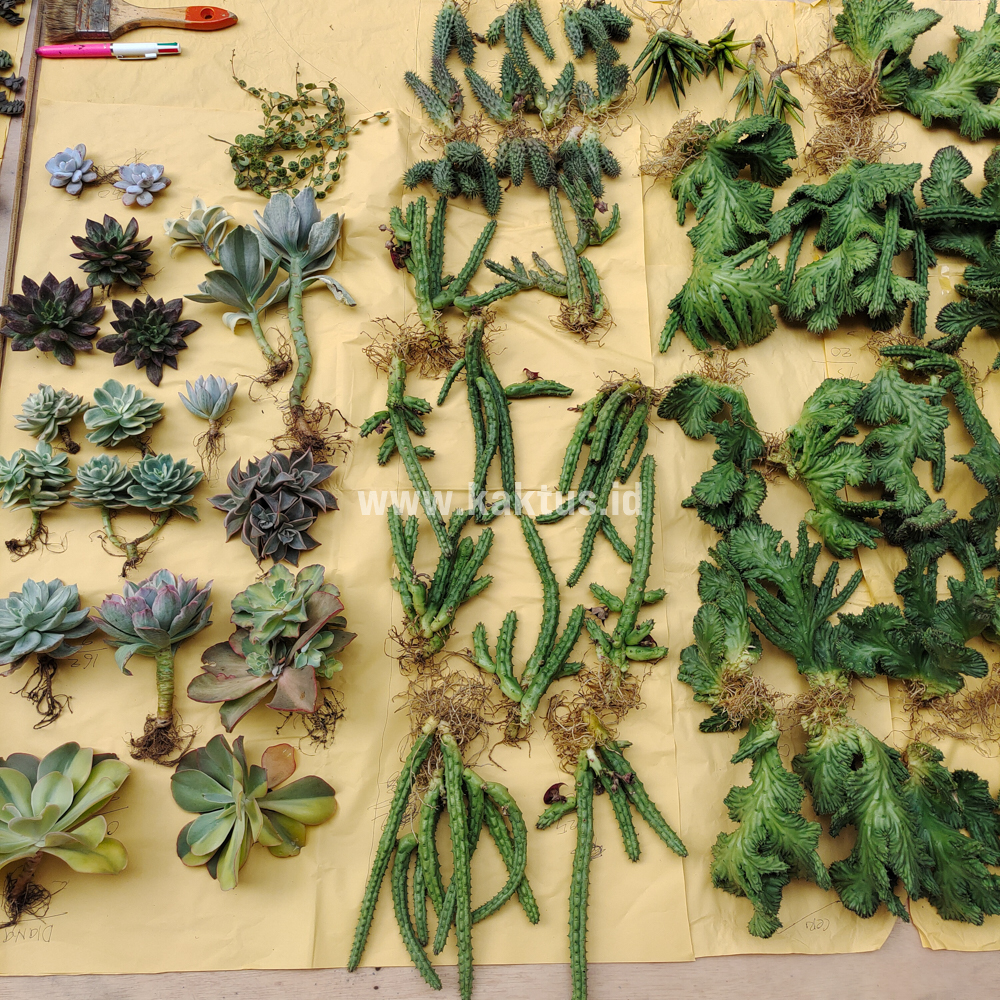

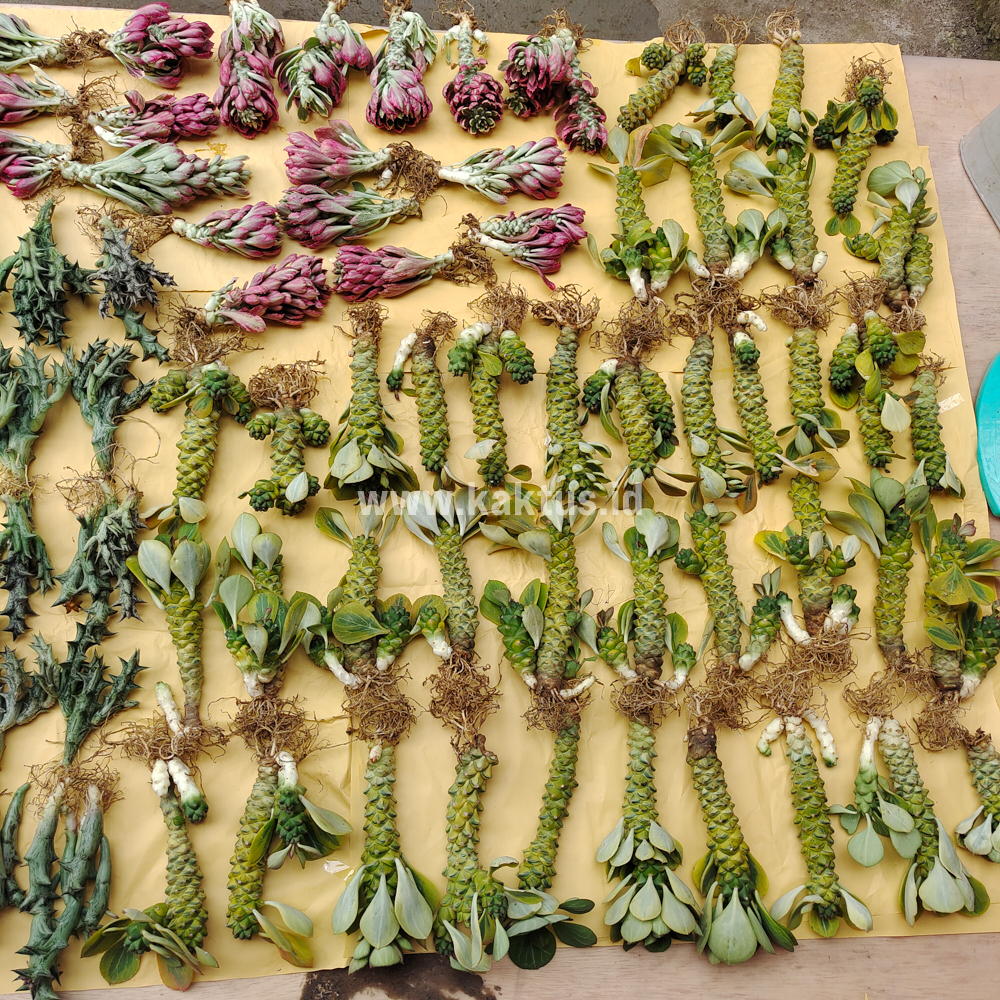

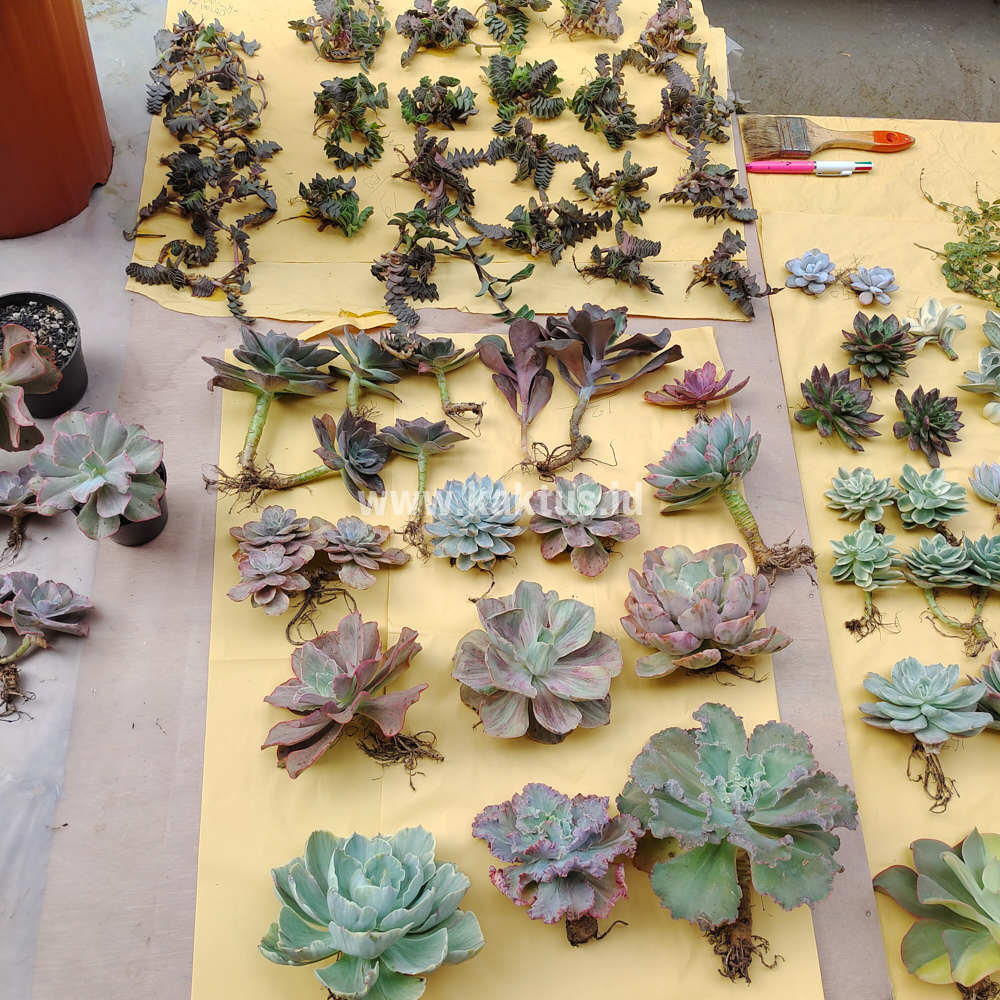

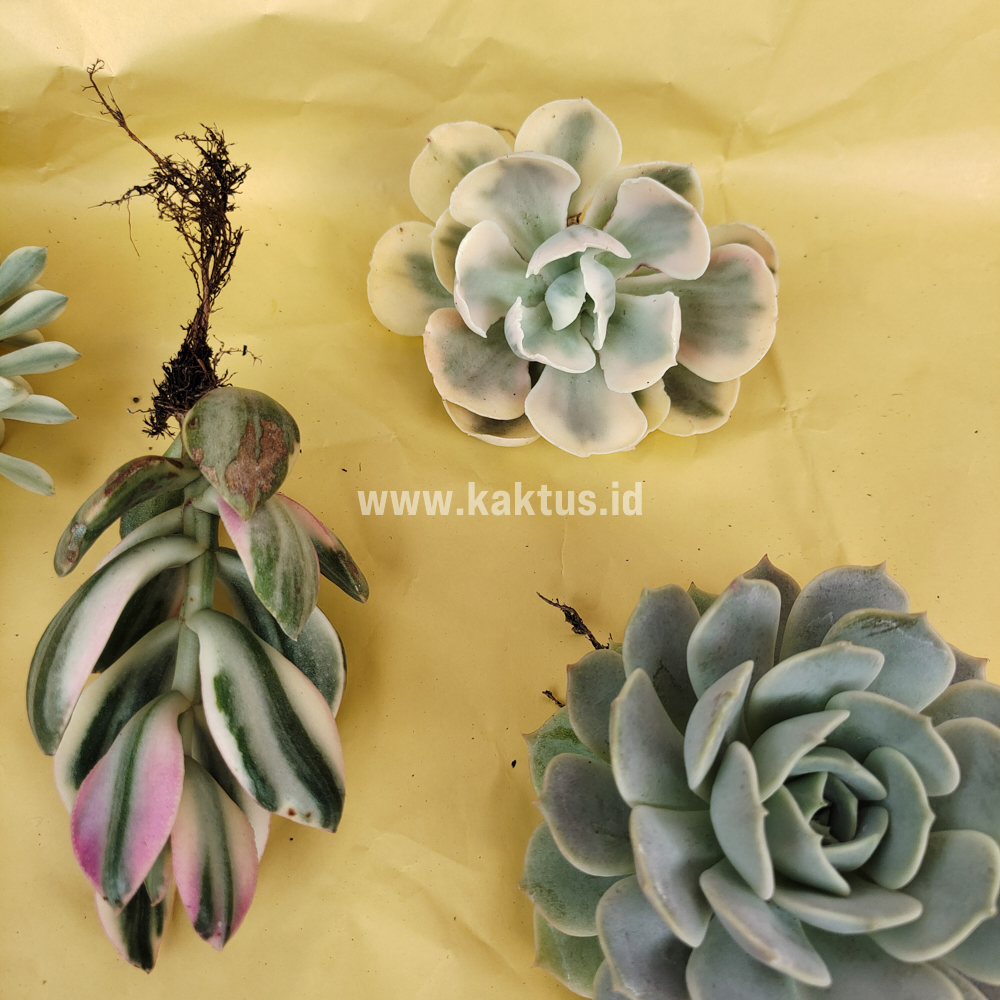



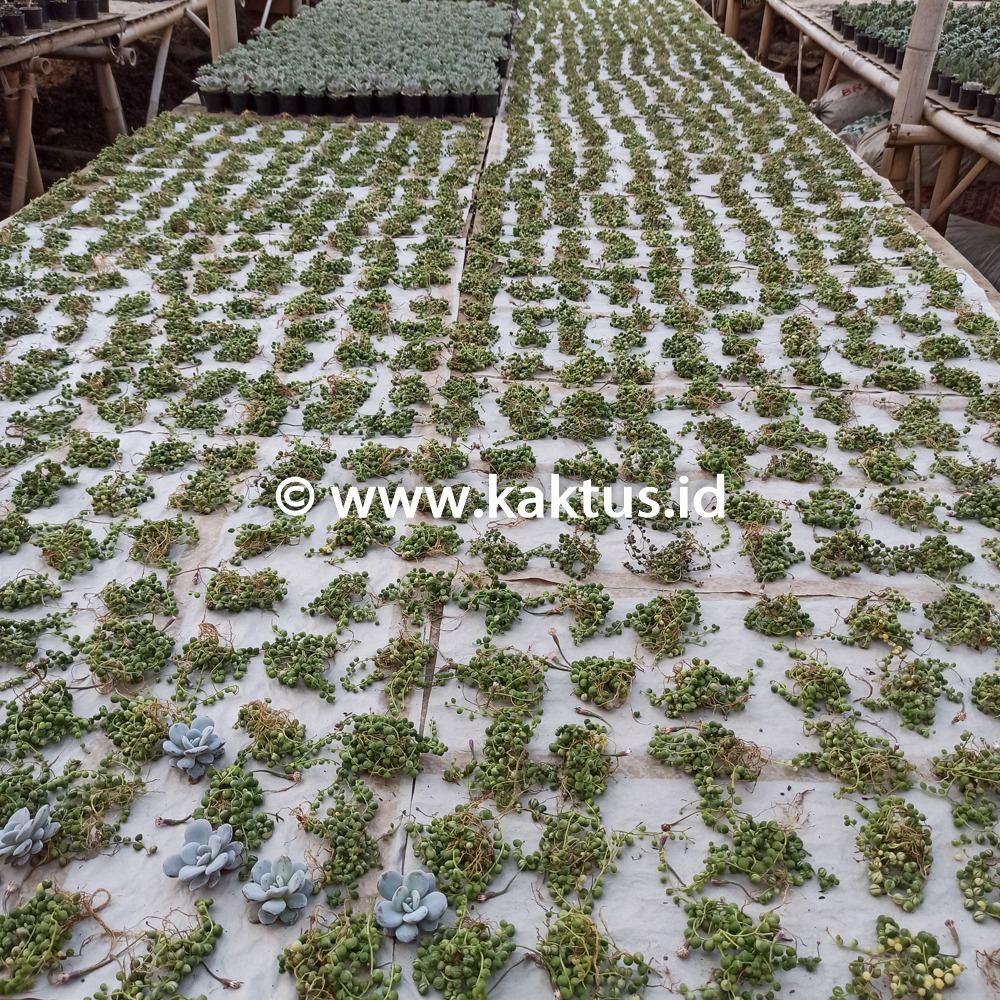

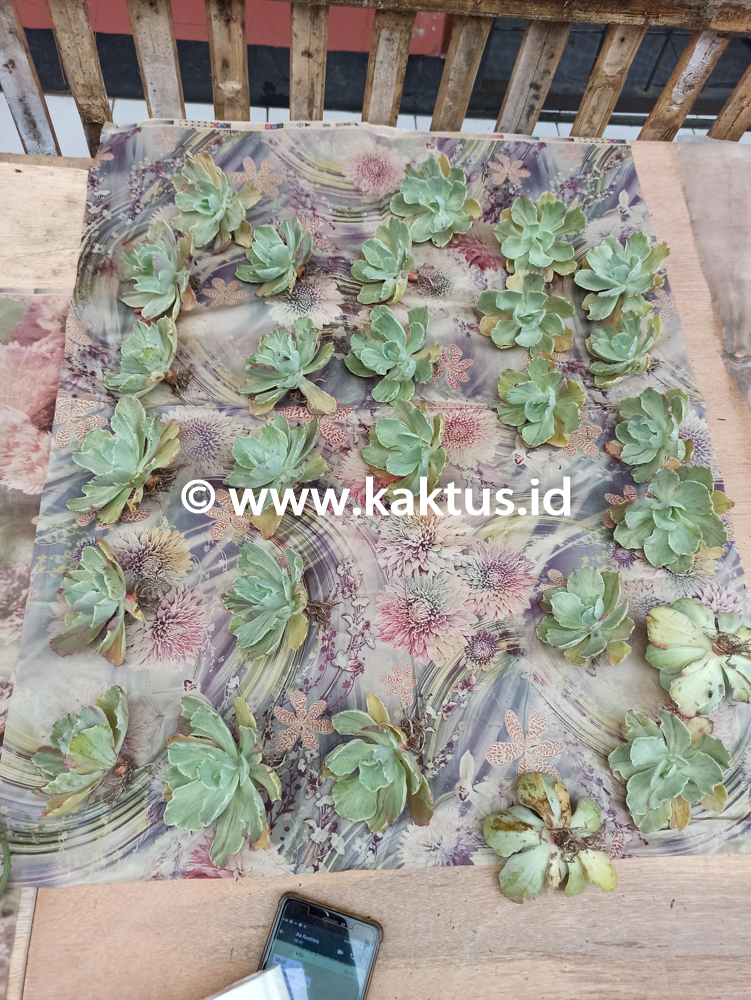
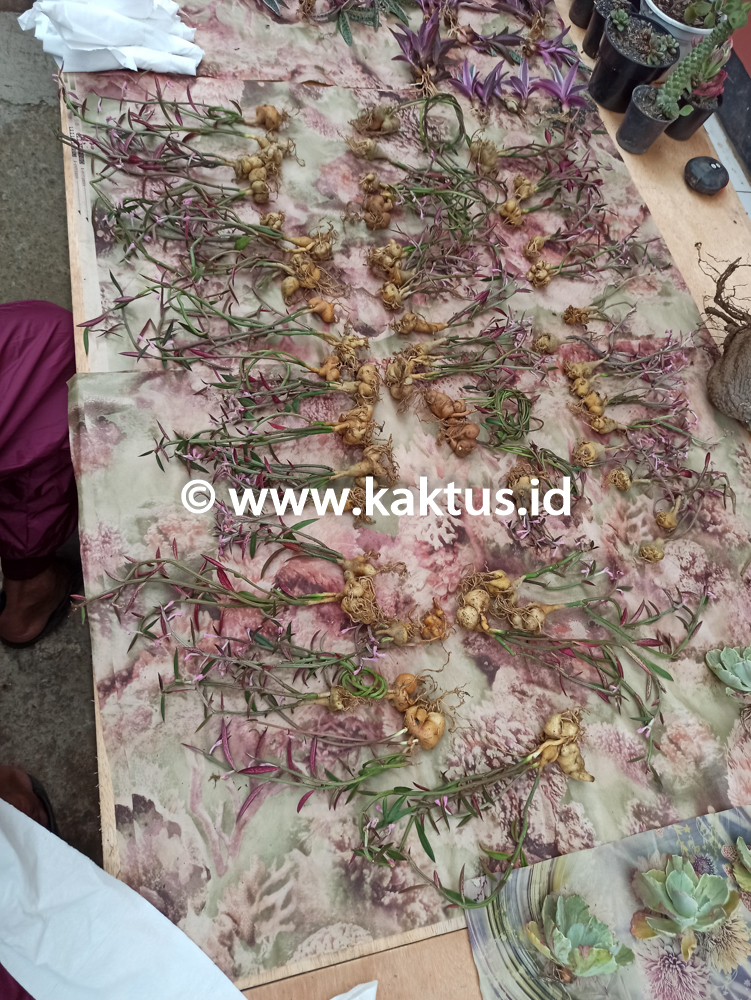
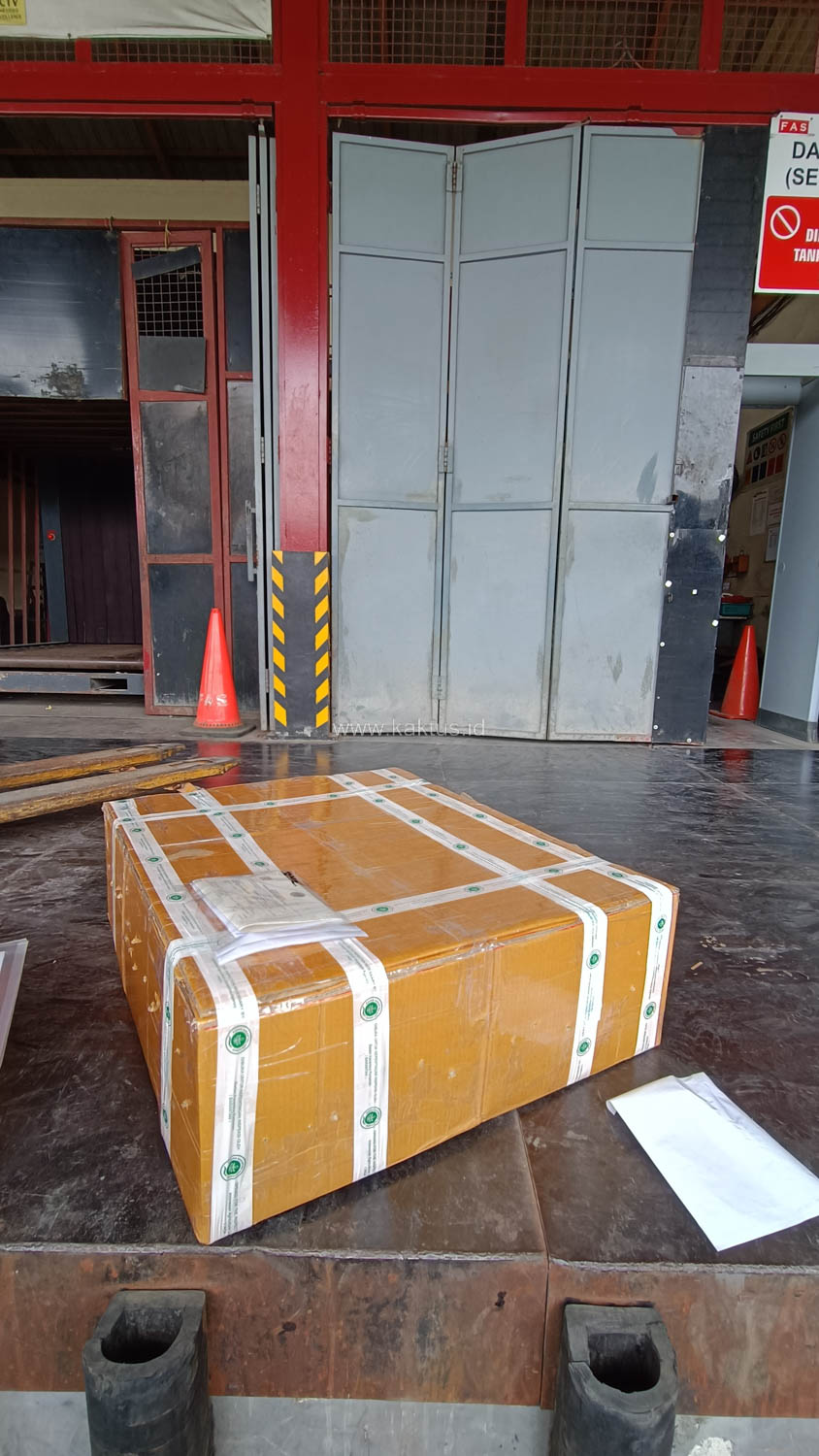

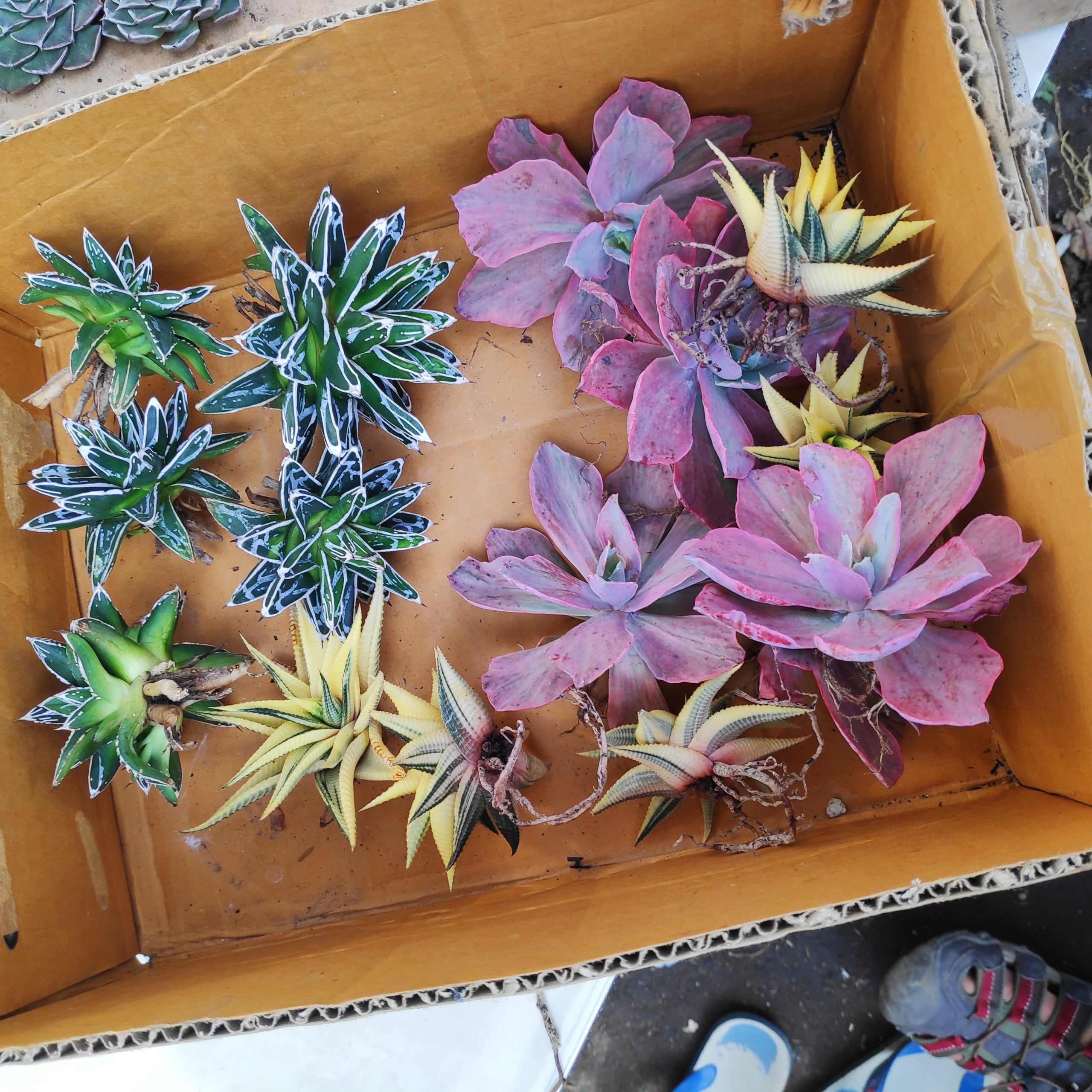
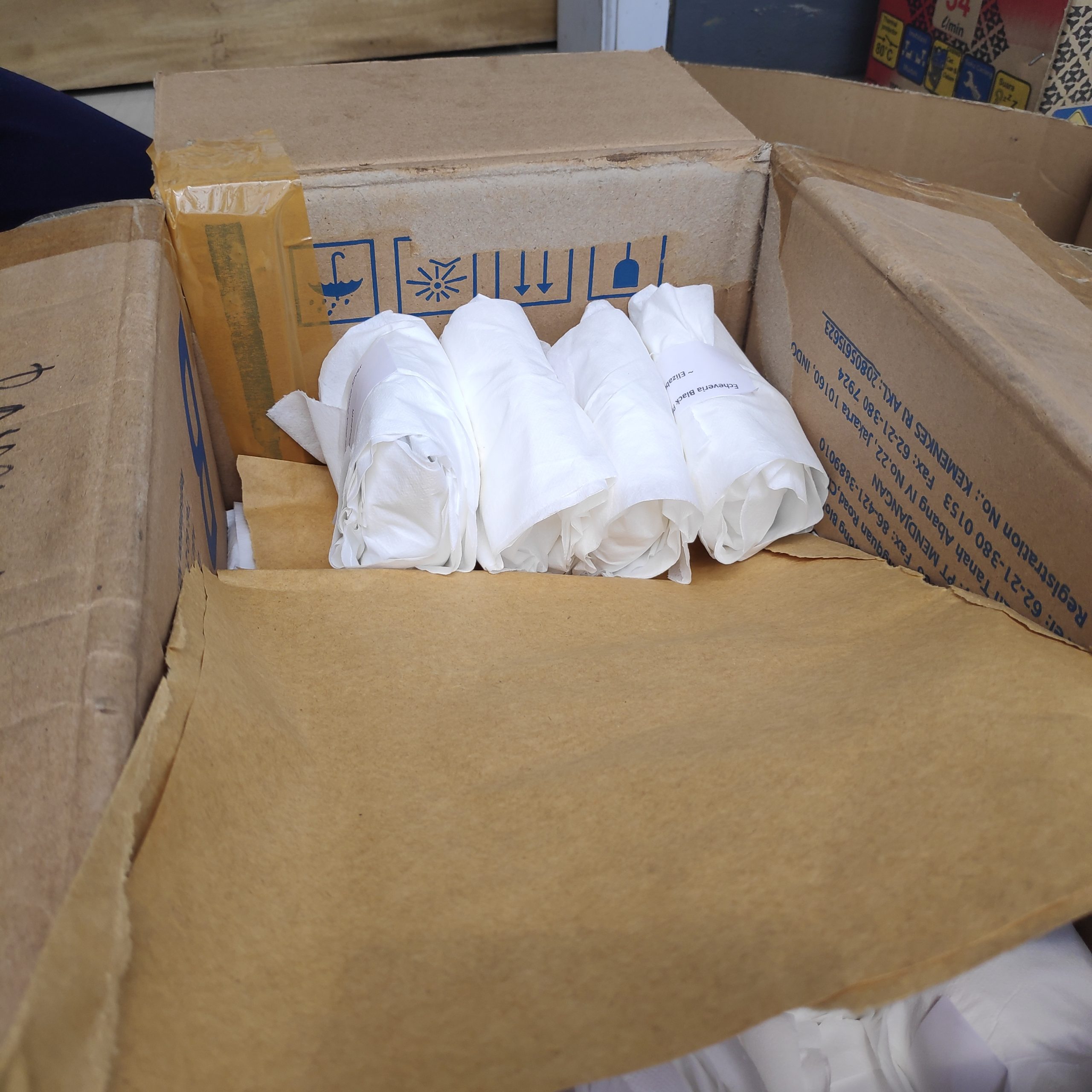
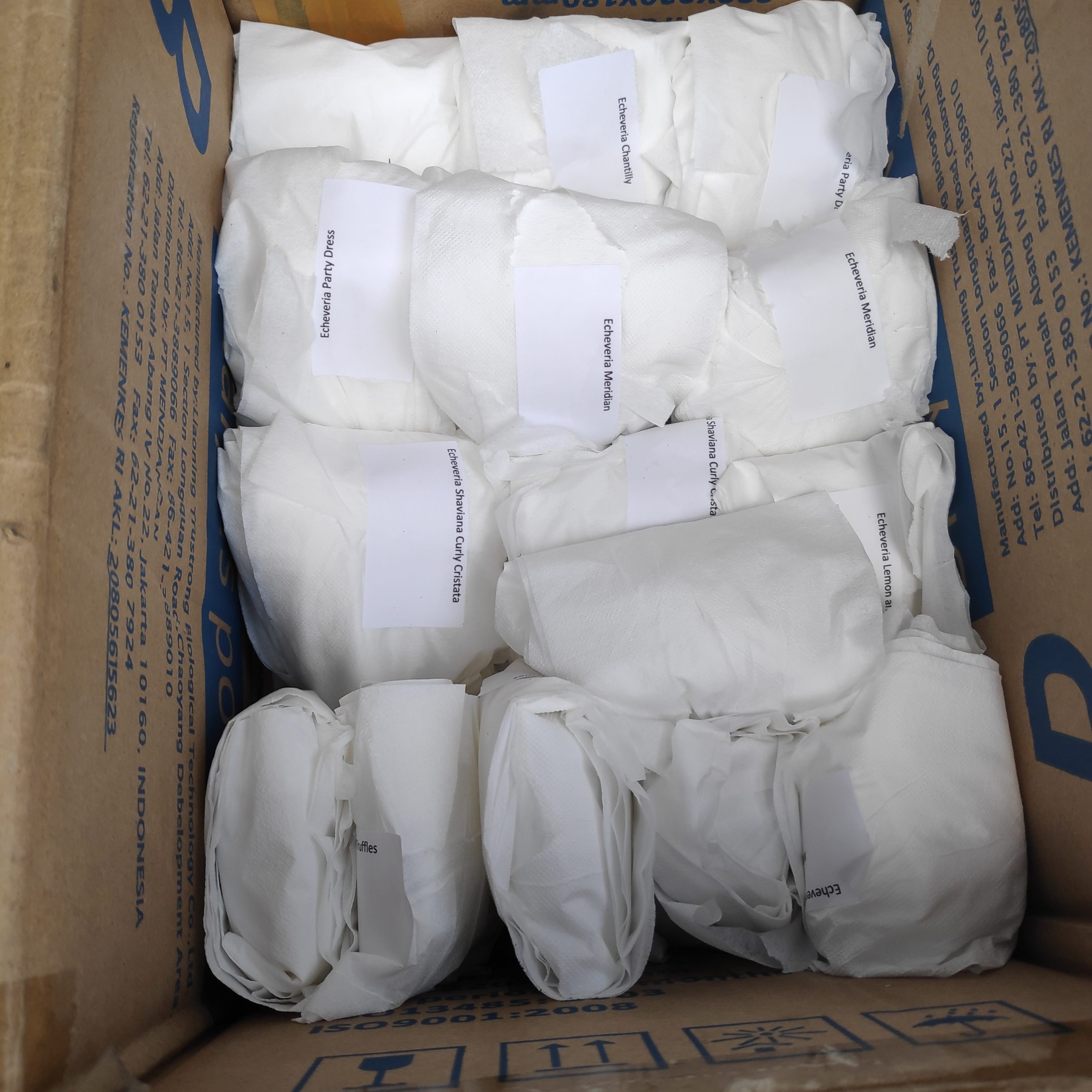
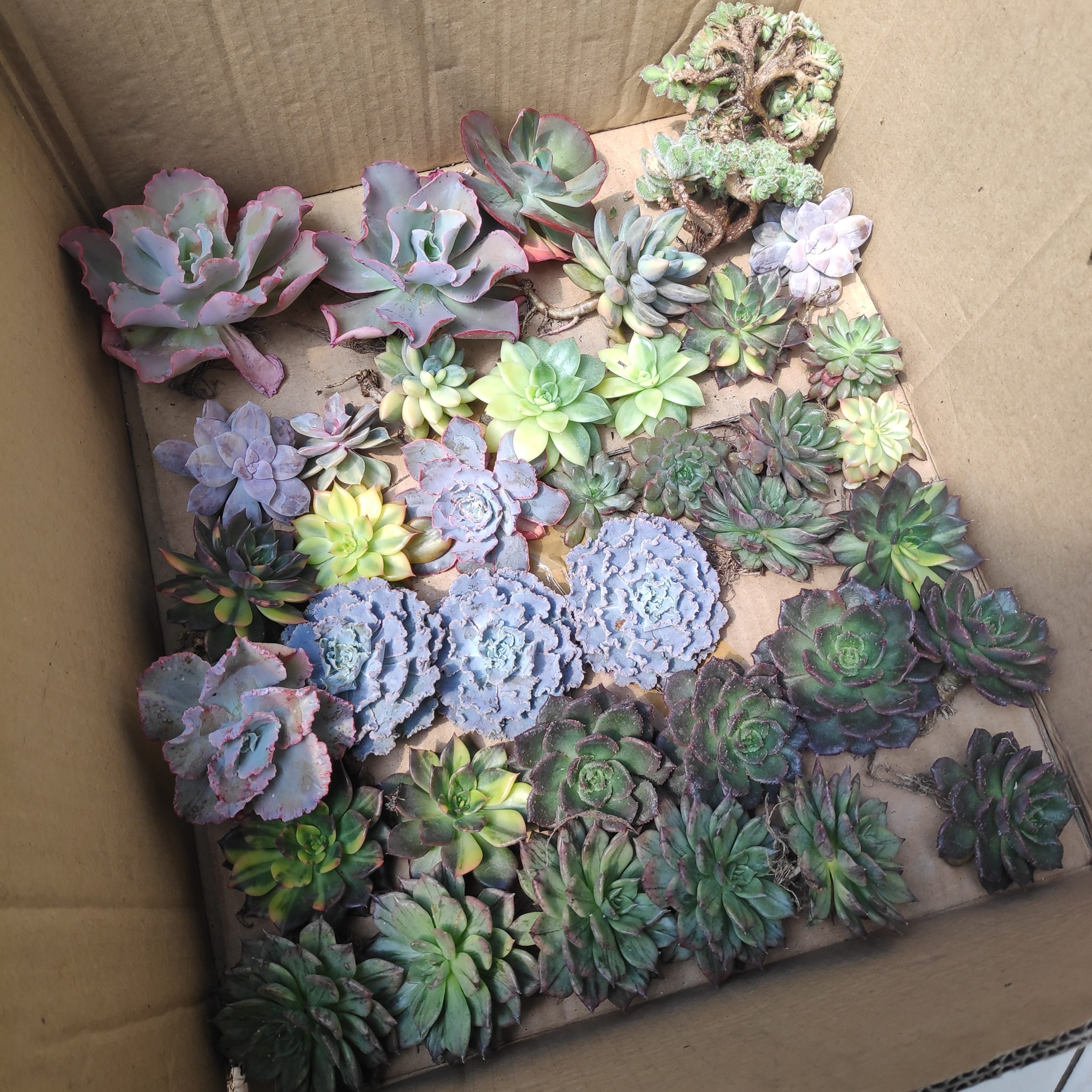
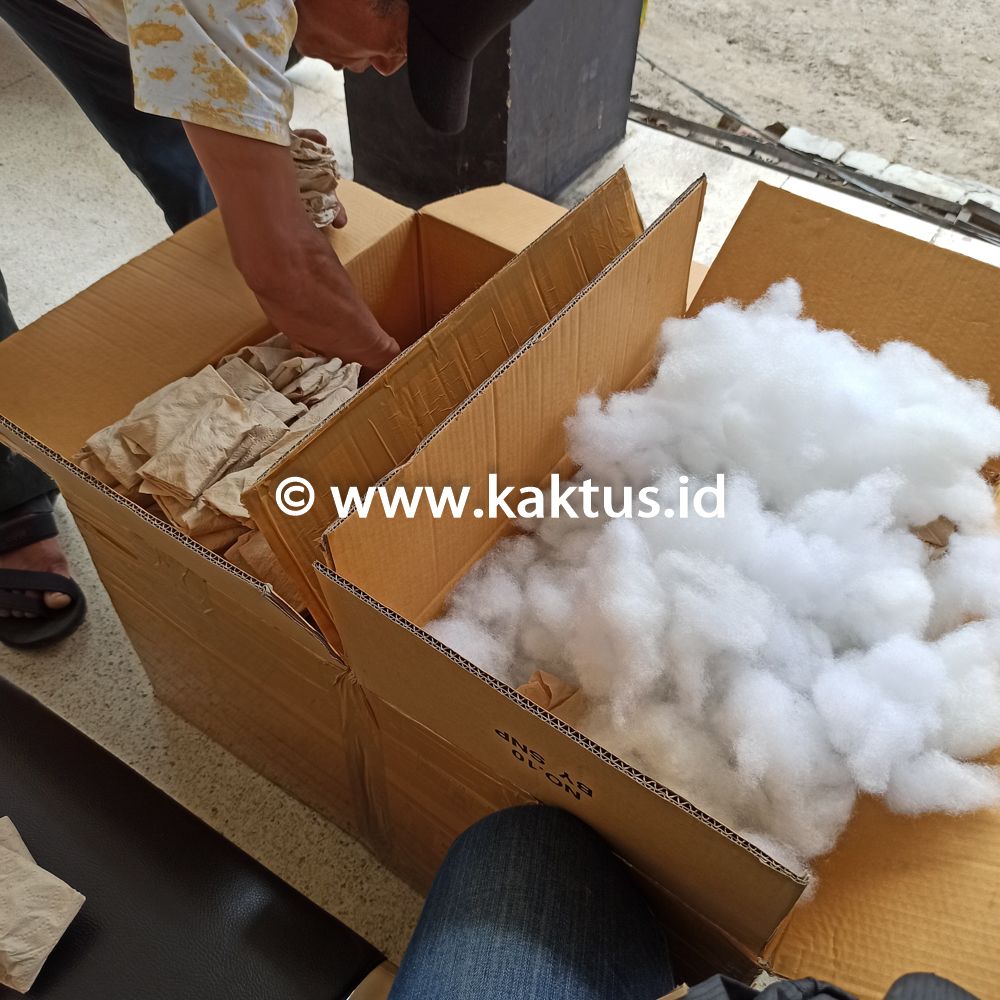

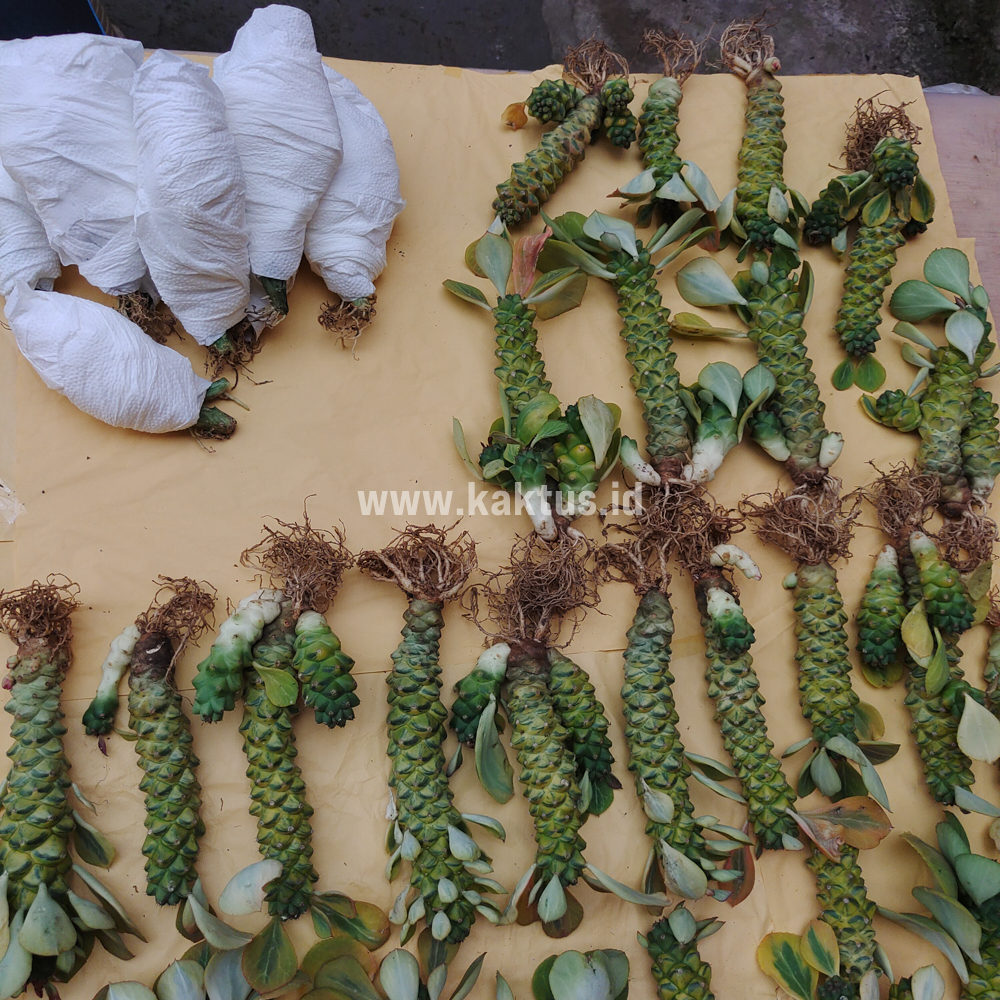
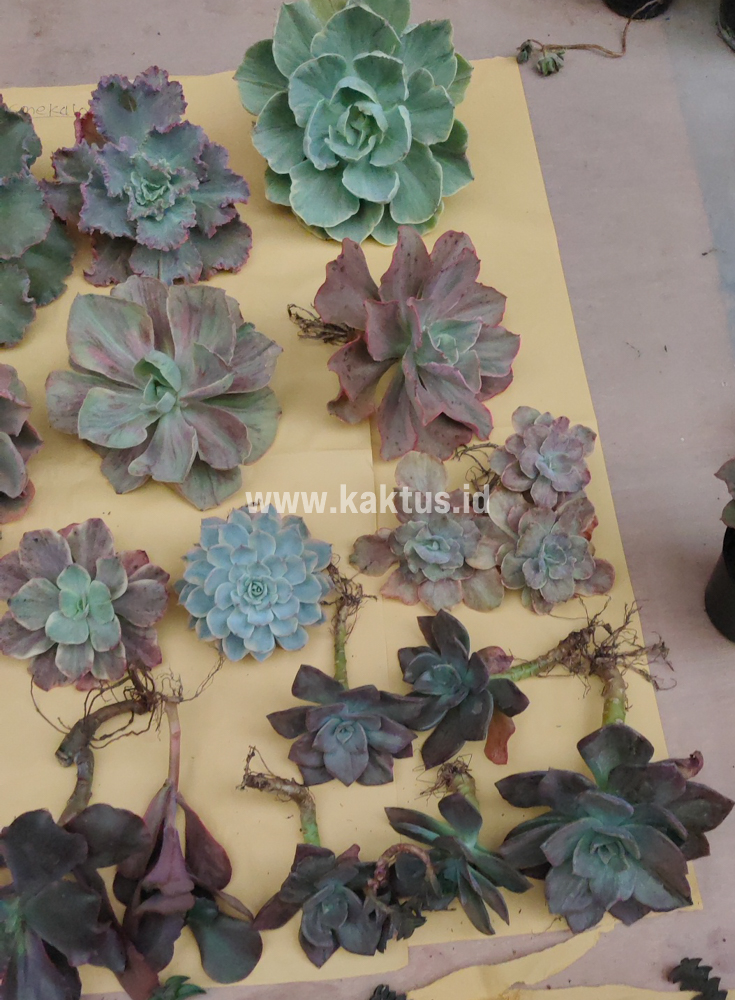


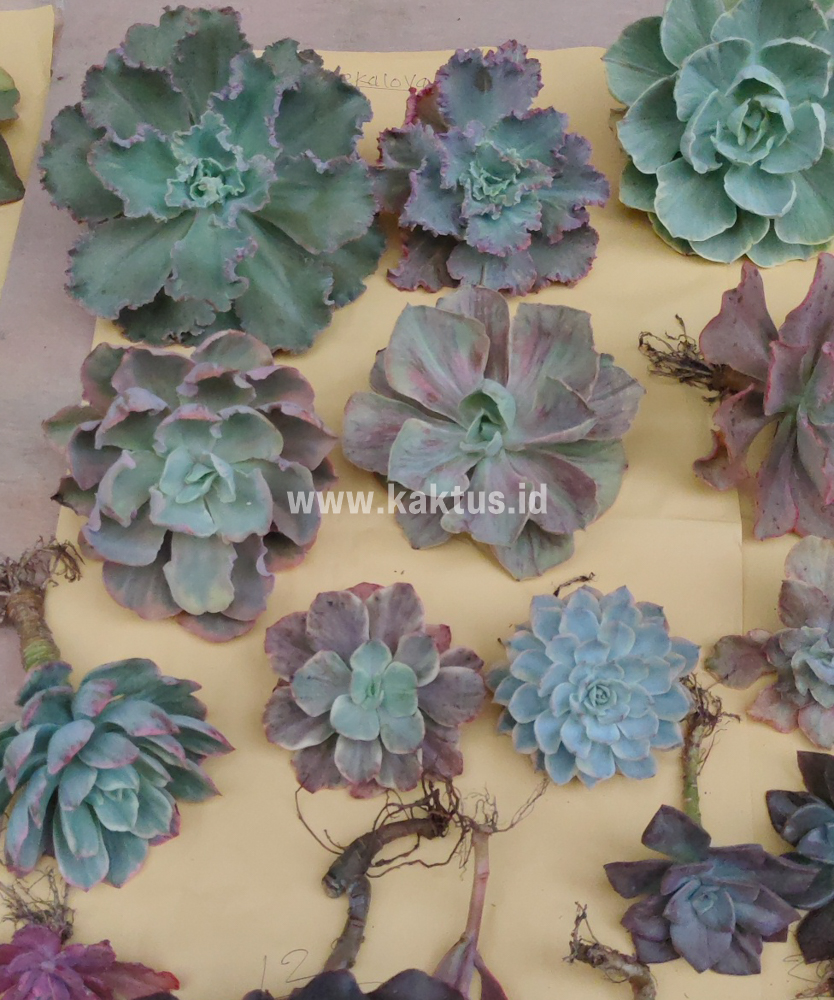


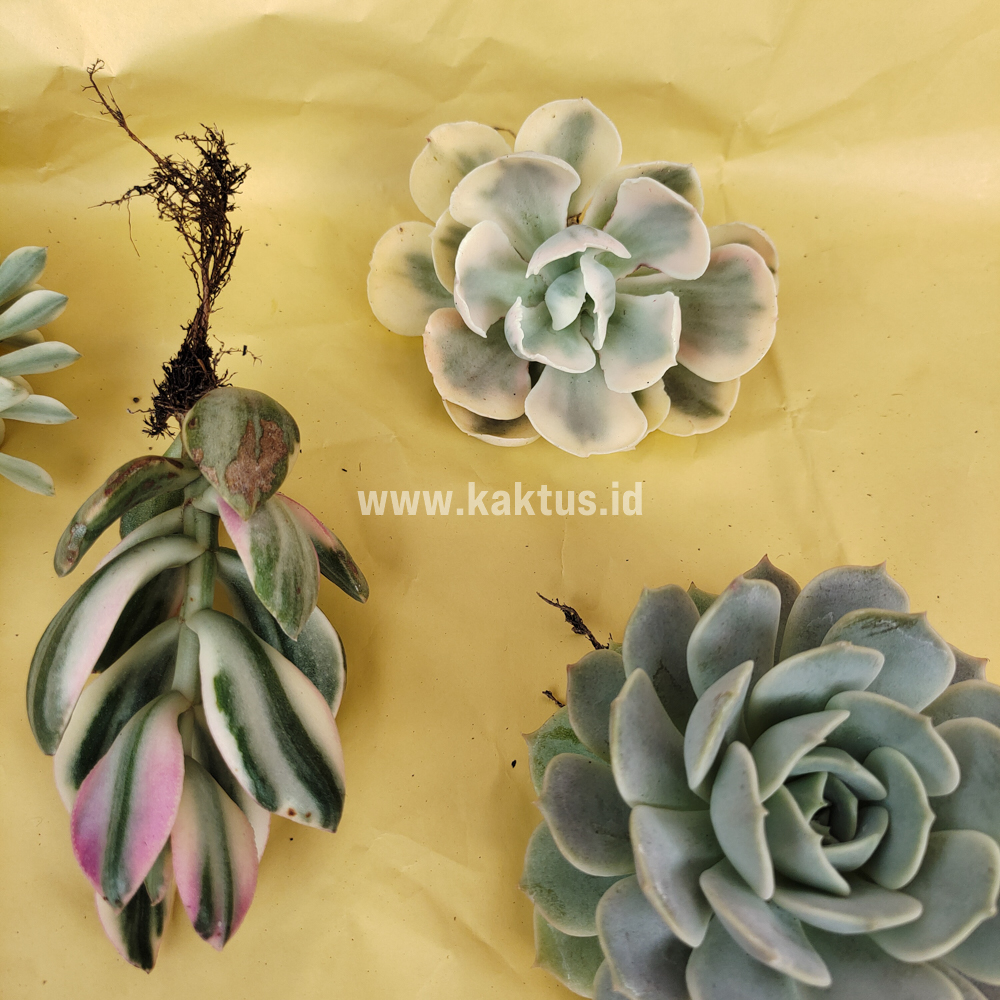
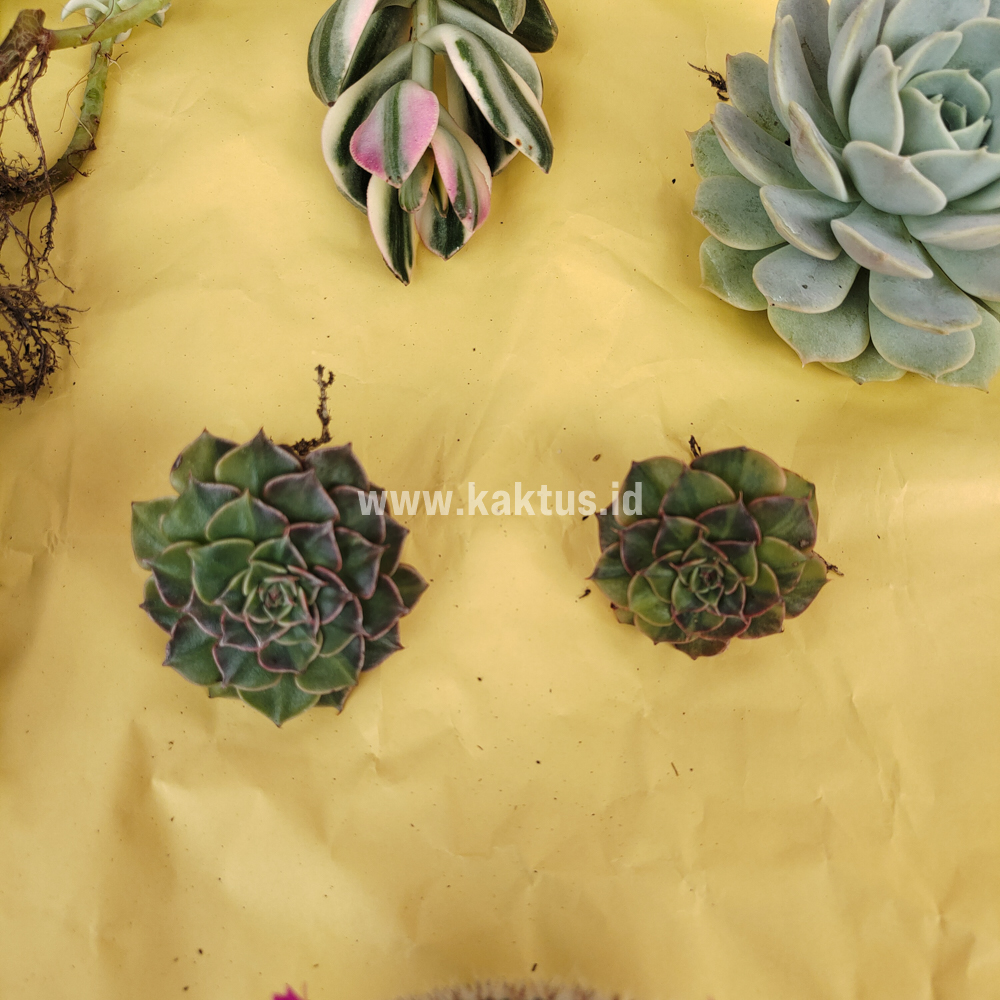
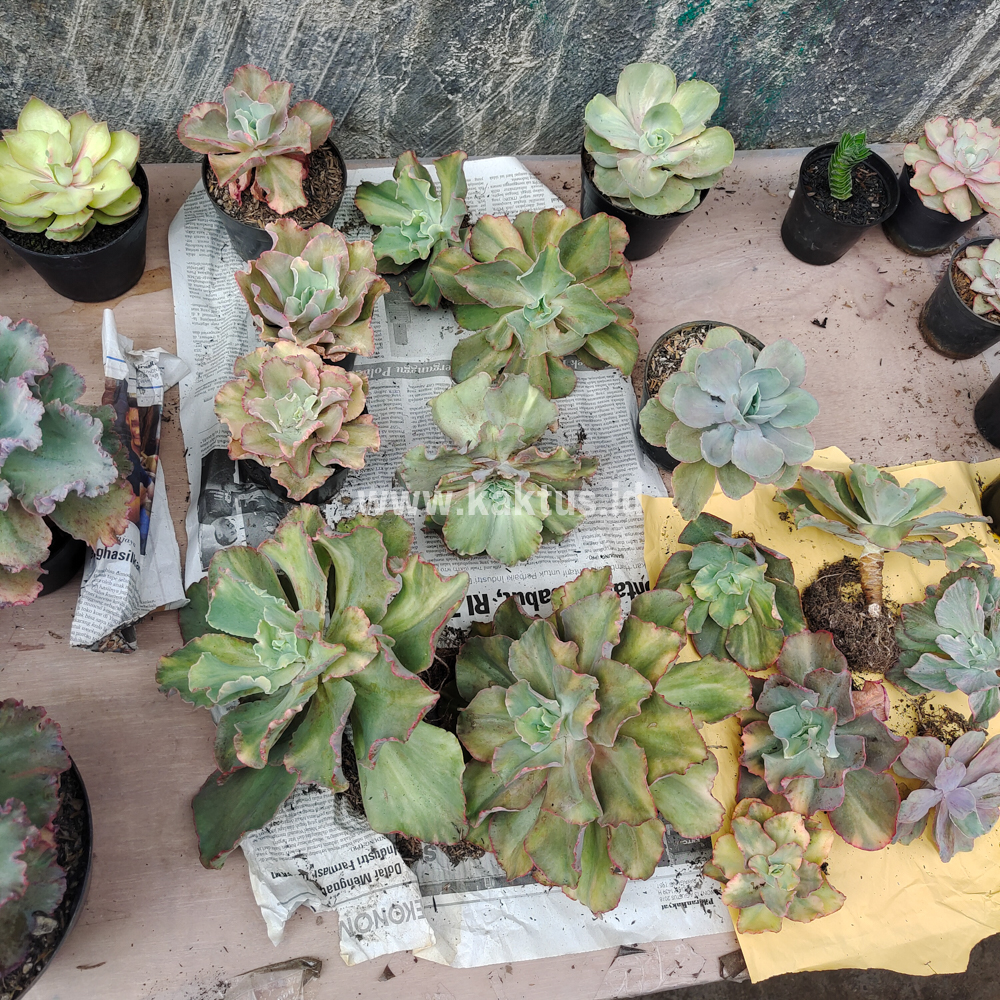
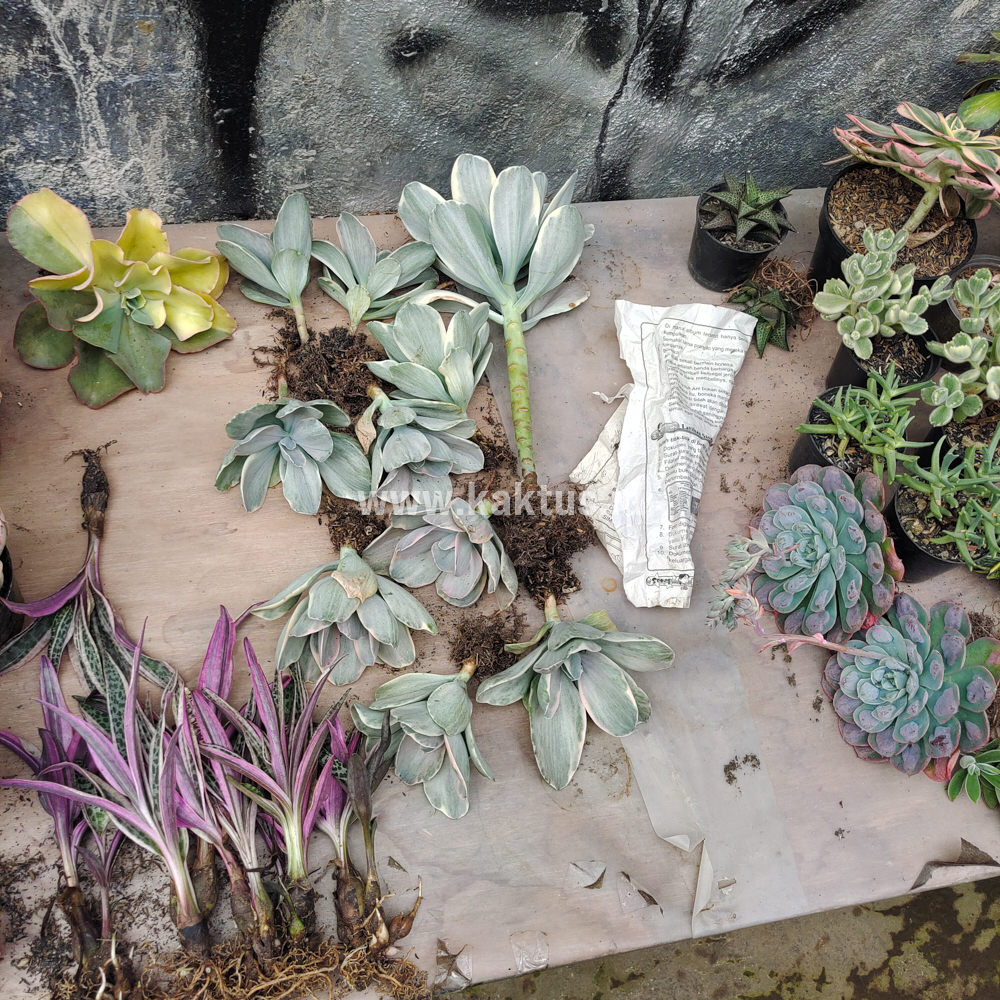
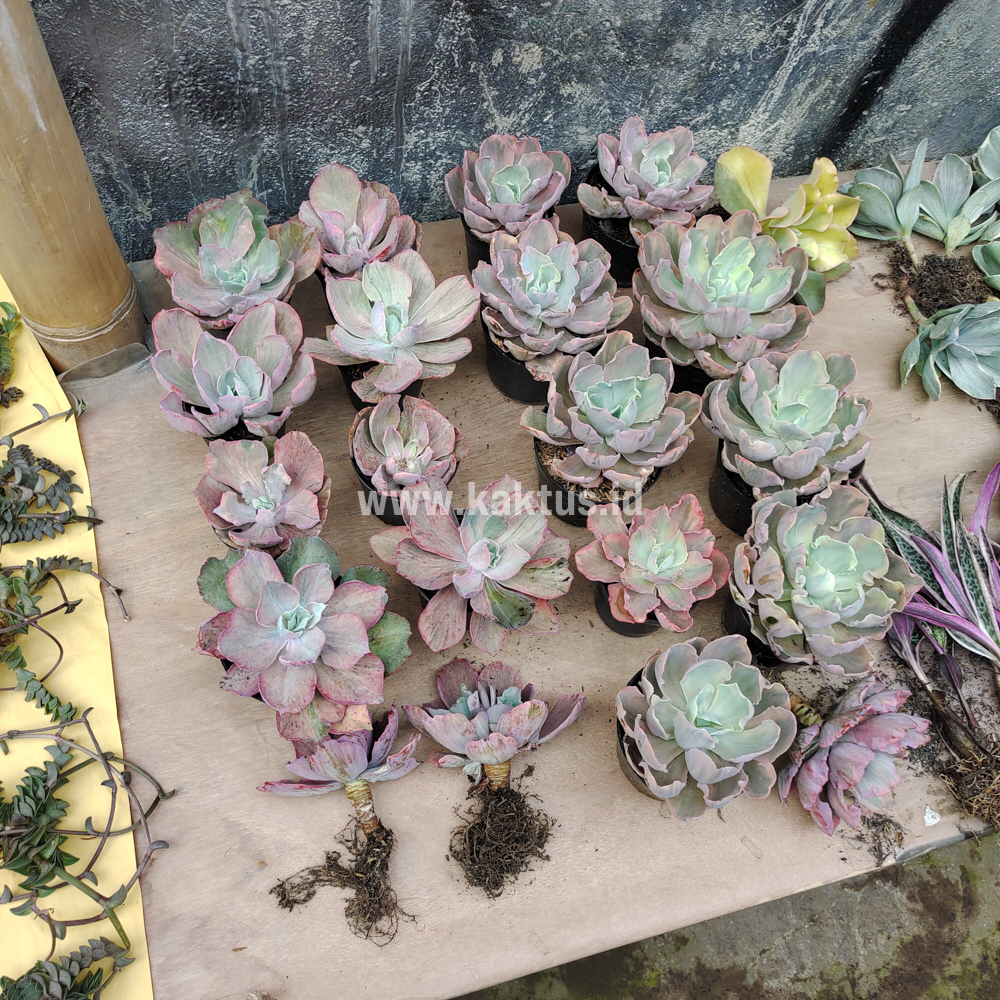
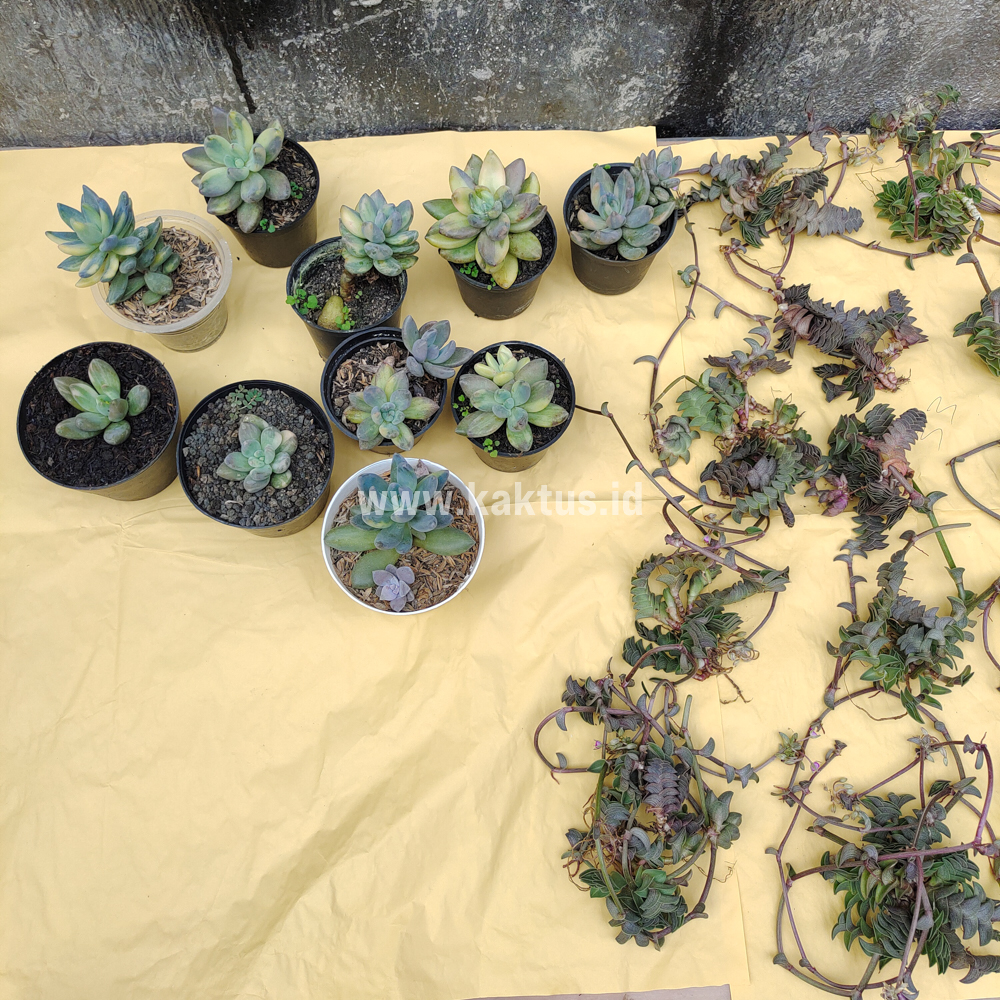
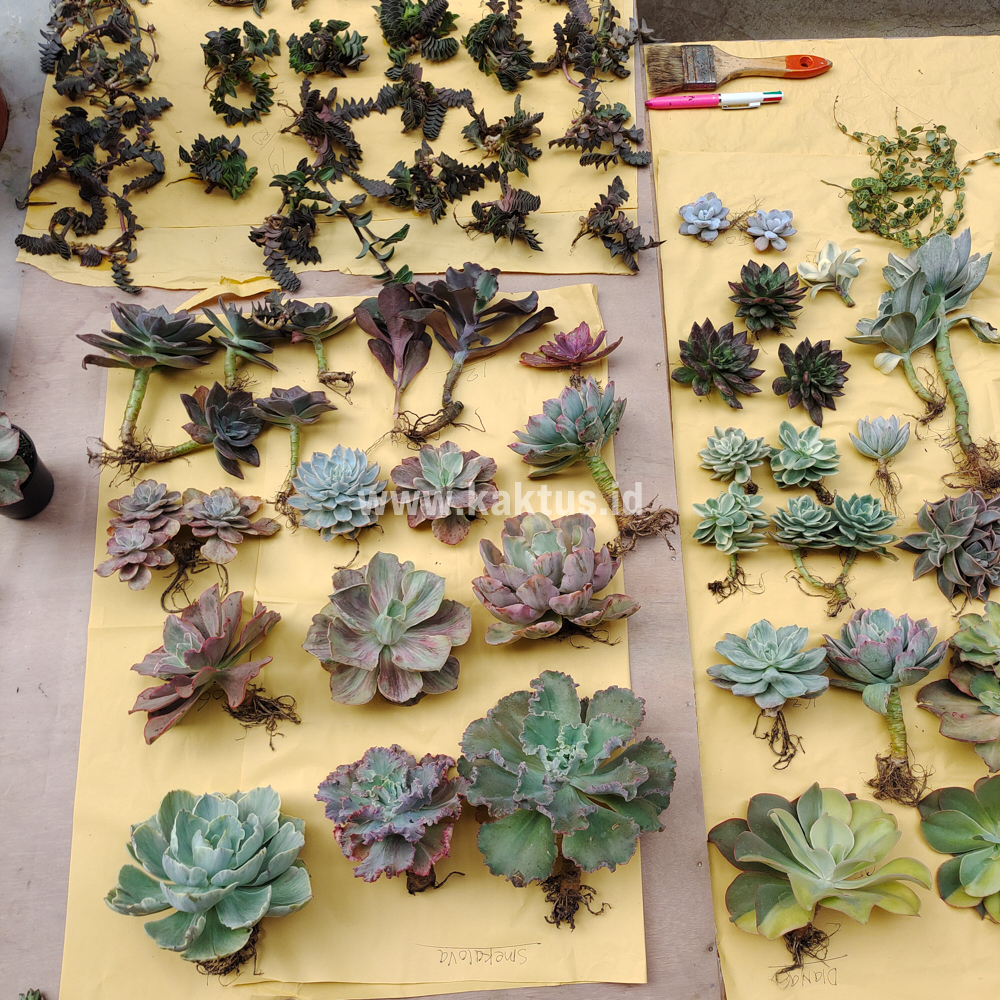
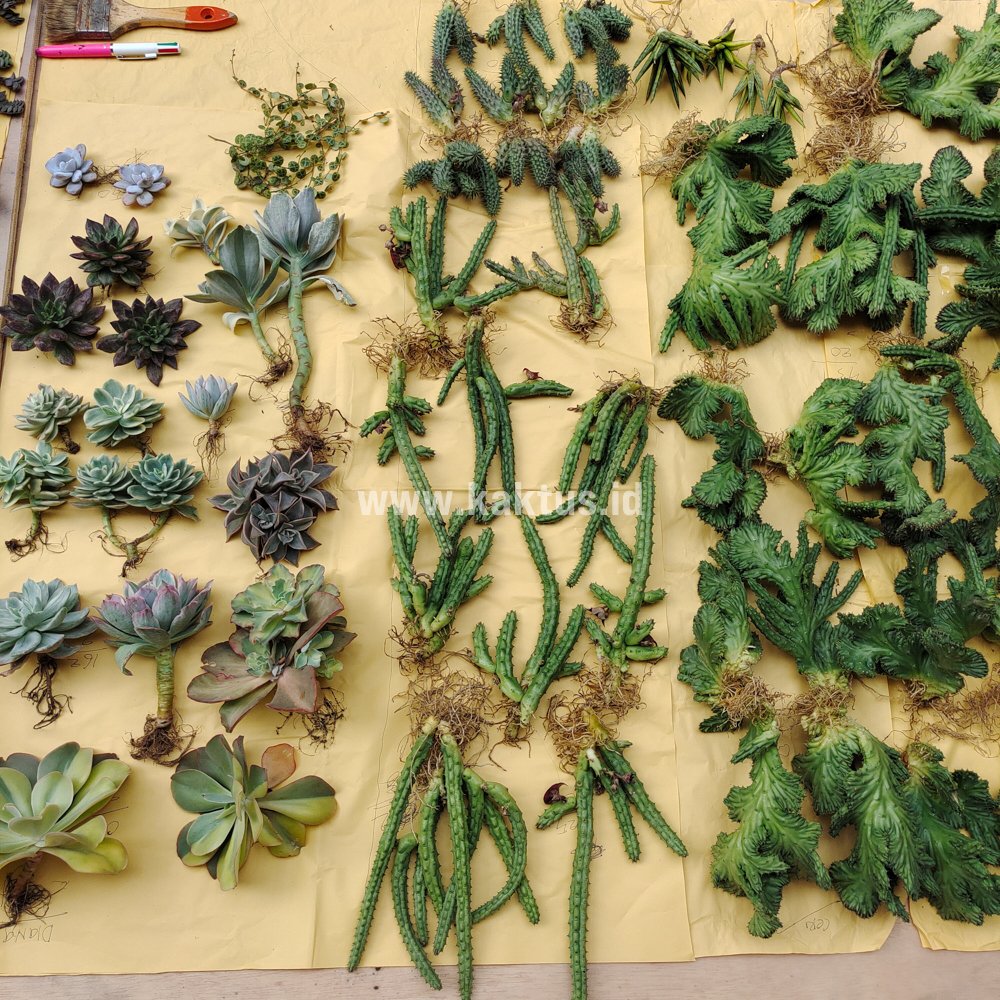
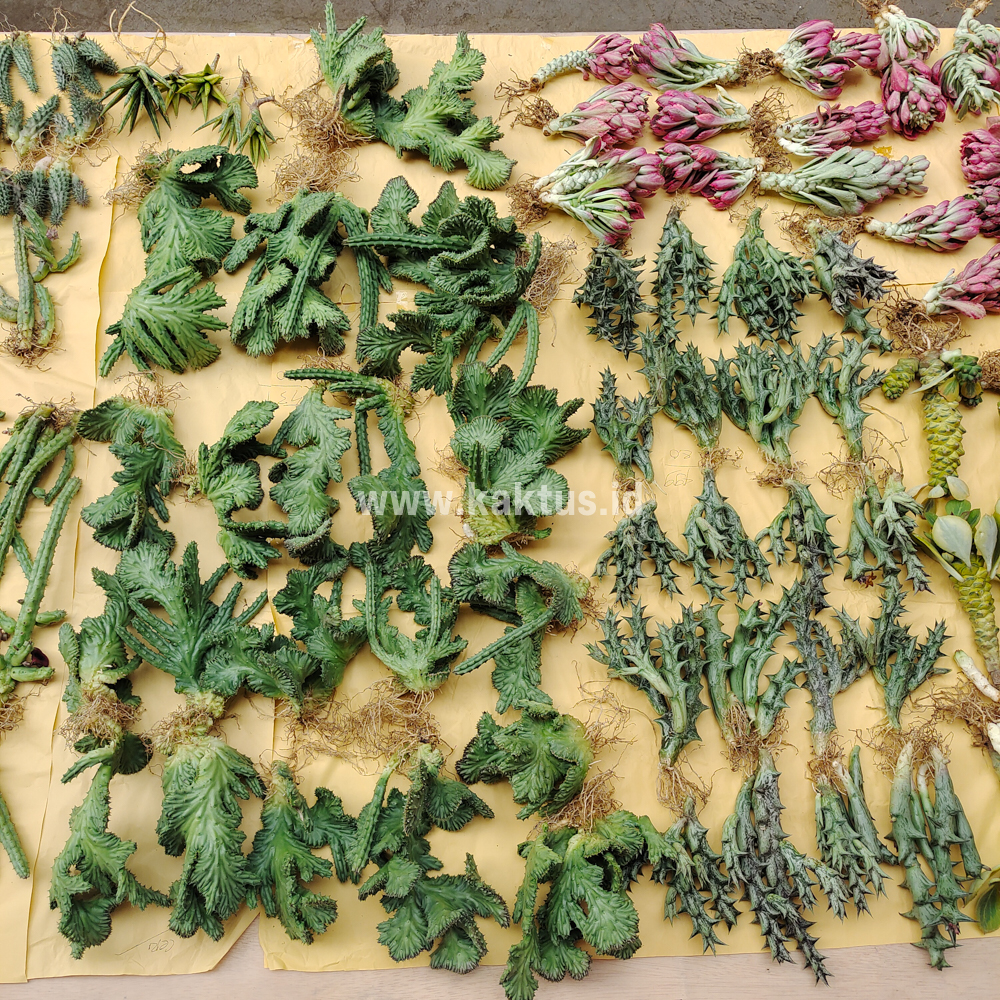

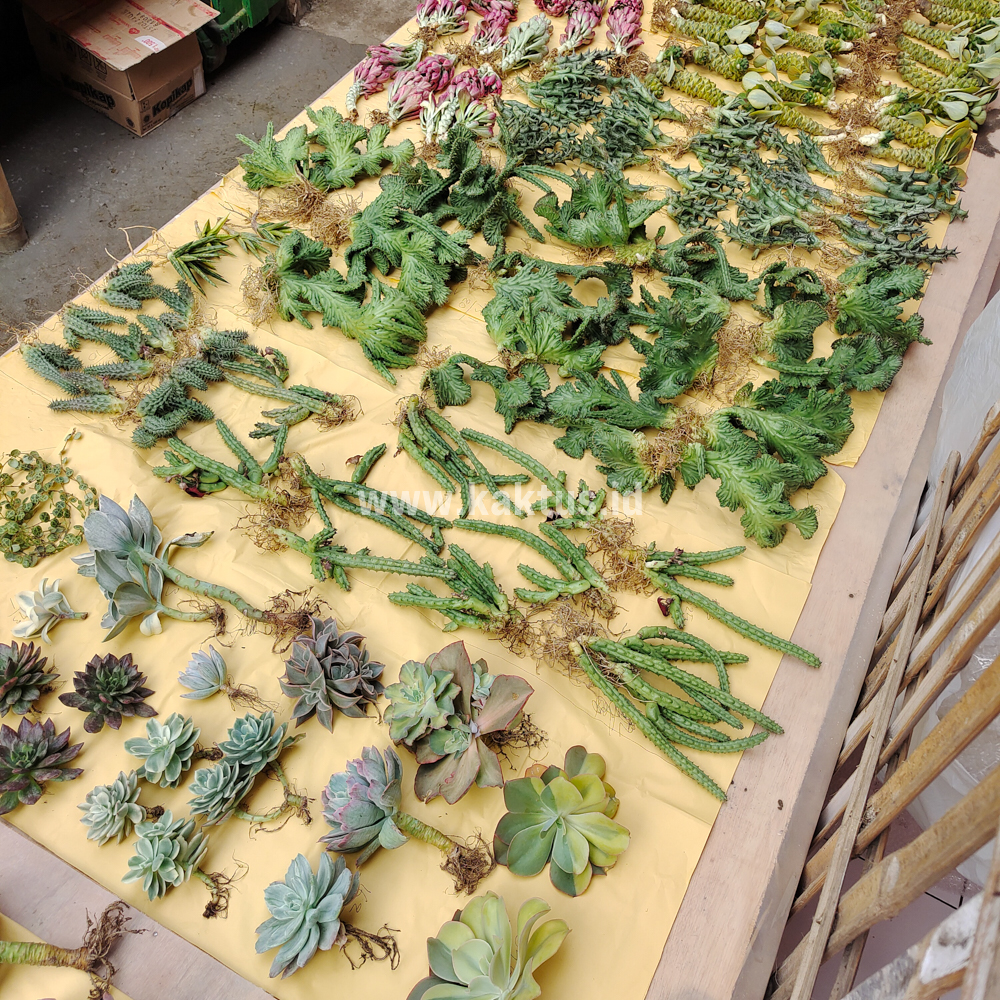


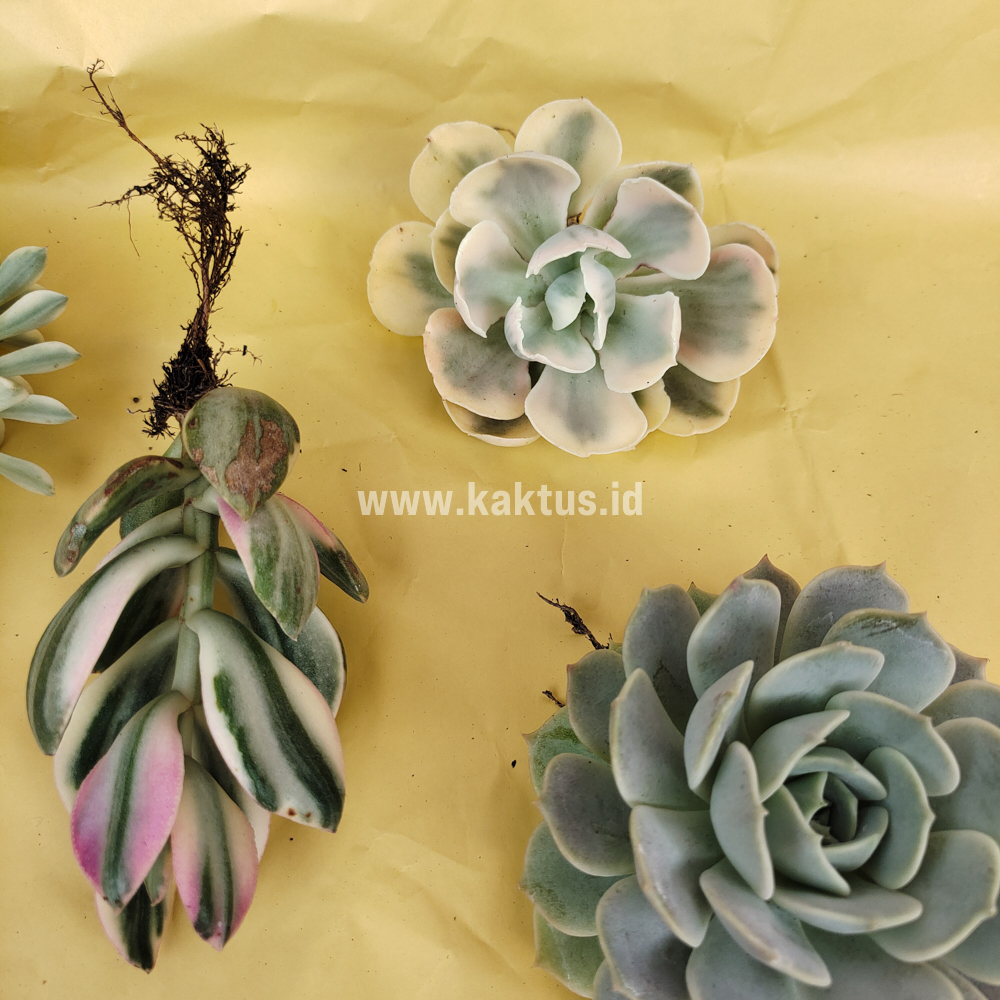

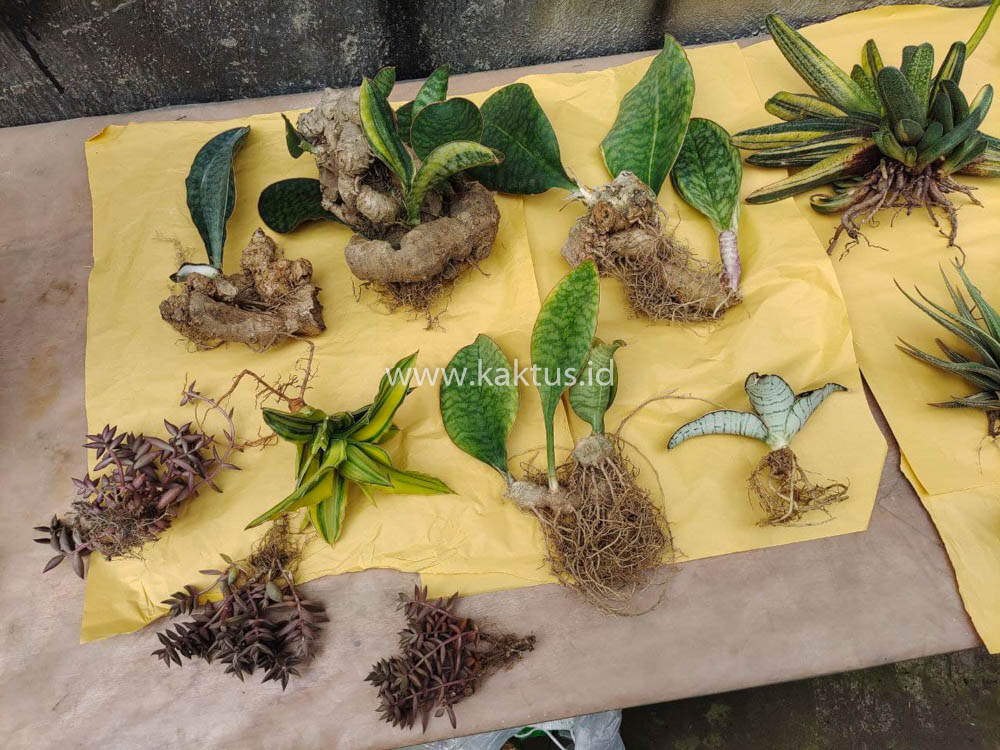

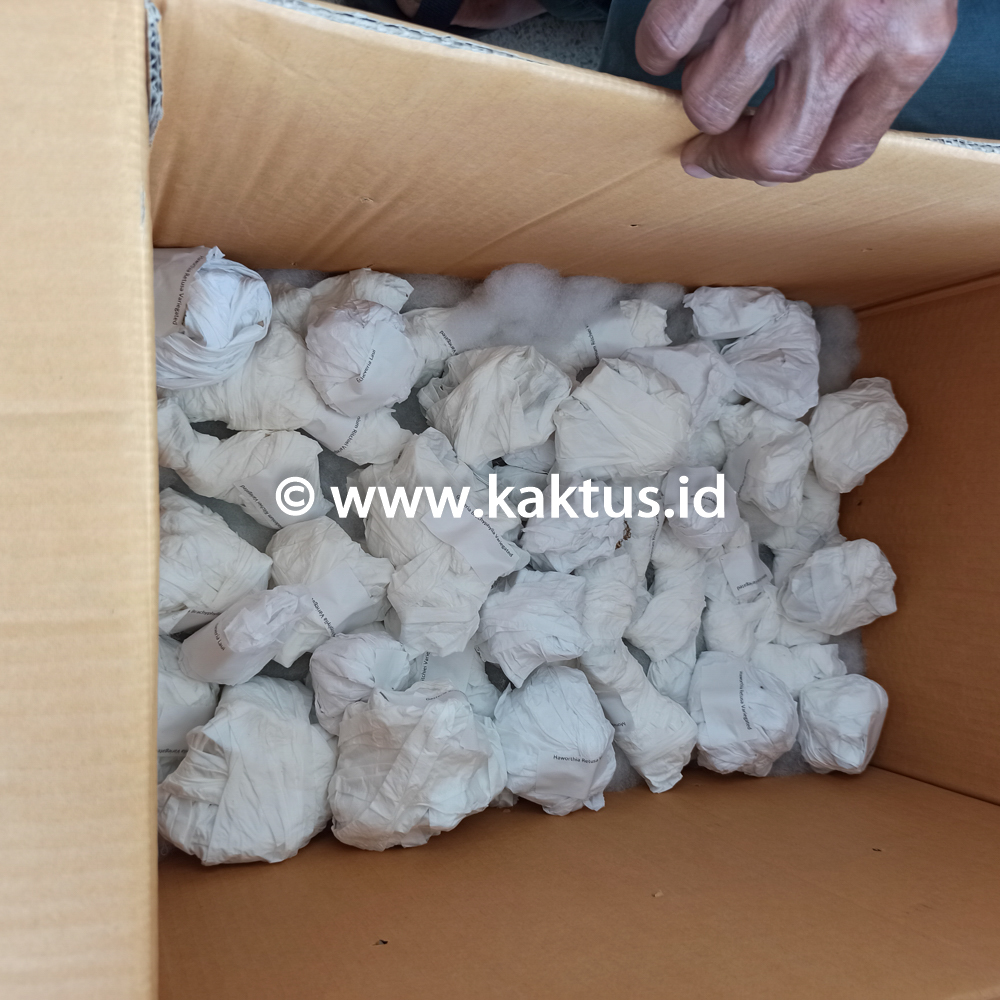


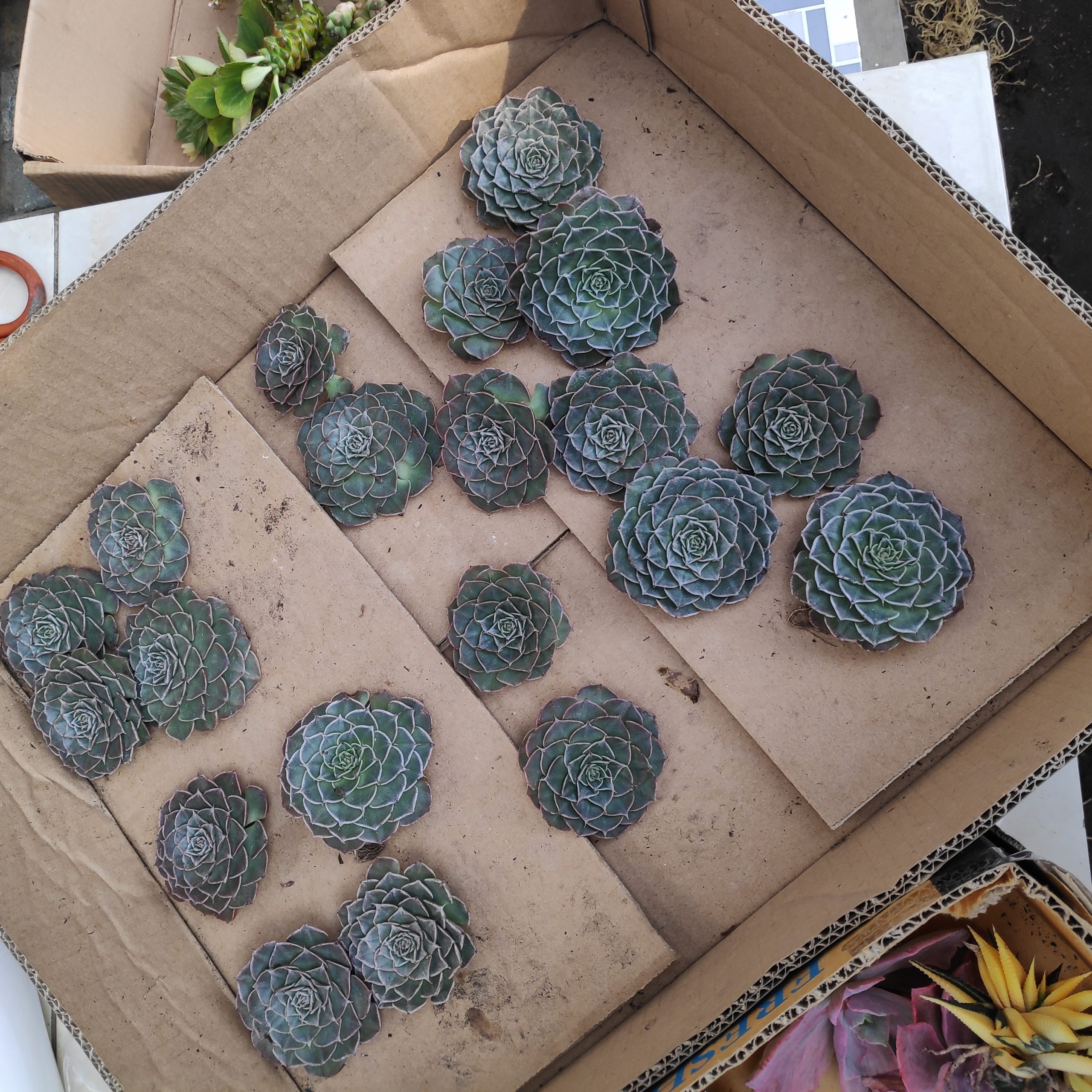


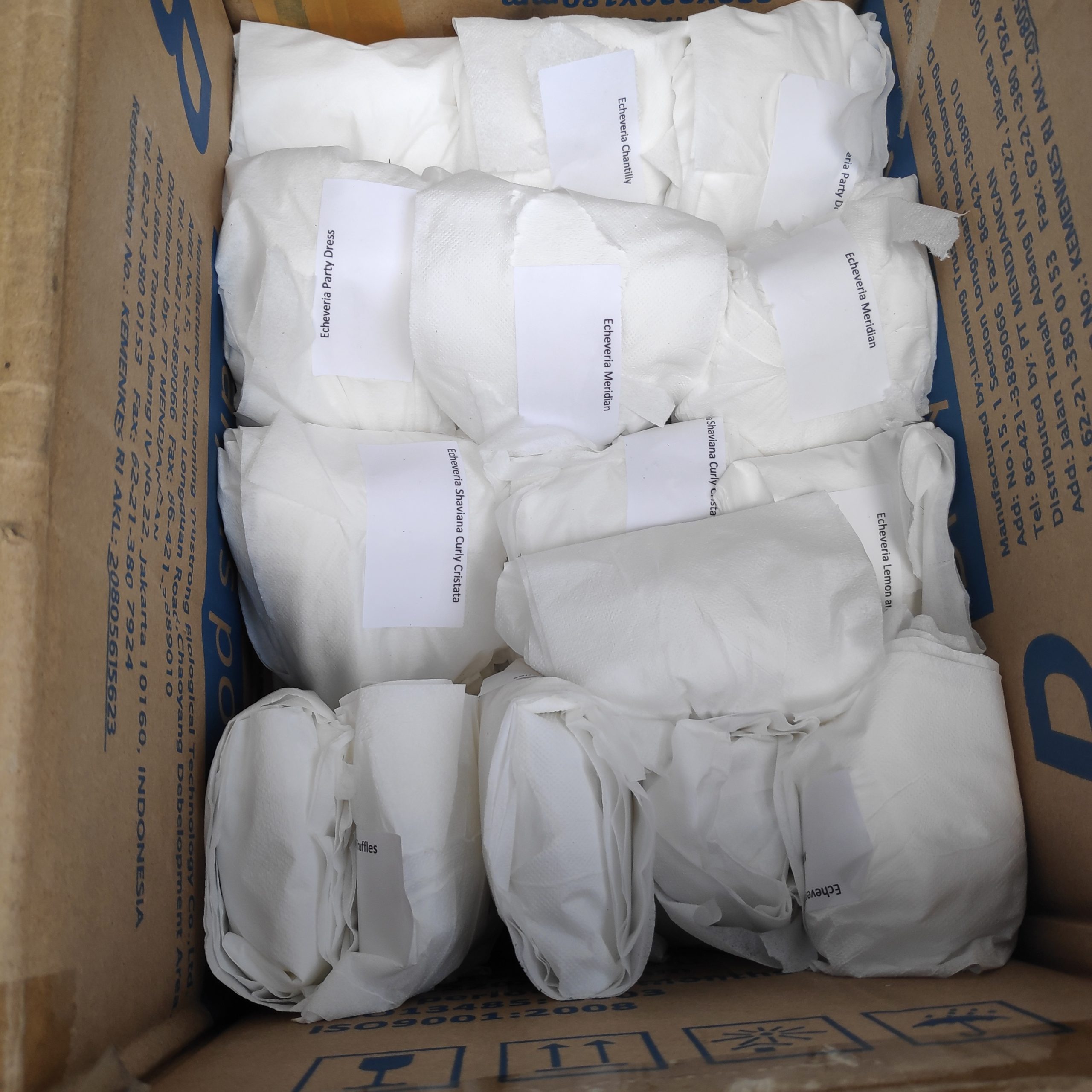
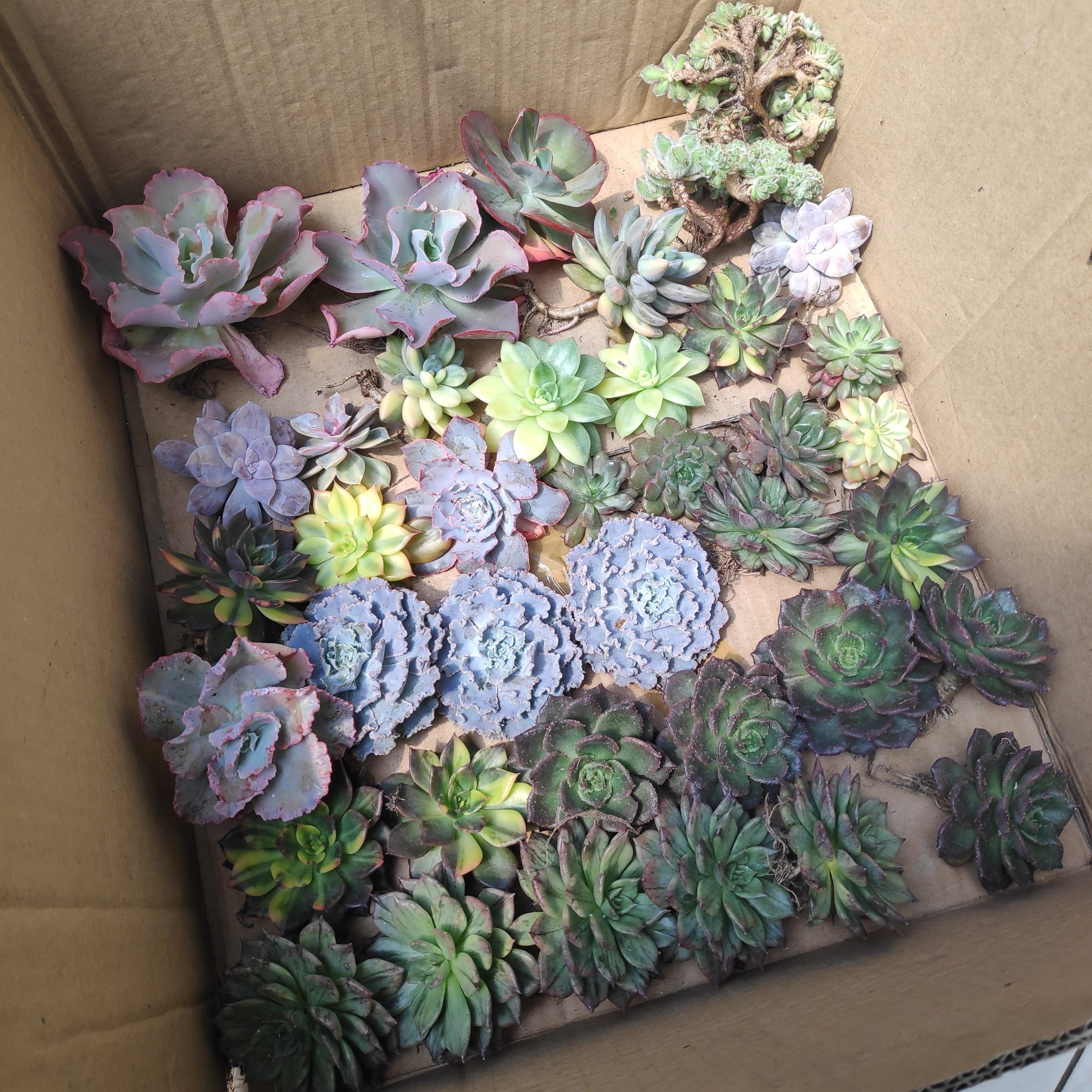

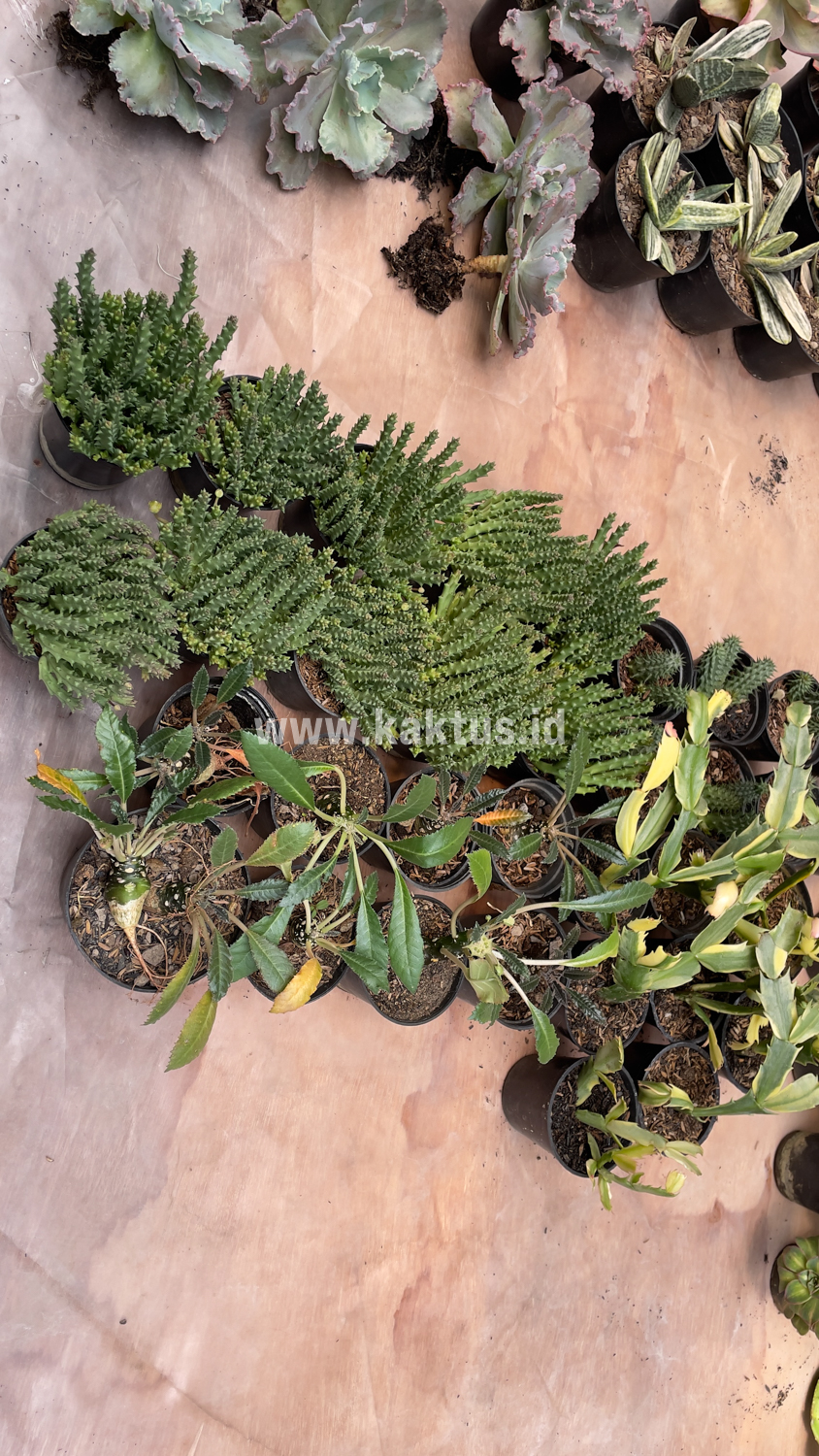


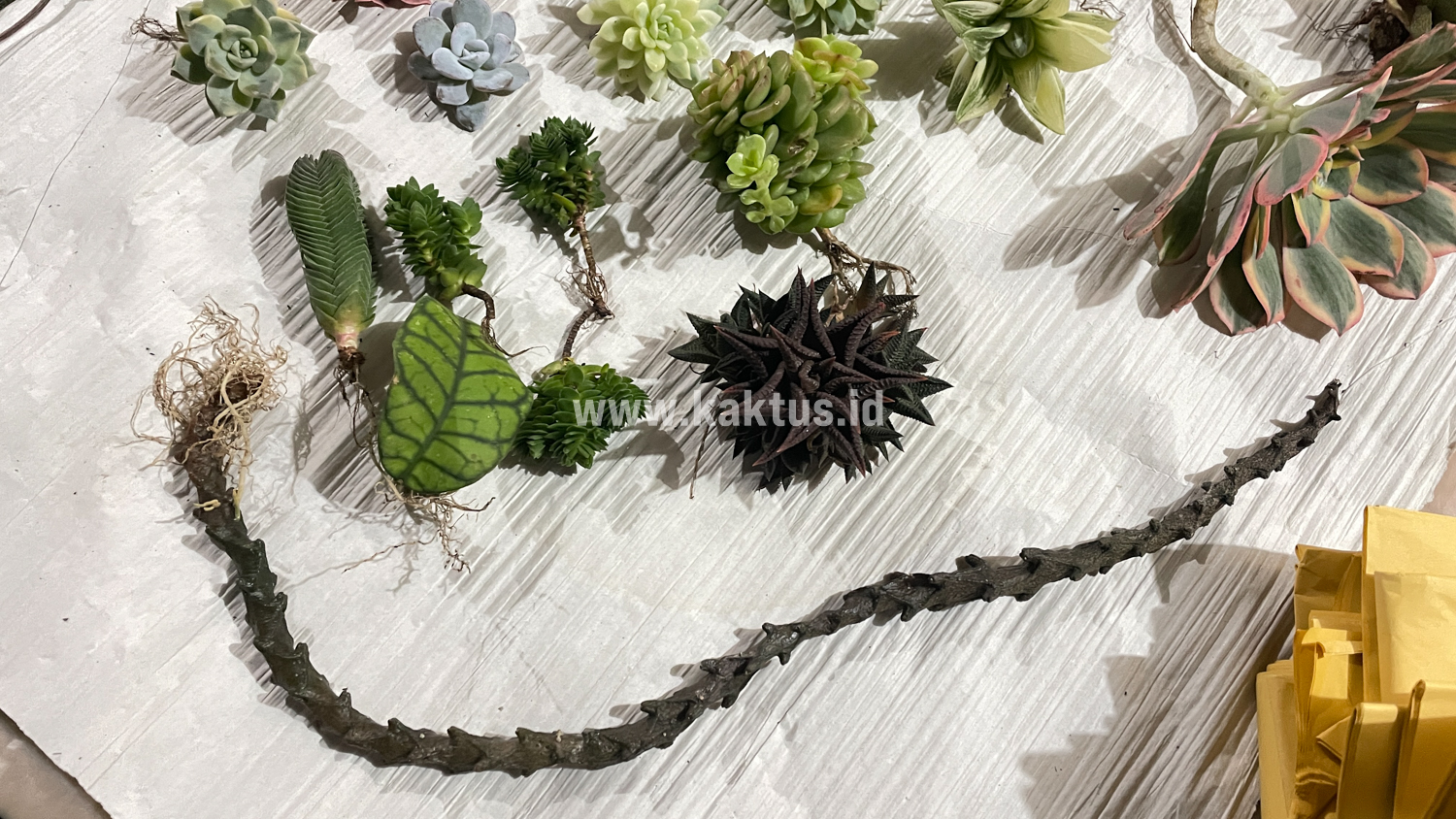
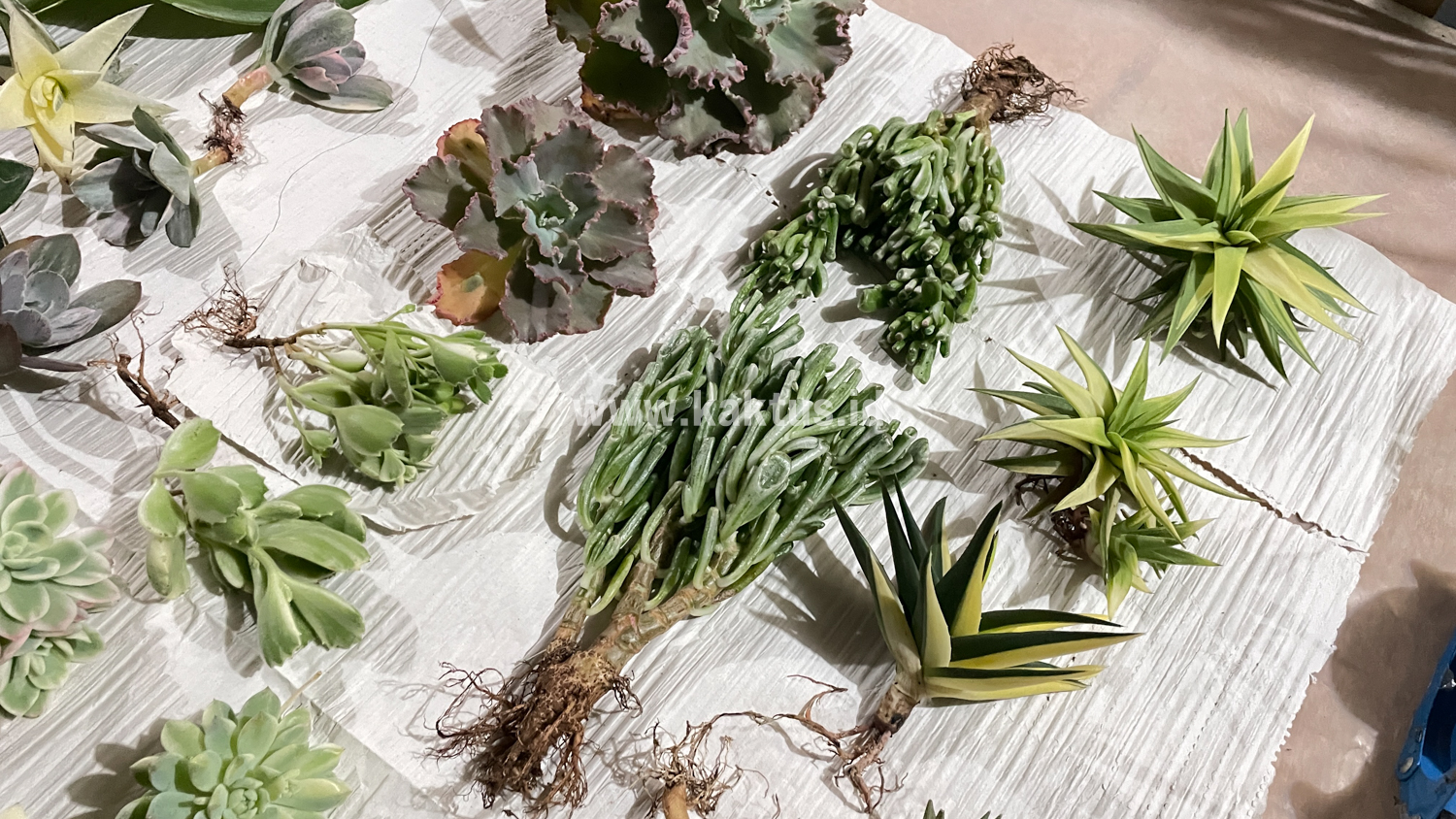
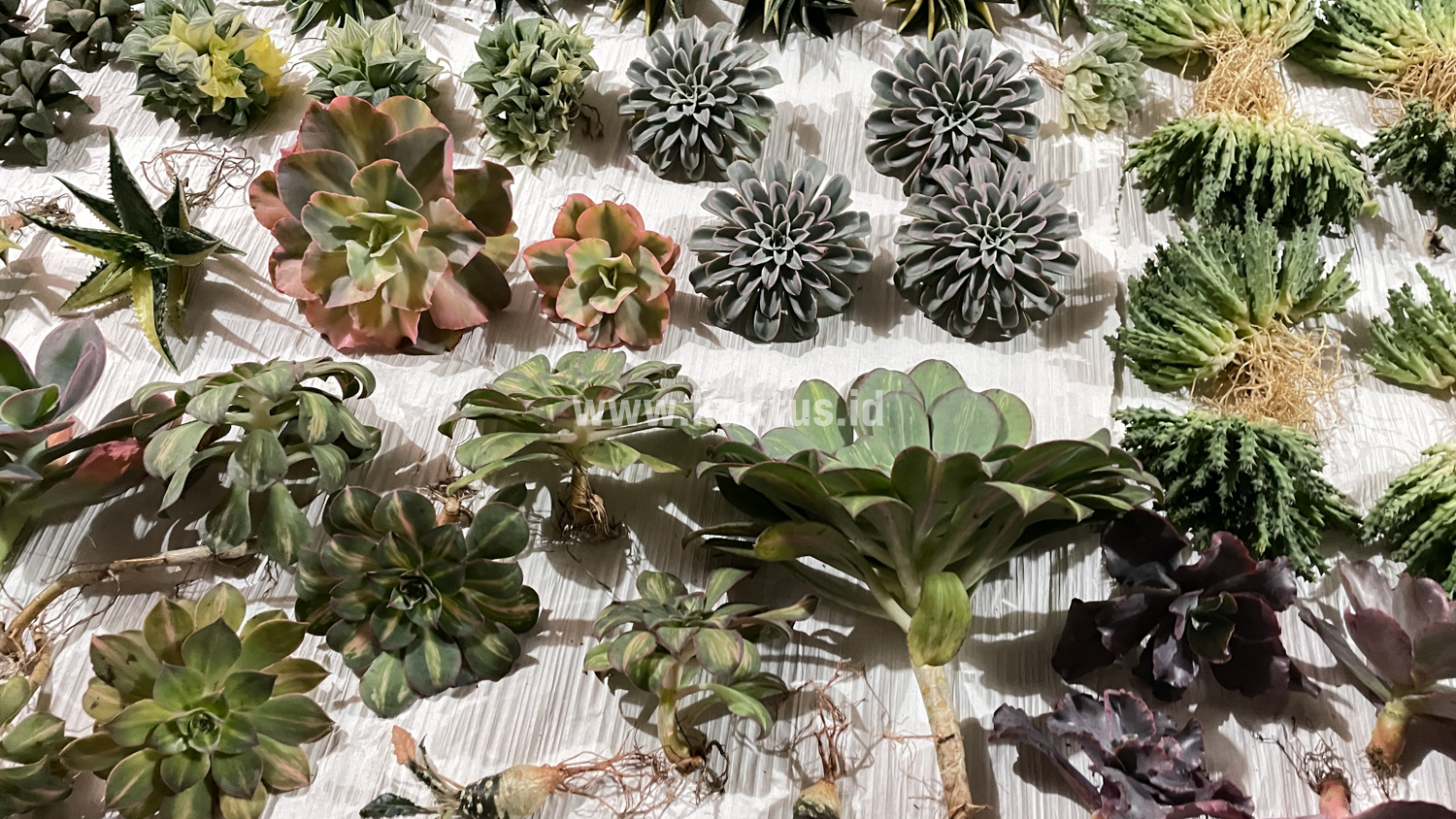
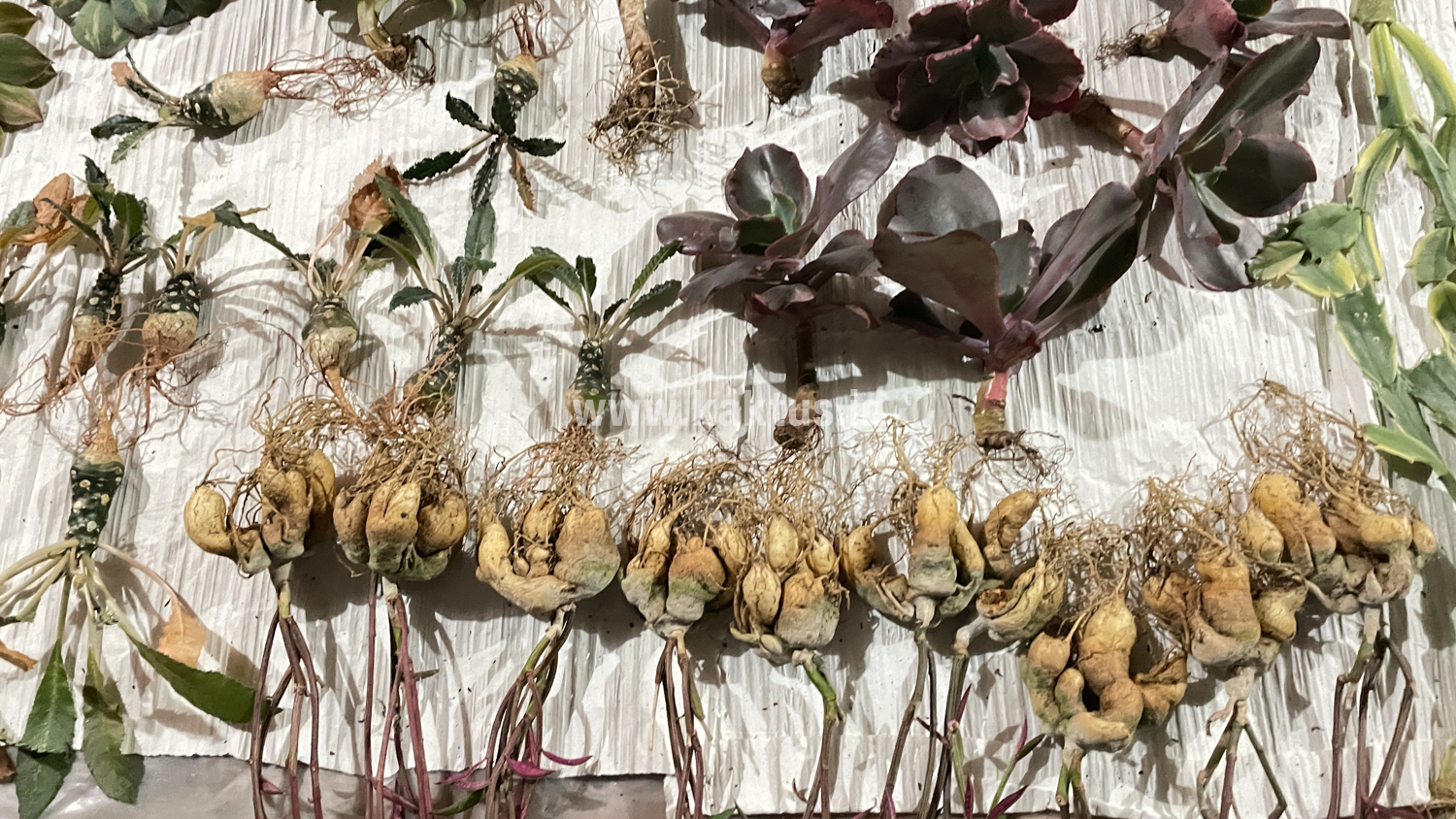

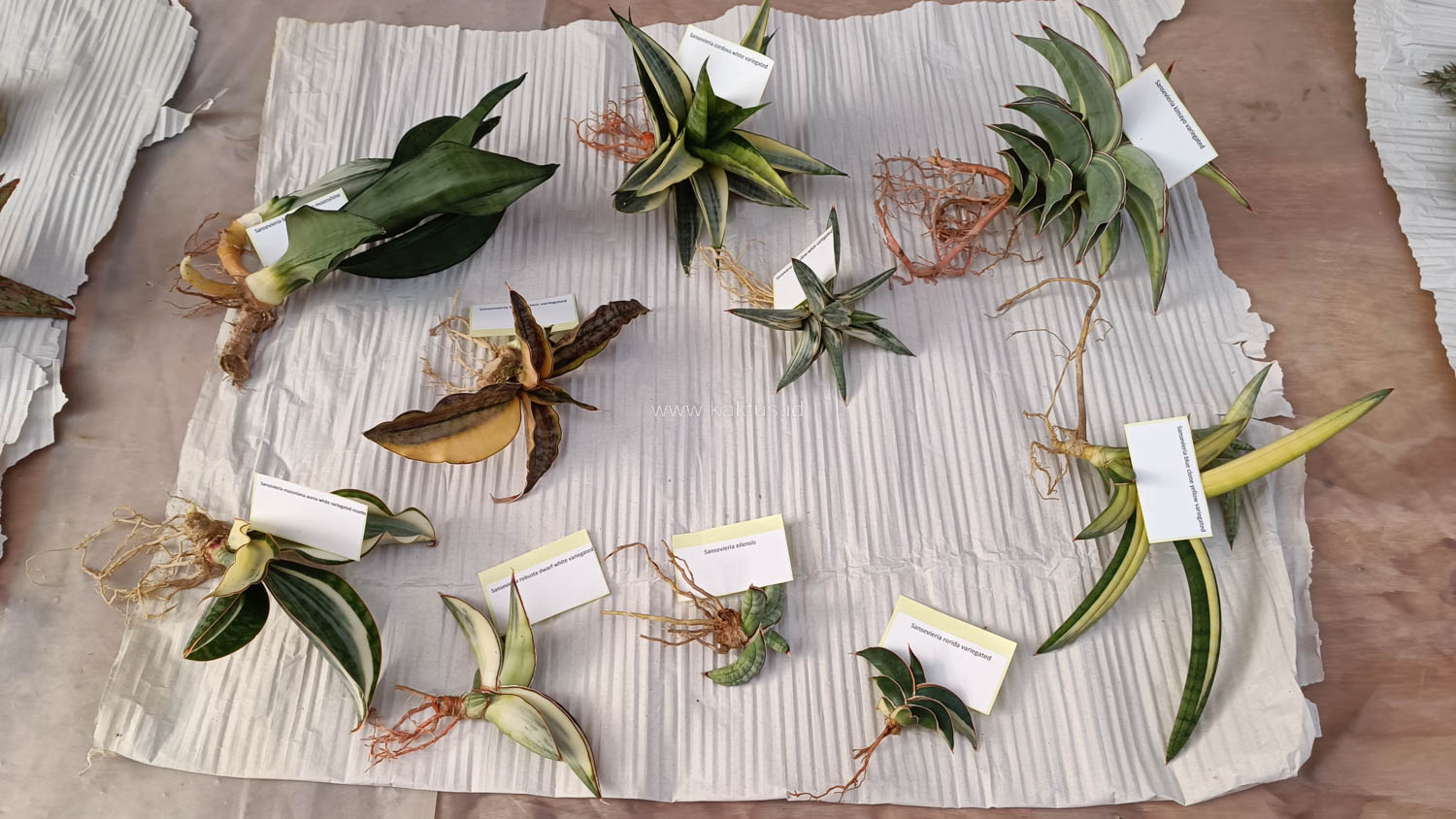
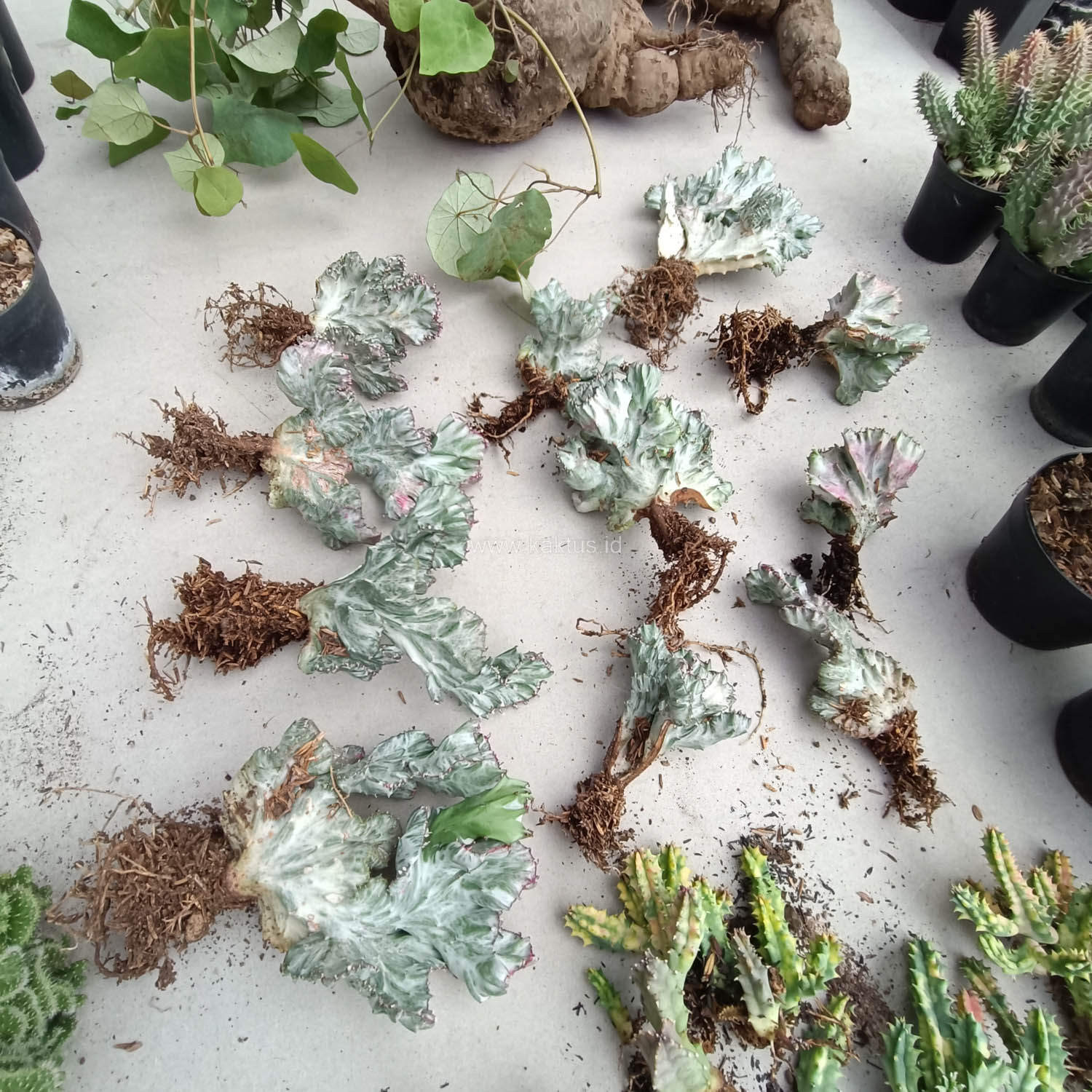
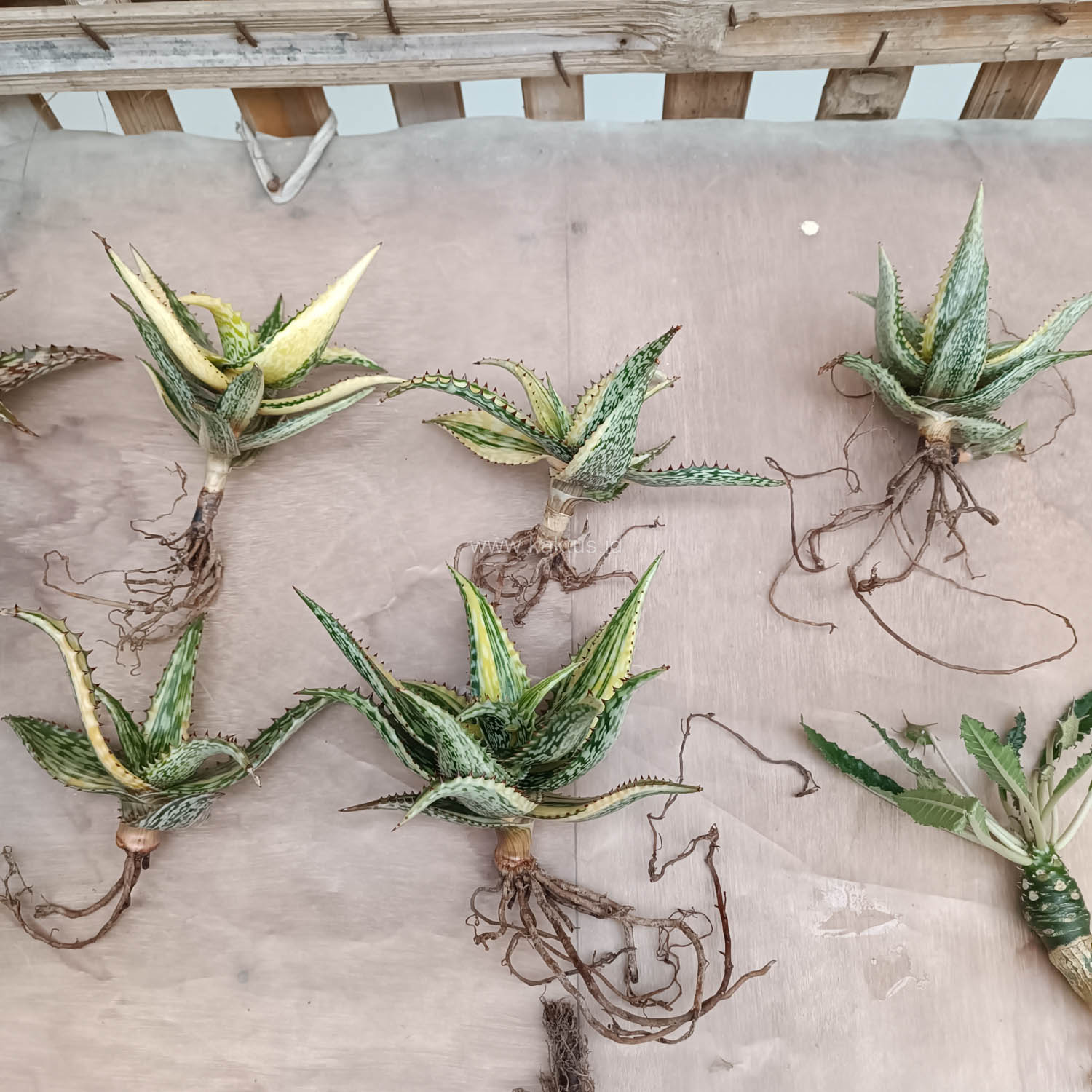
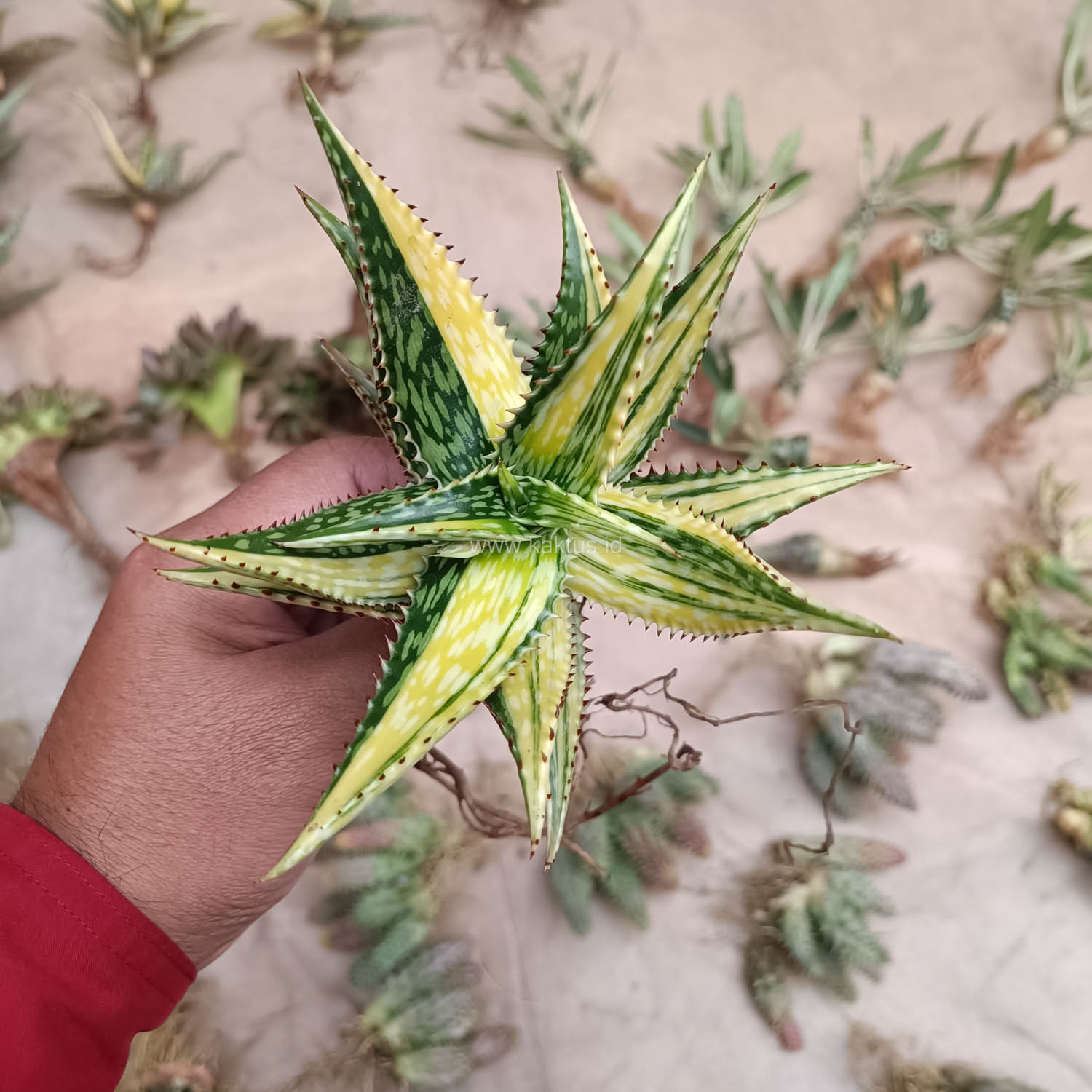
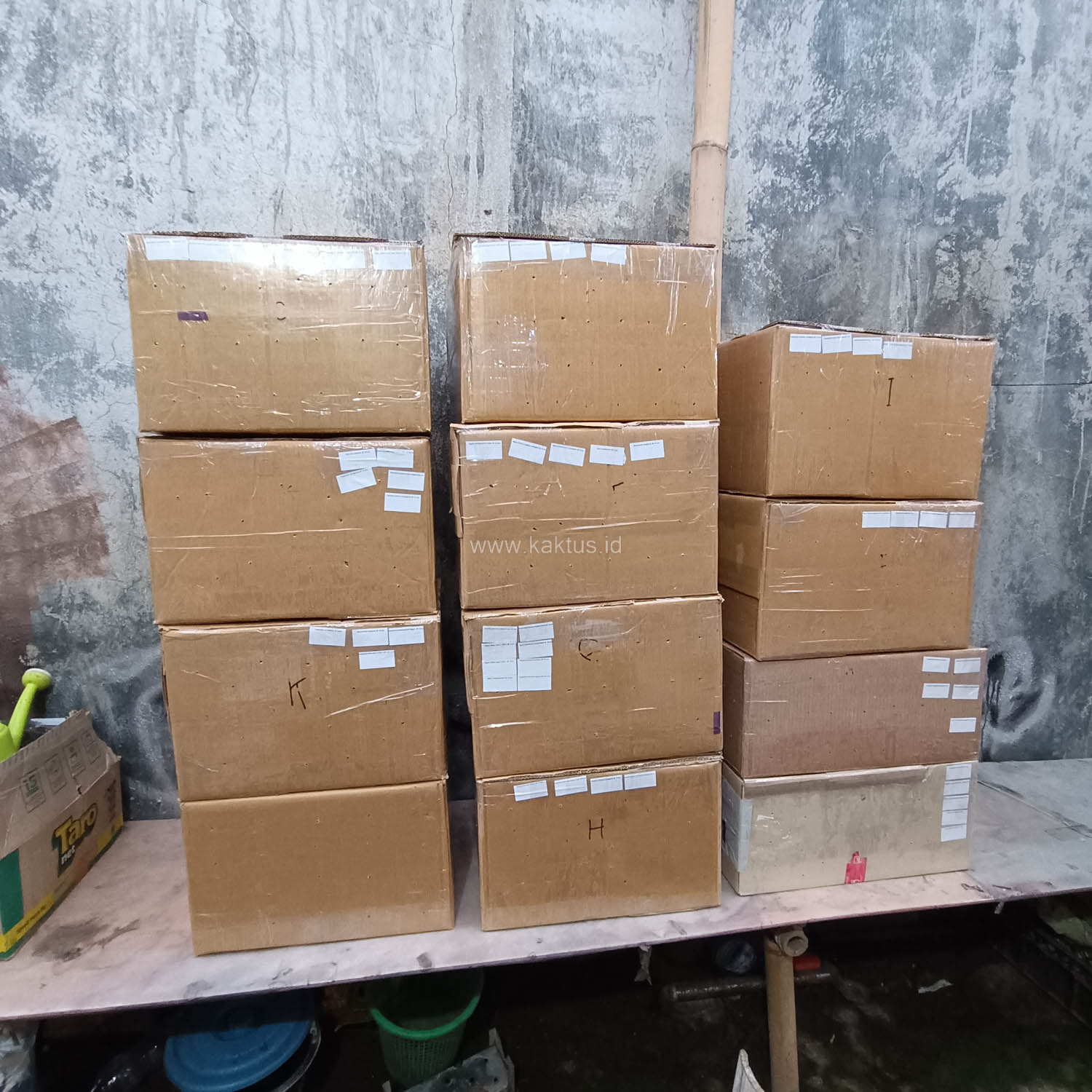
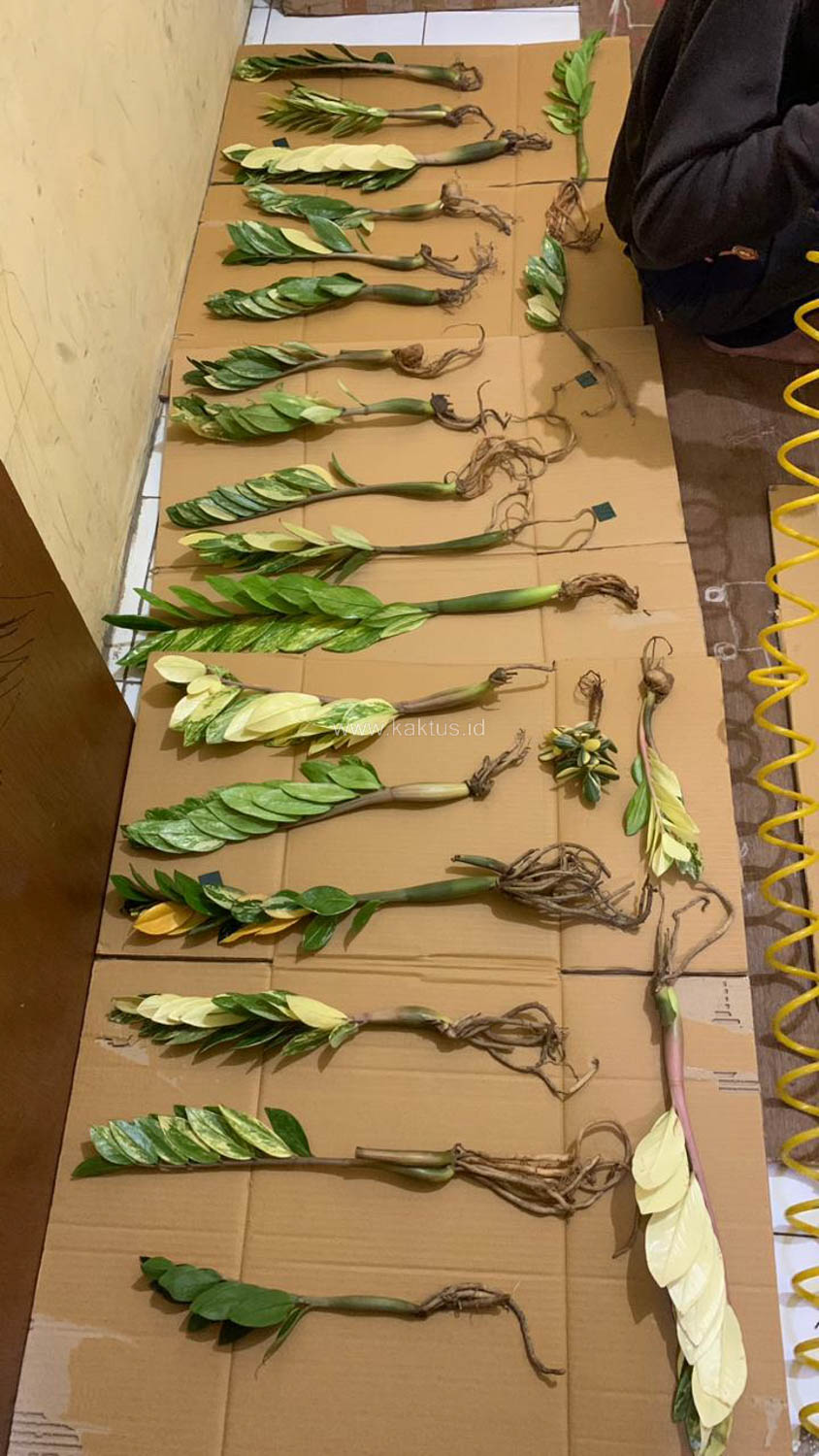
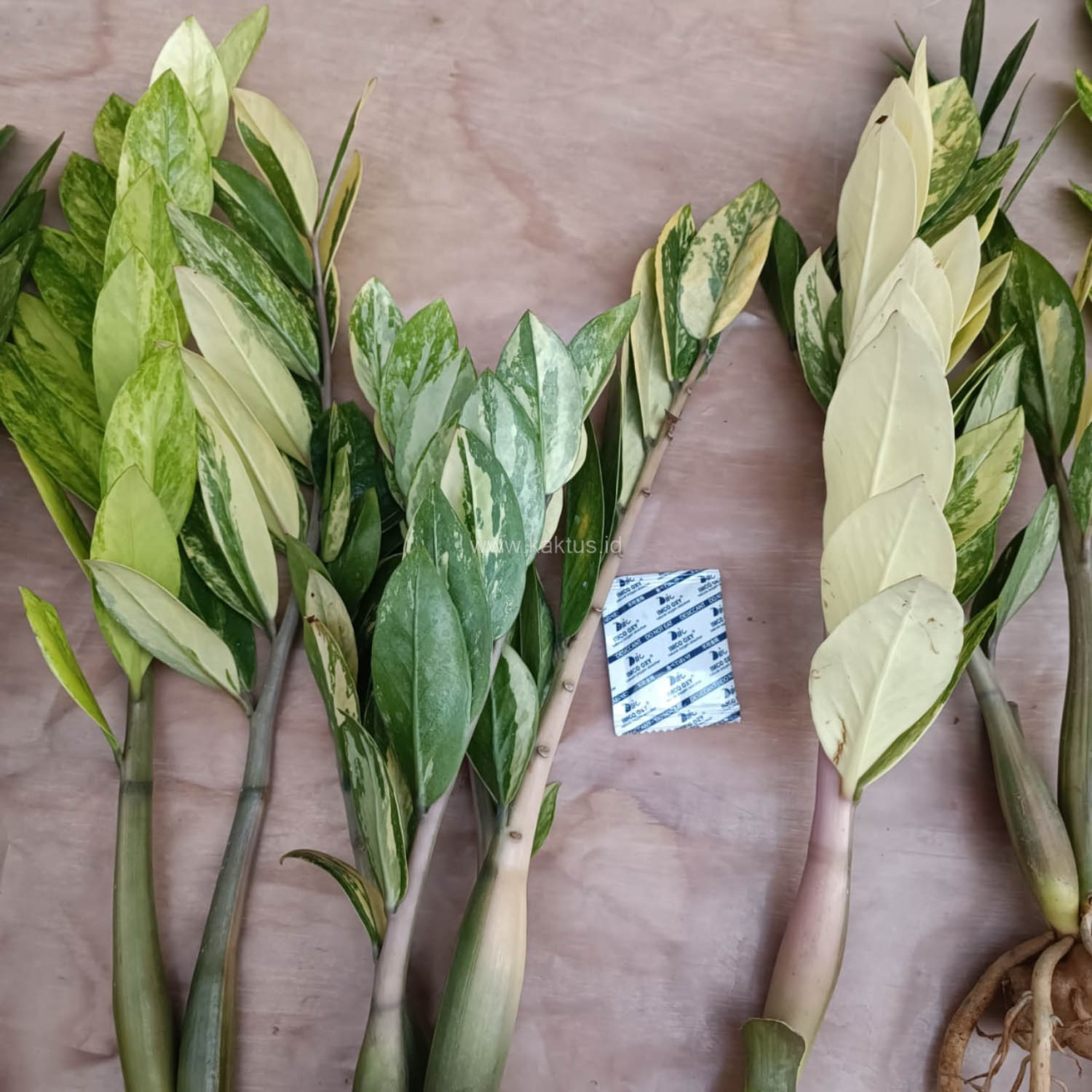
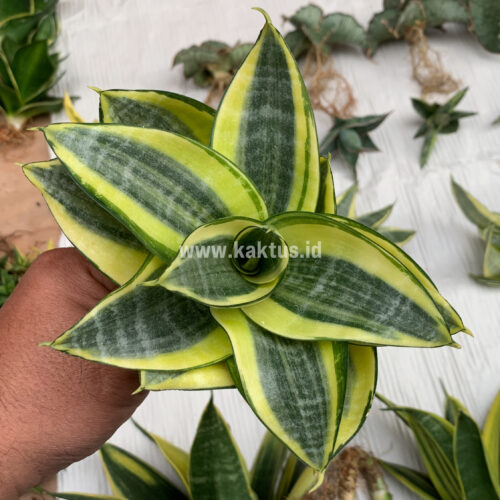

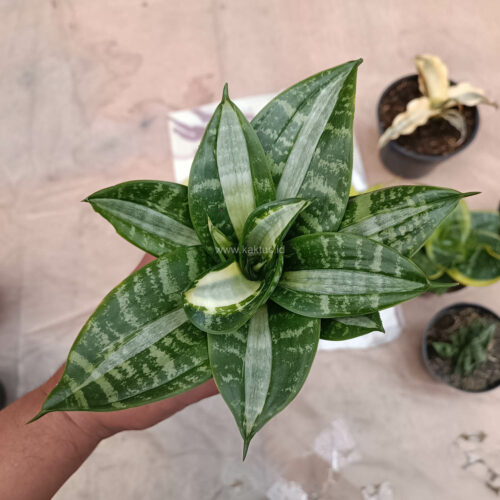

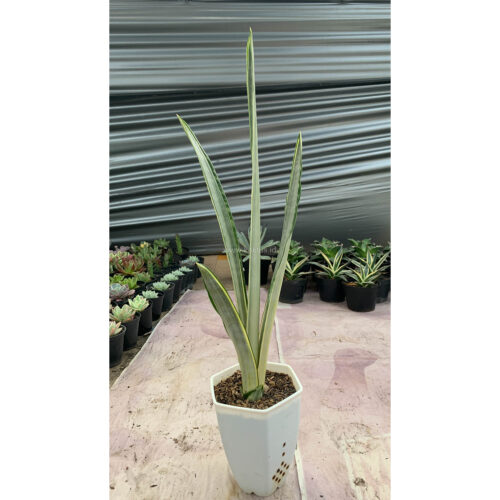

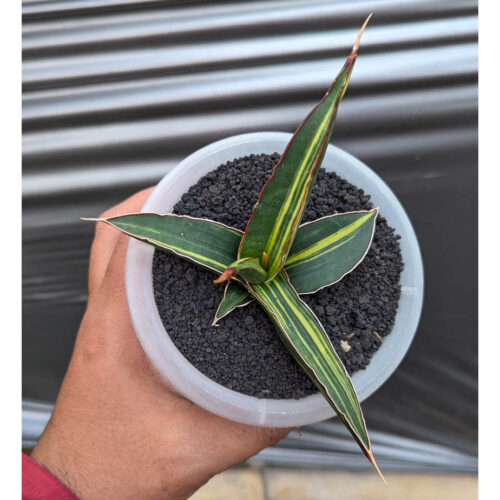

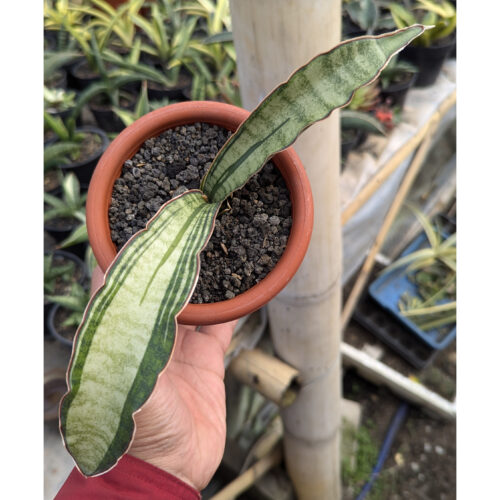

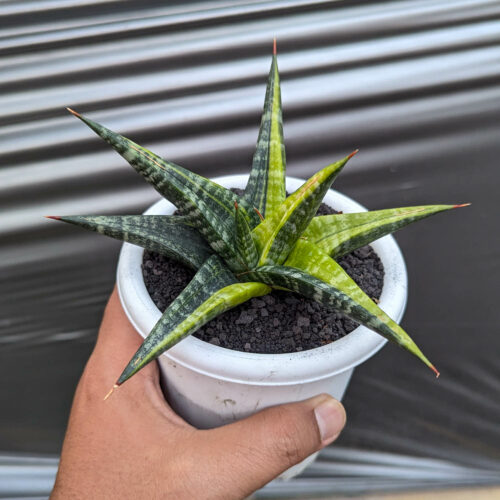

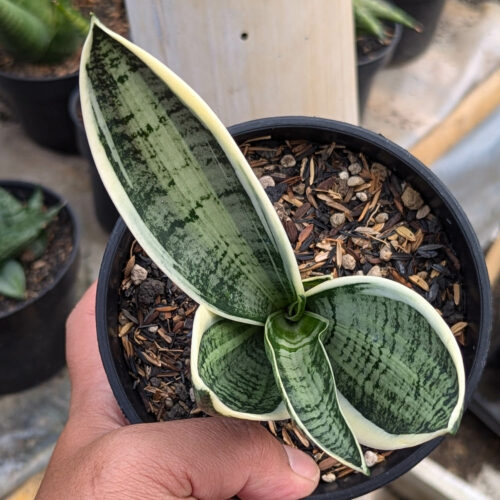

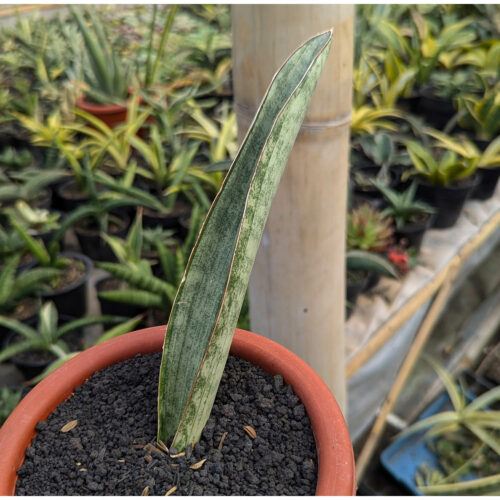

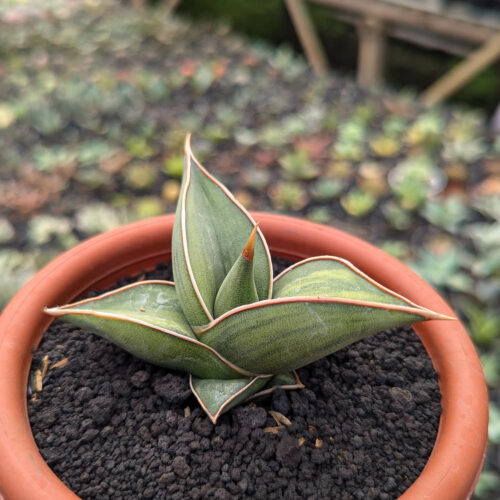

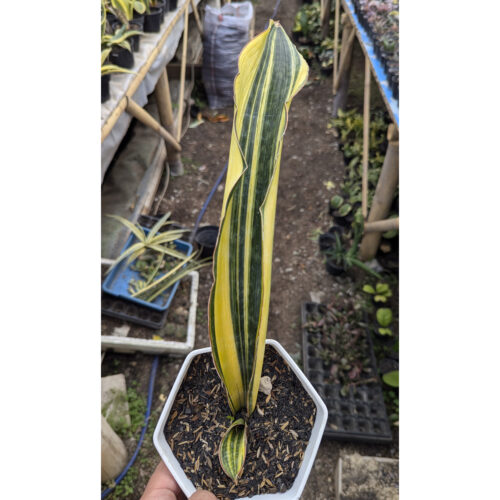

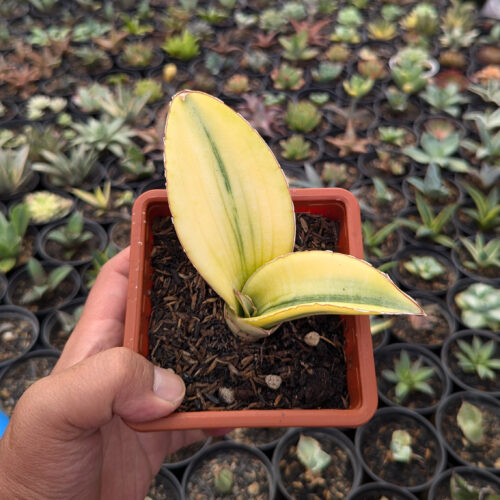

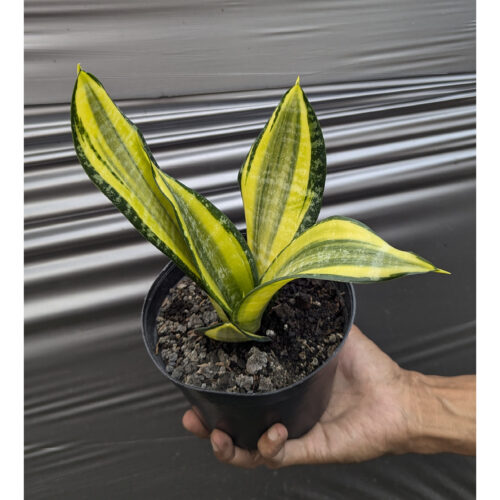

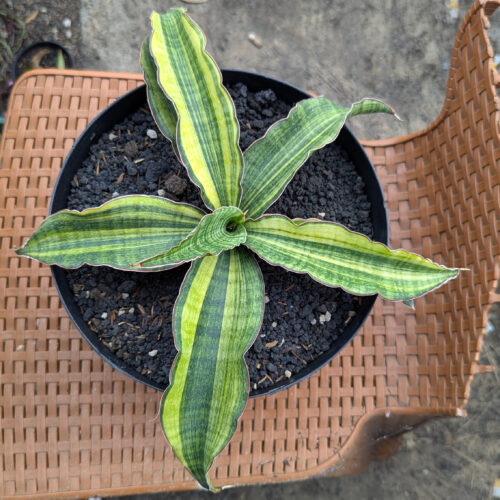



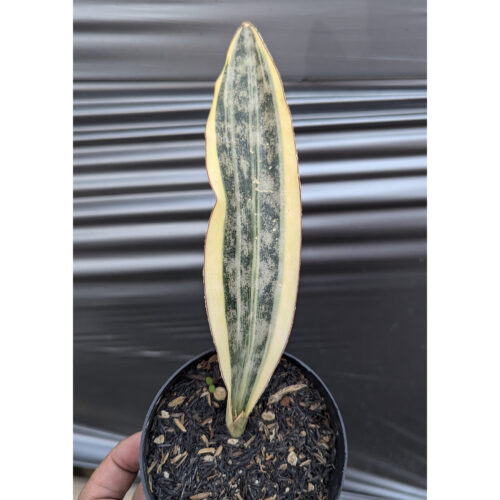

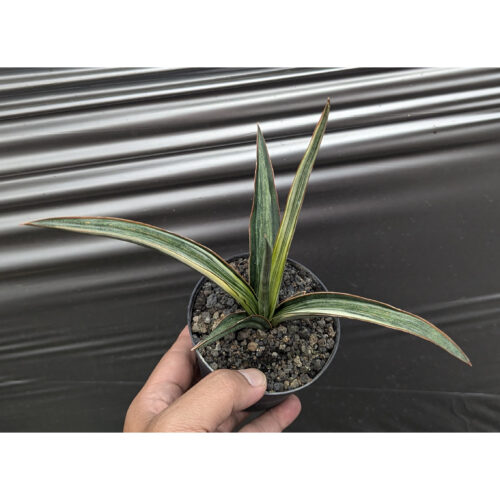

So beautyfull in real 😮 Omg
Puasss